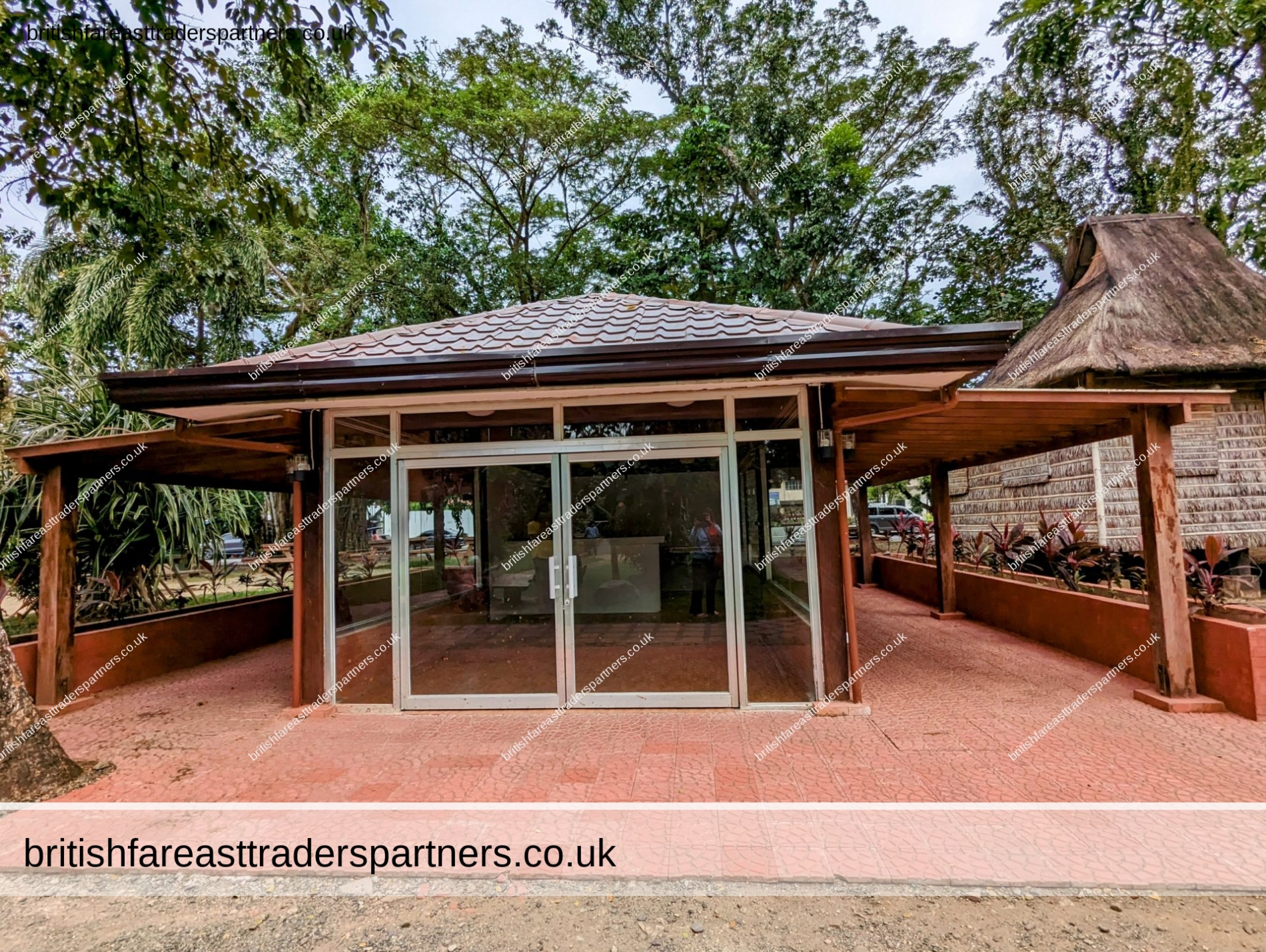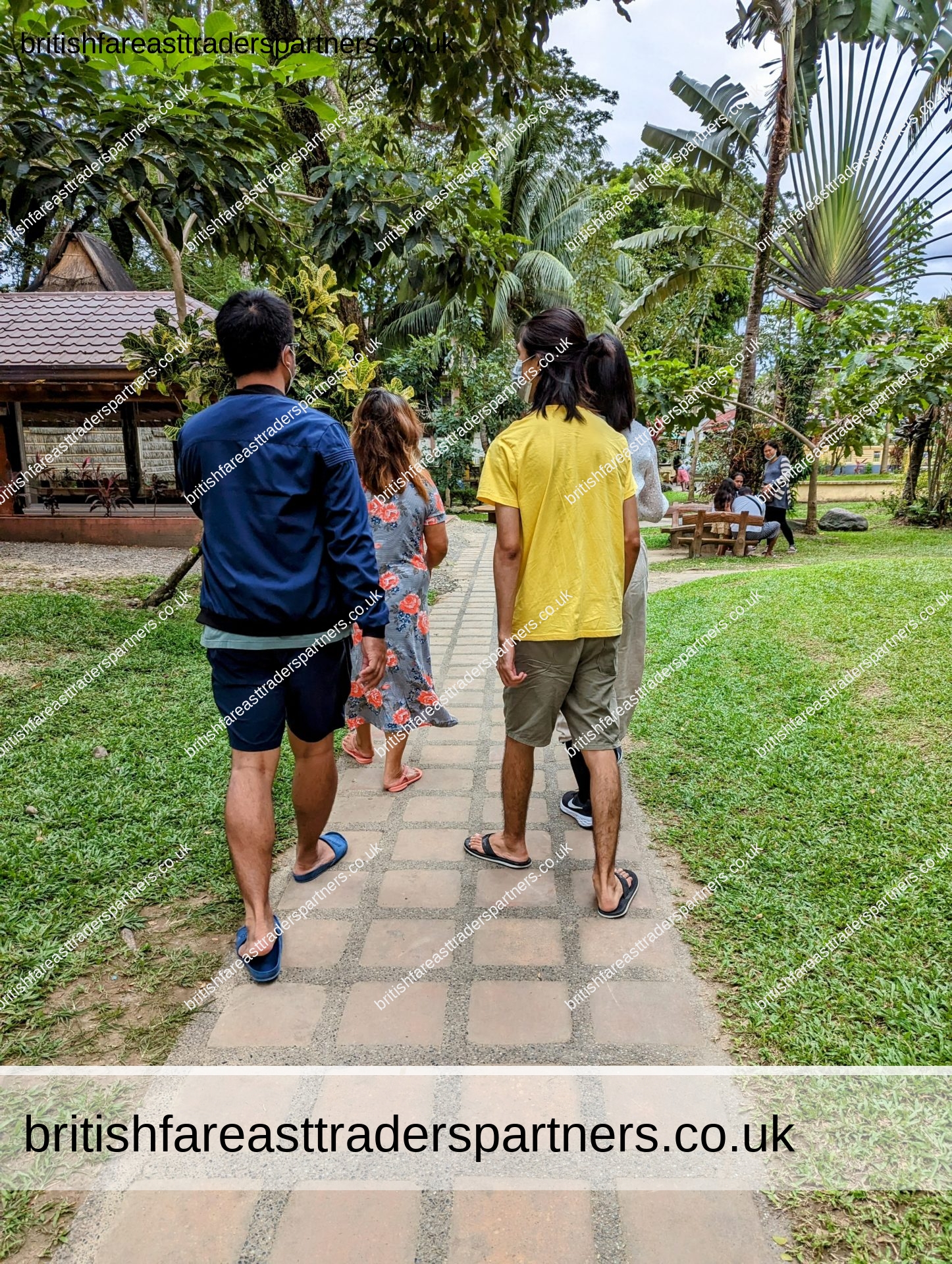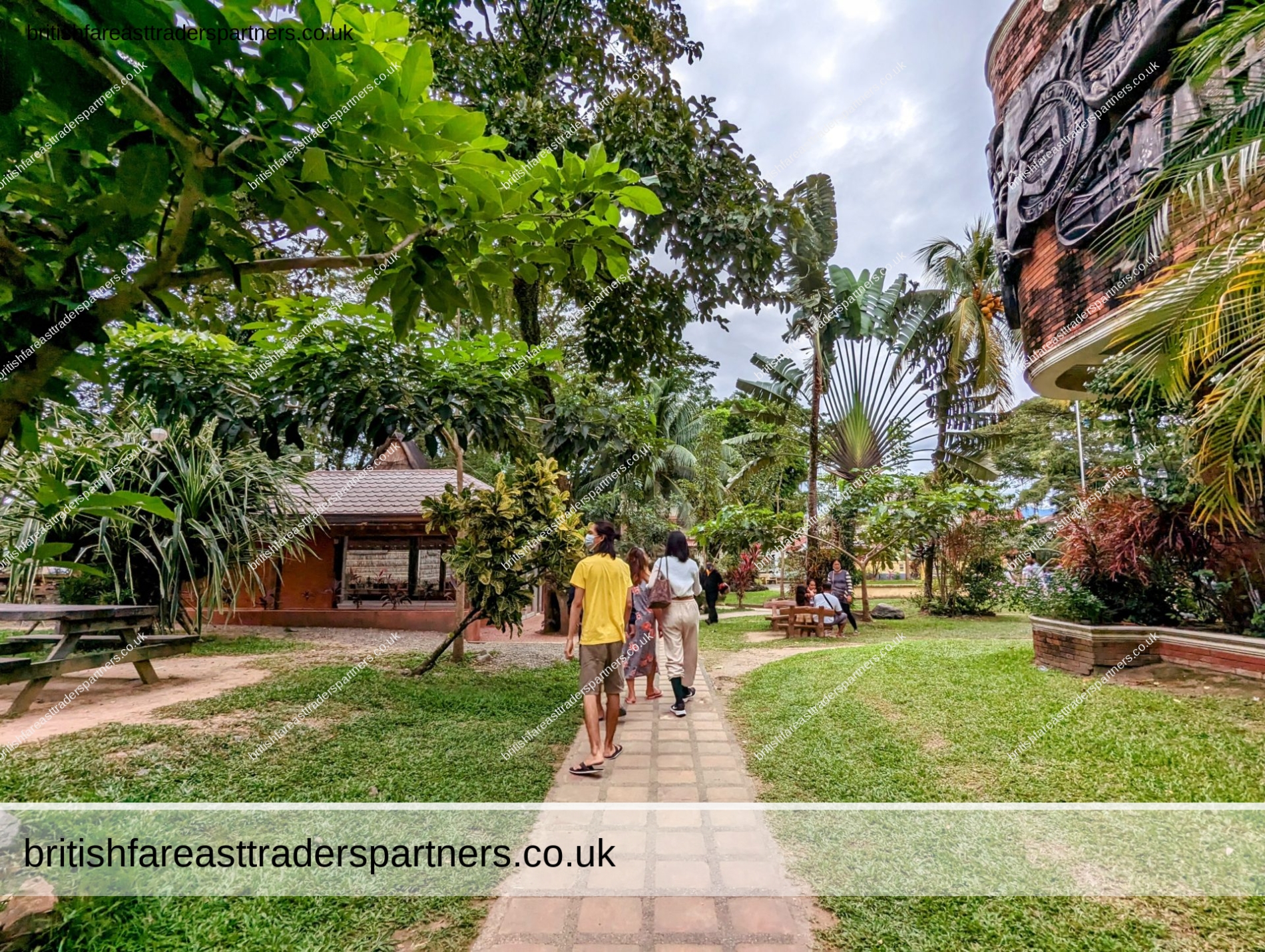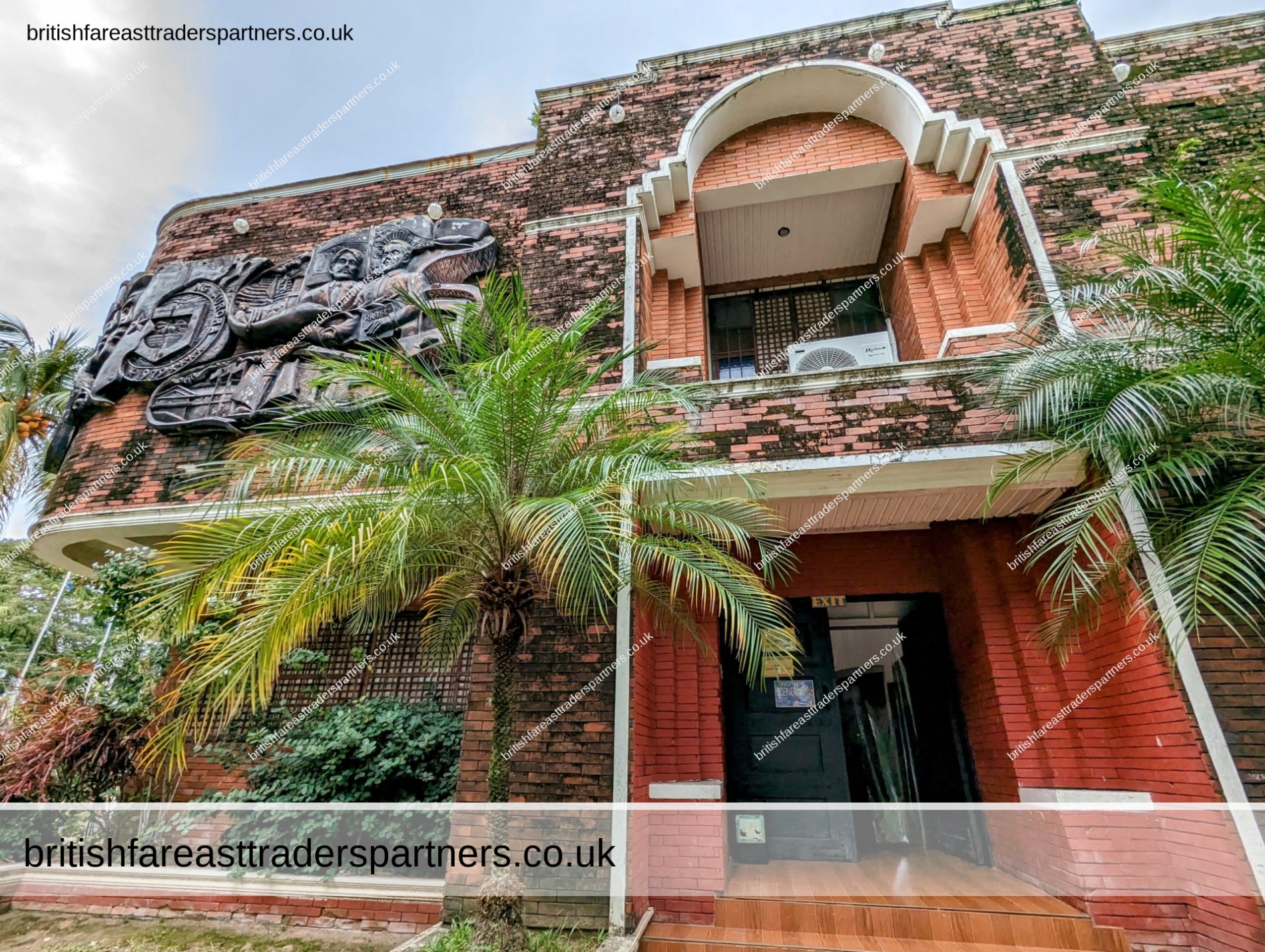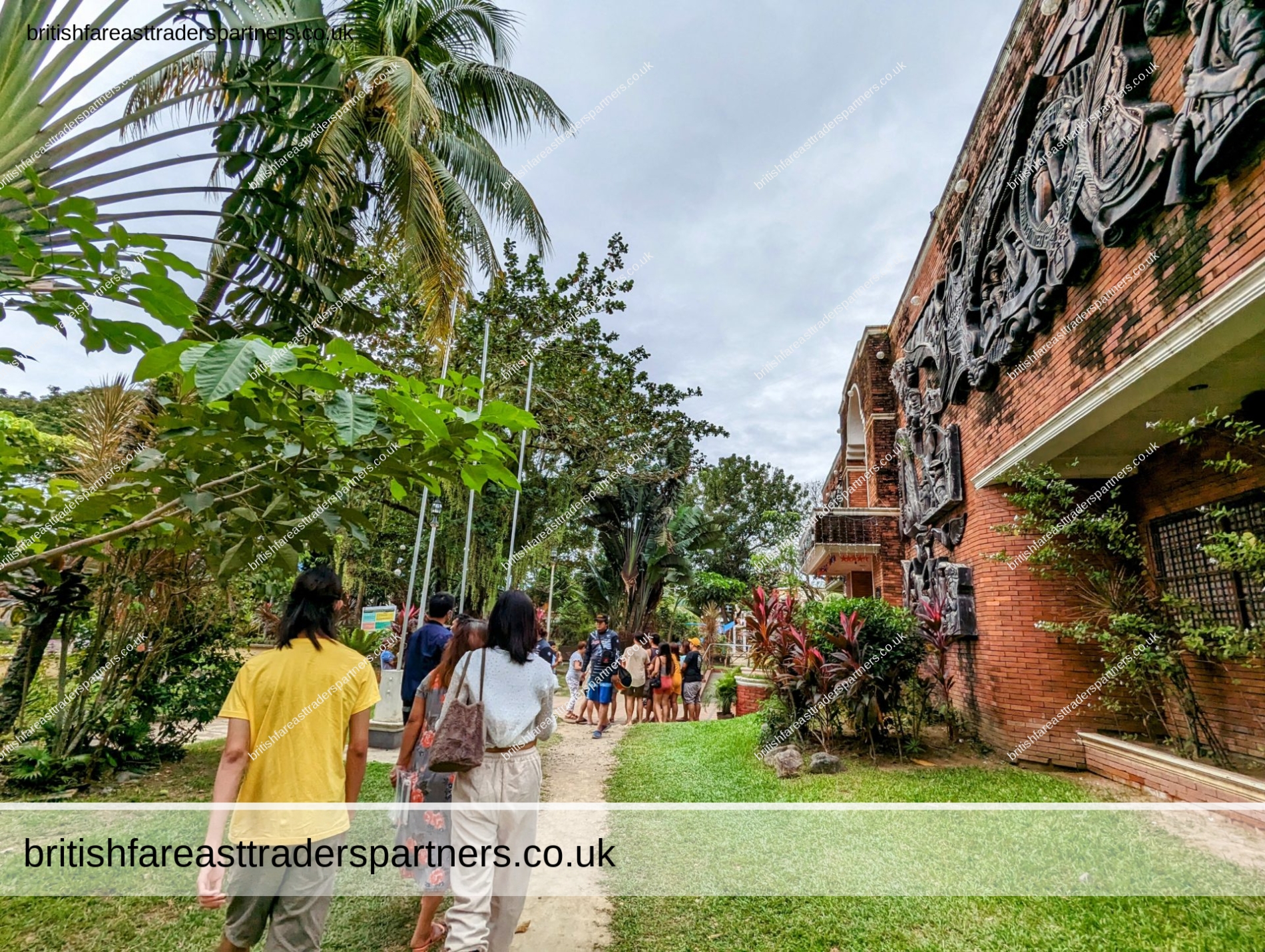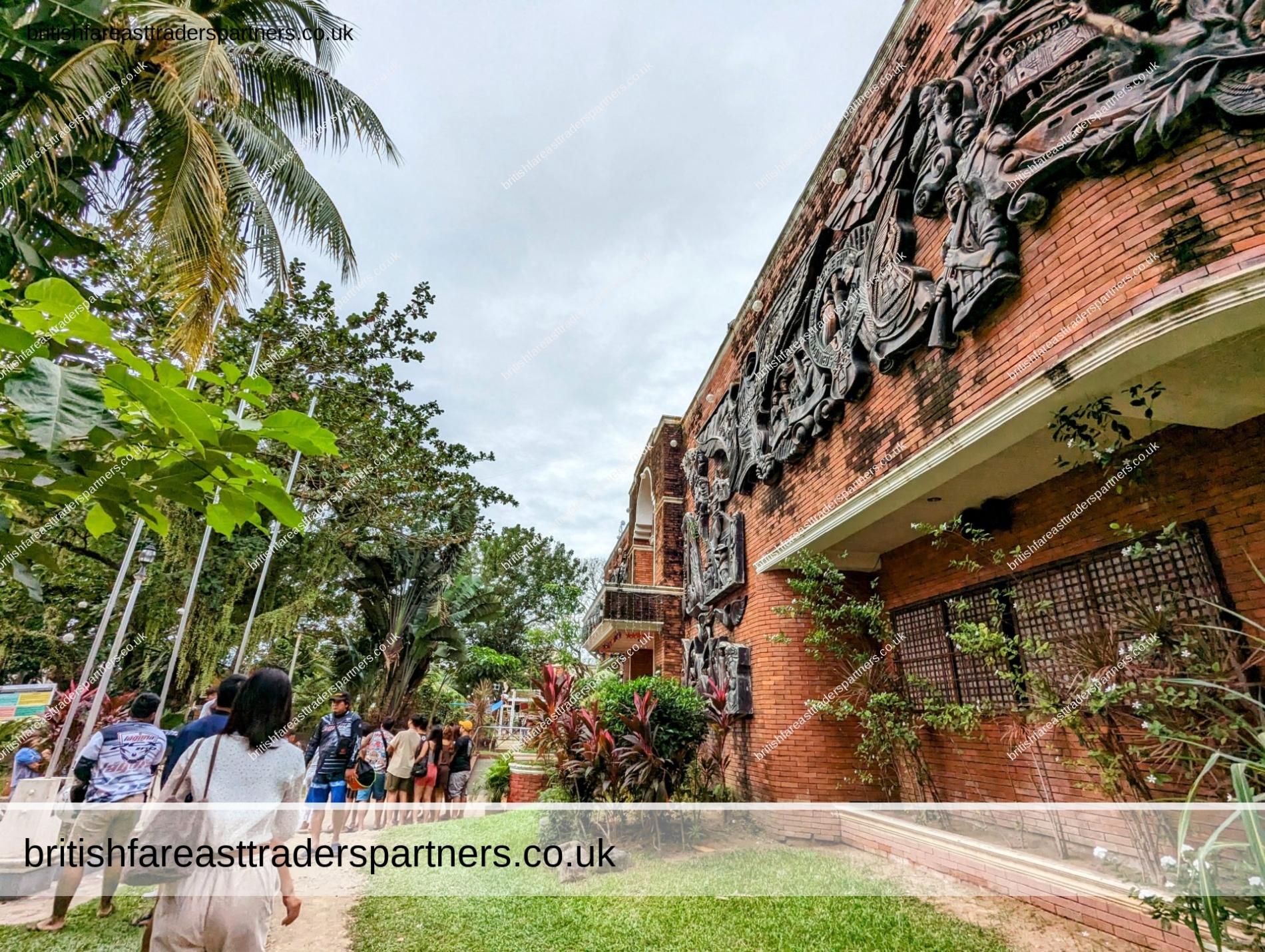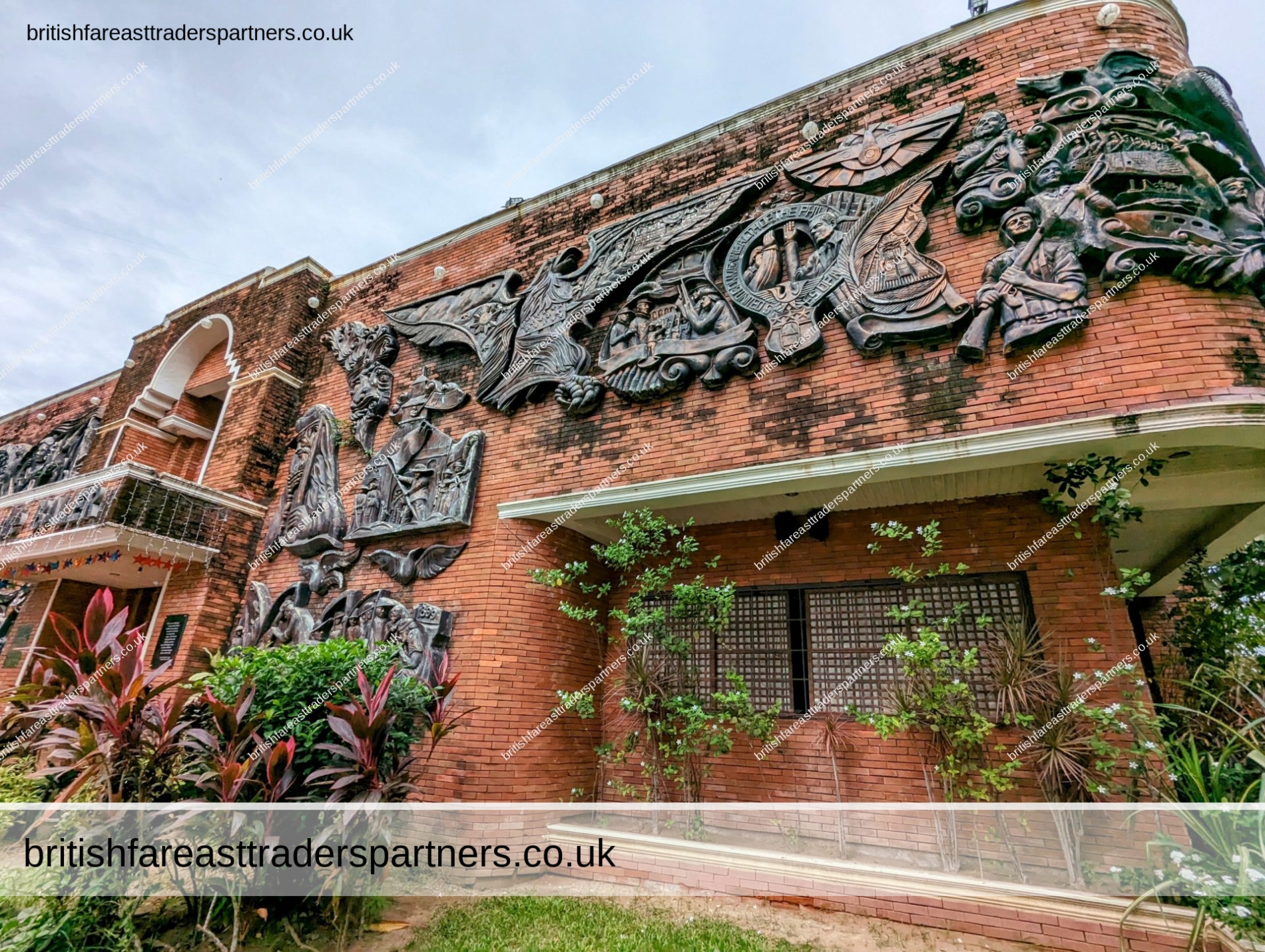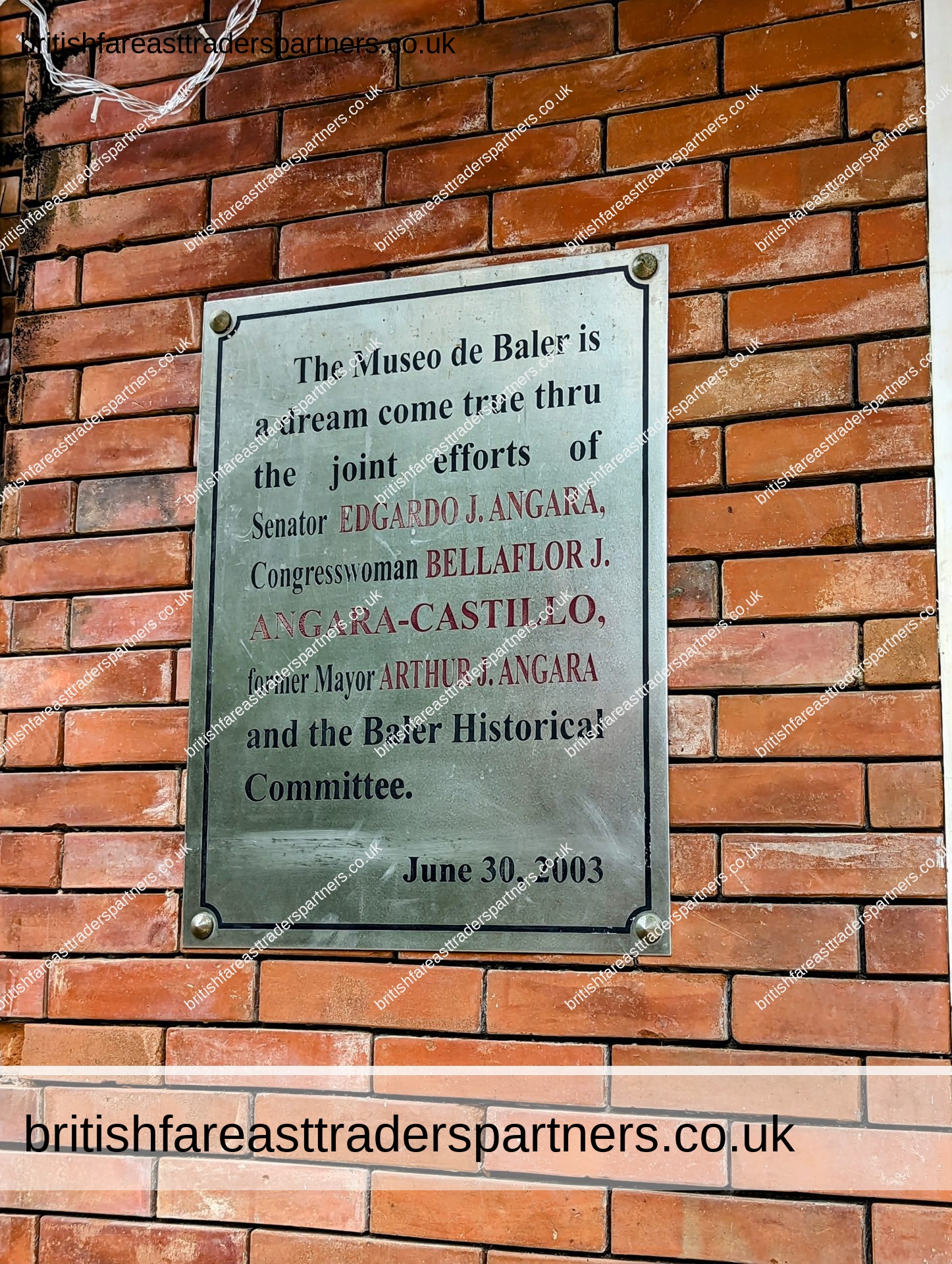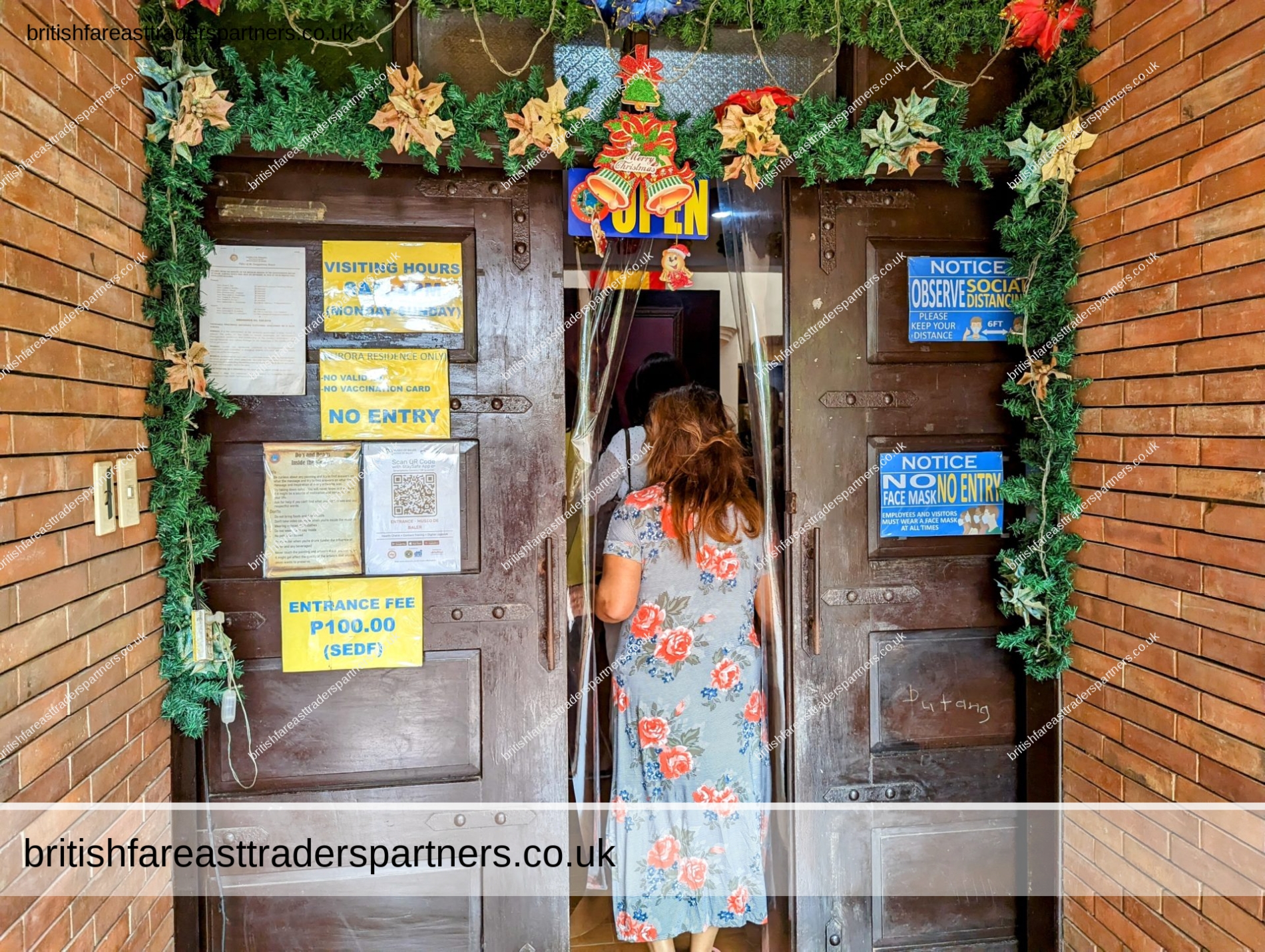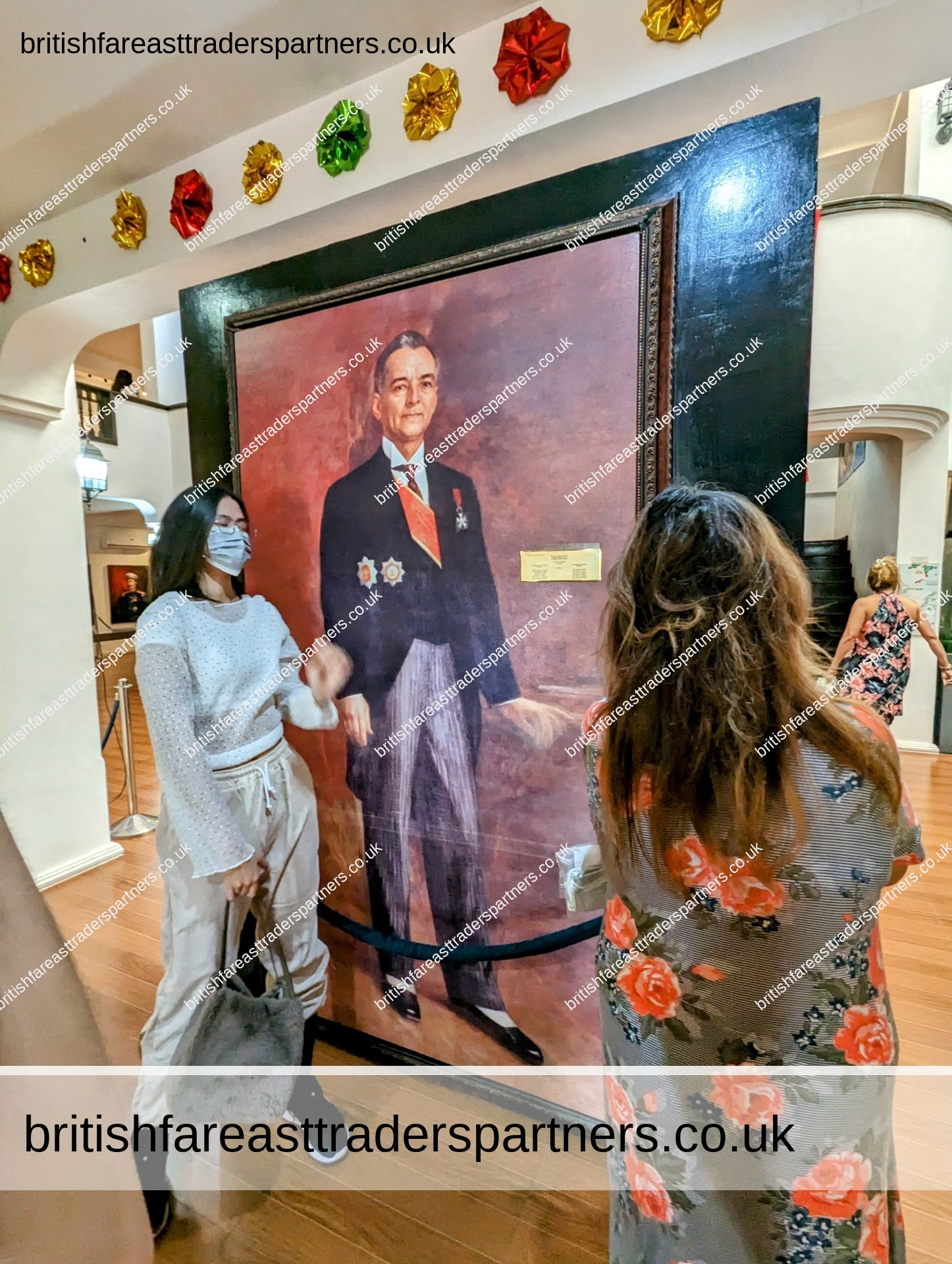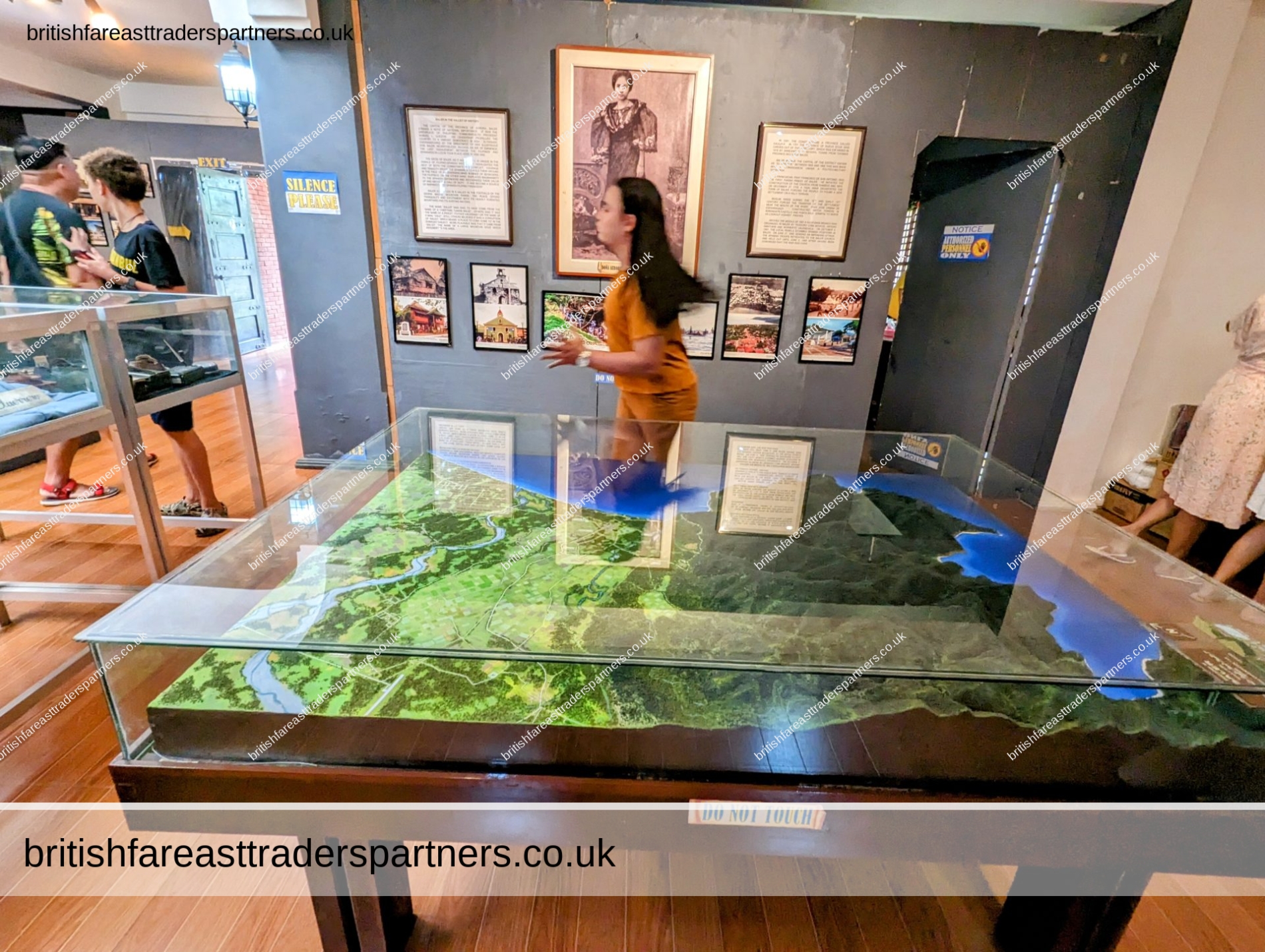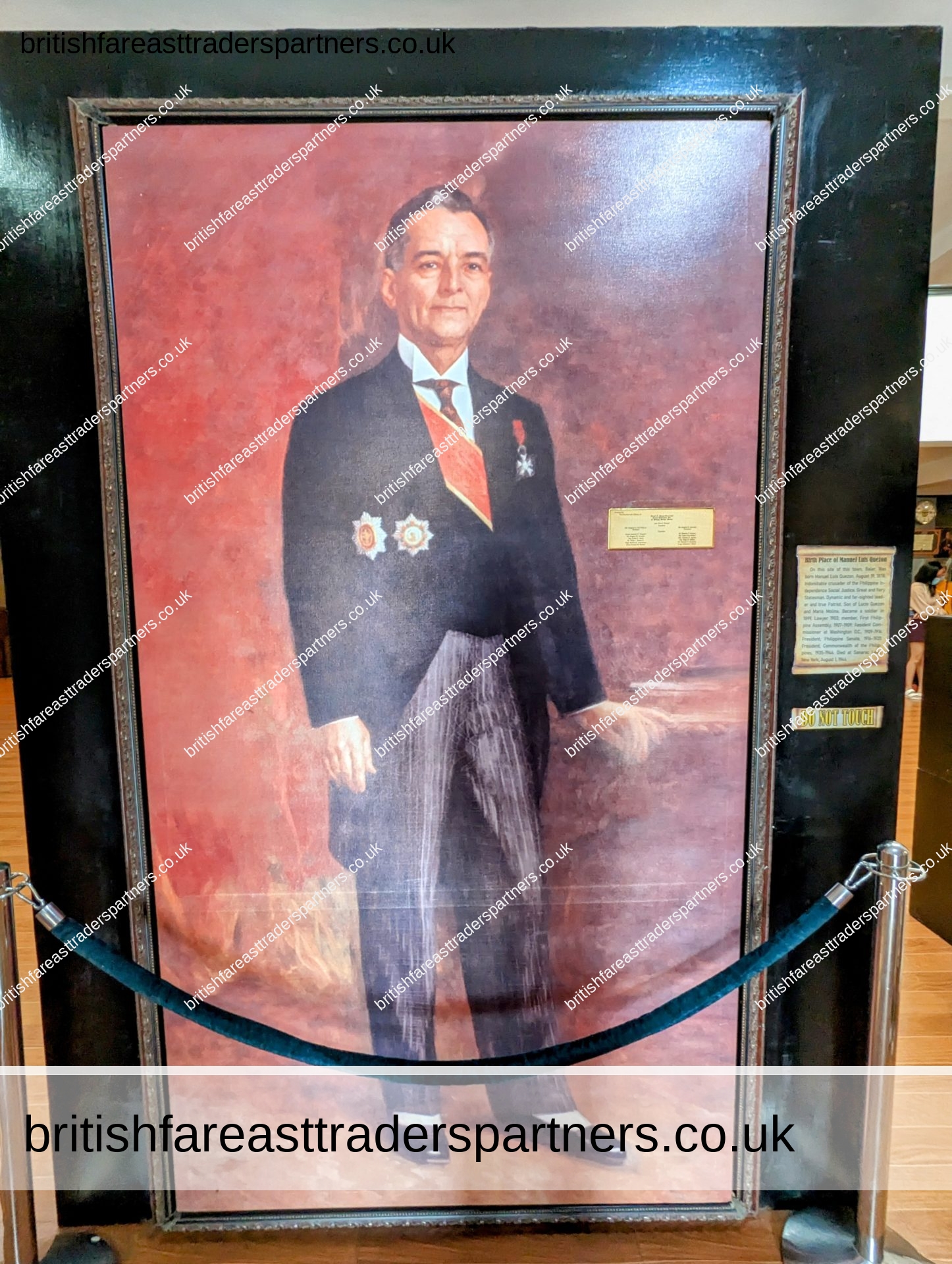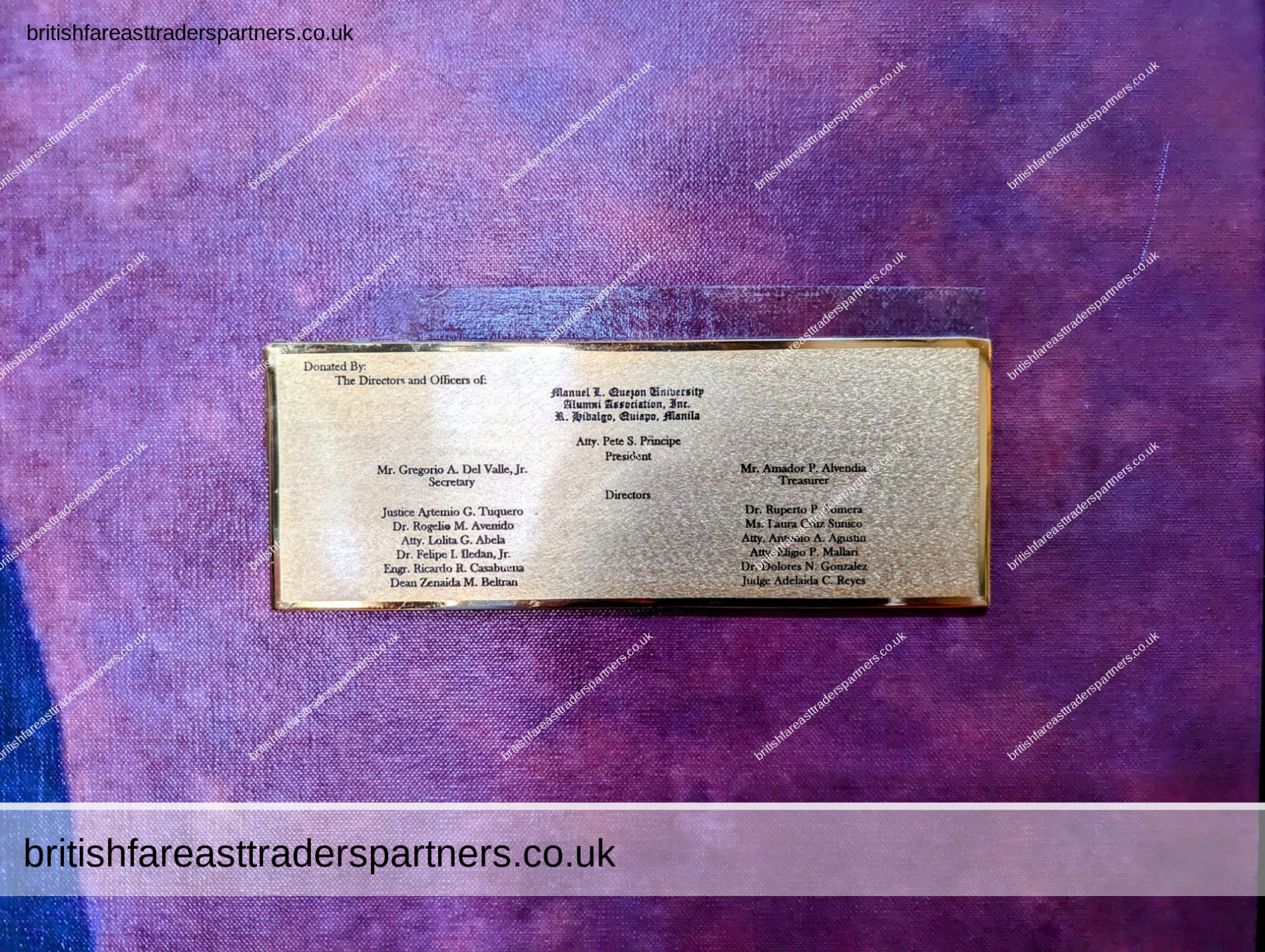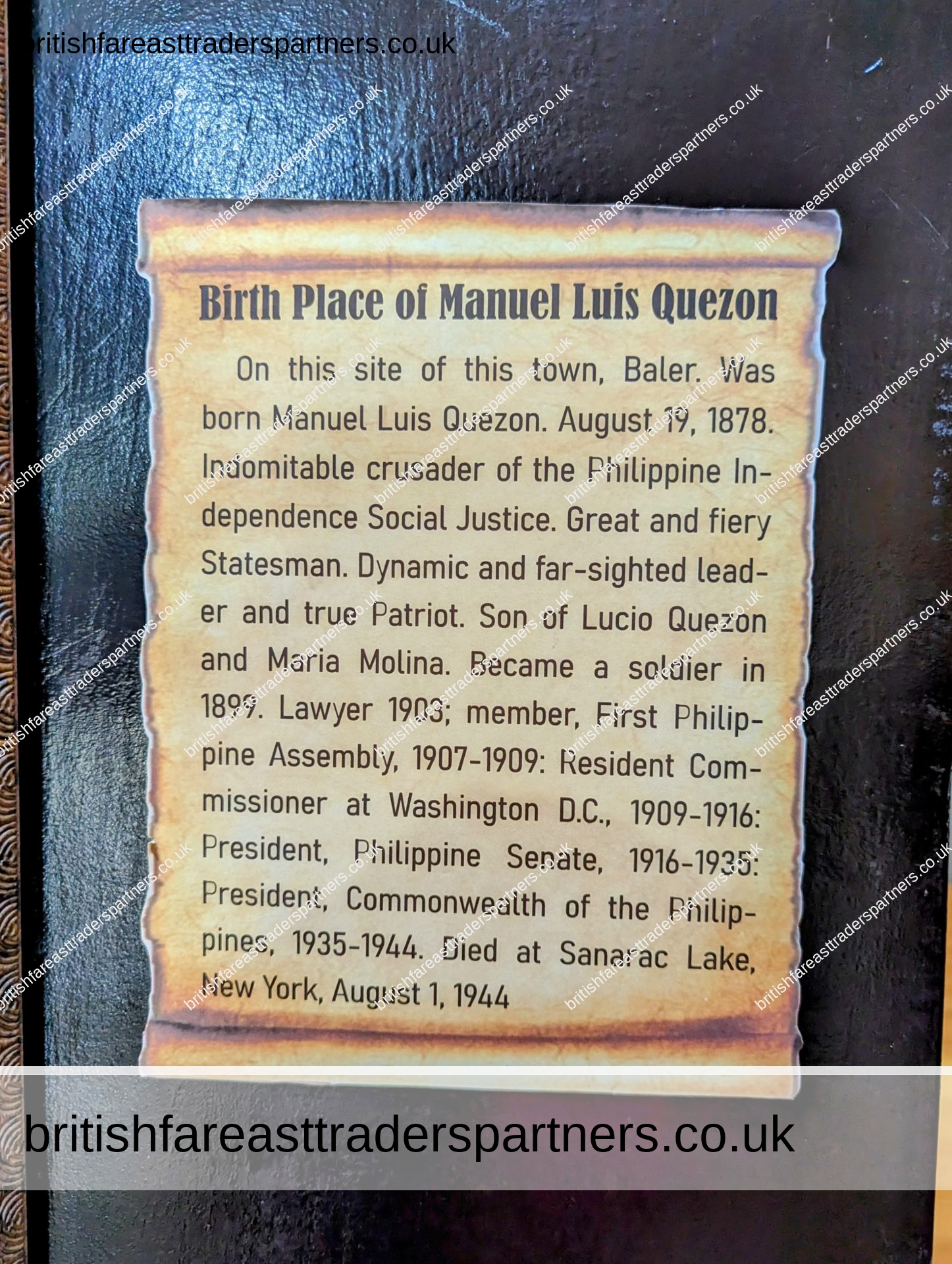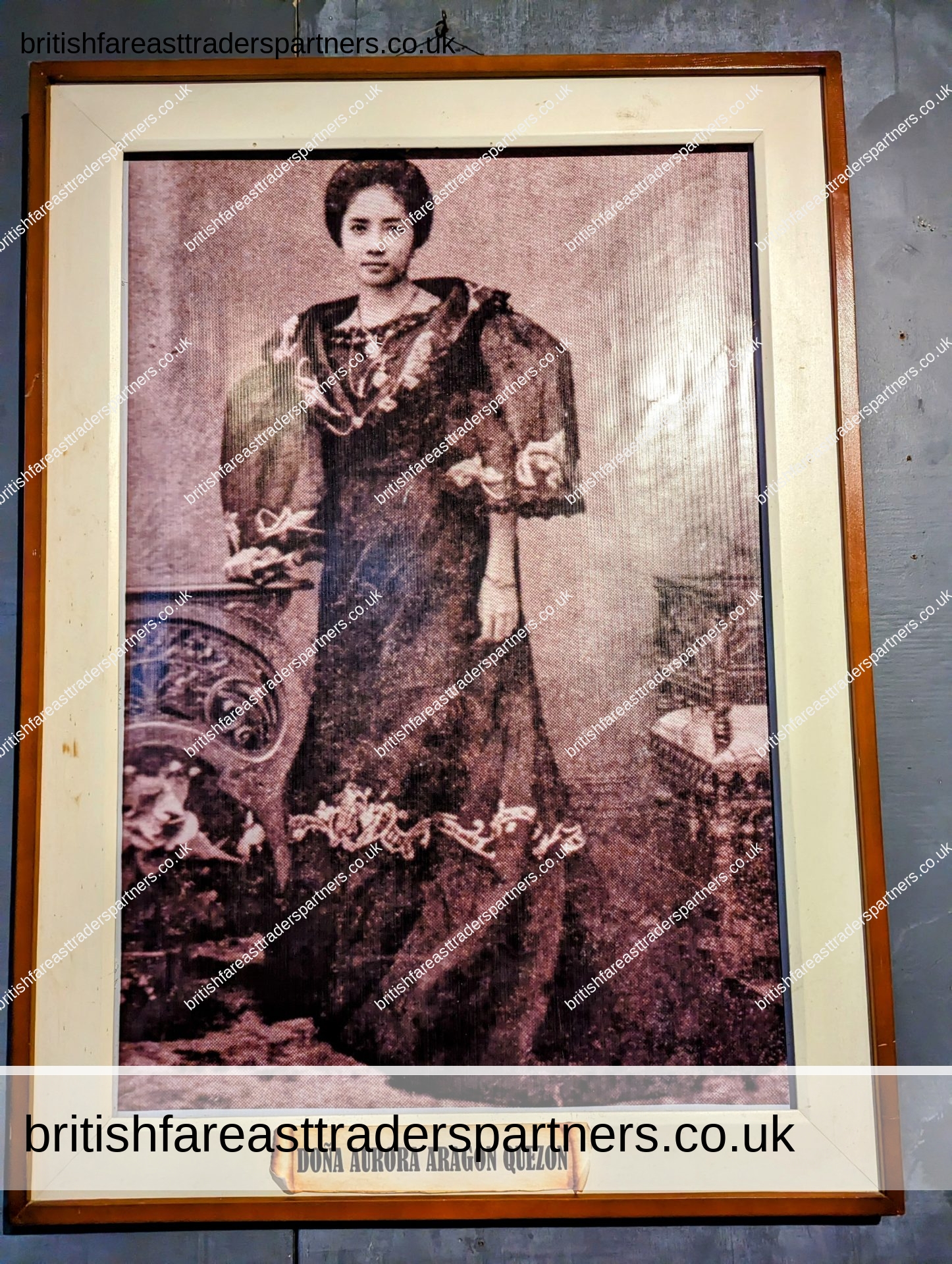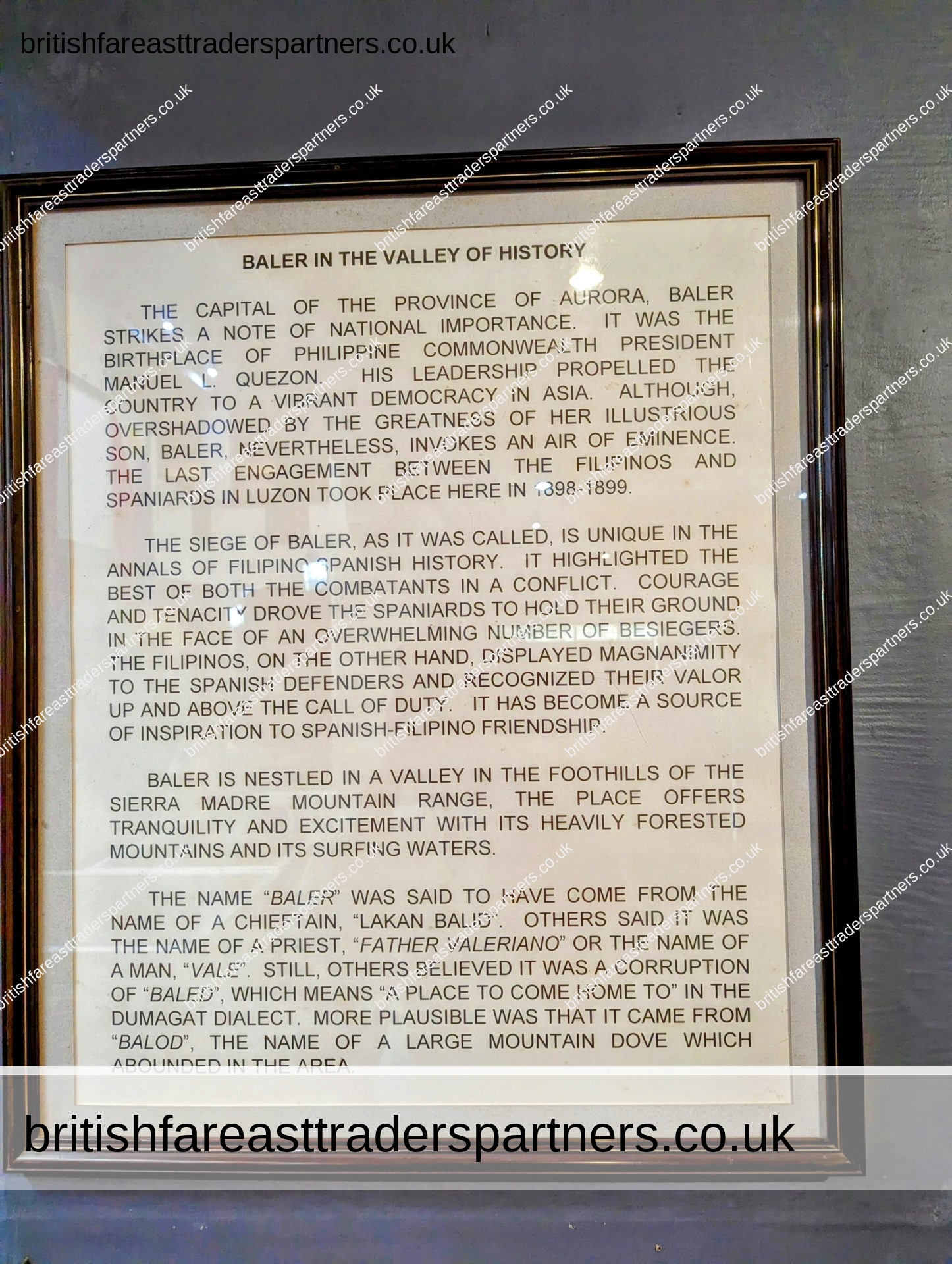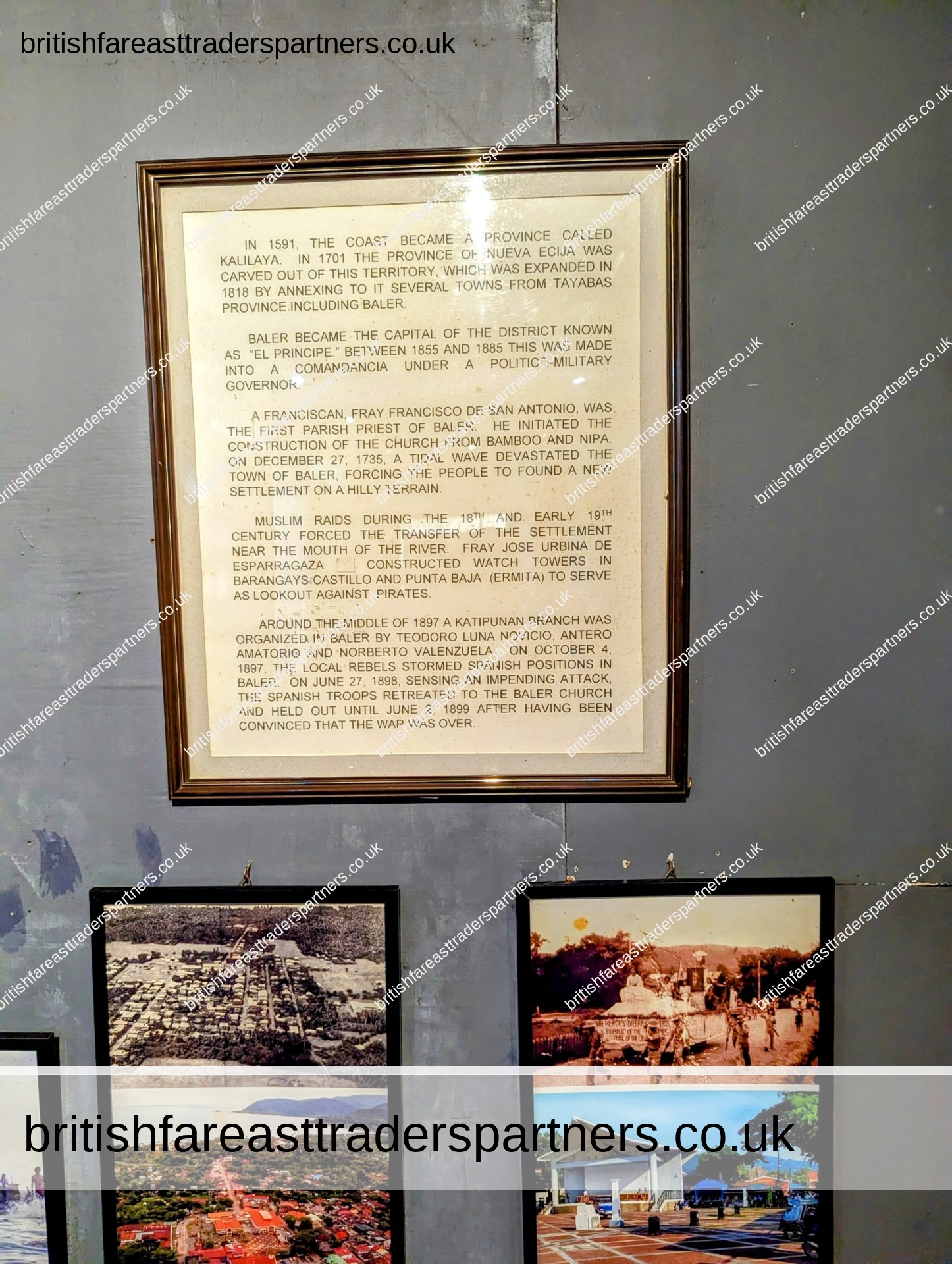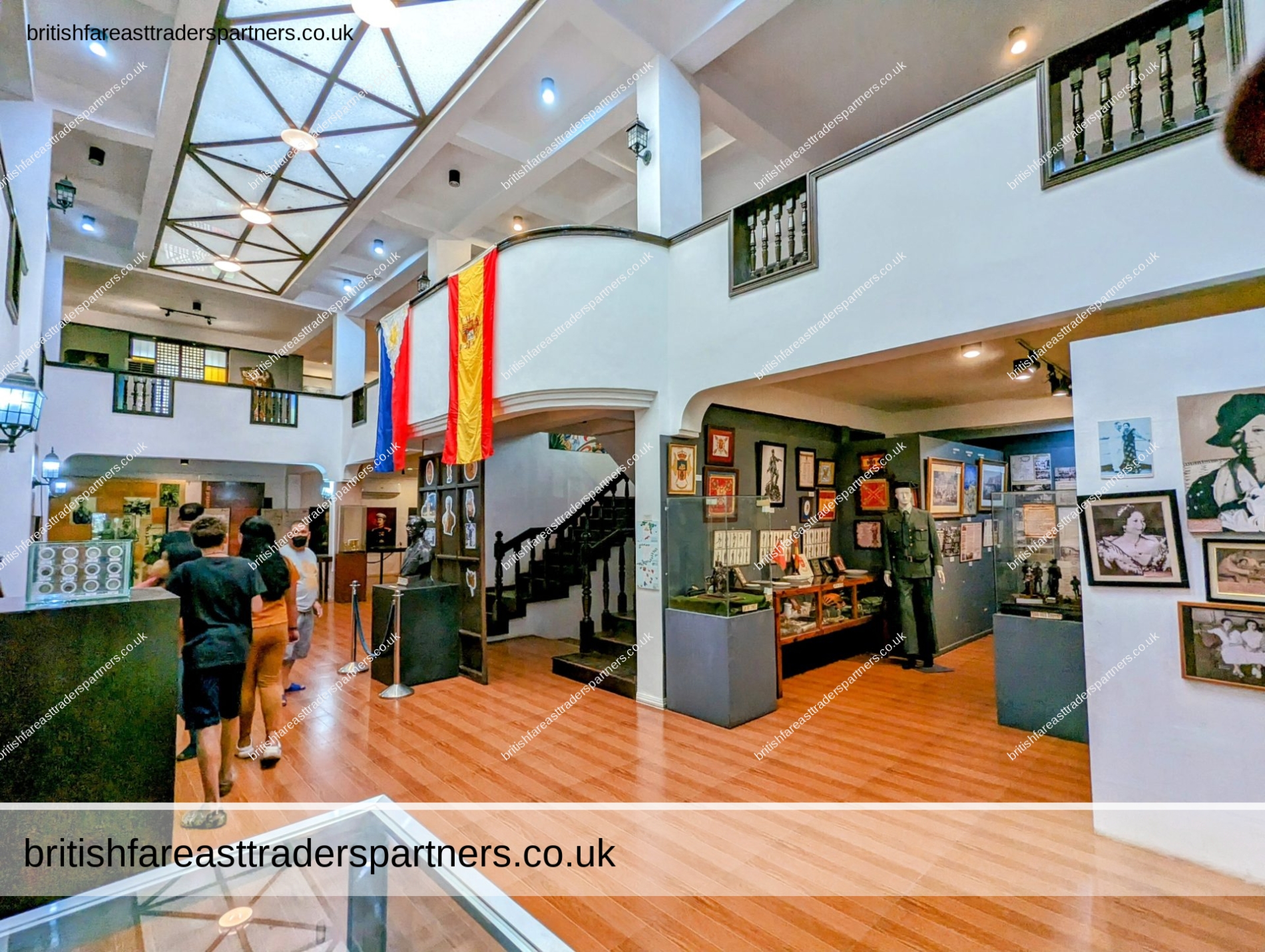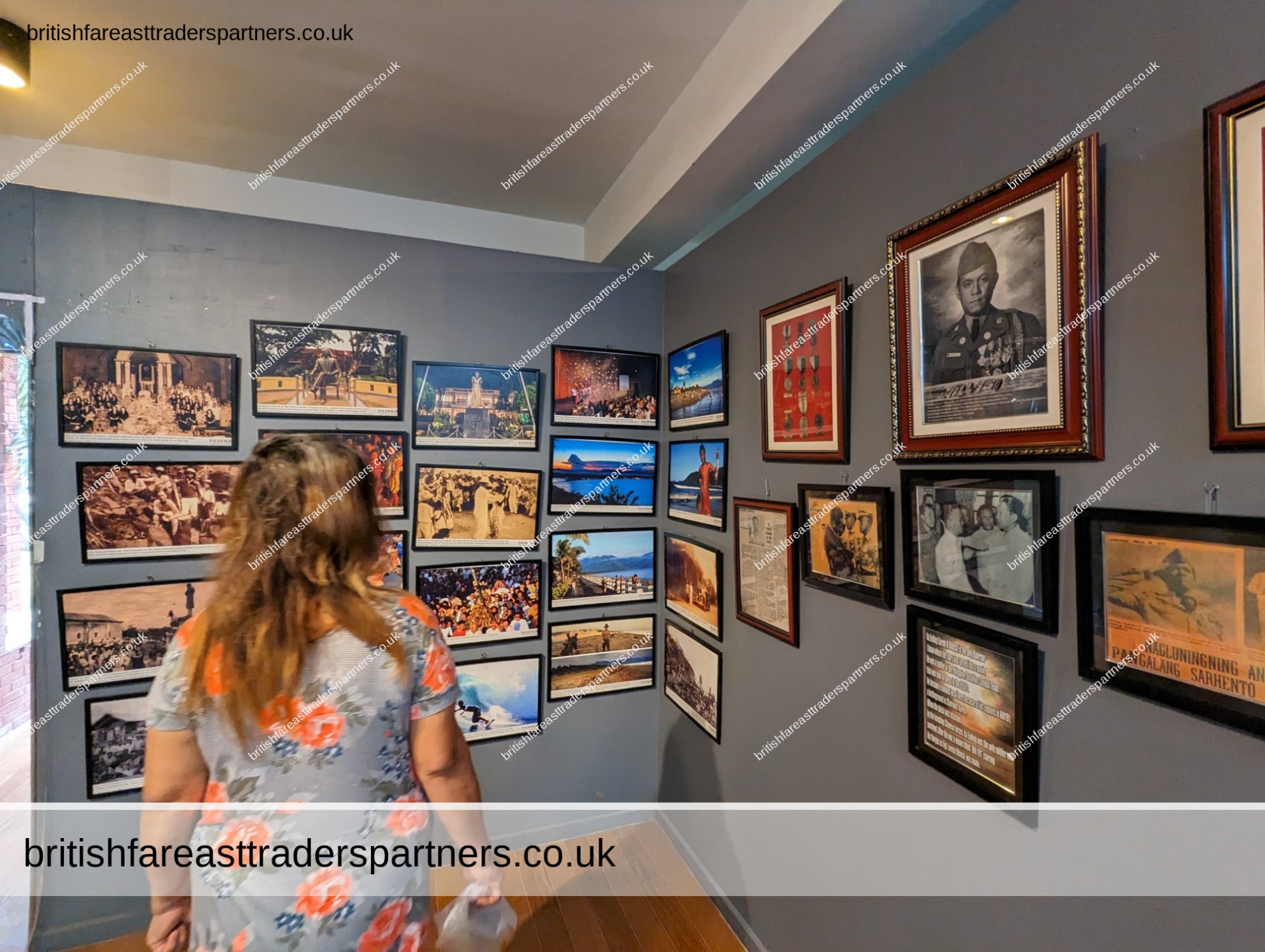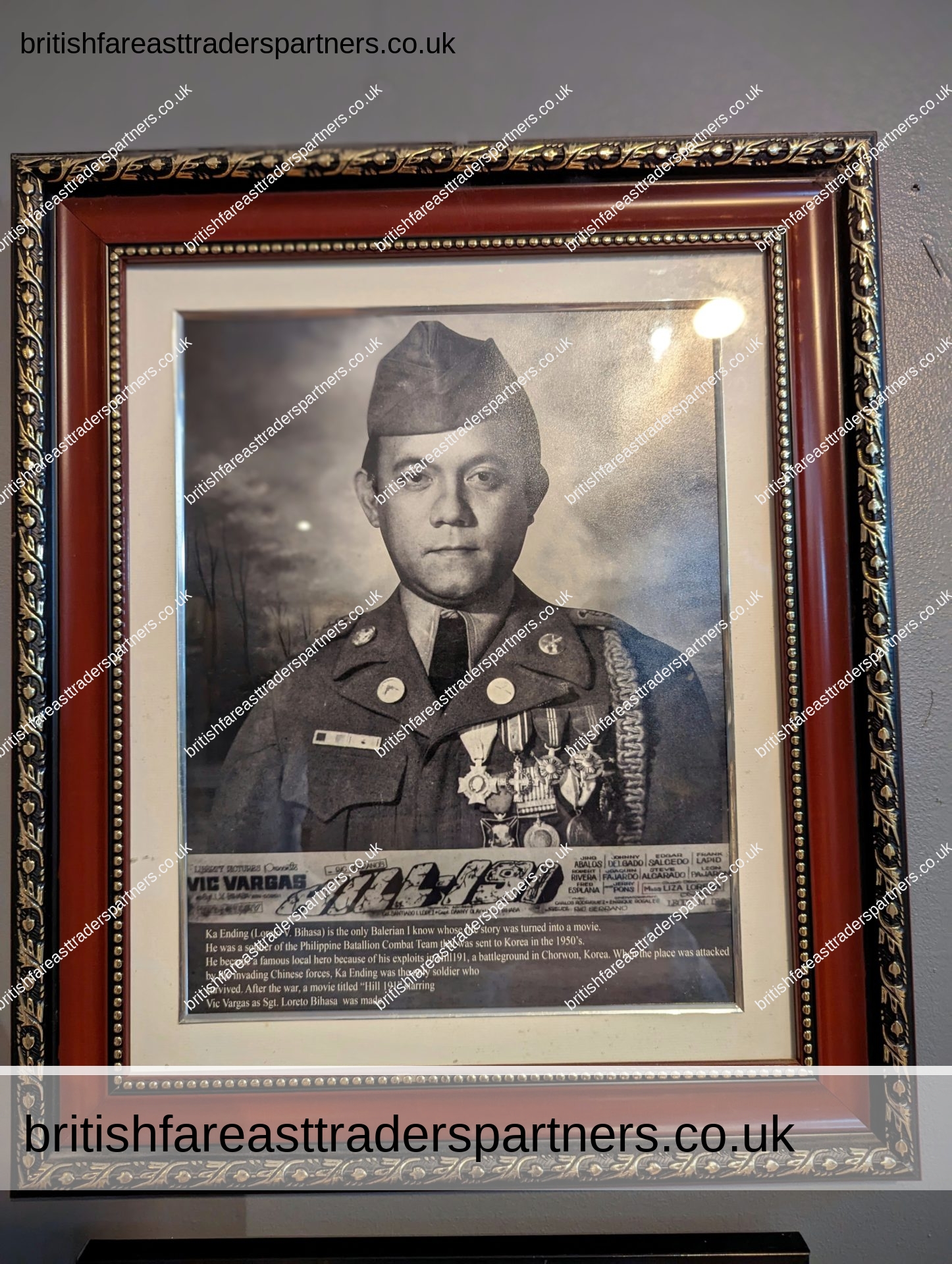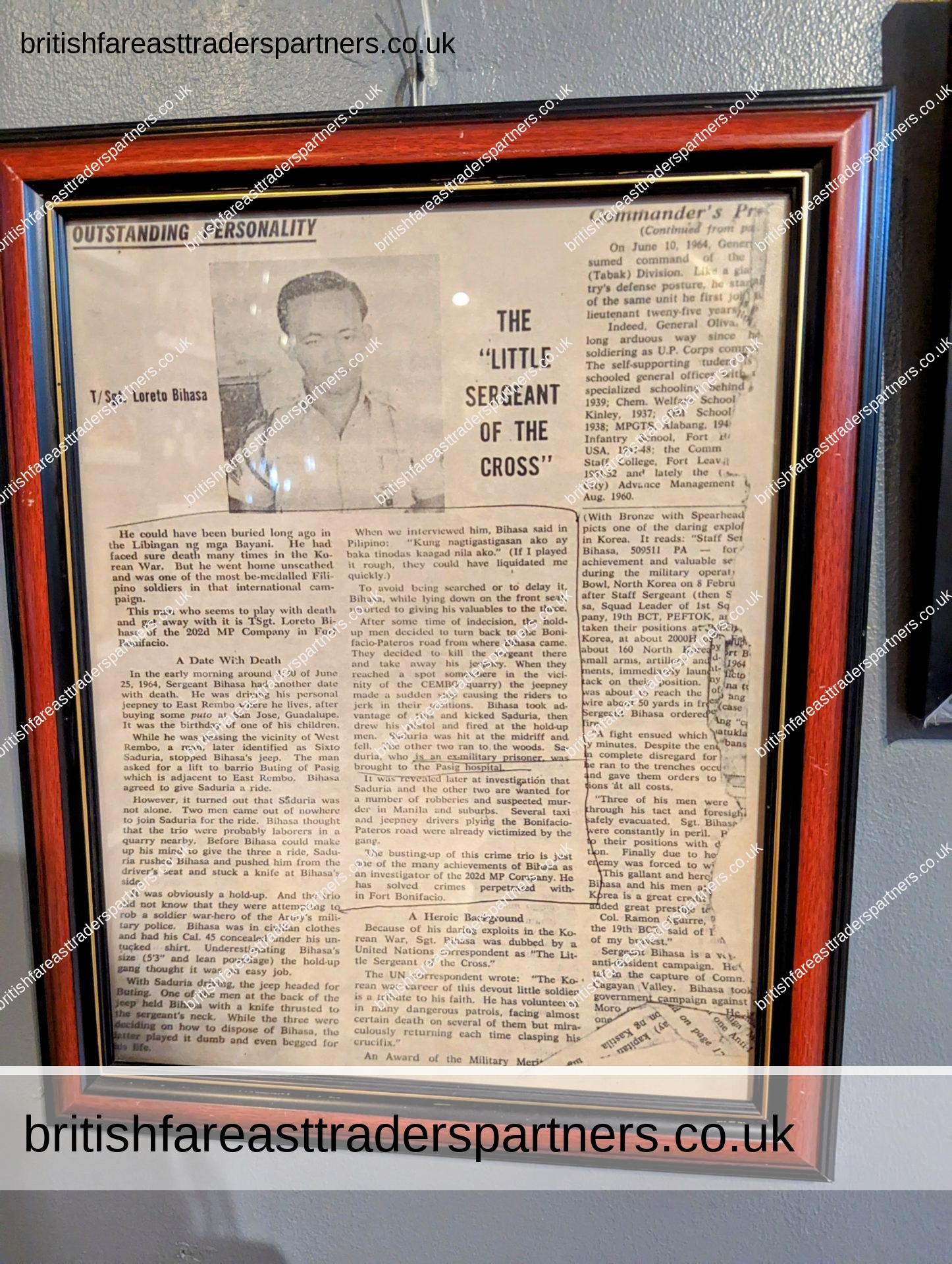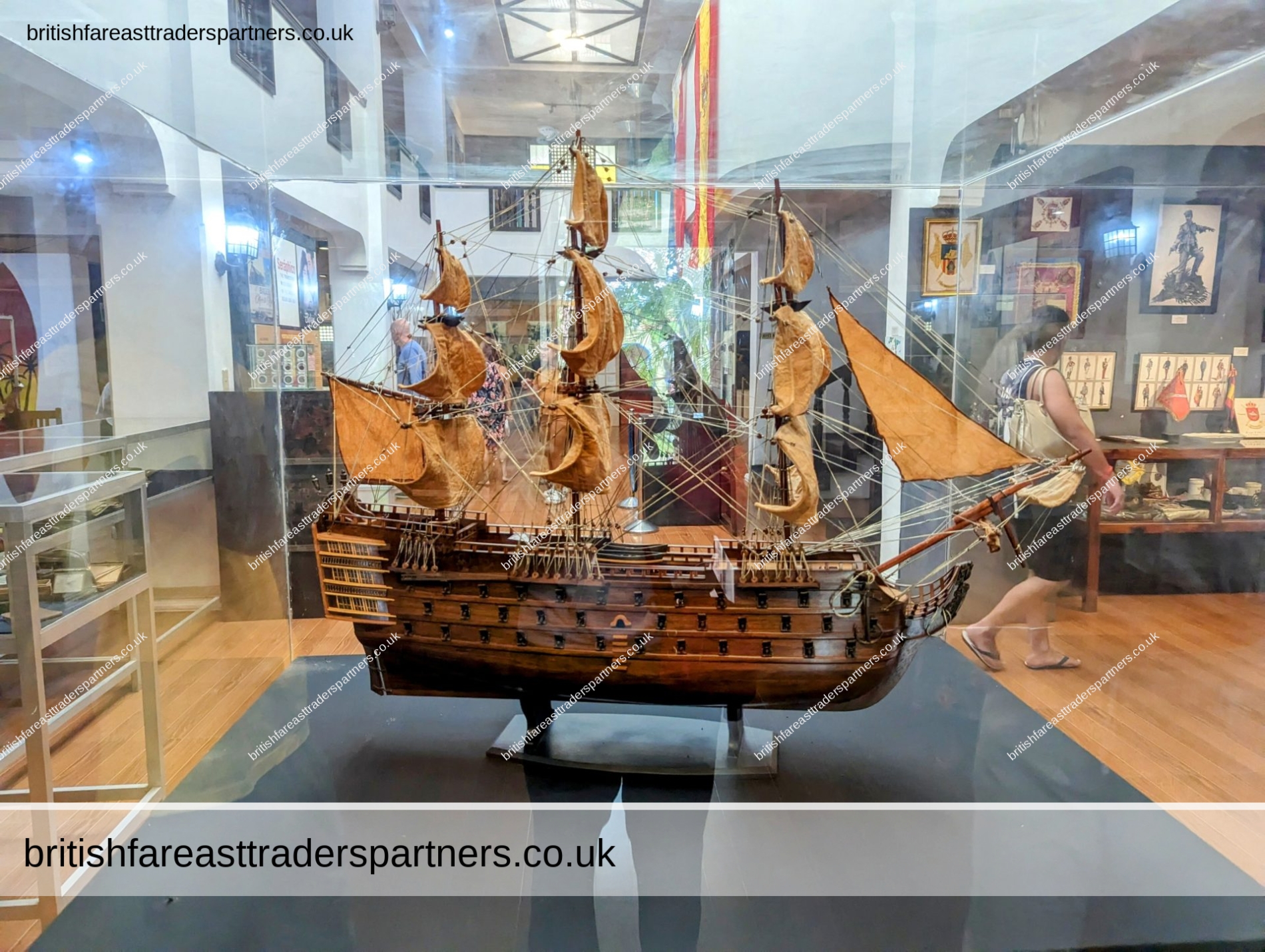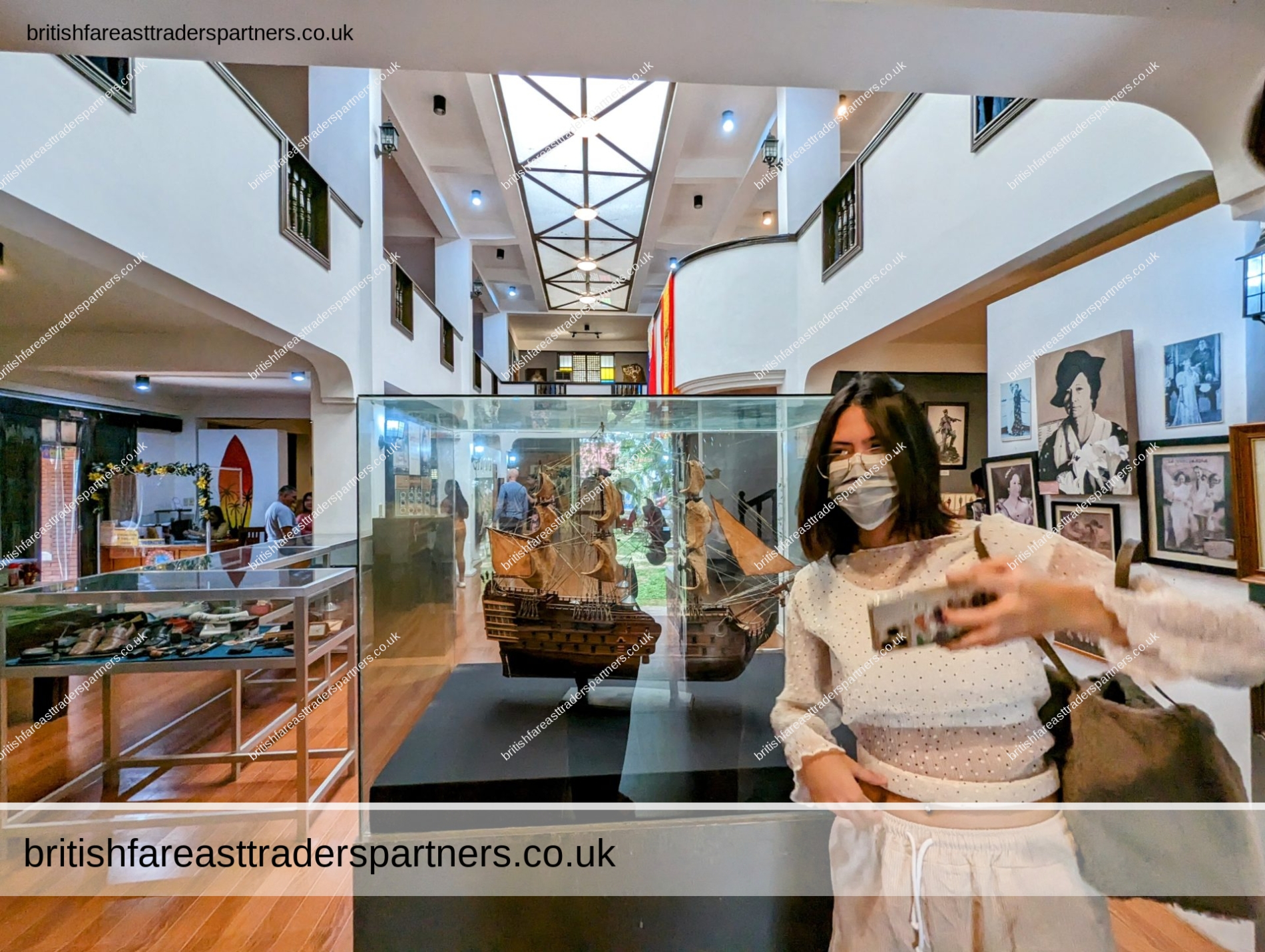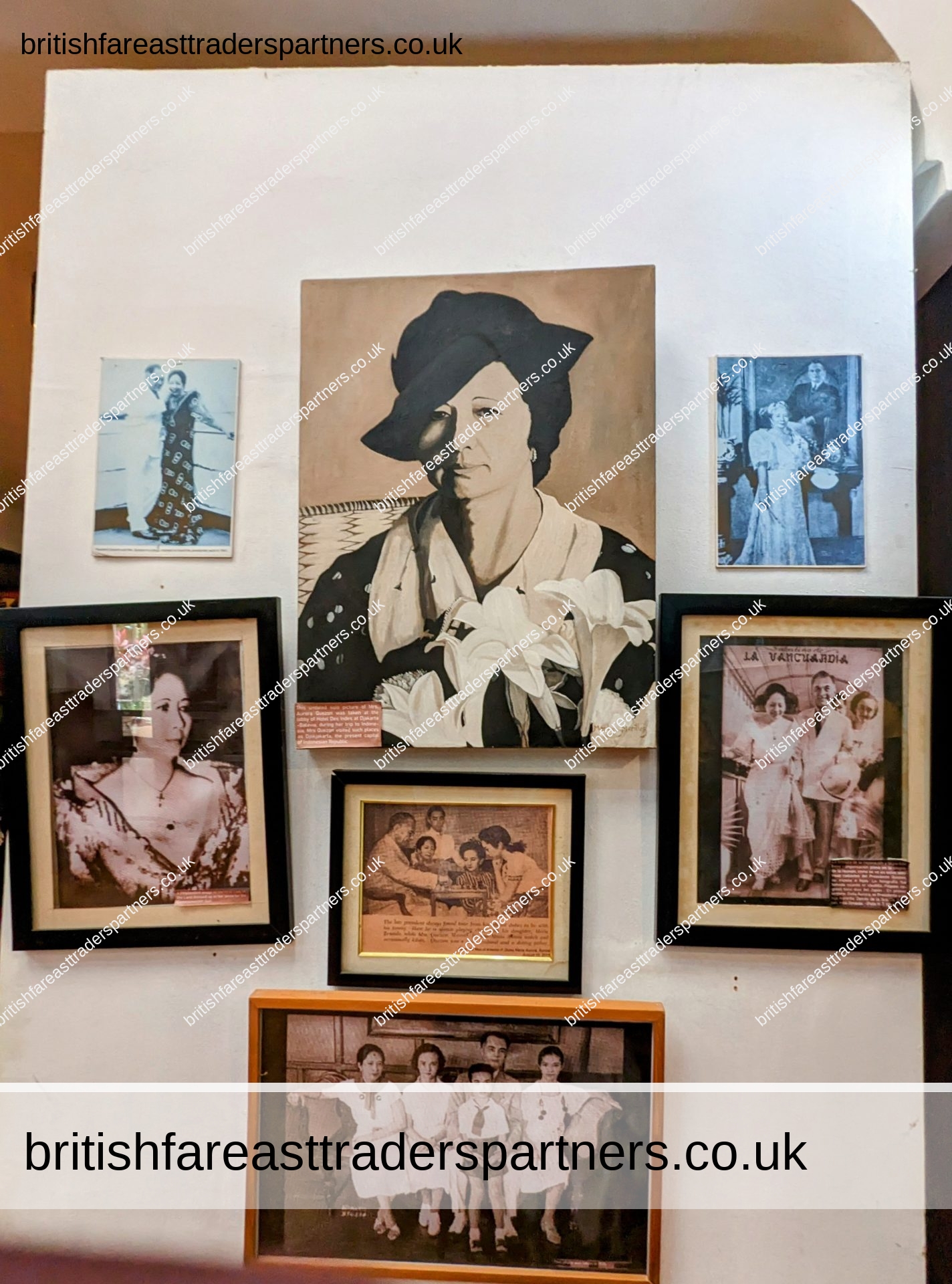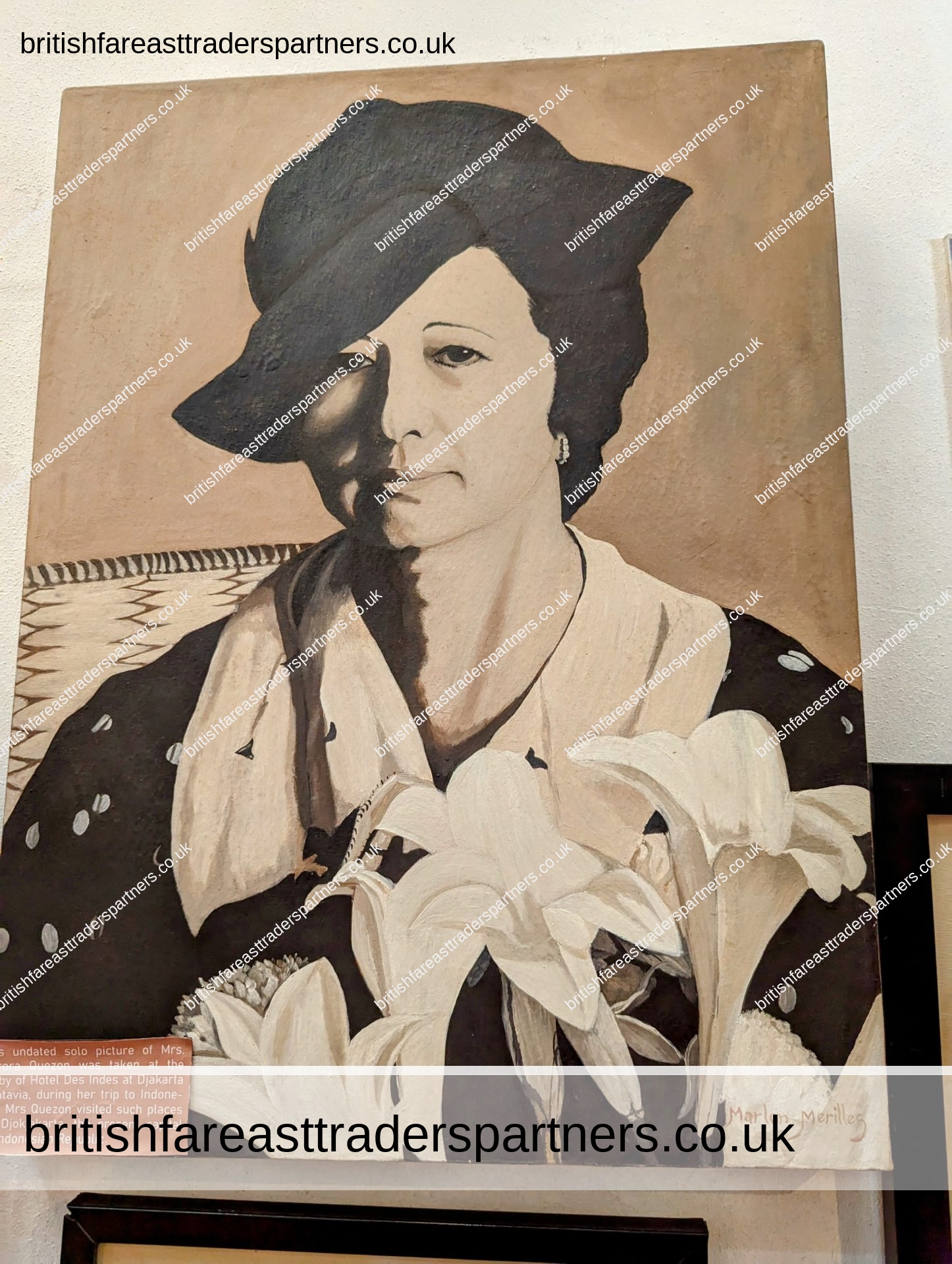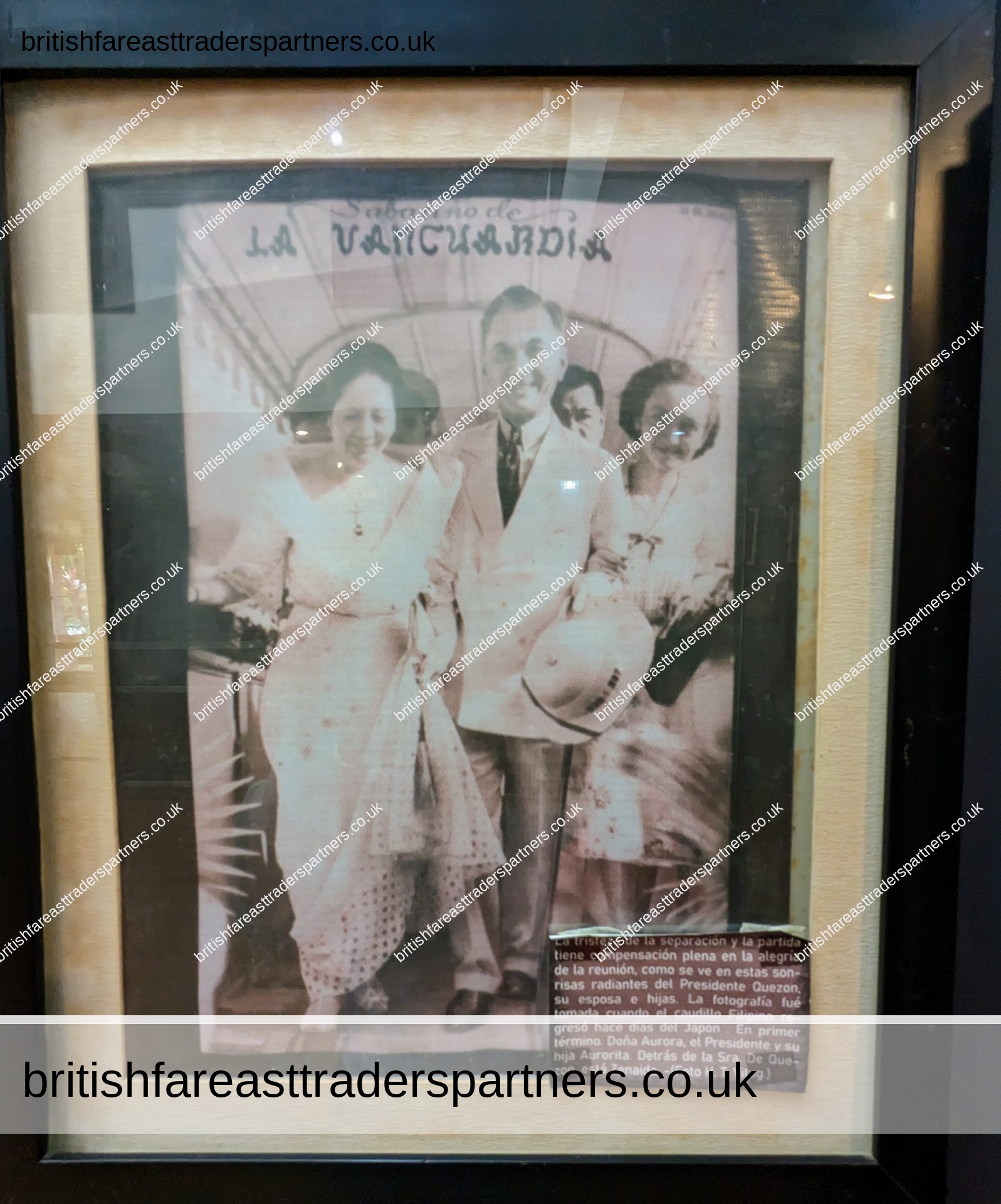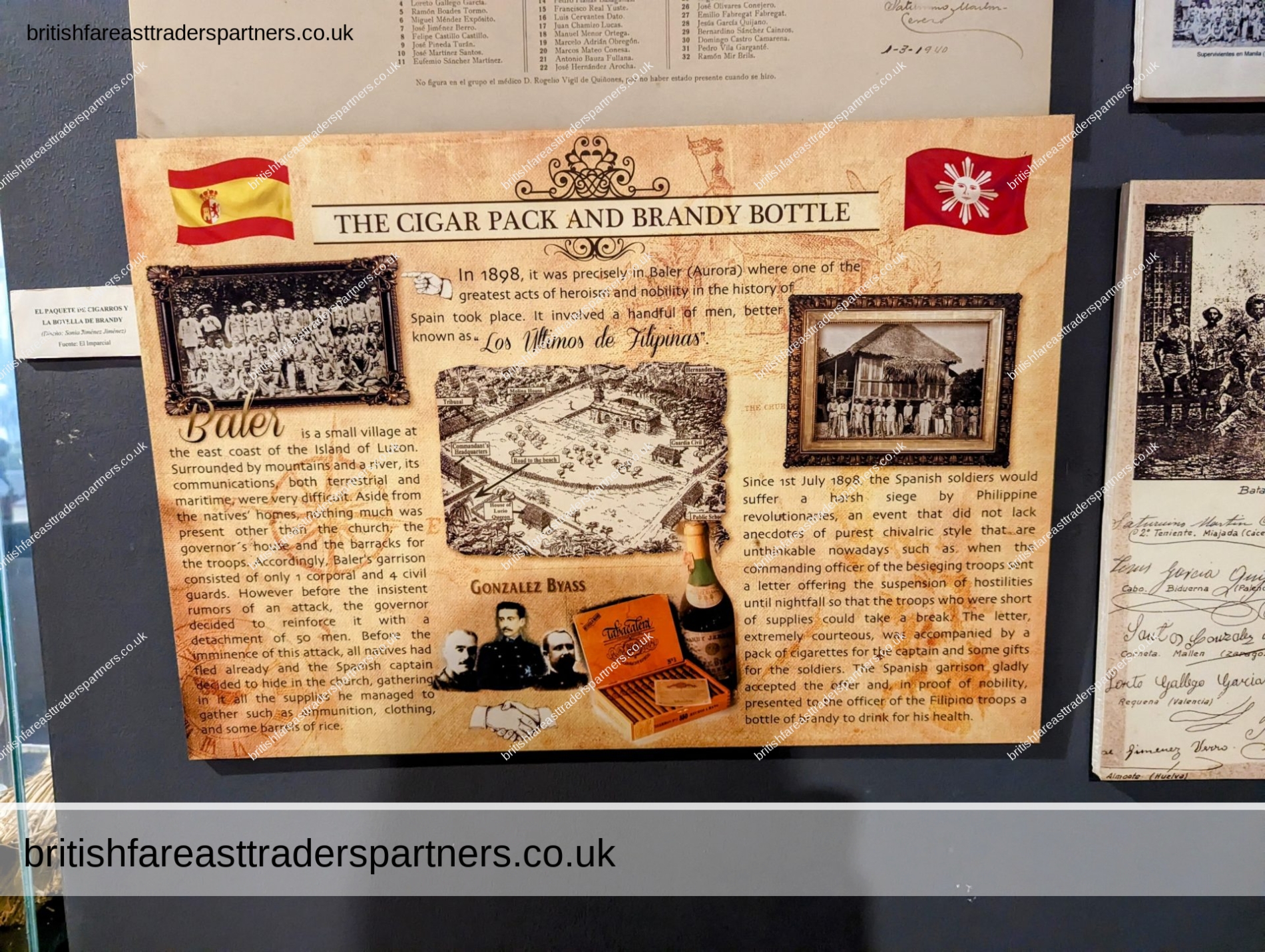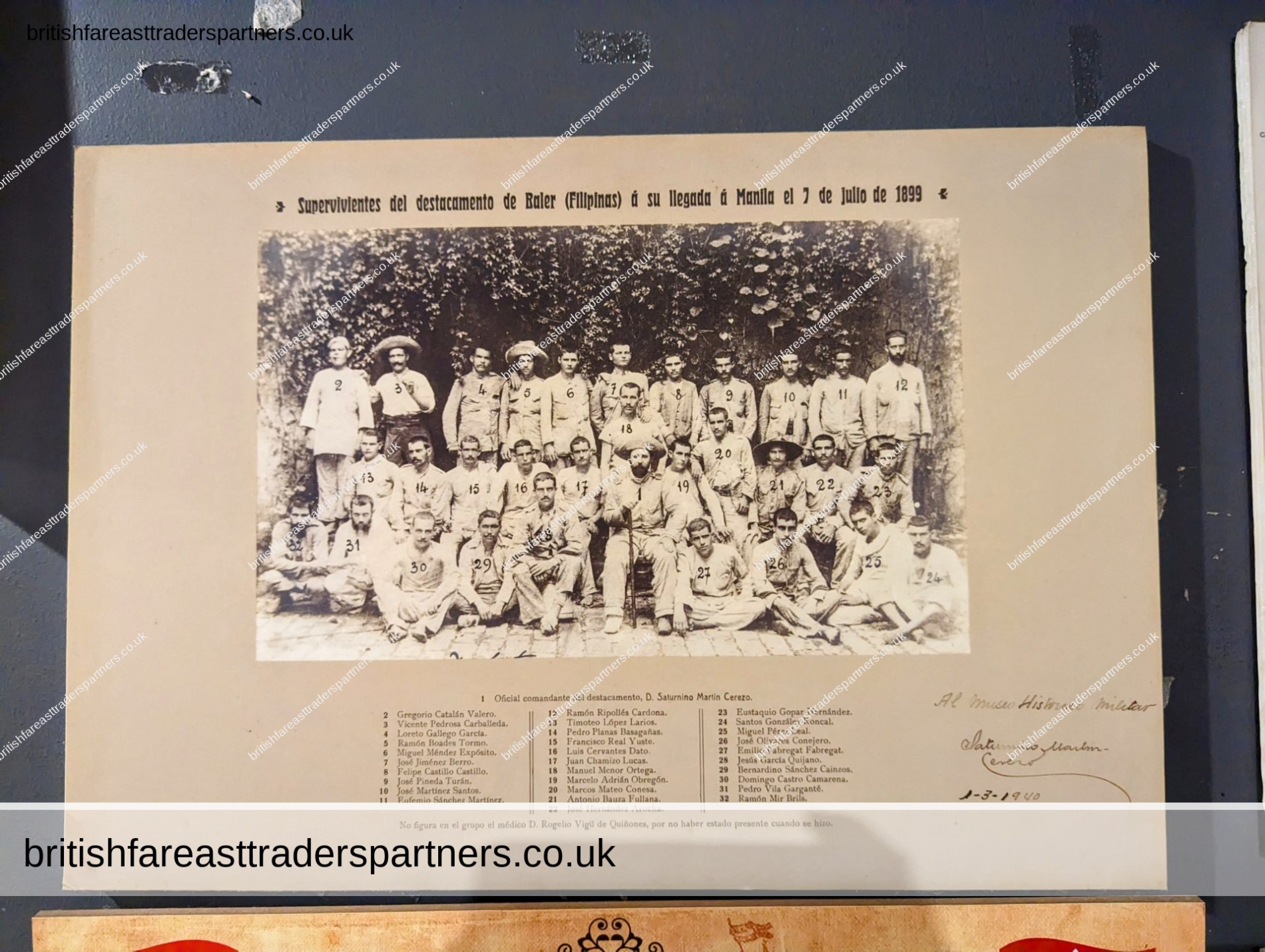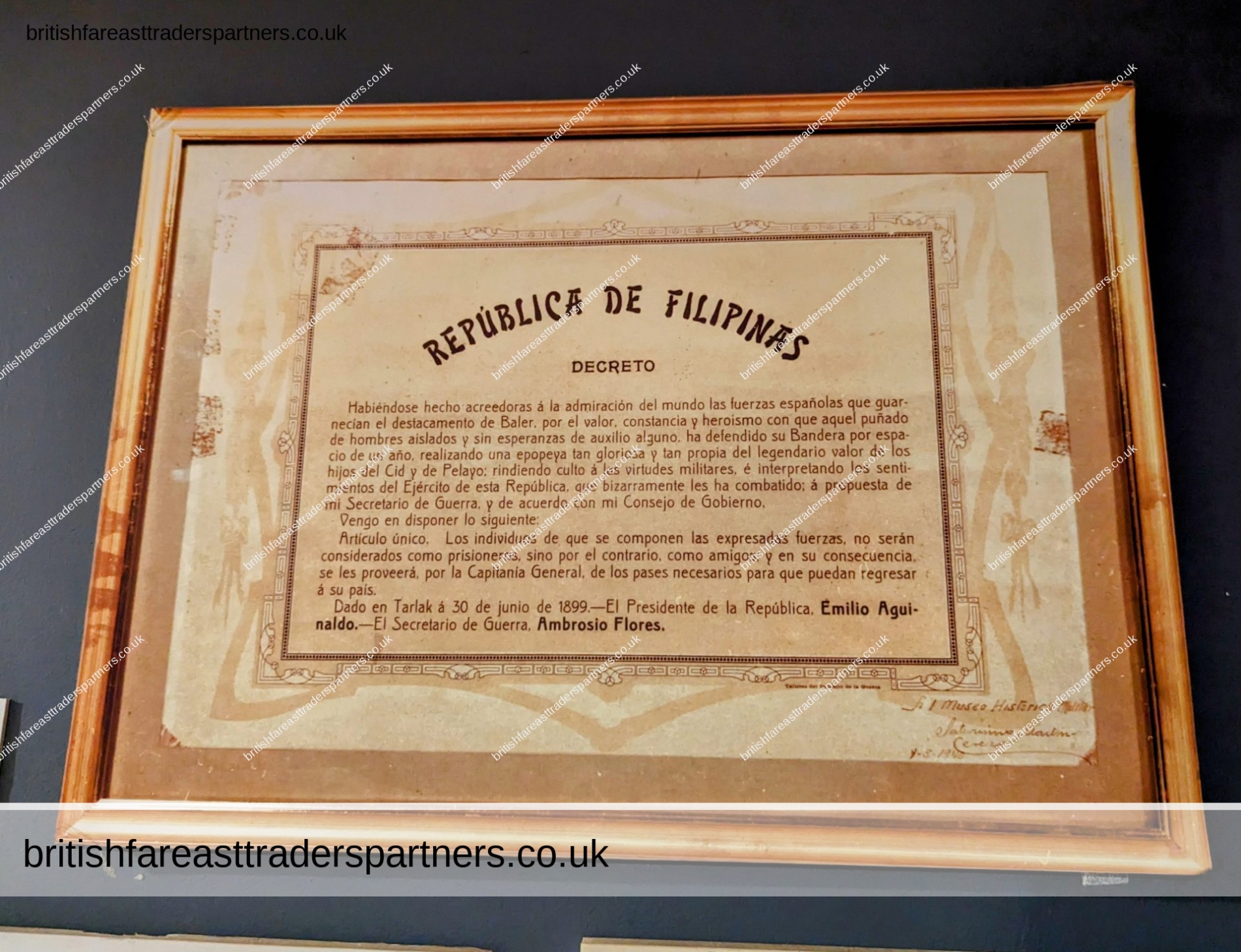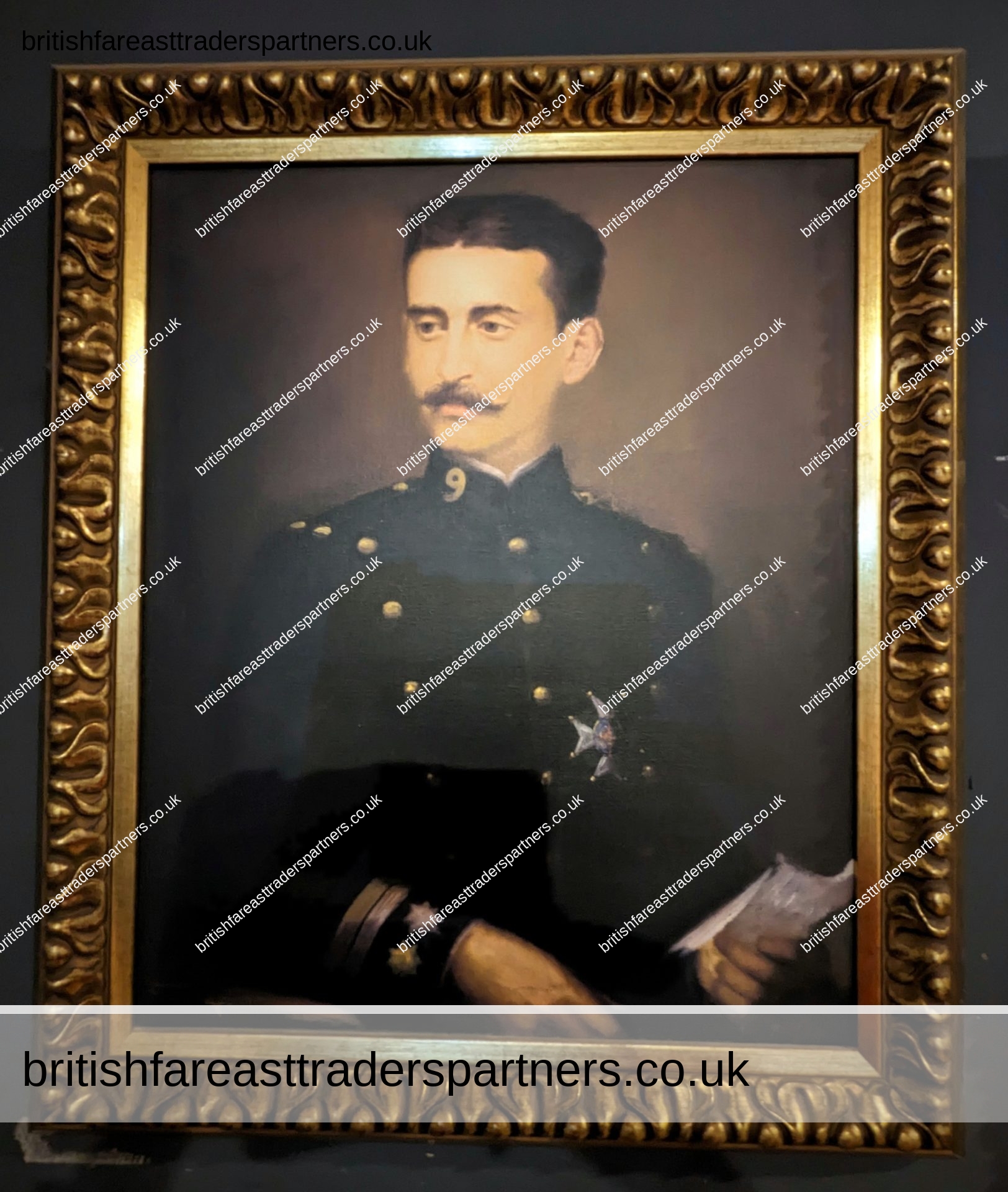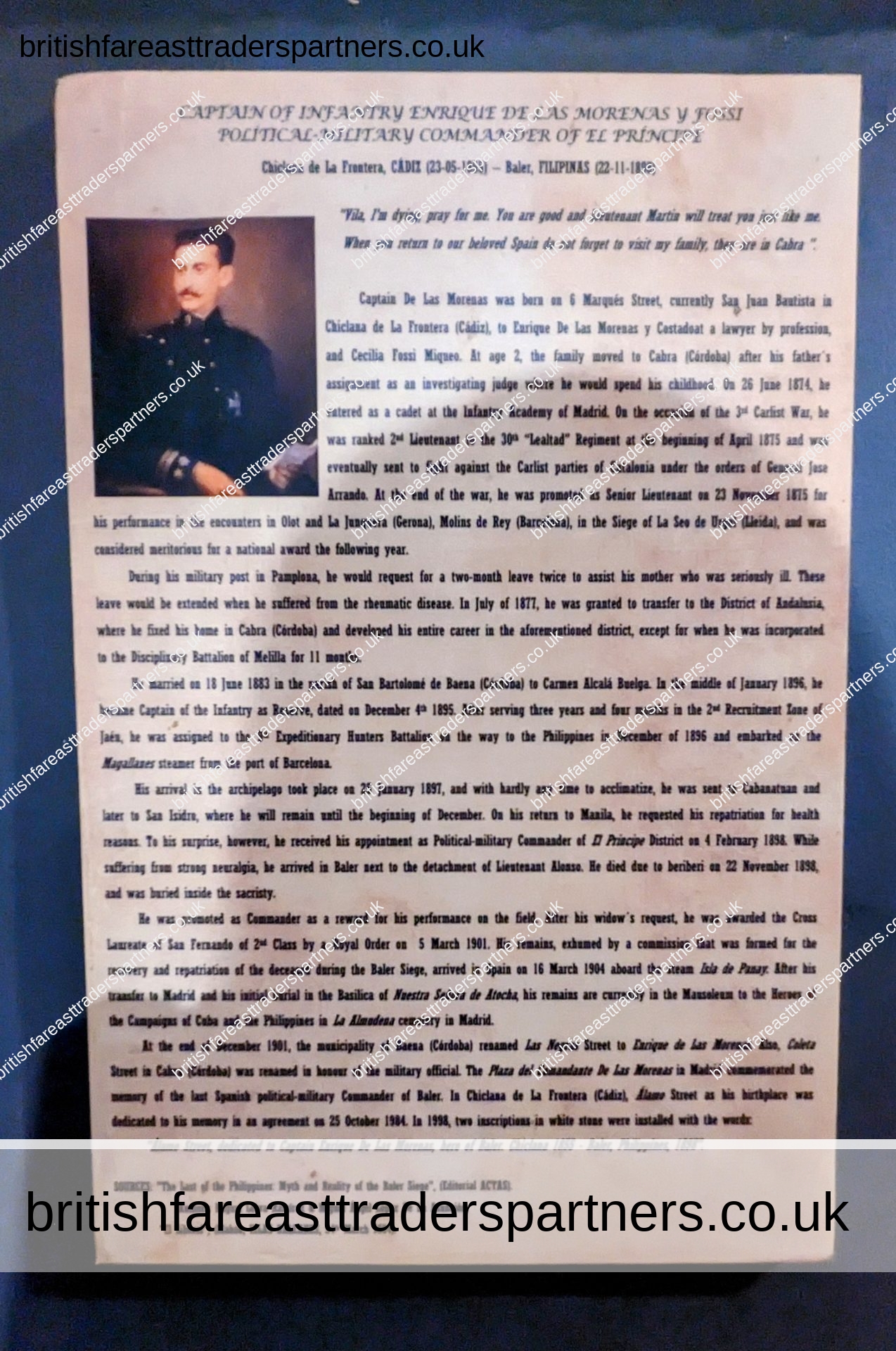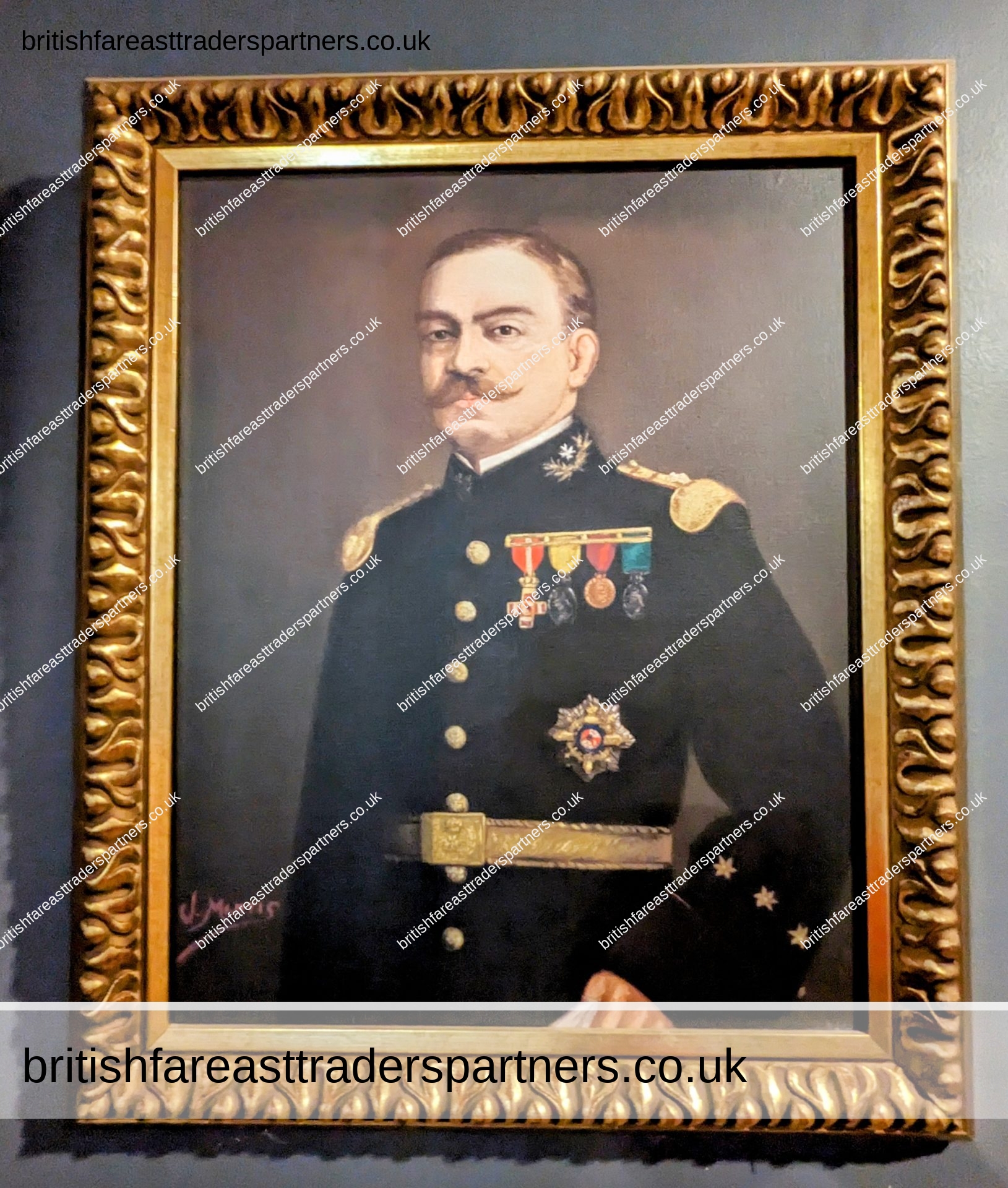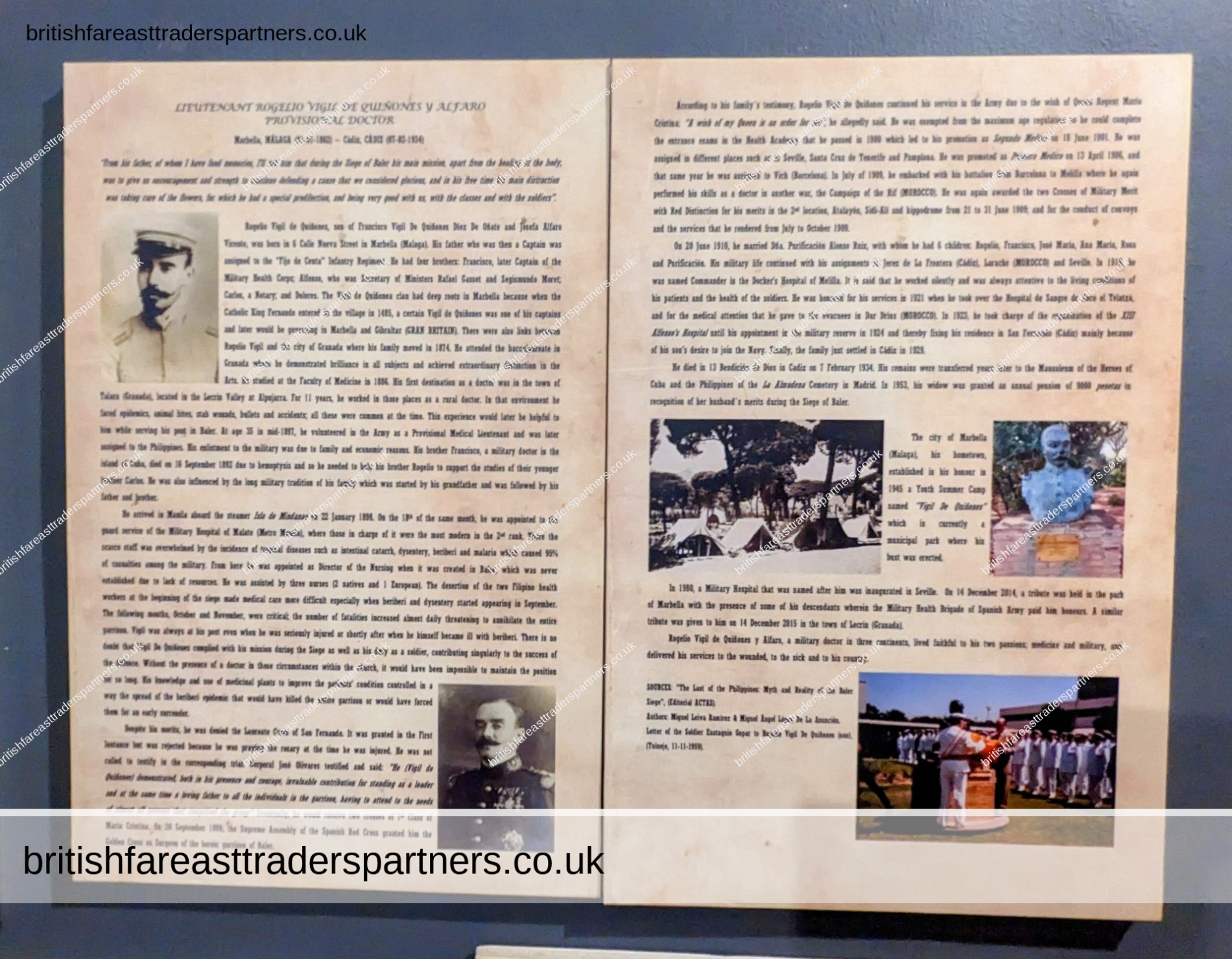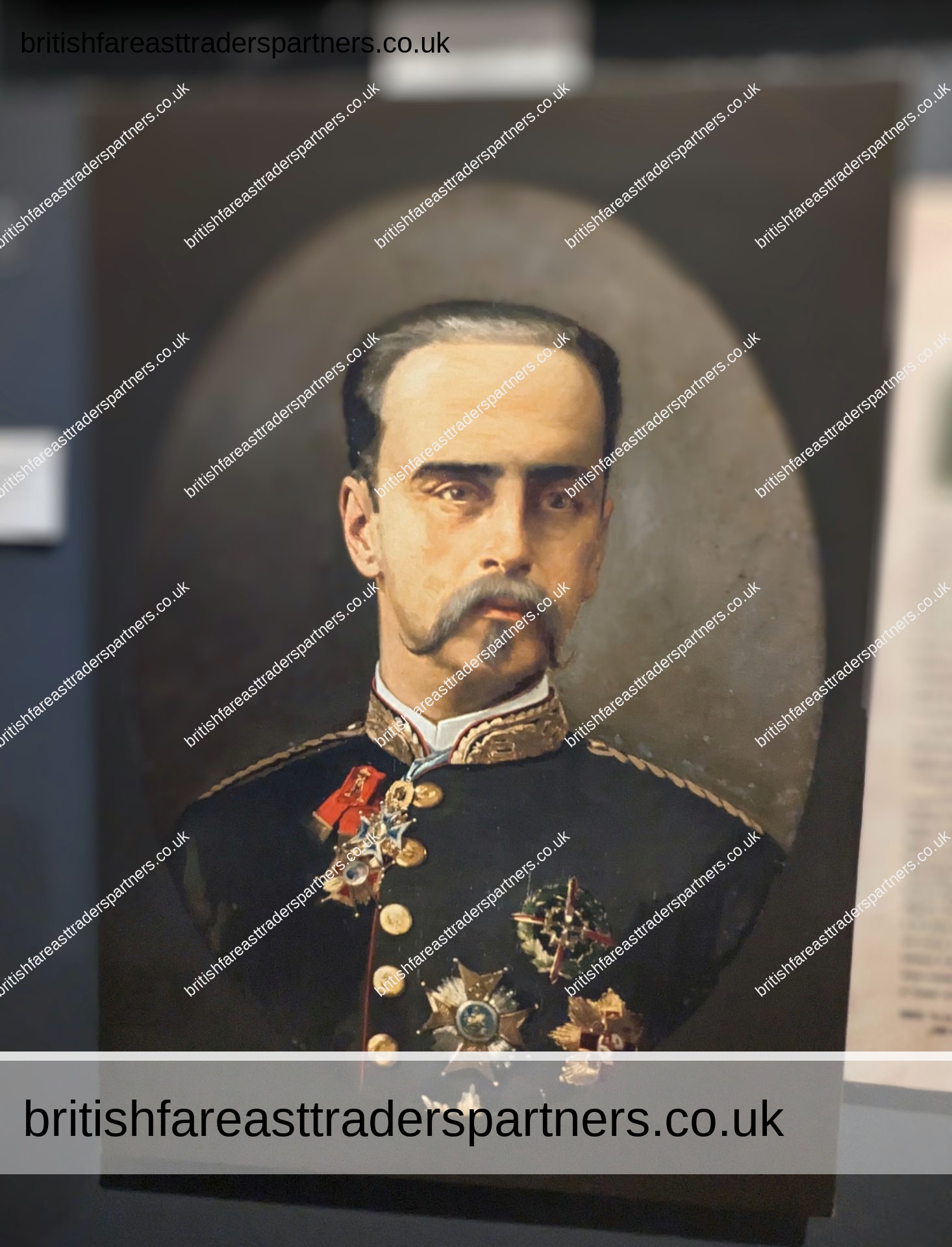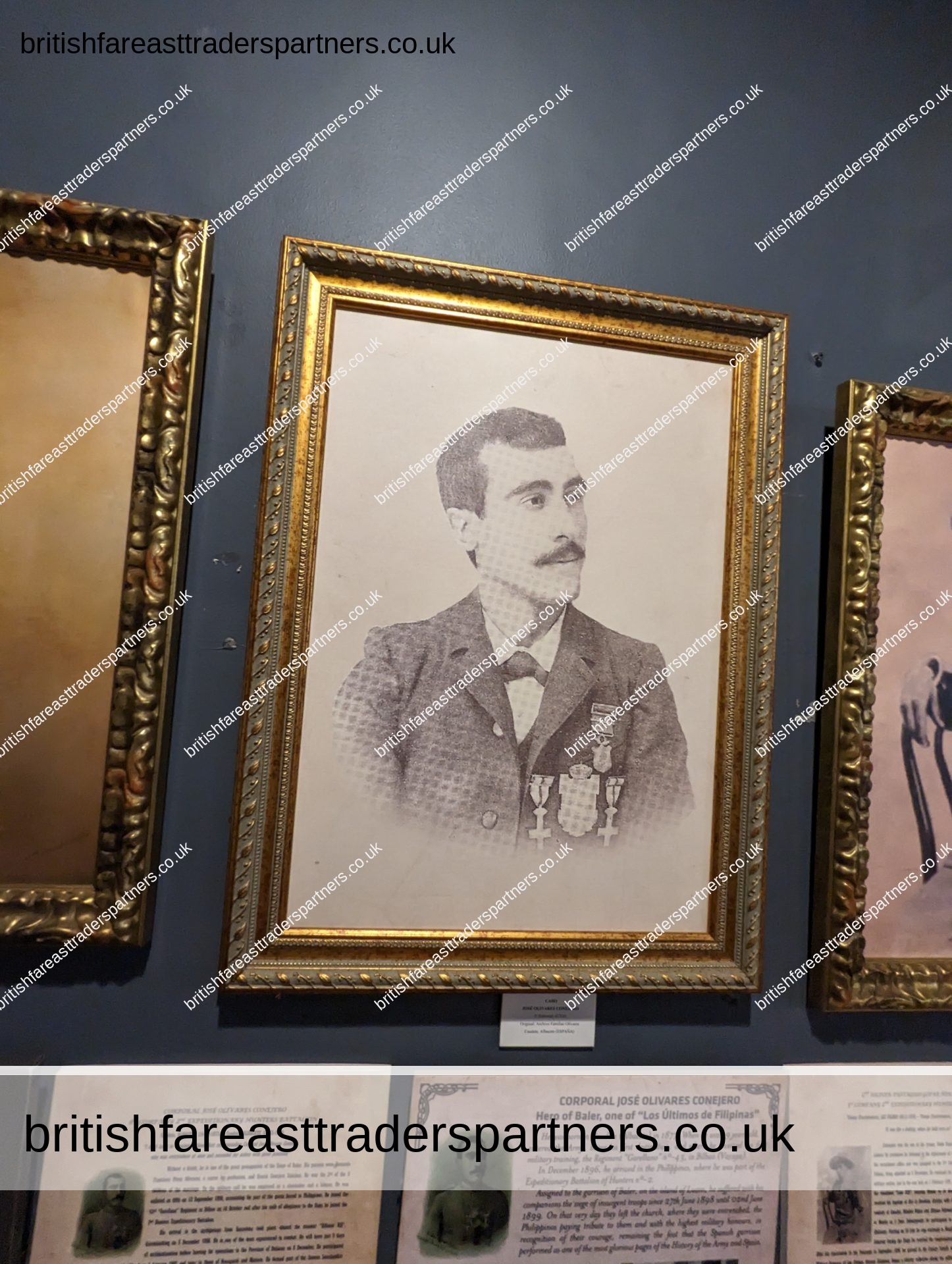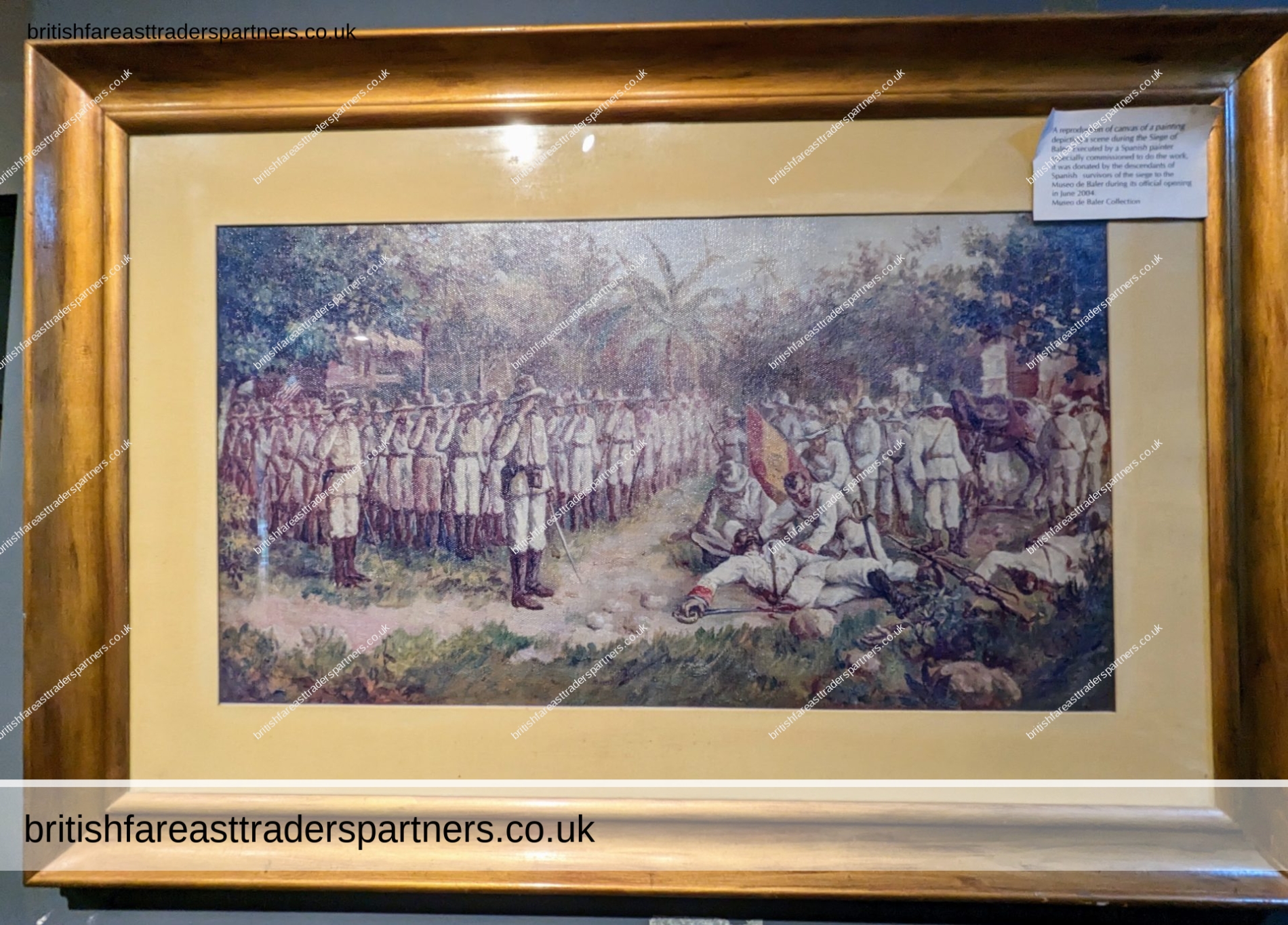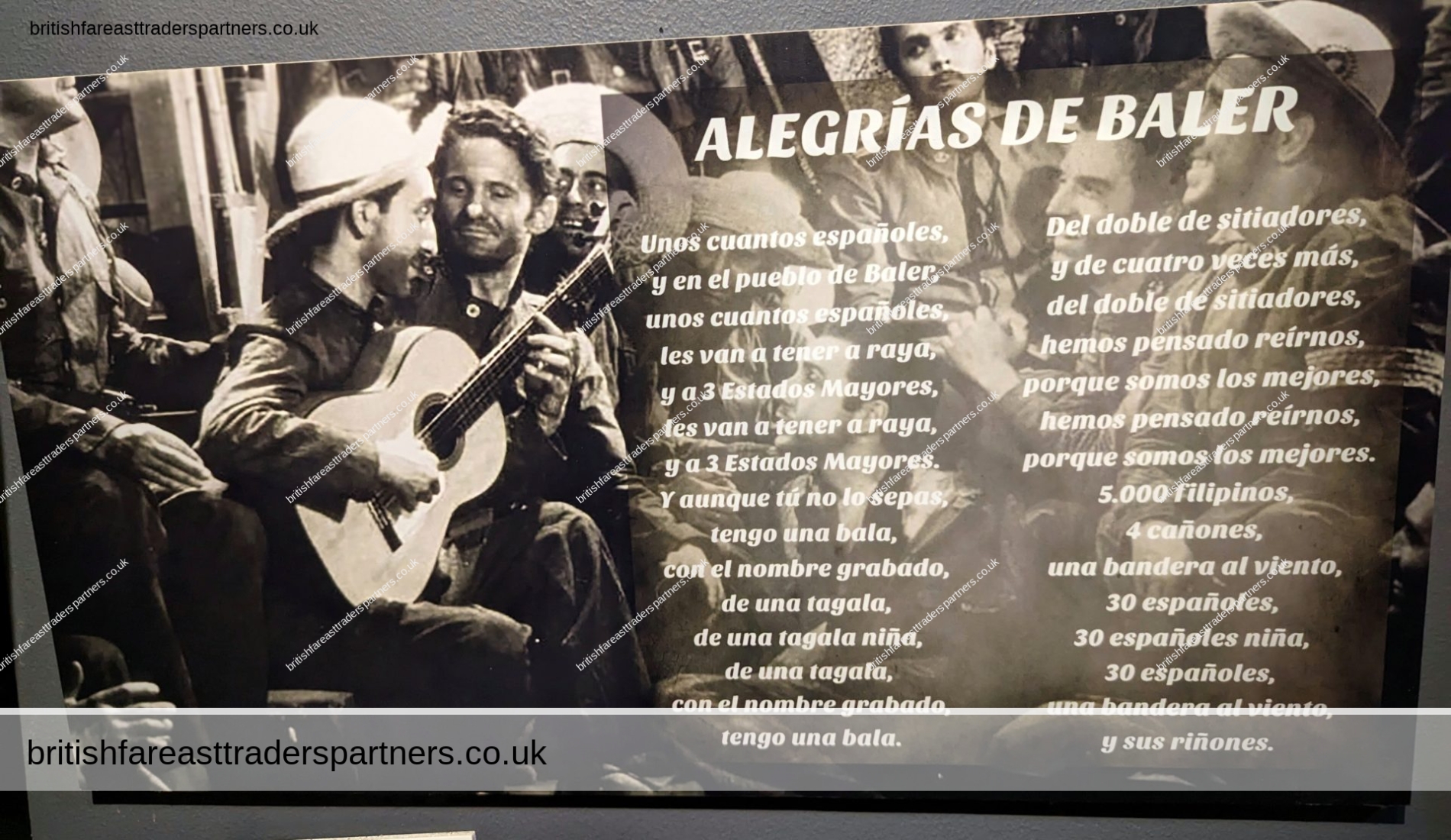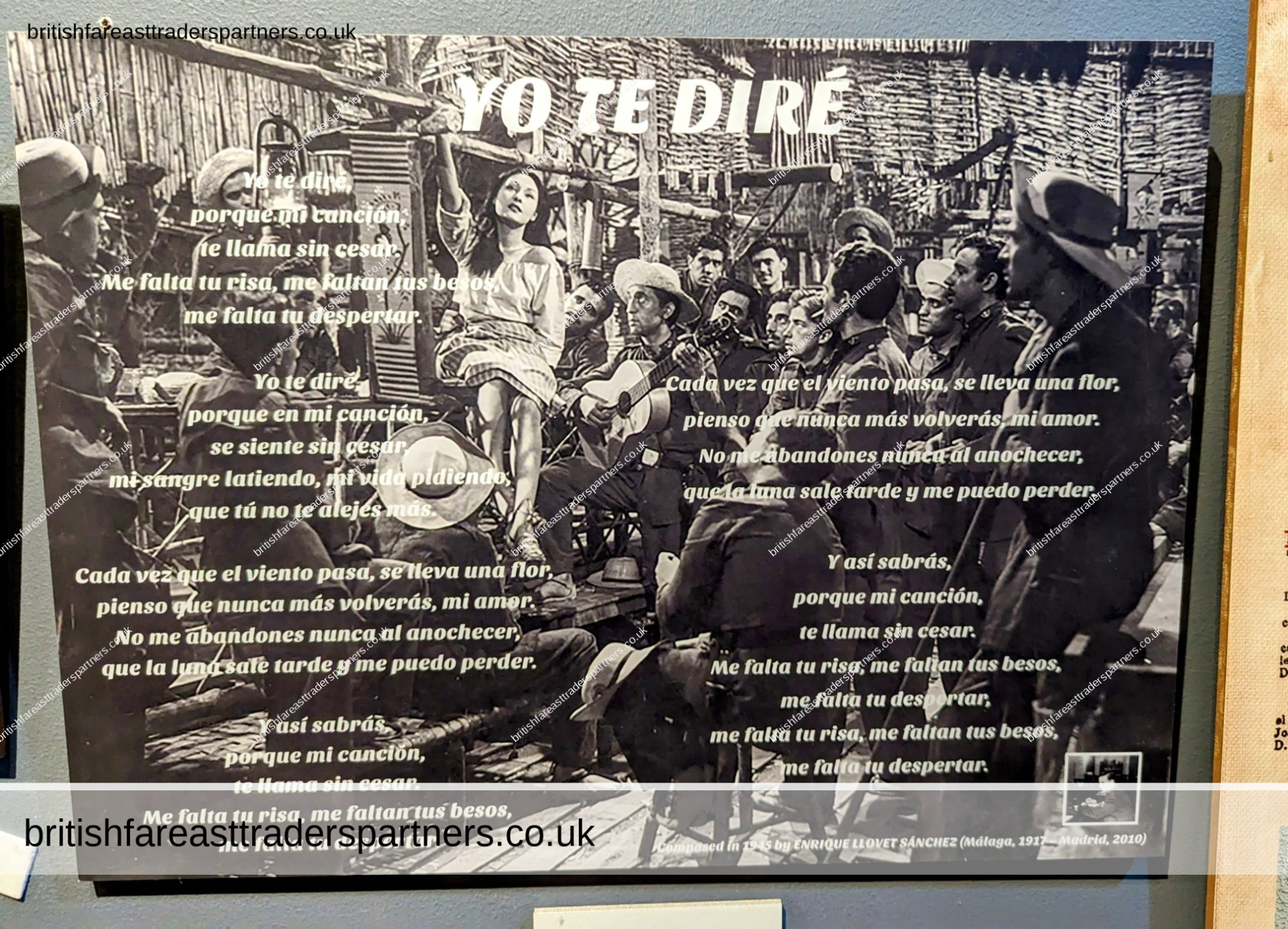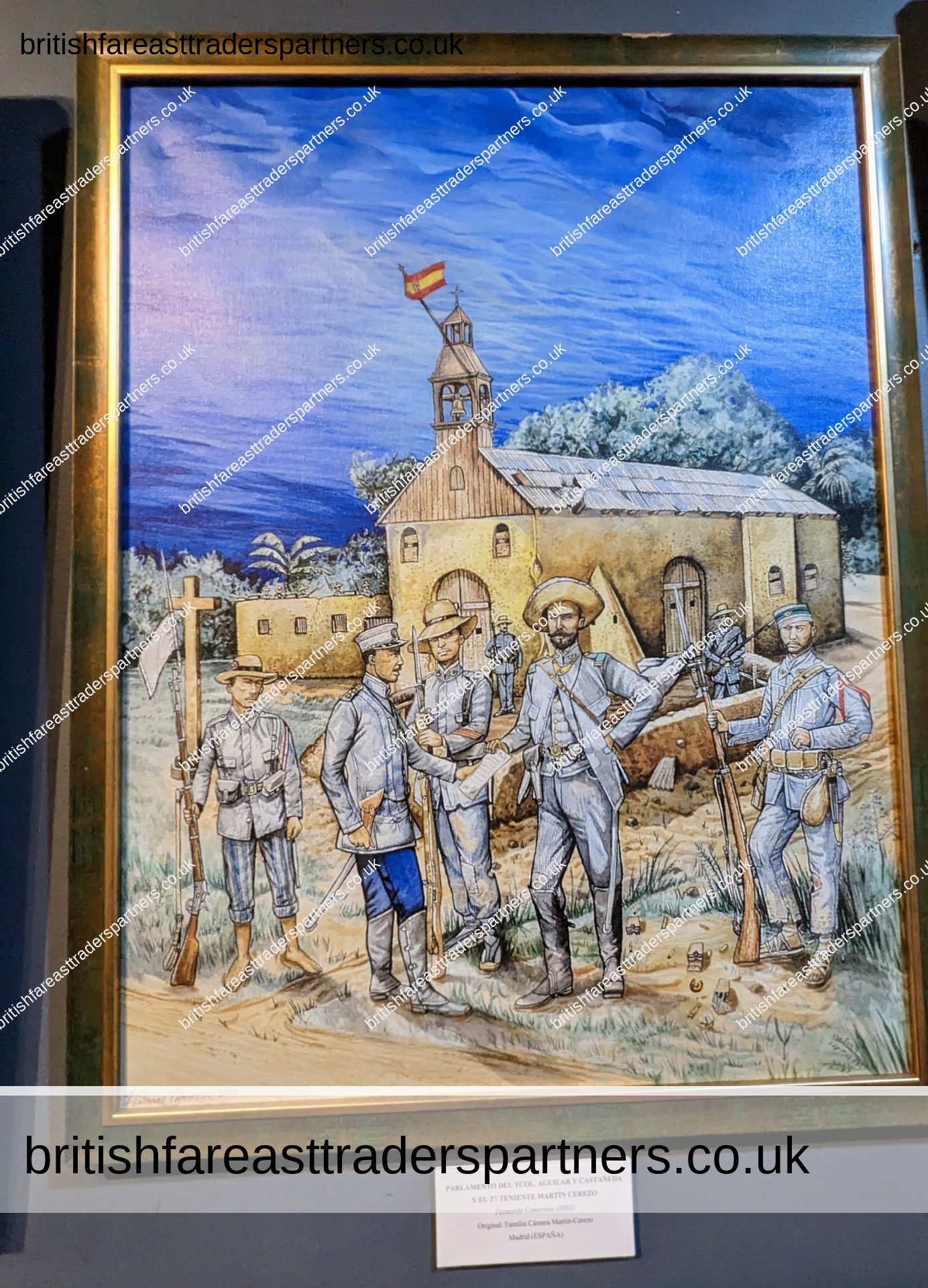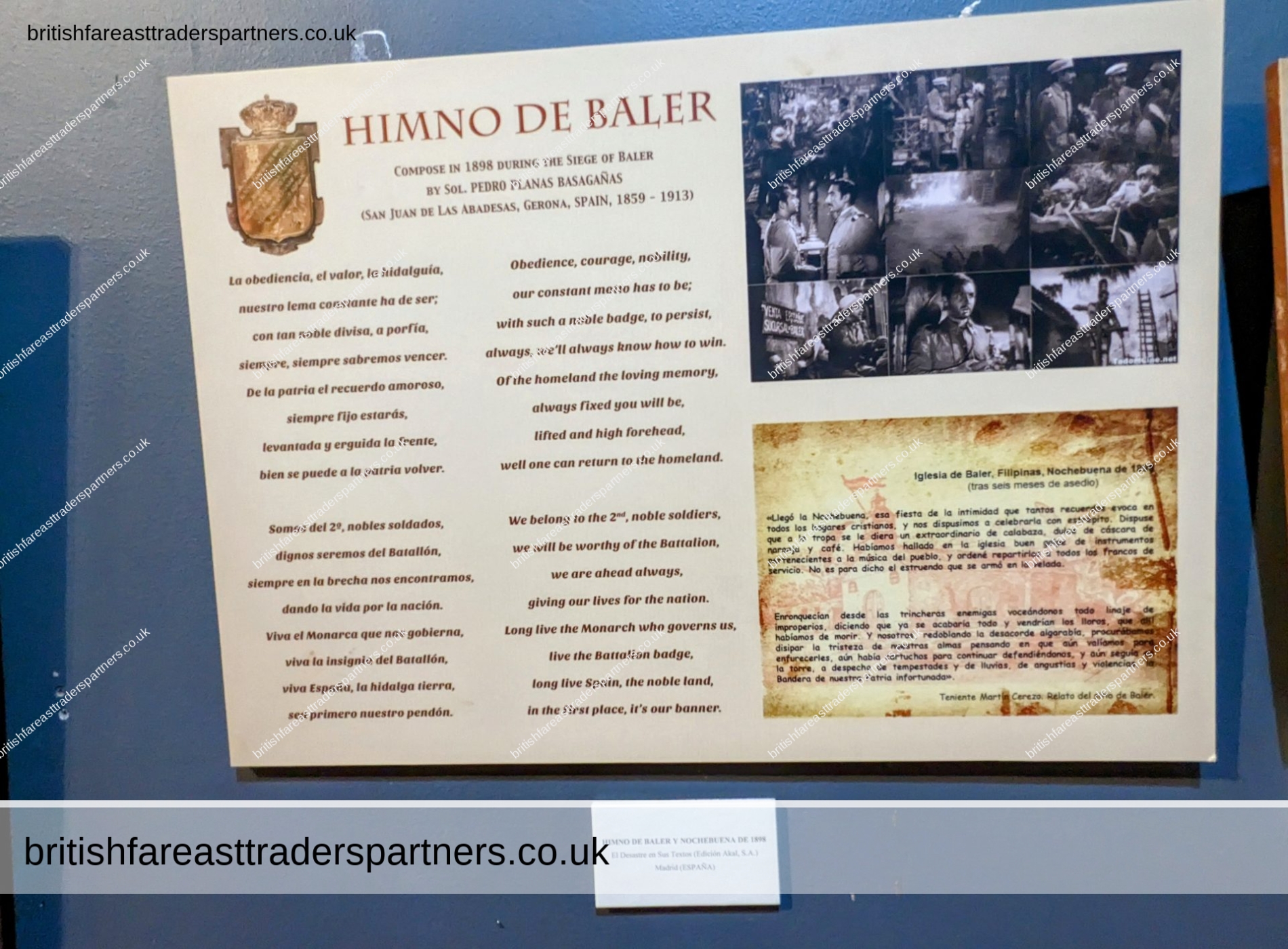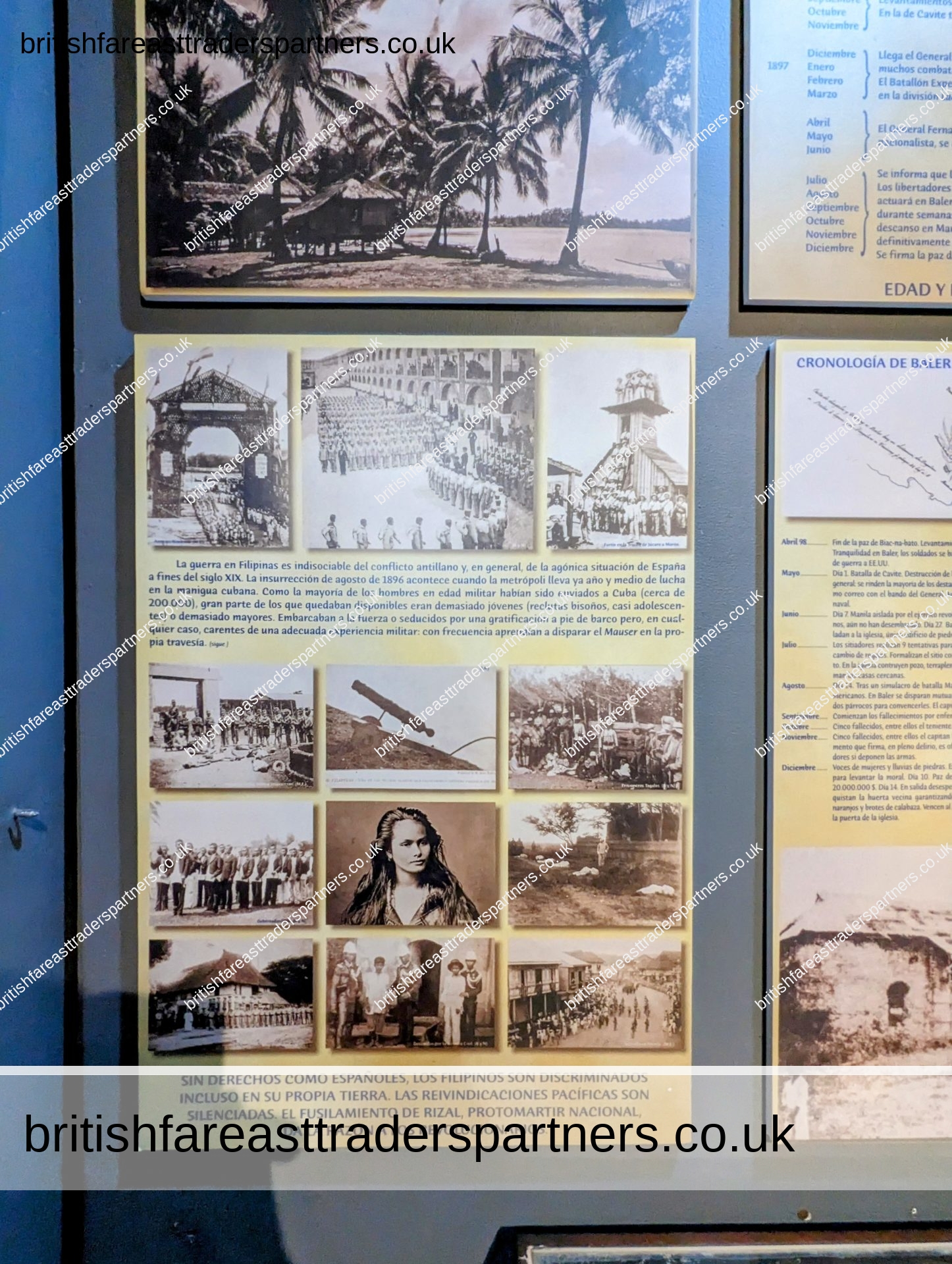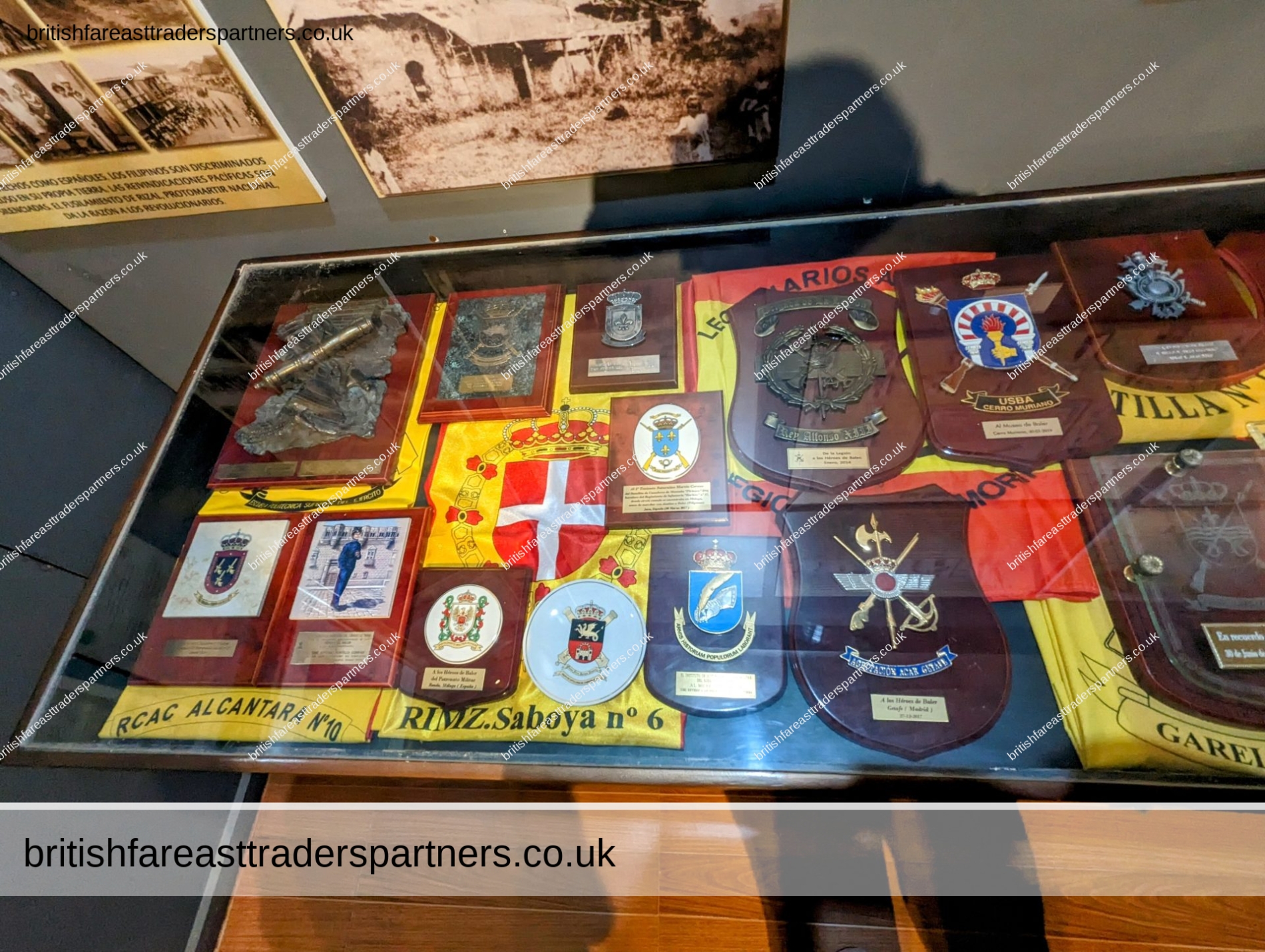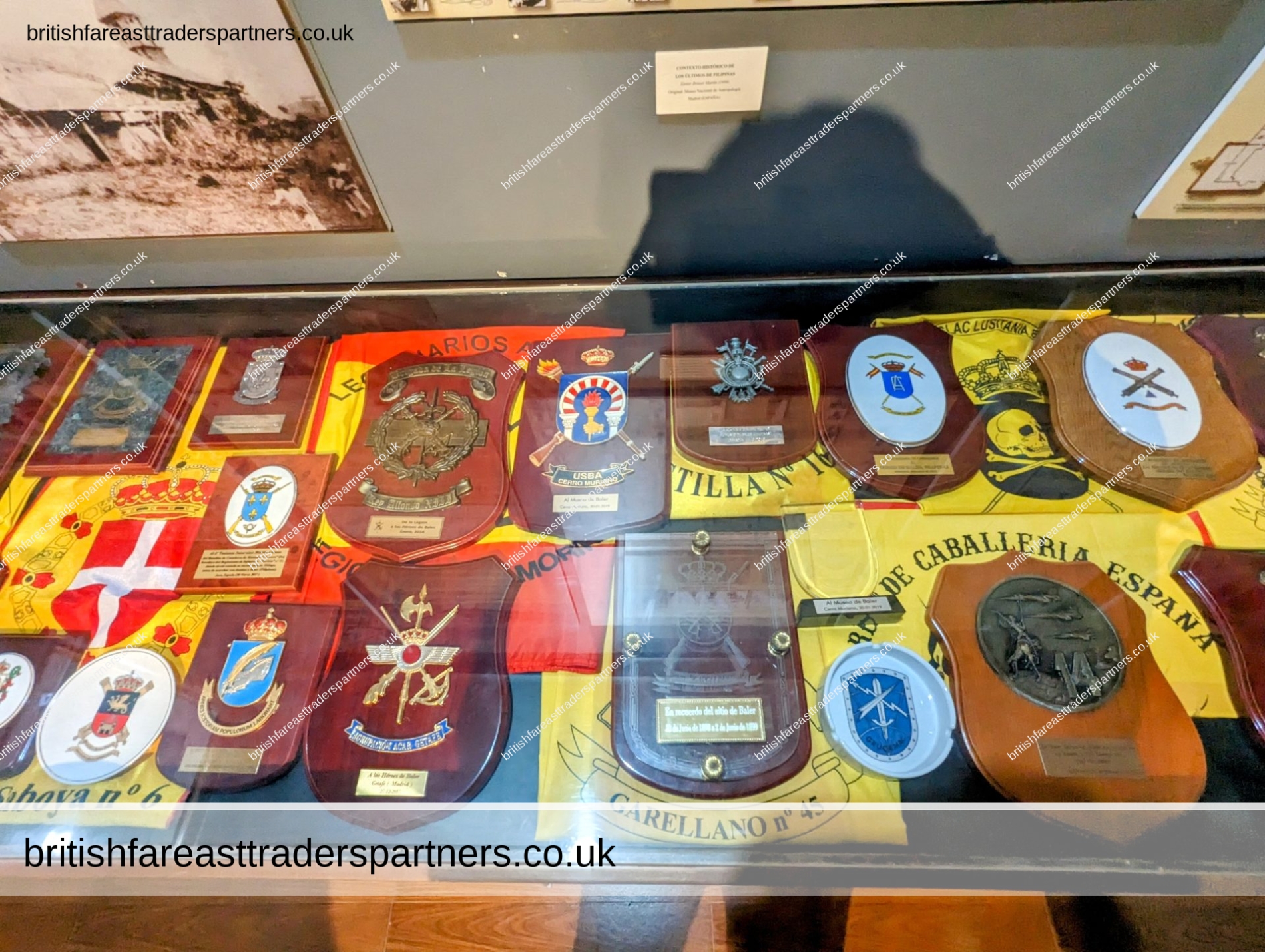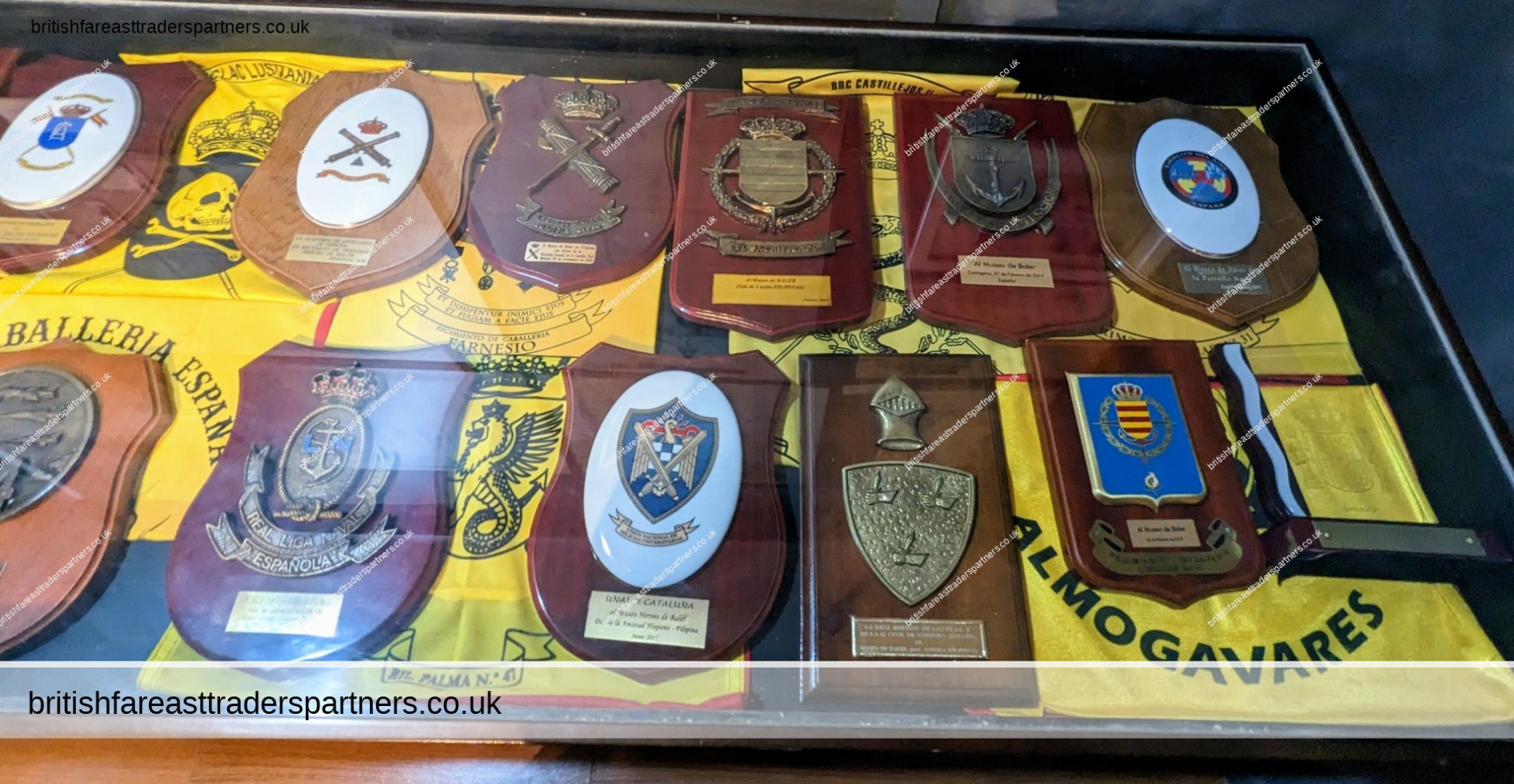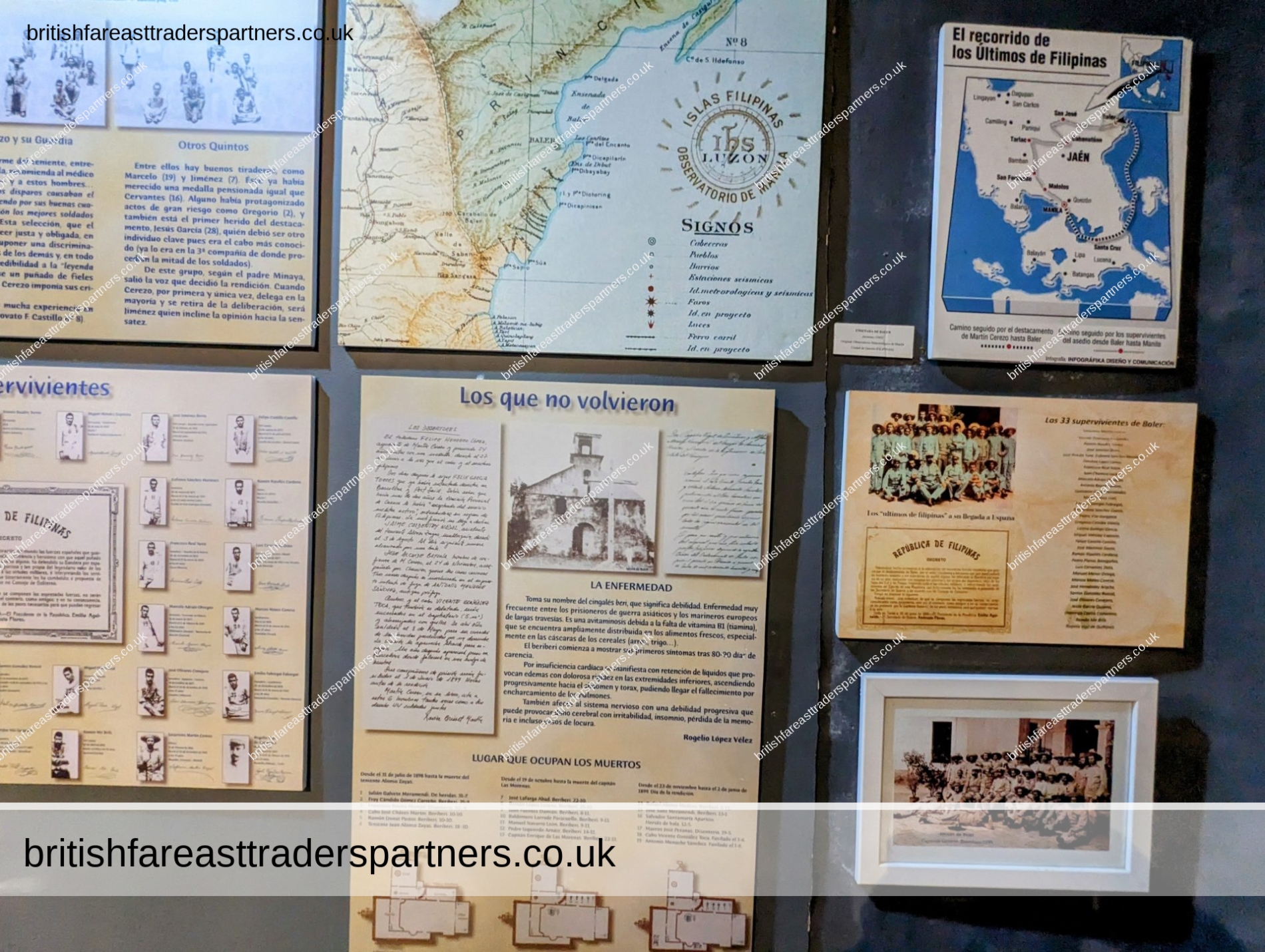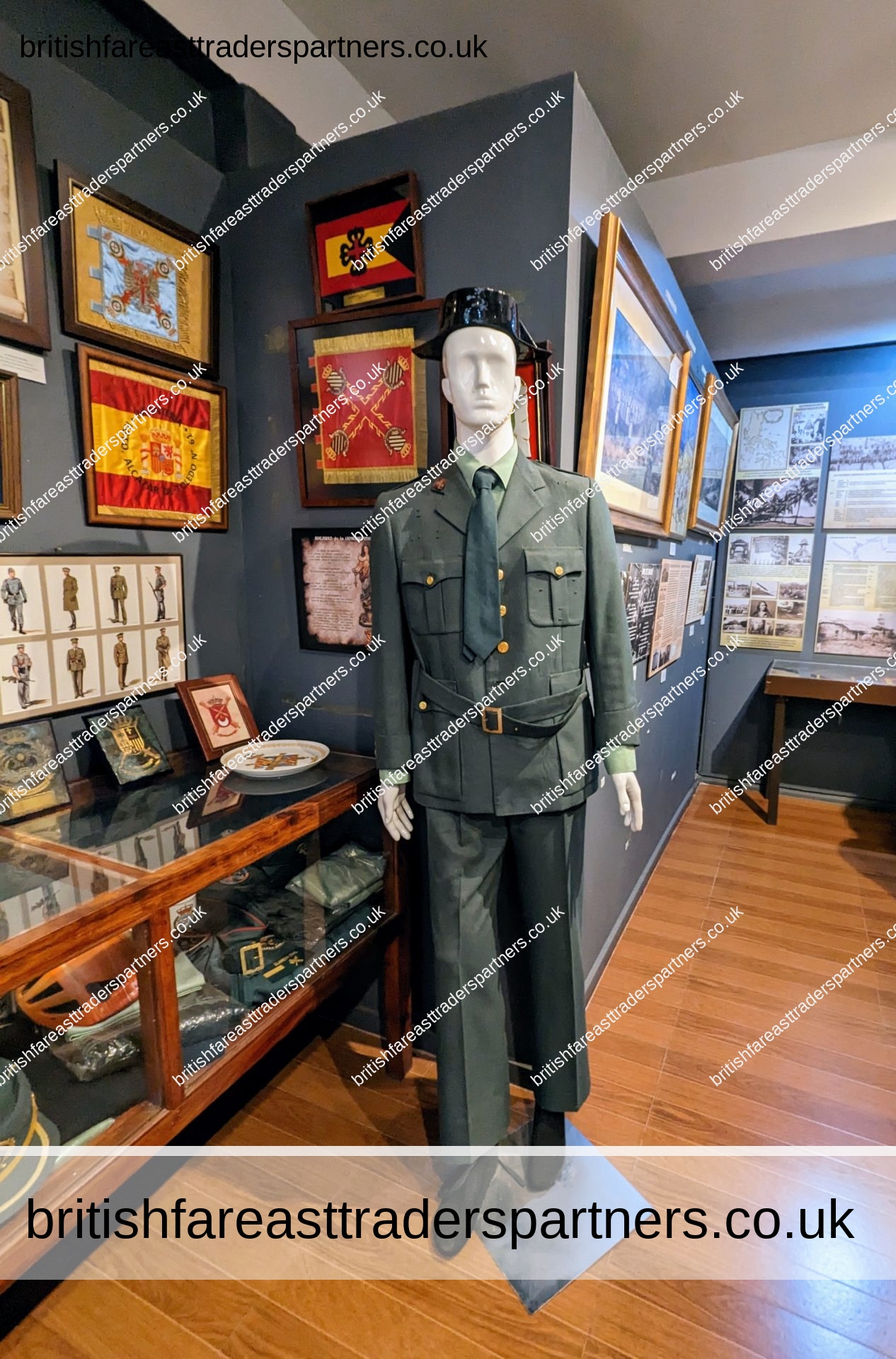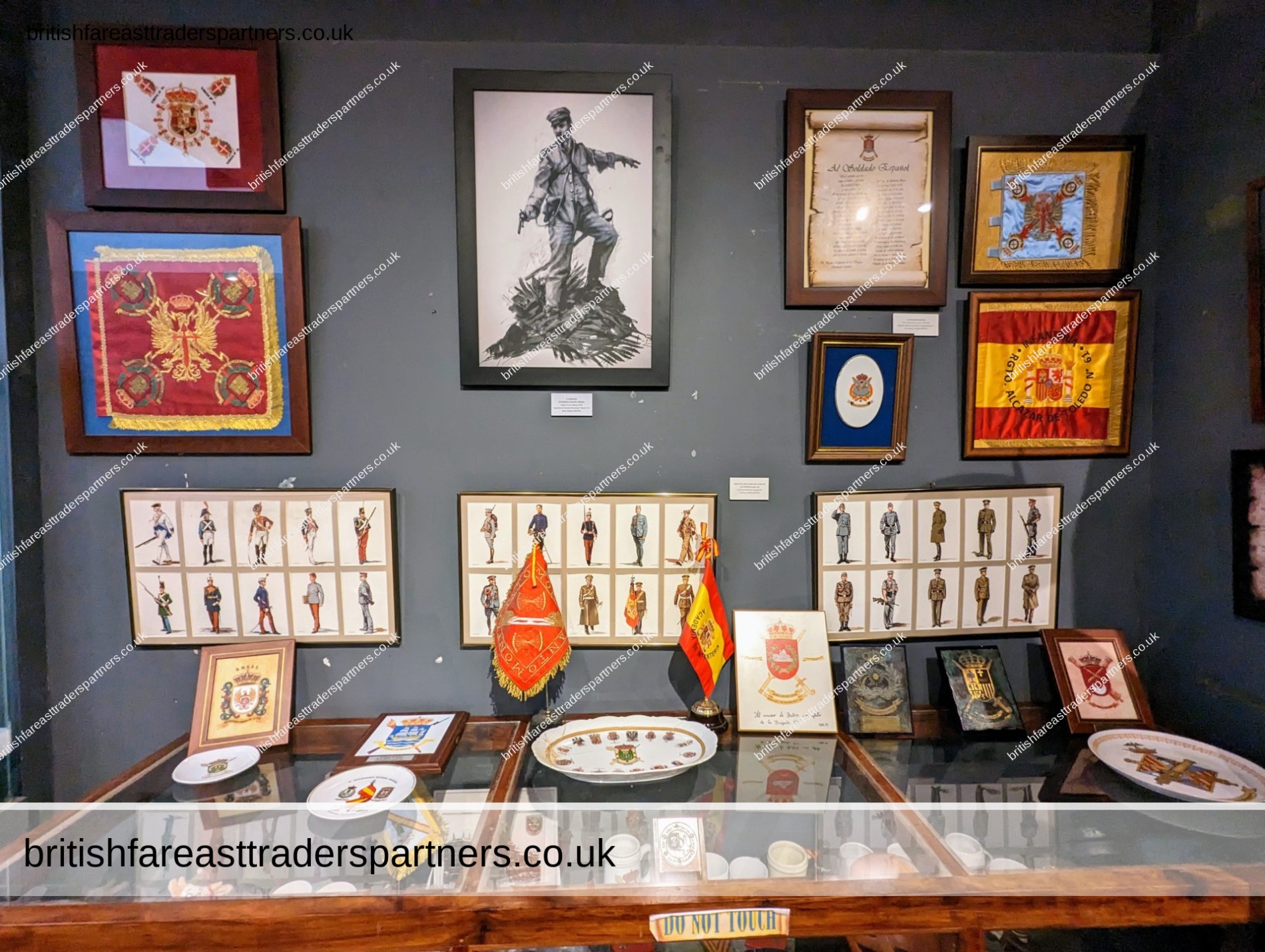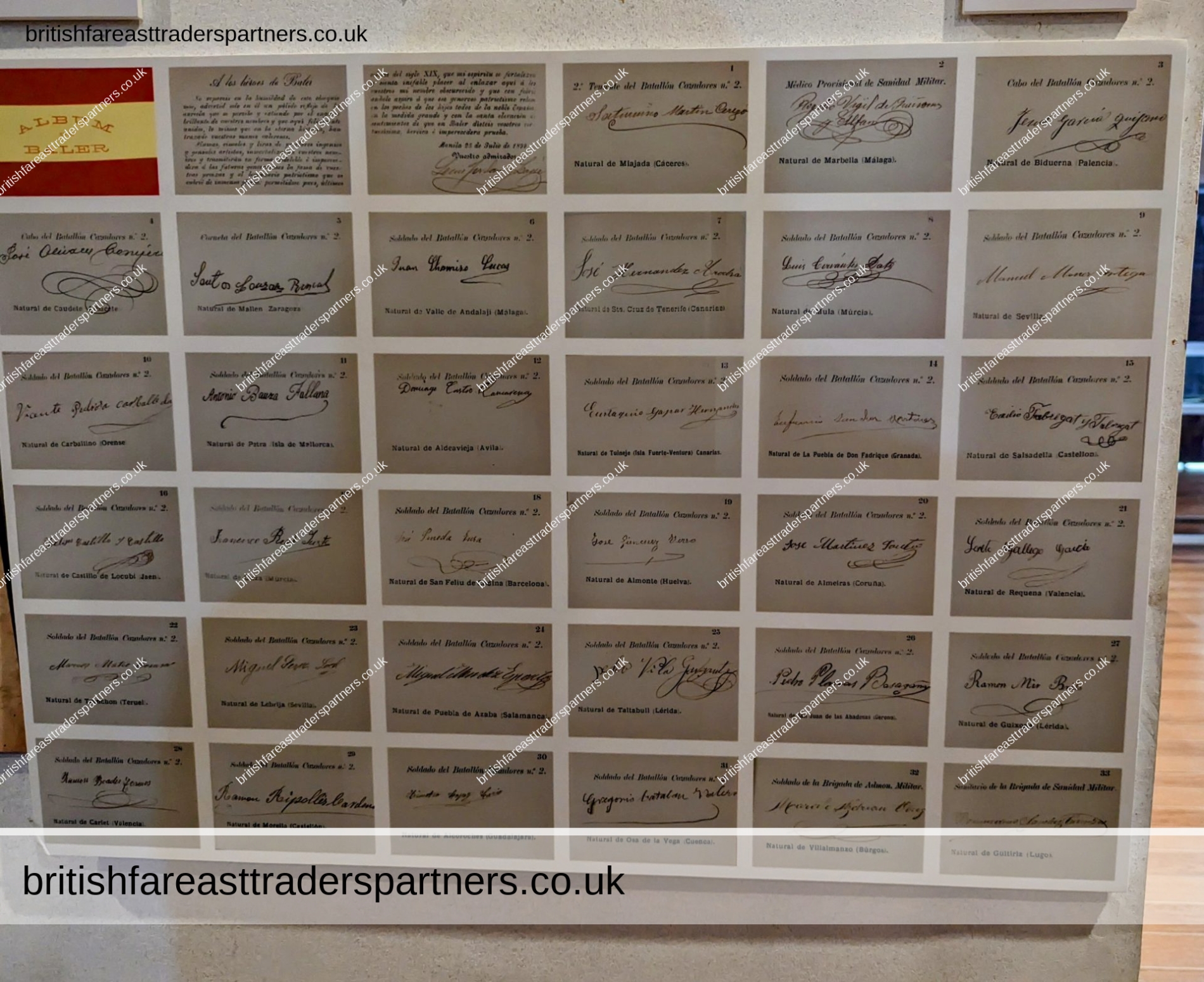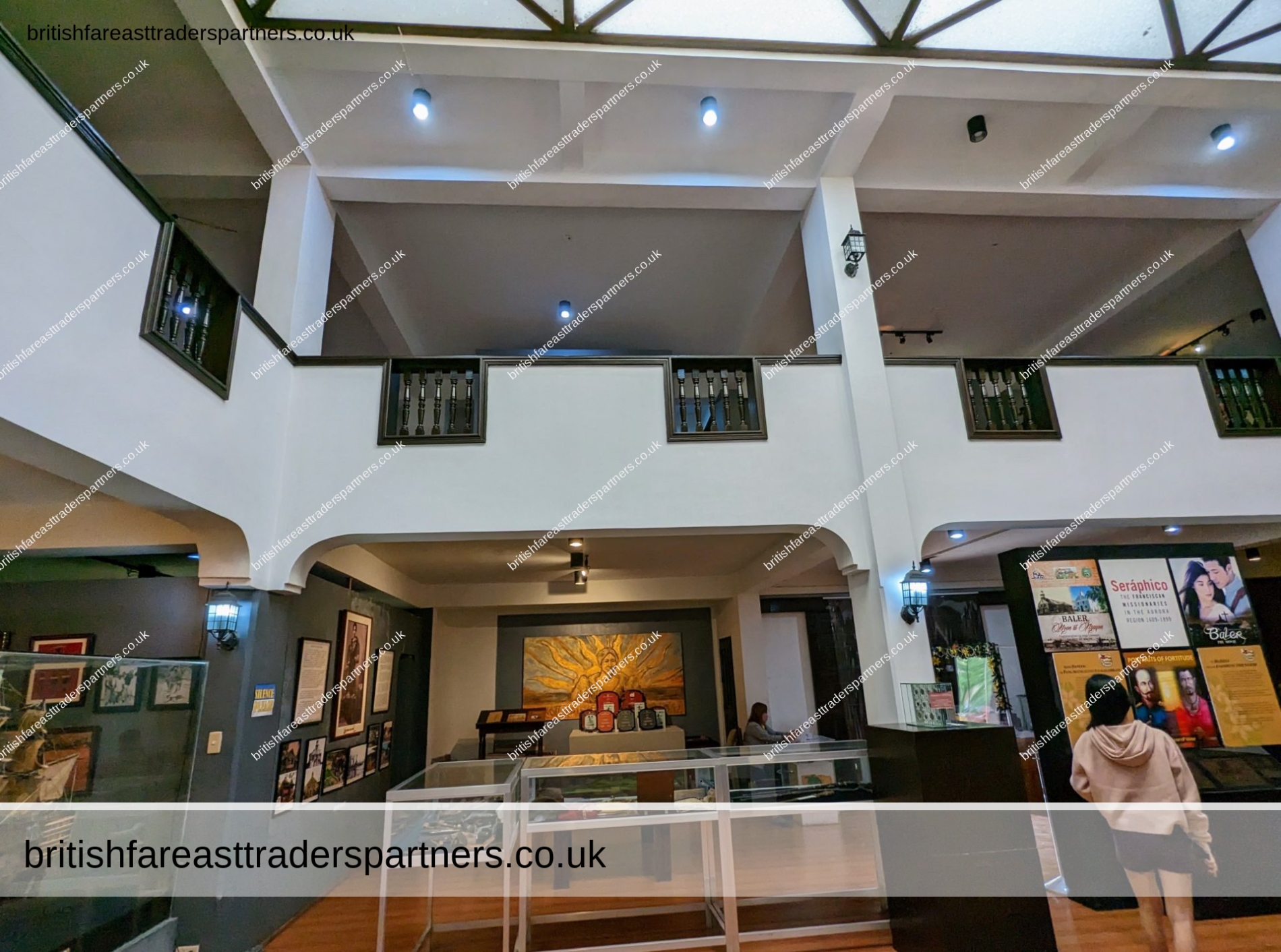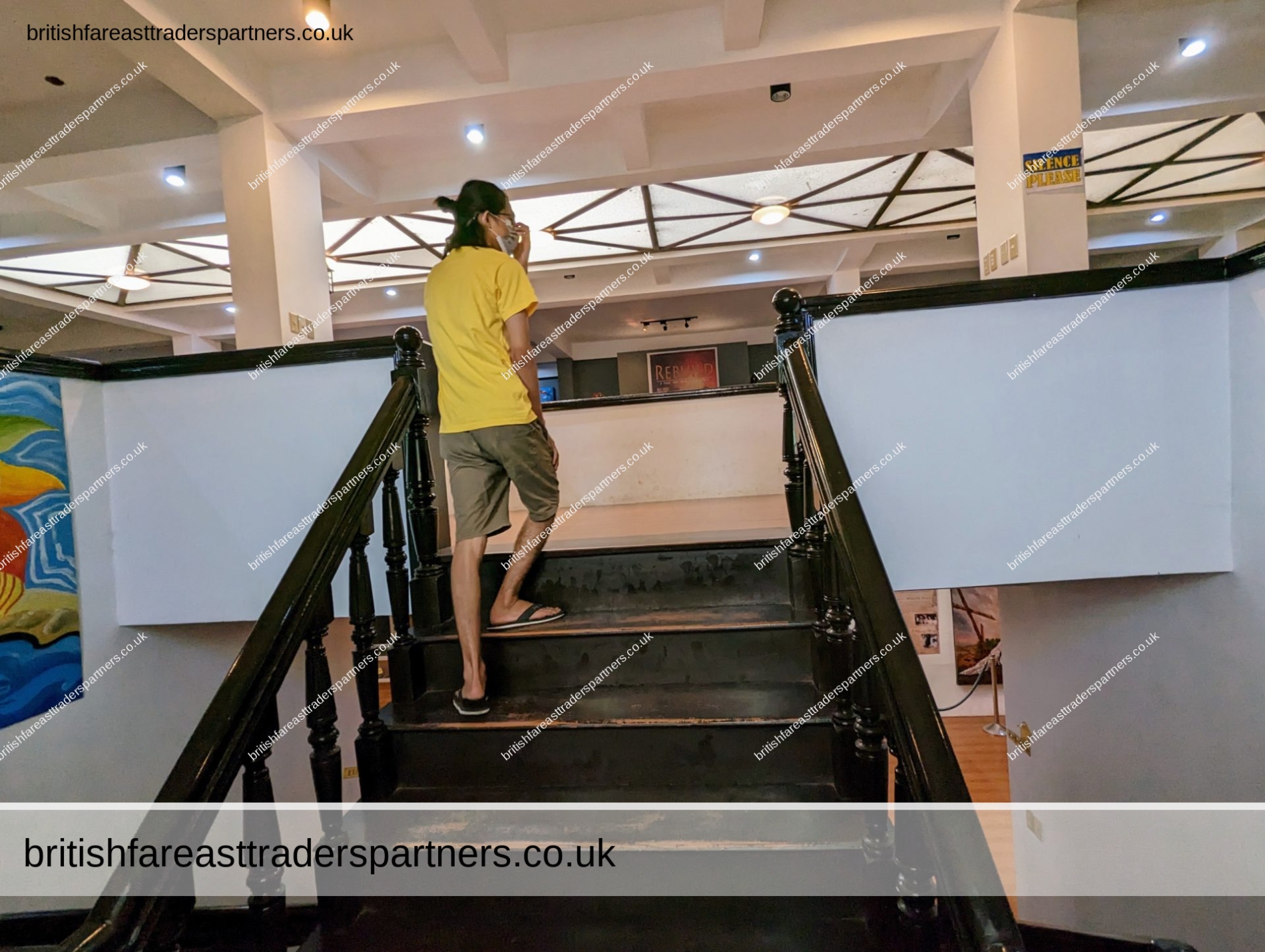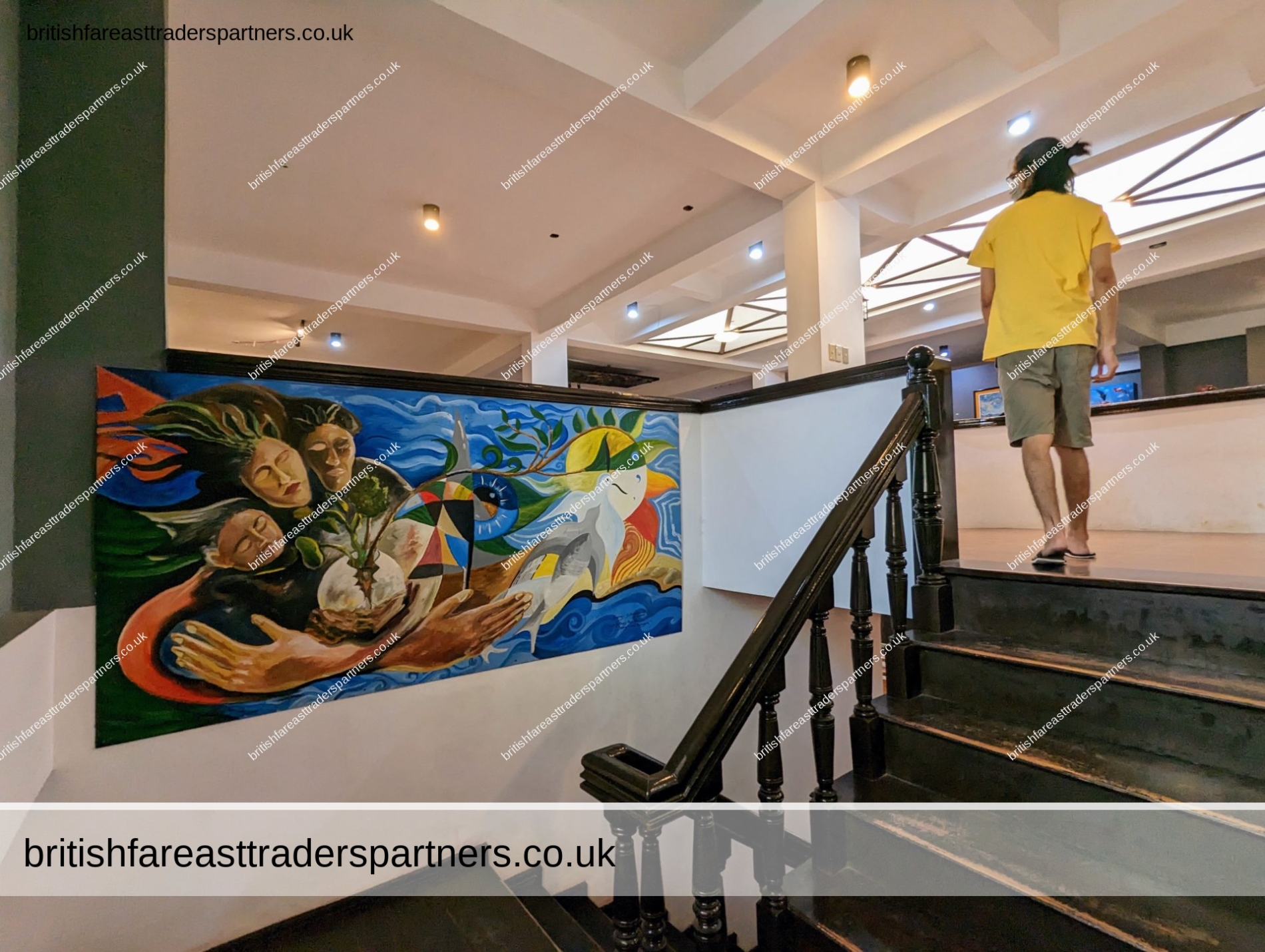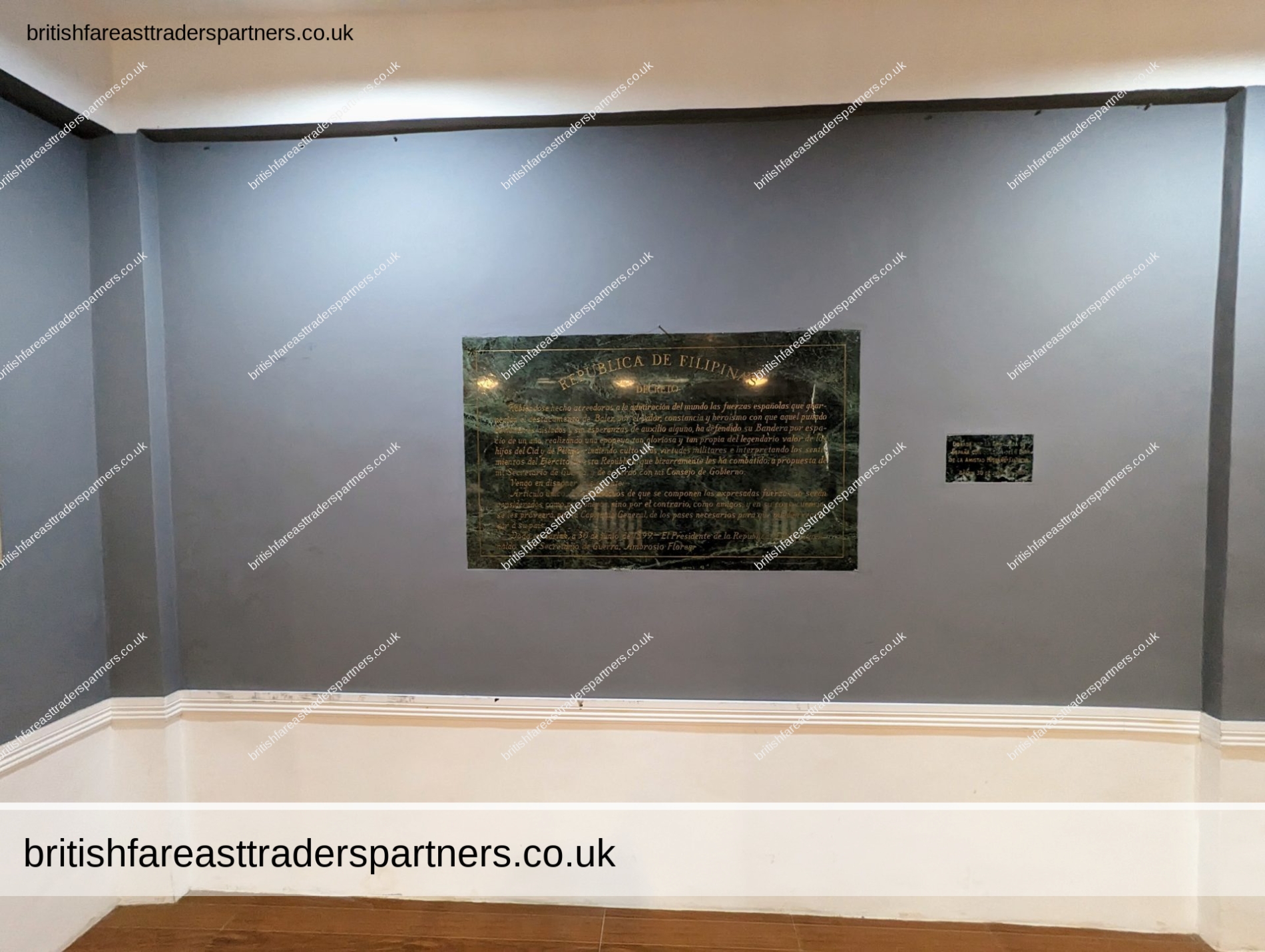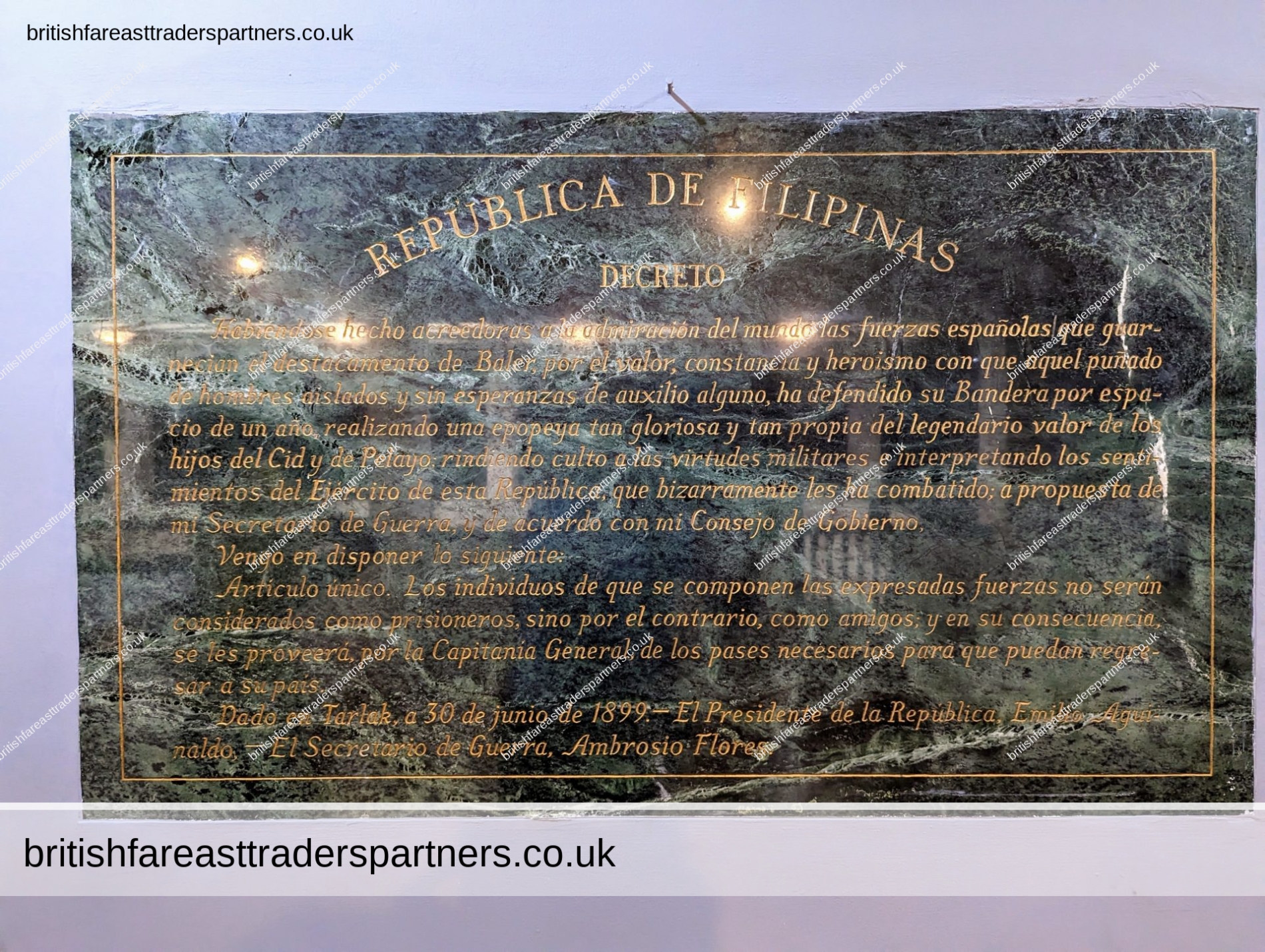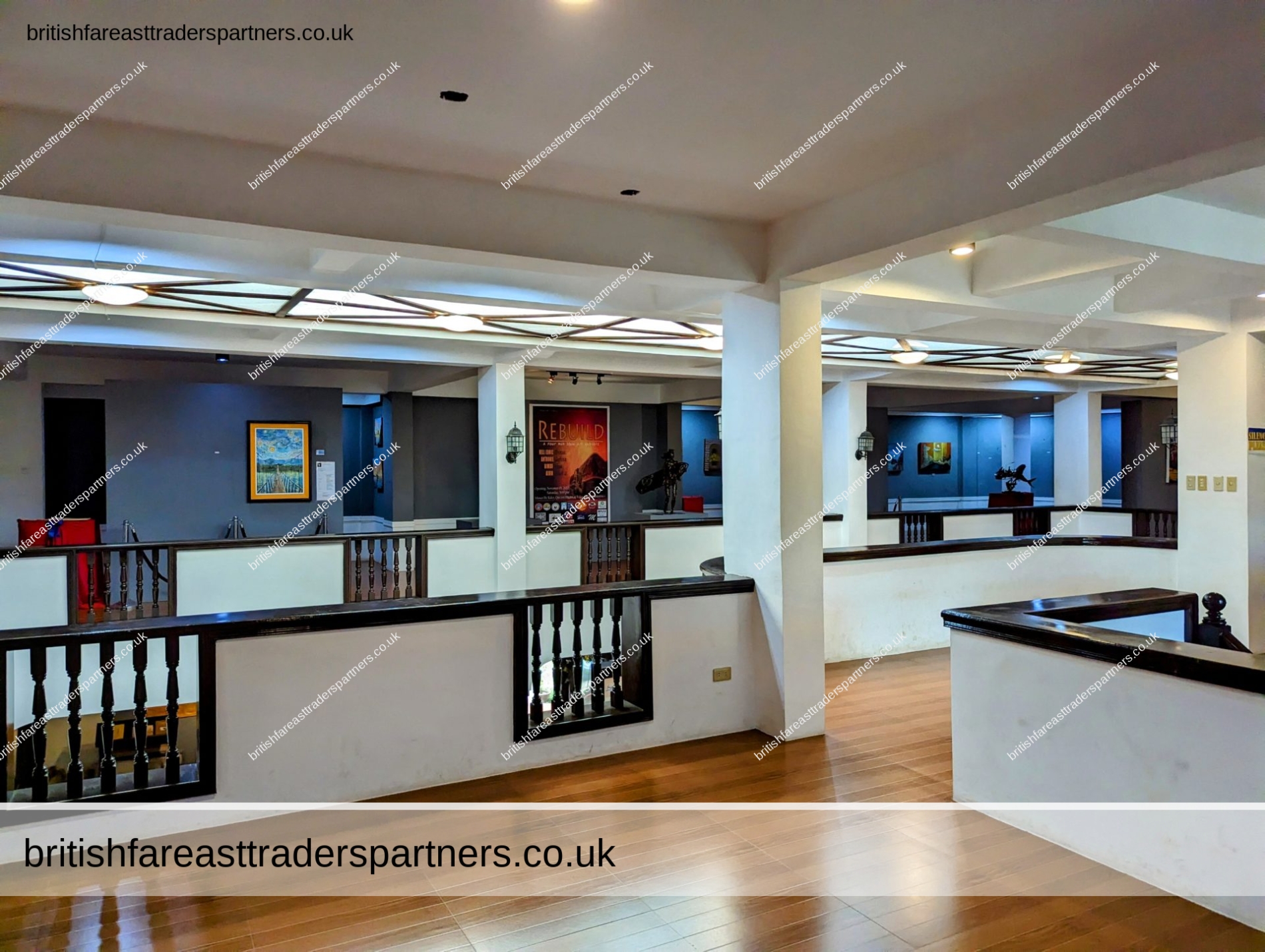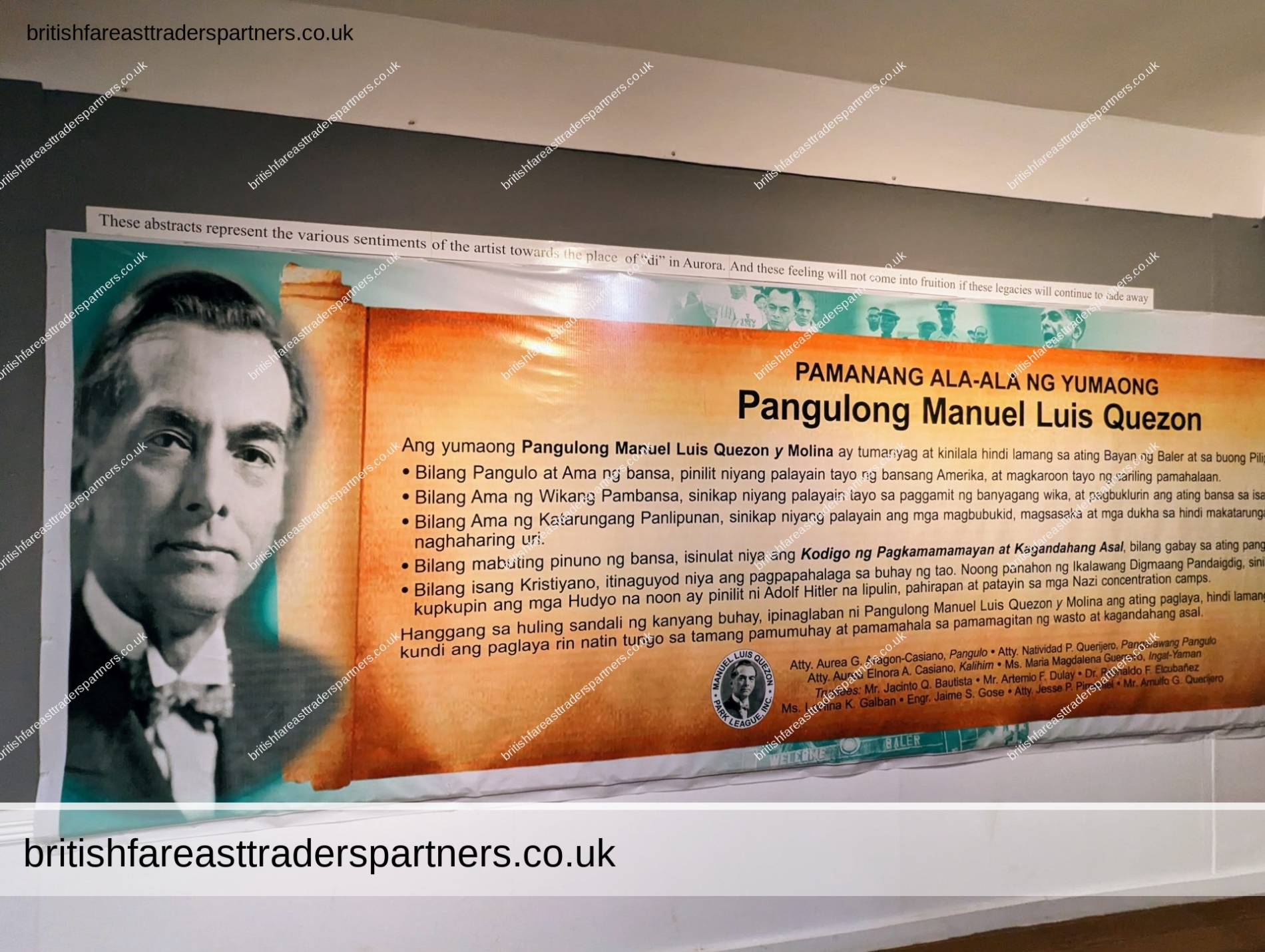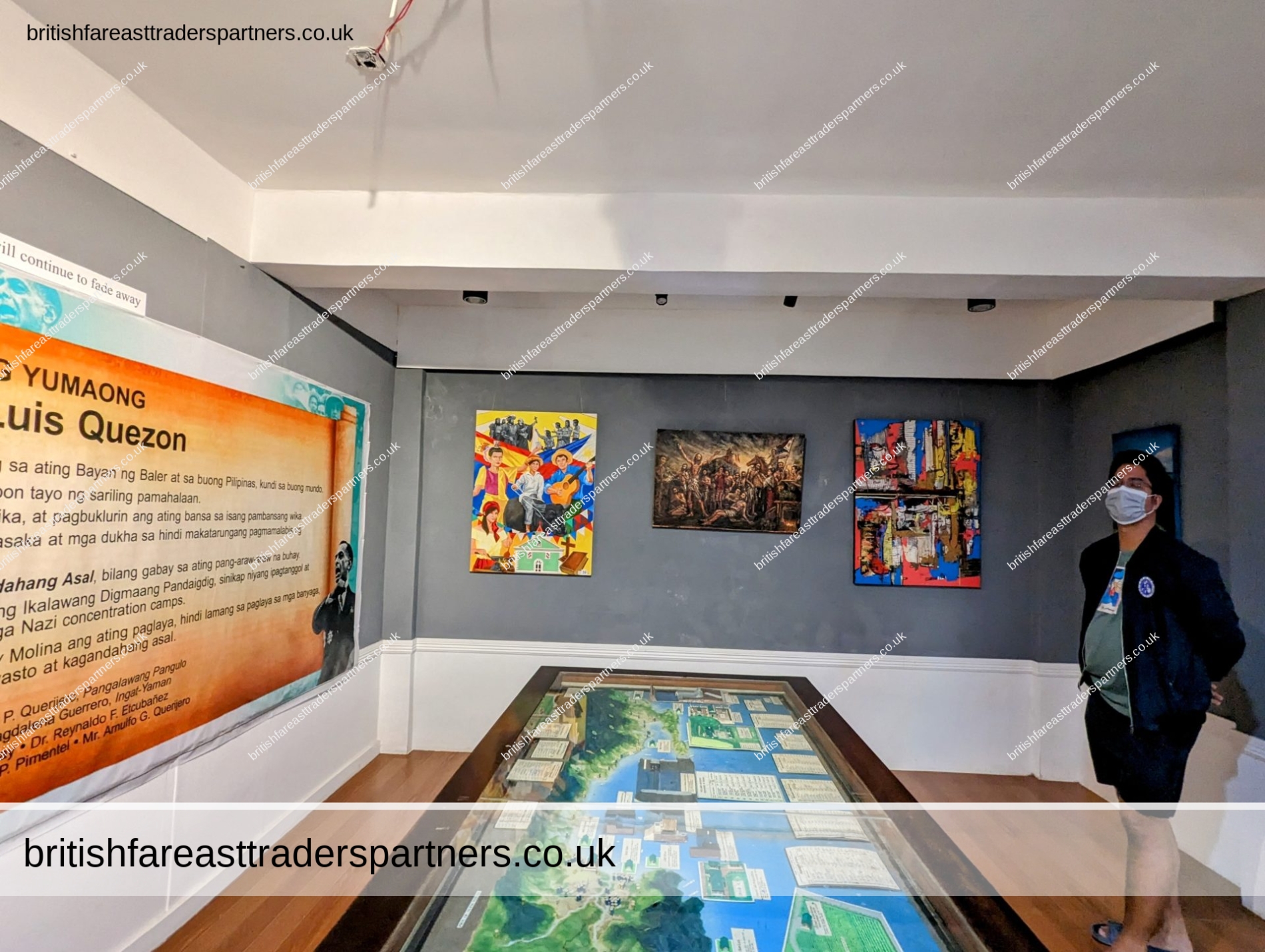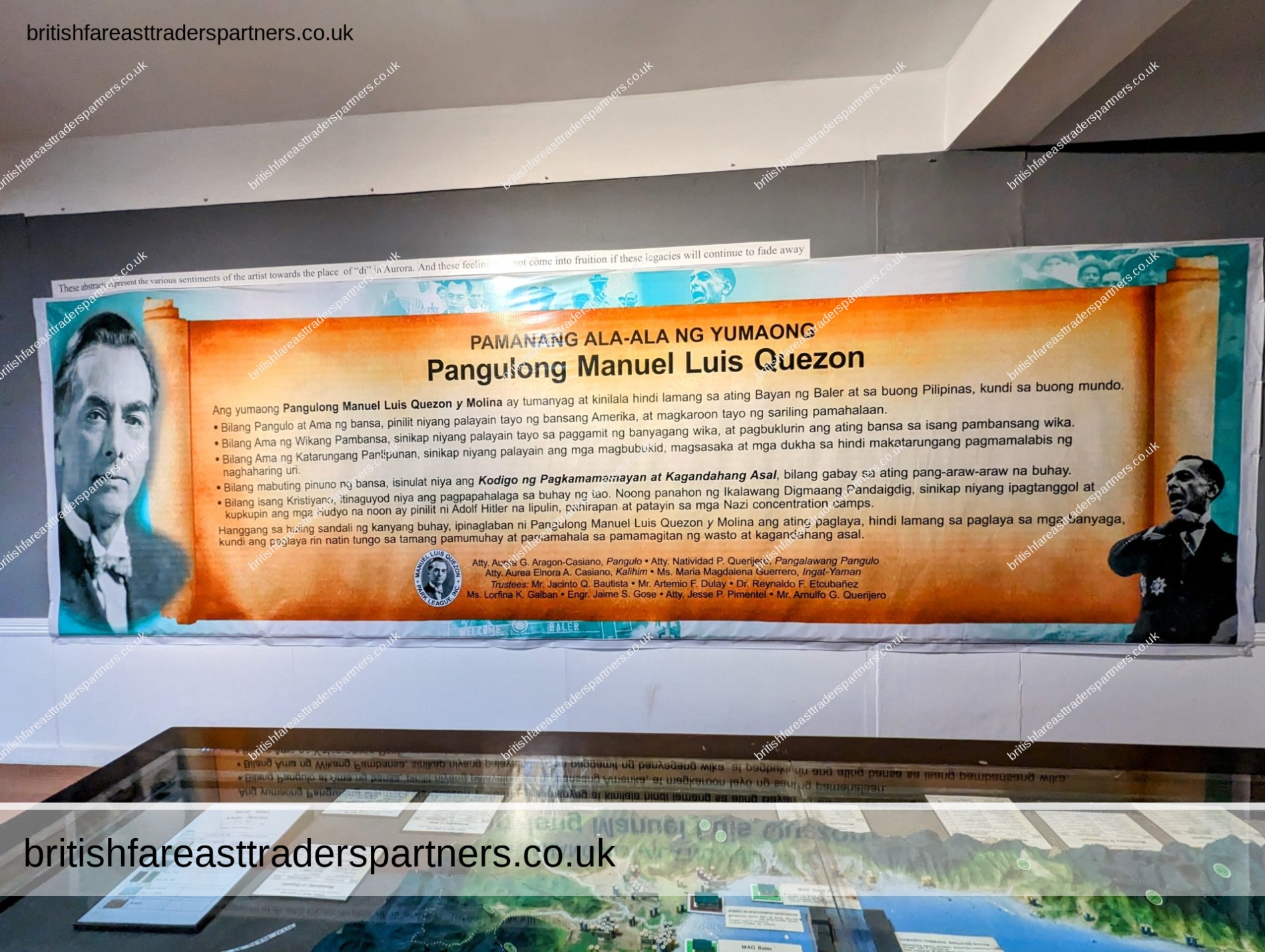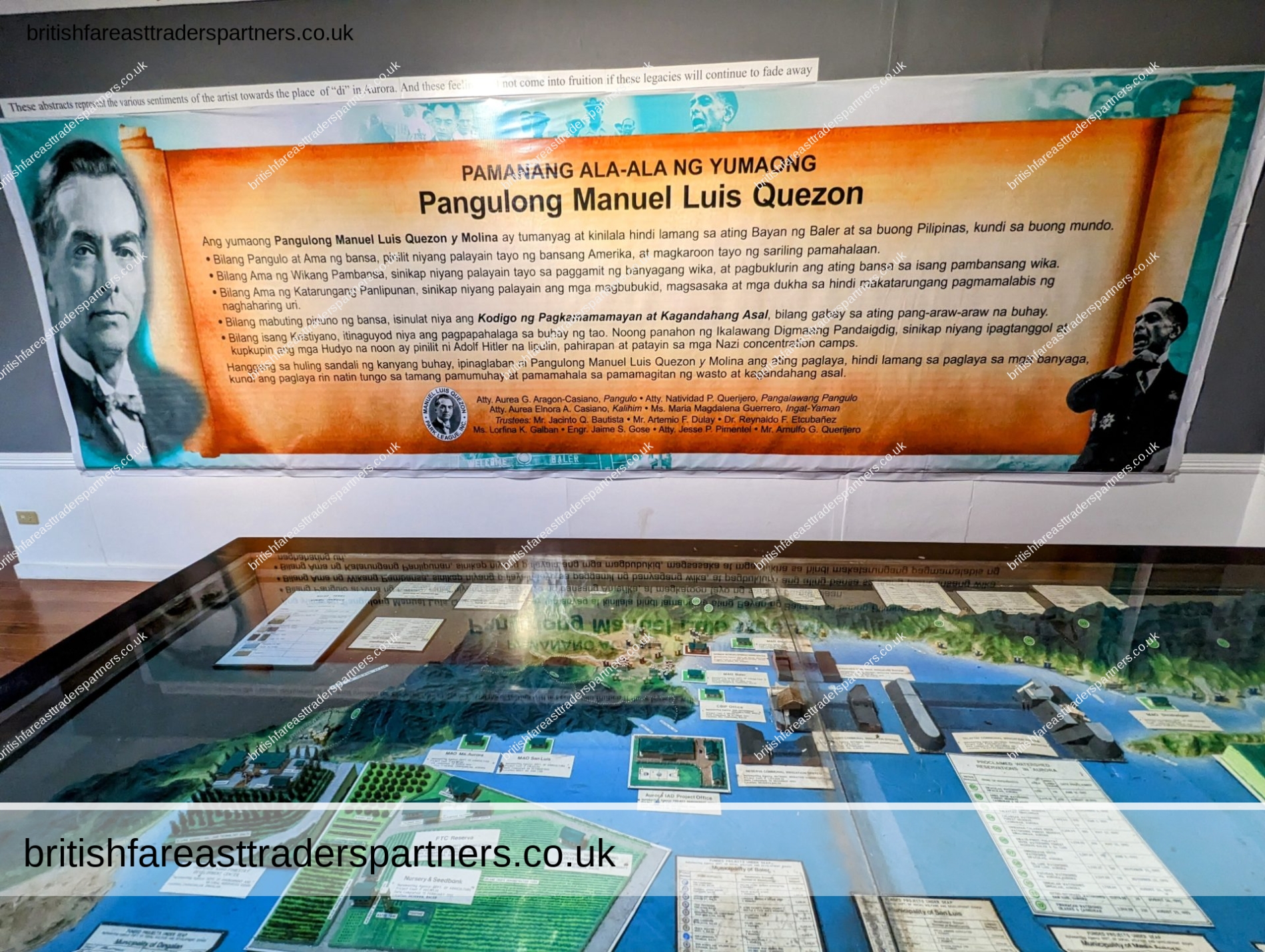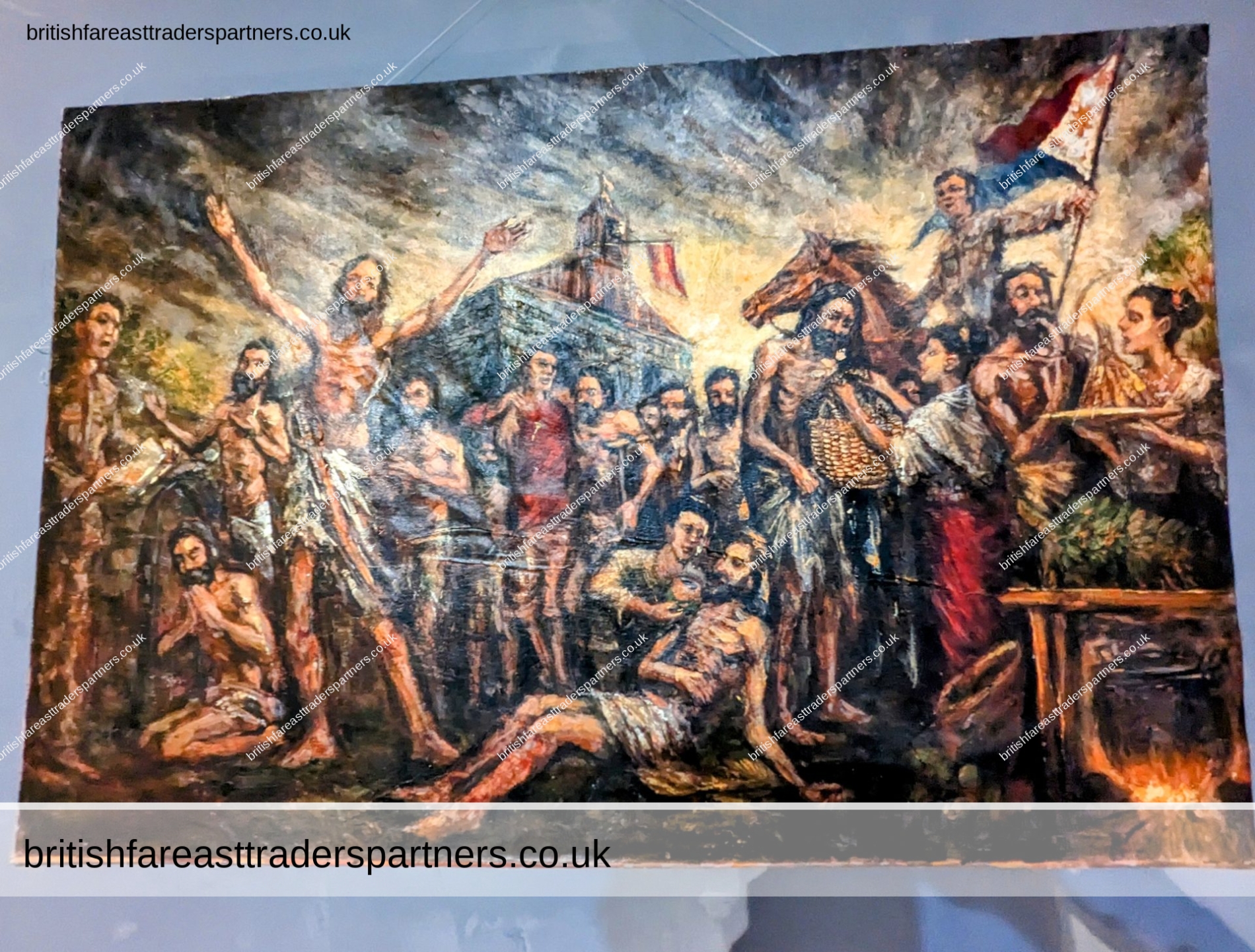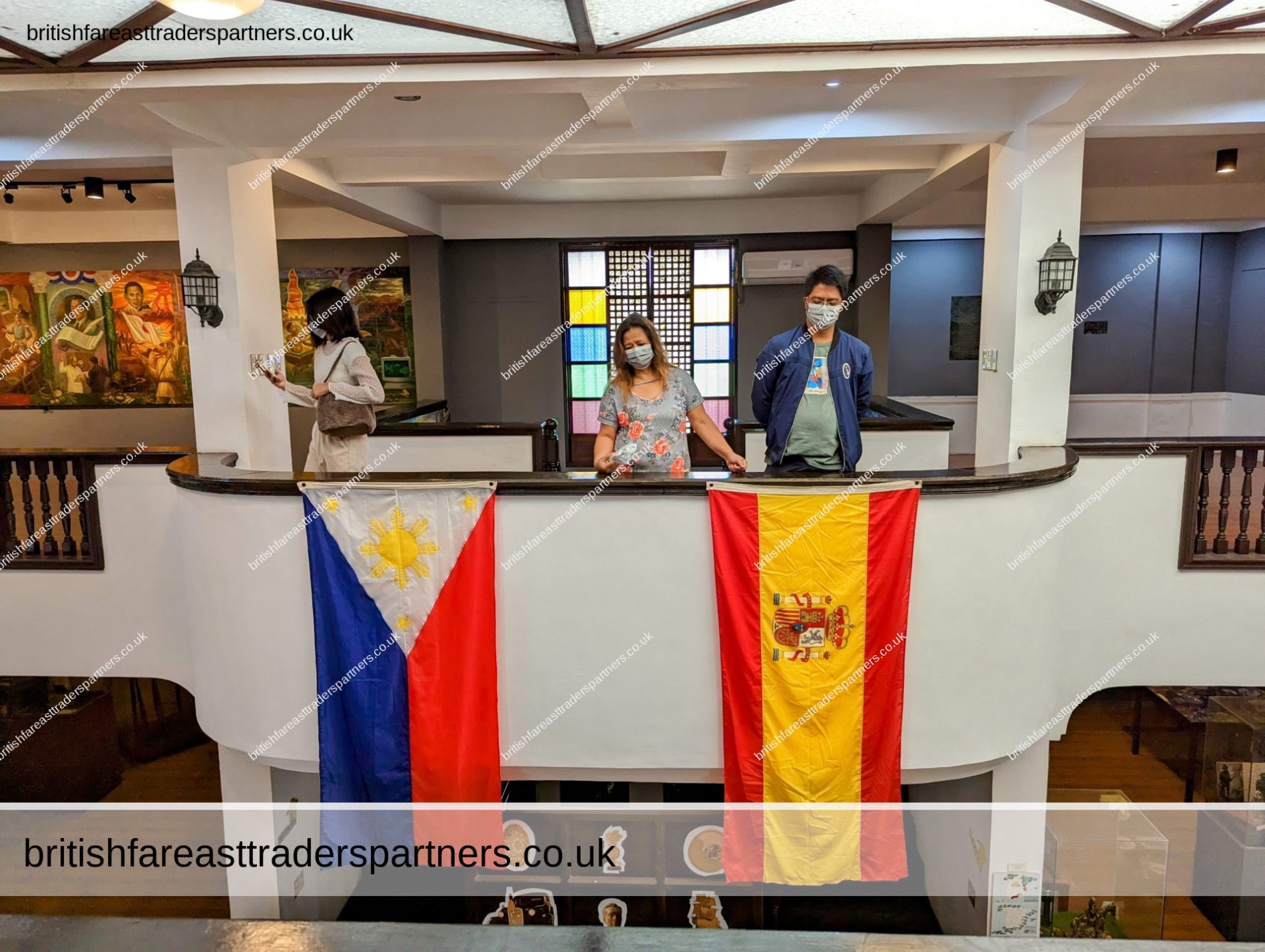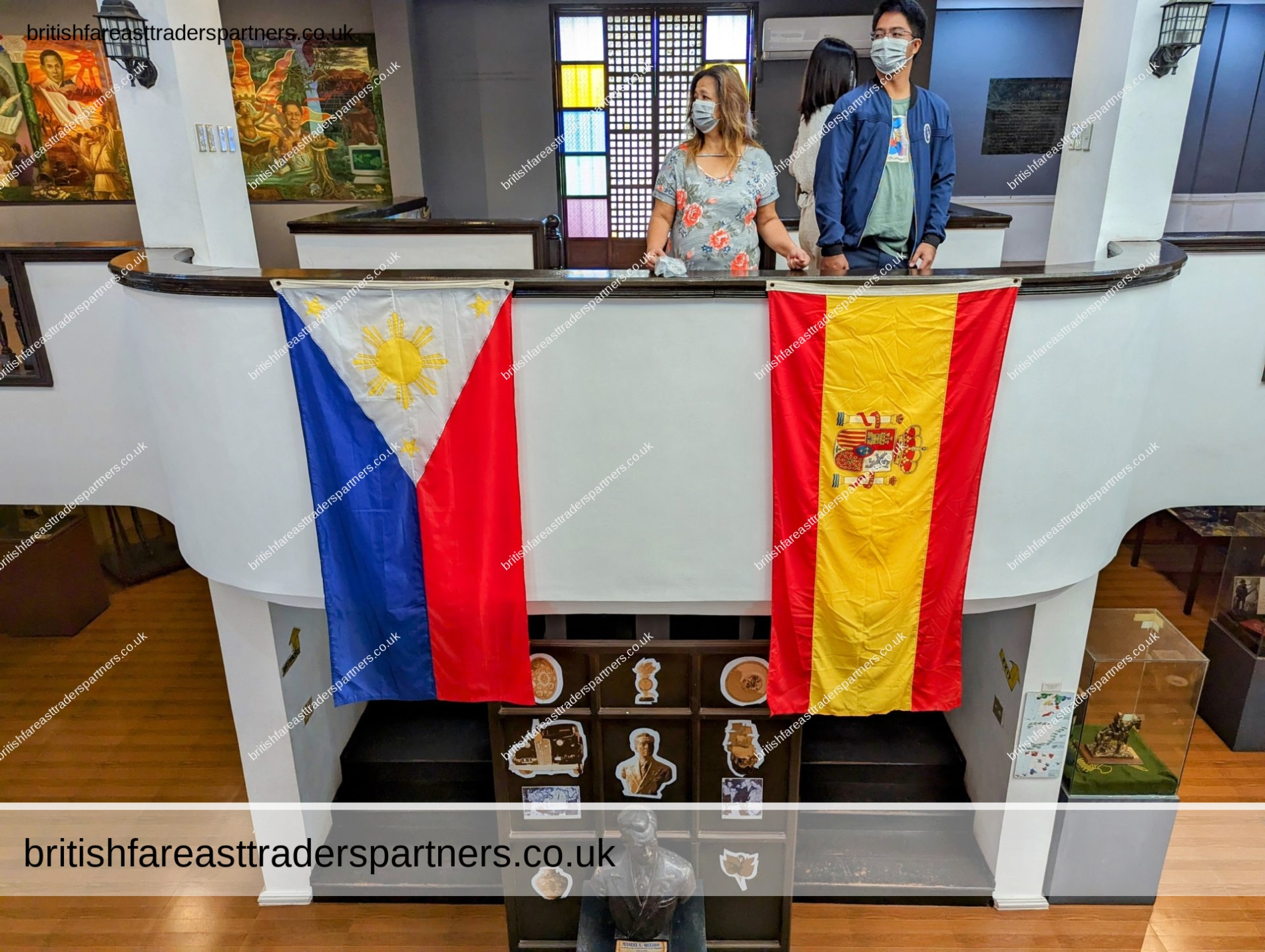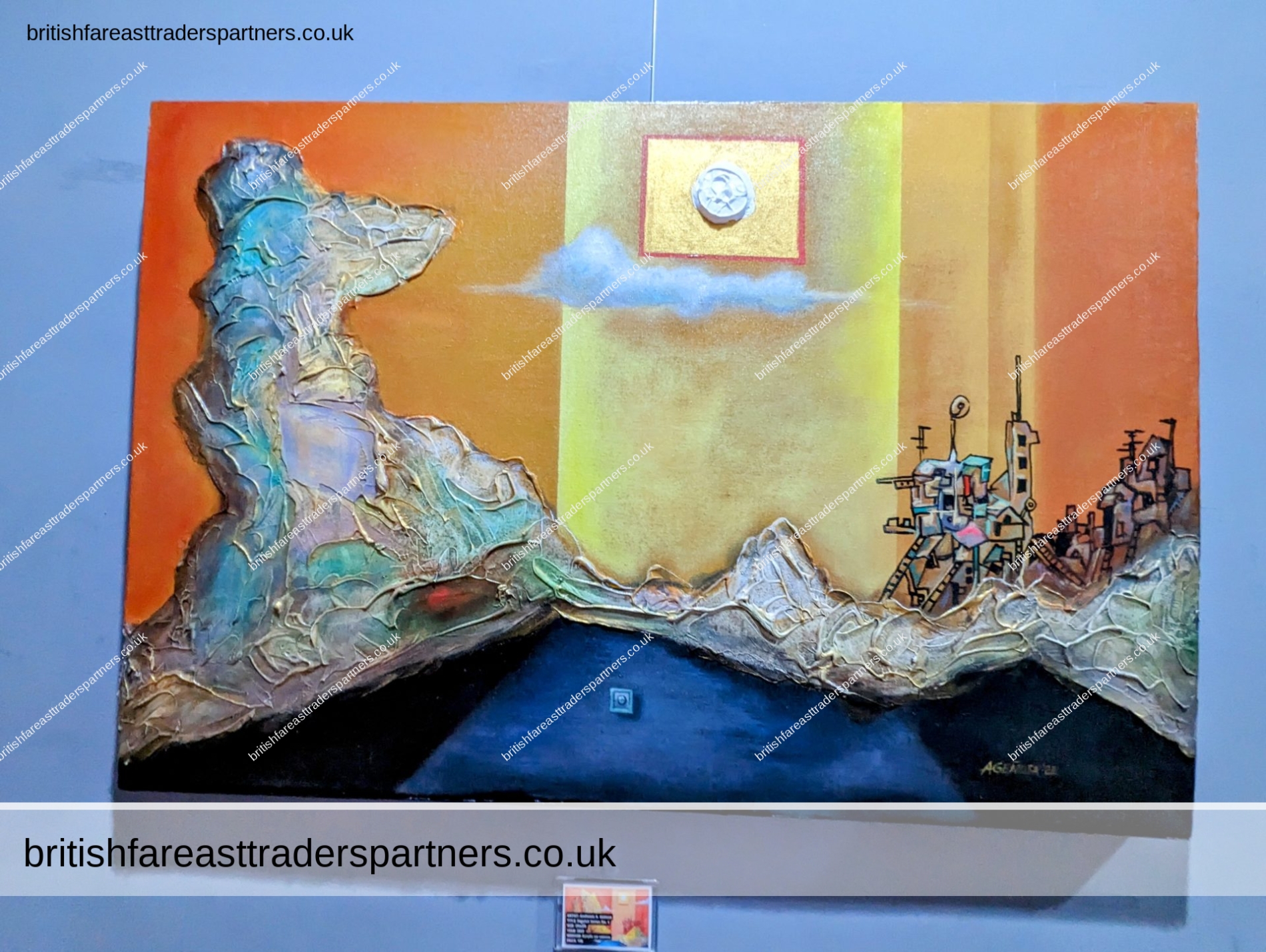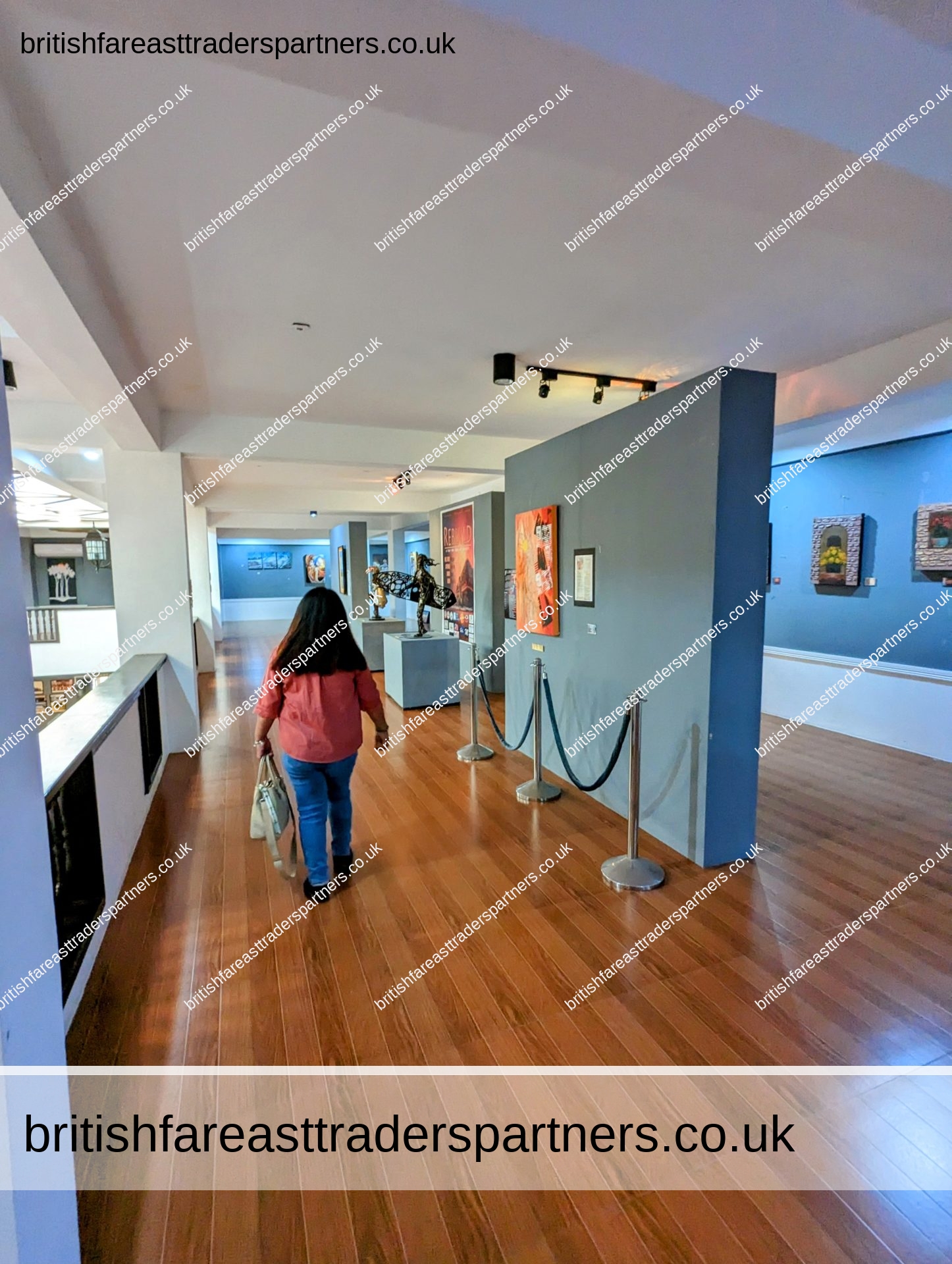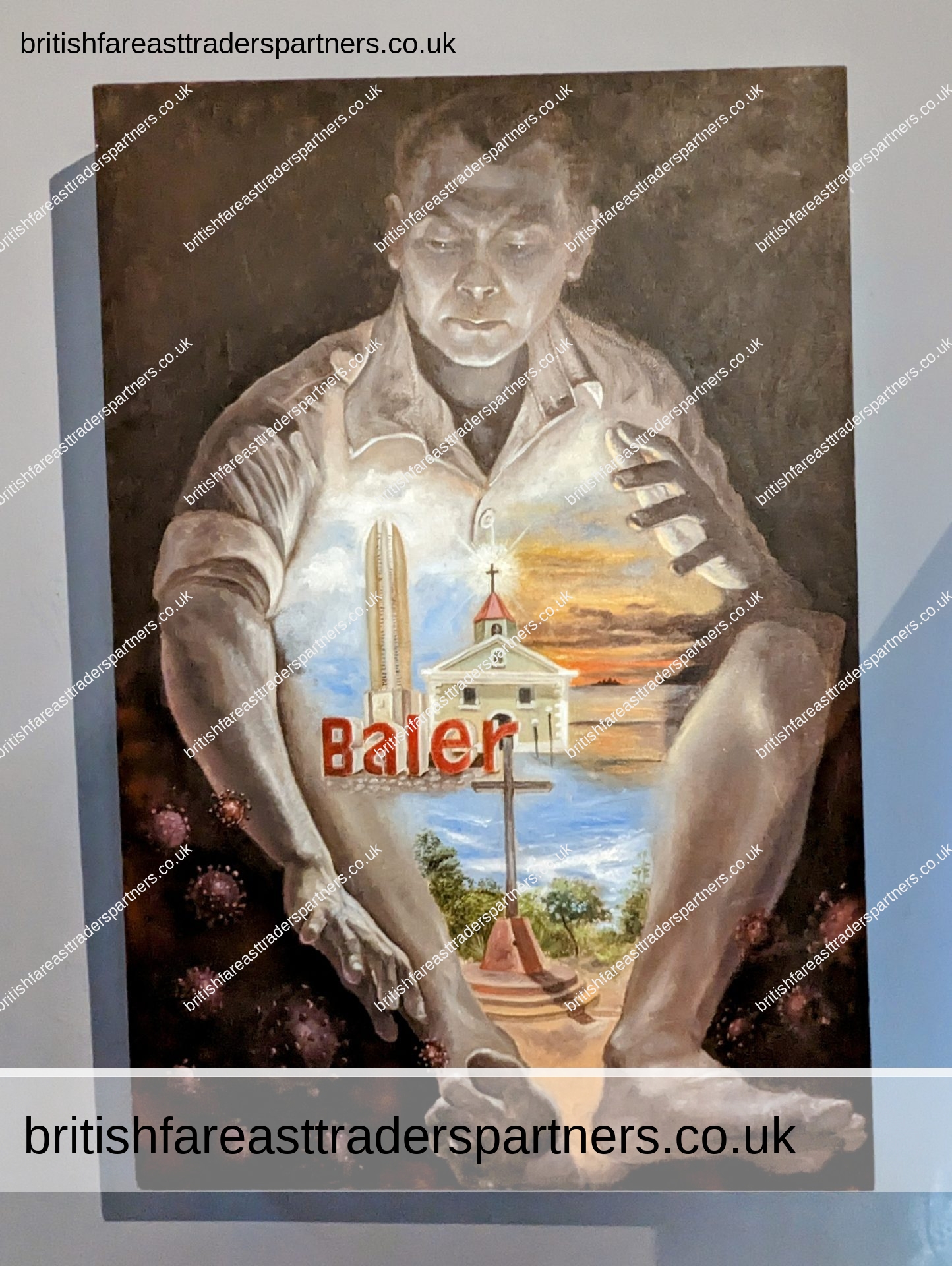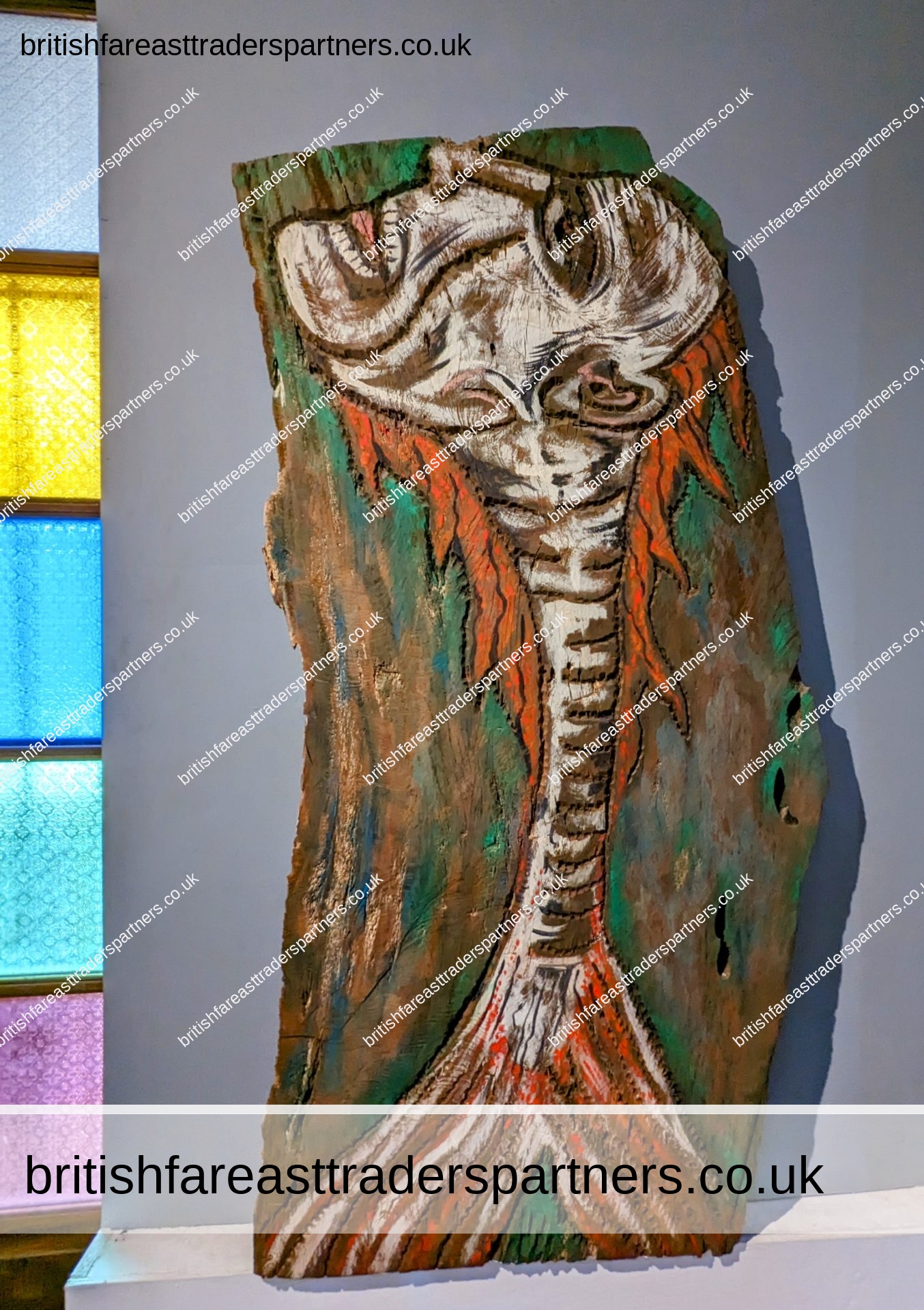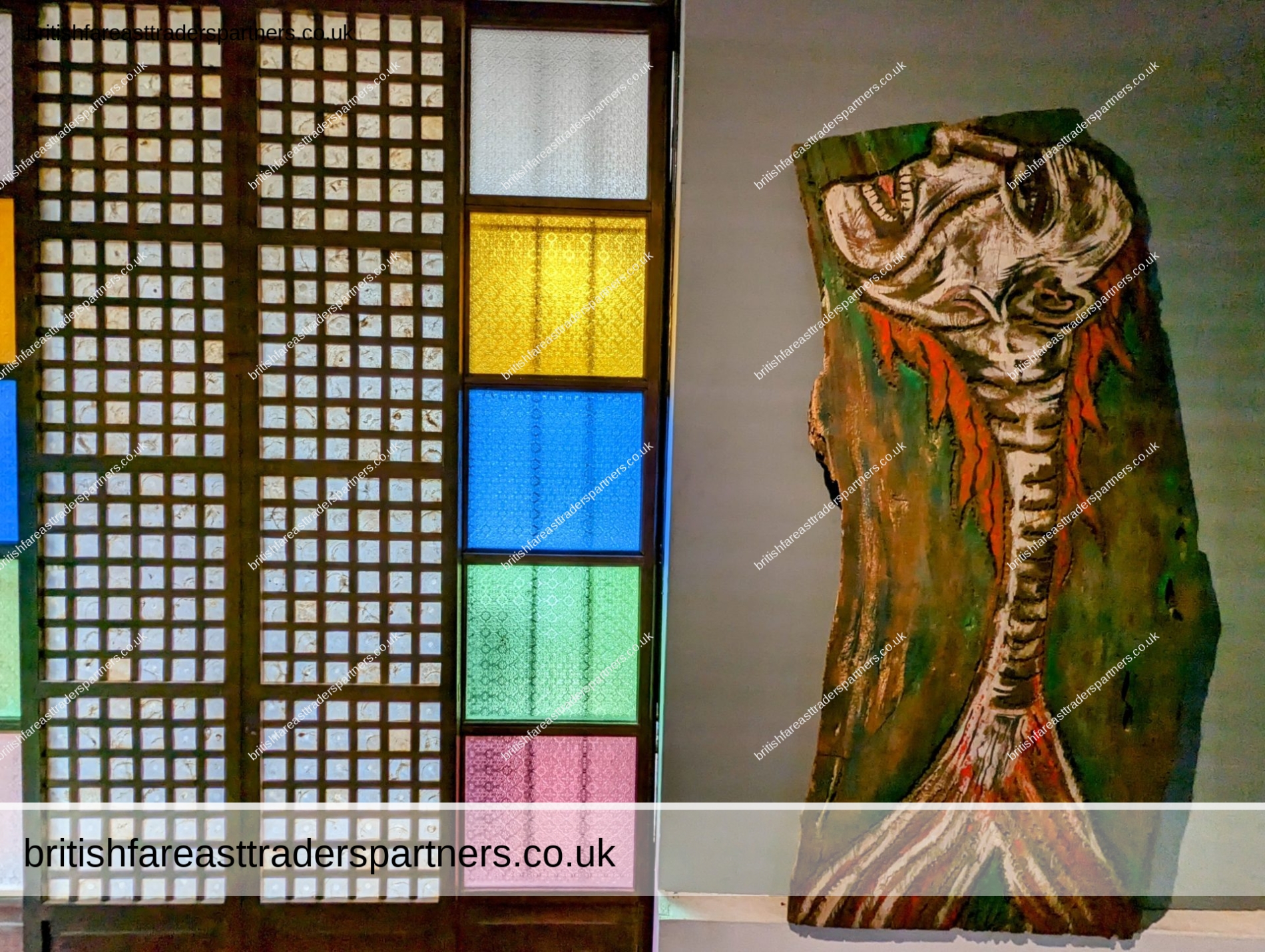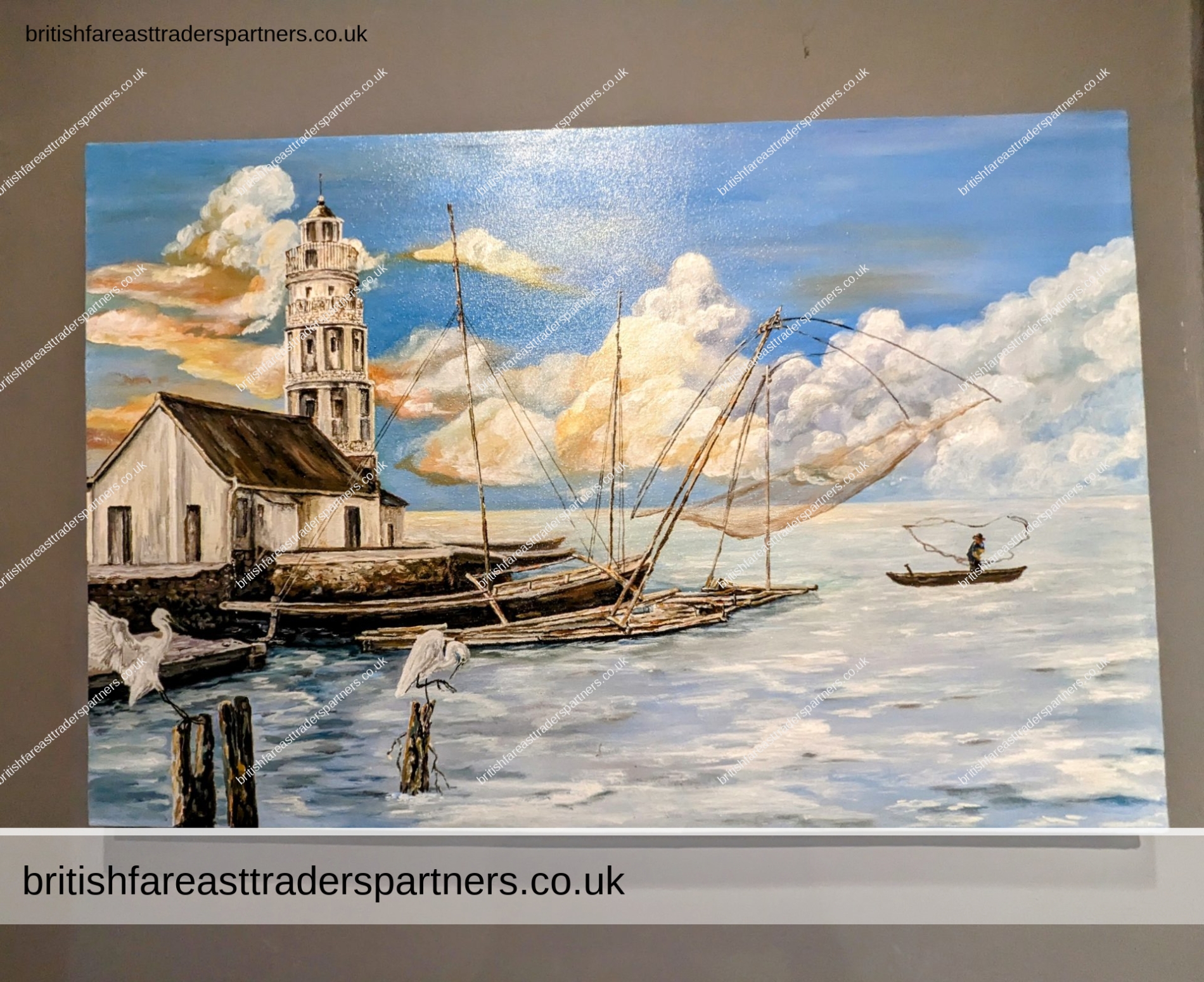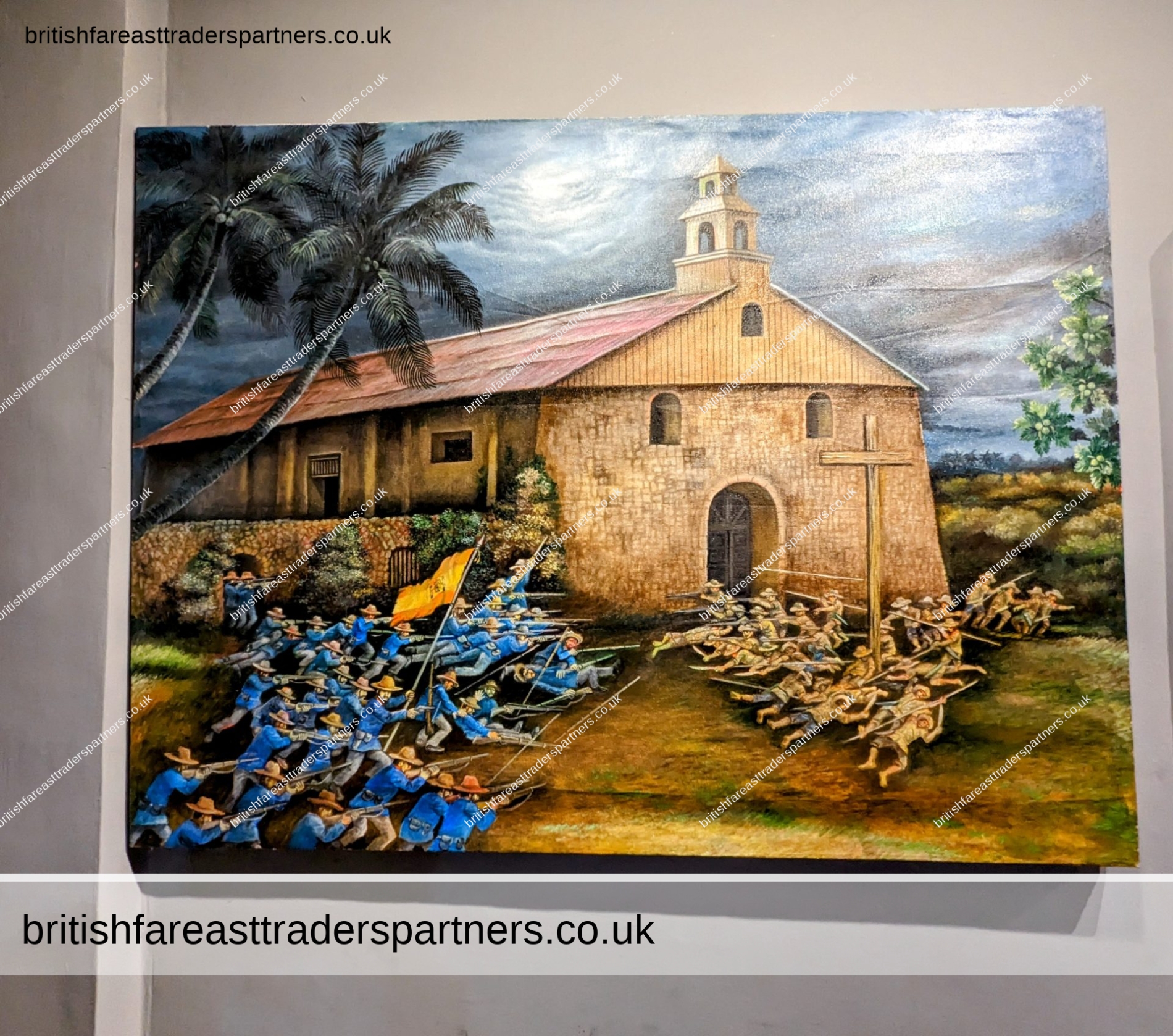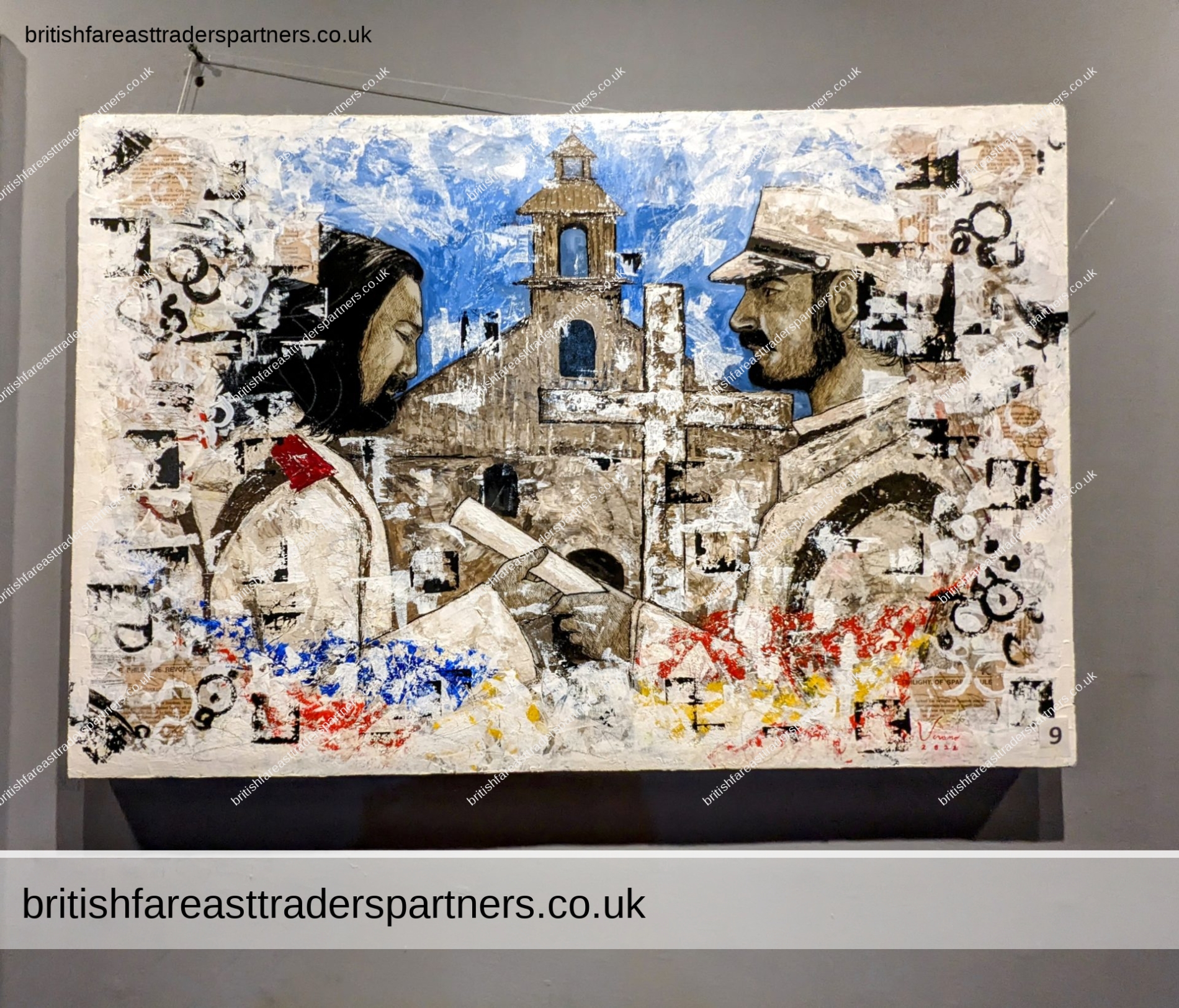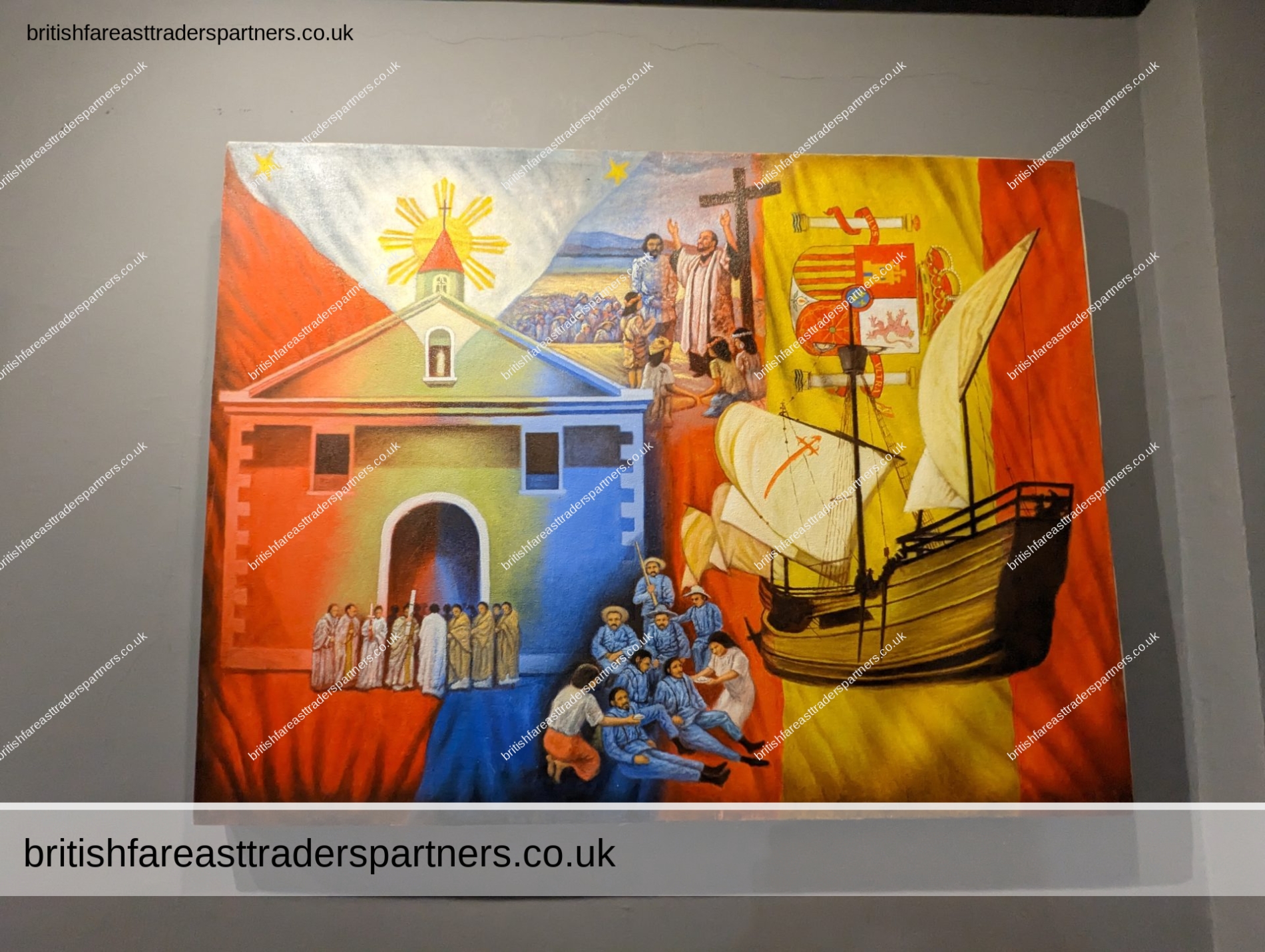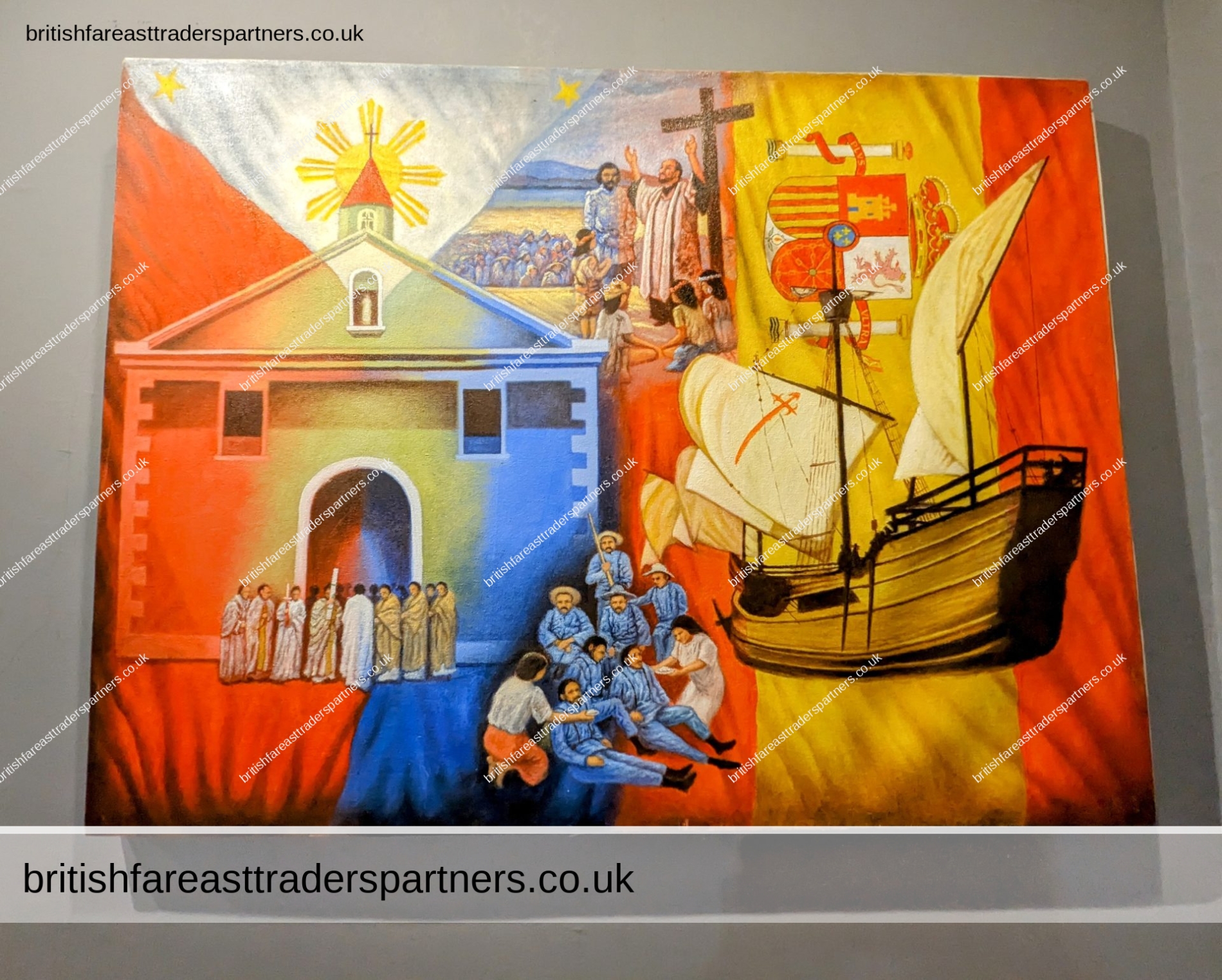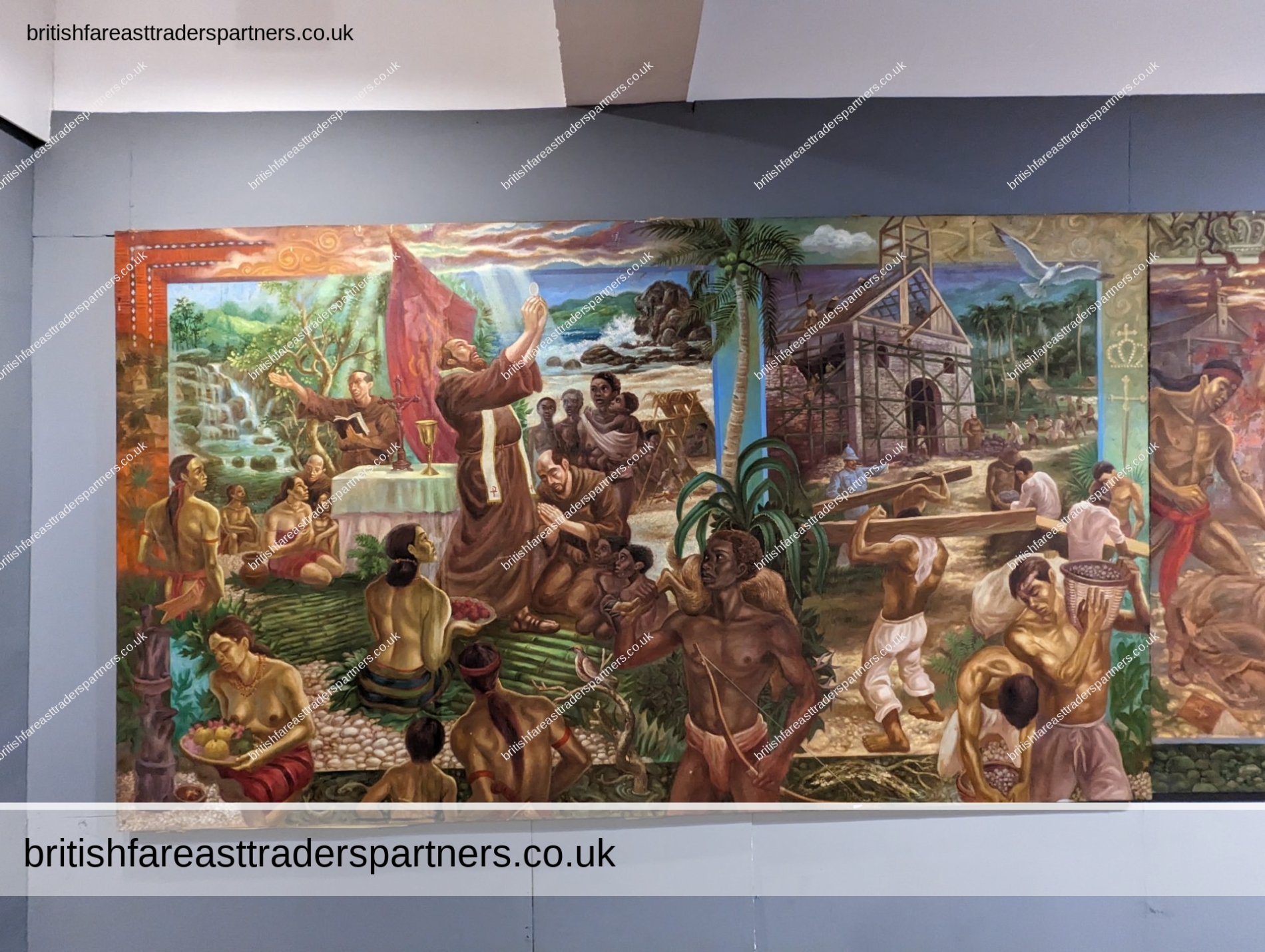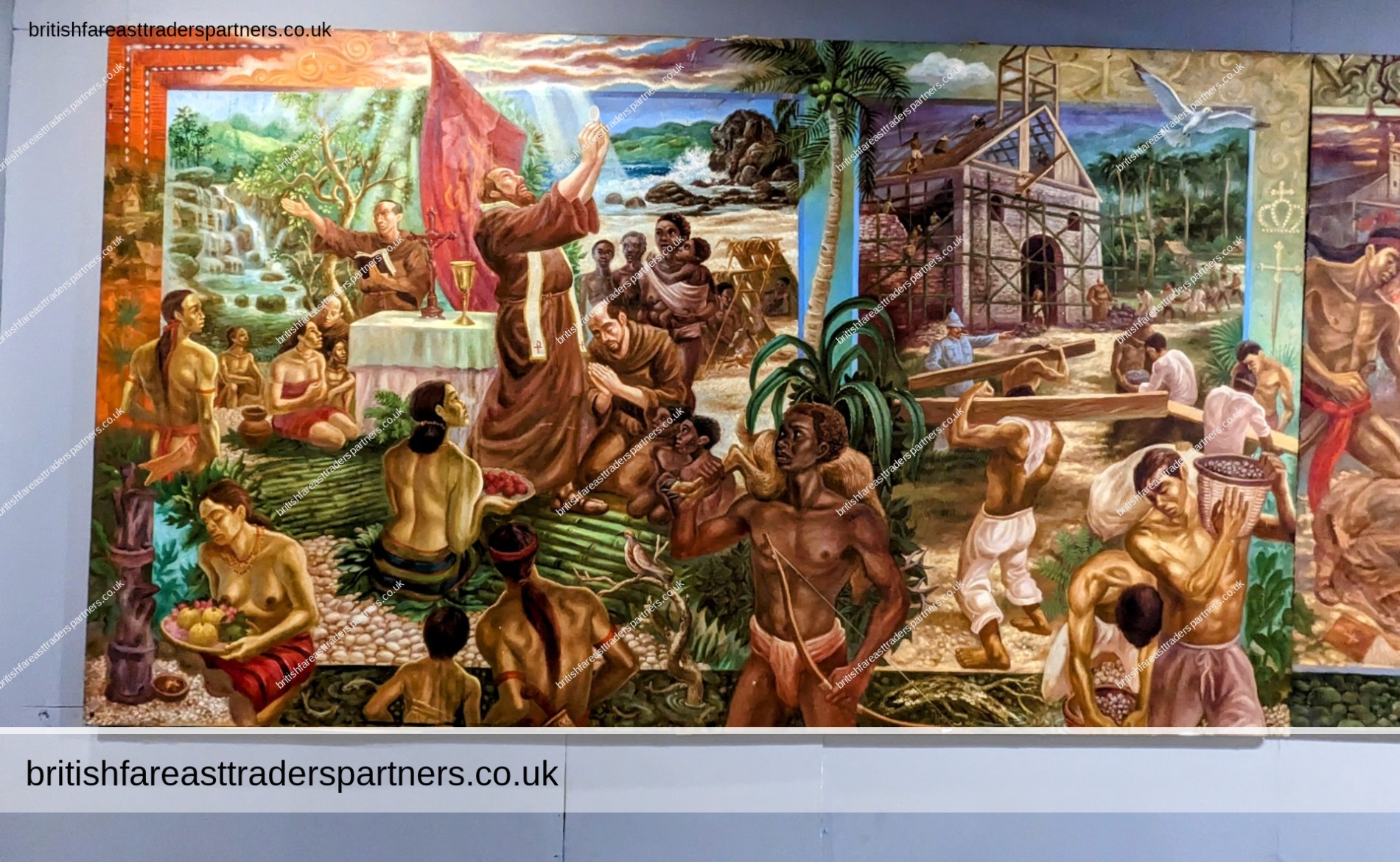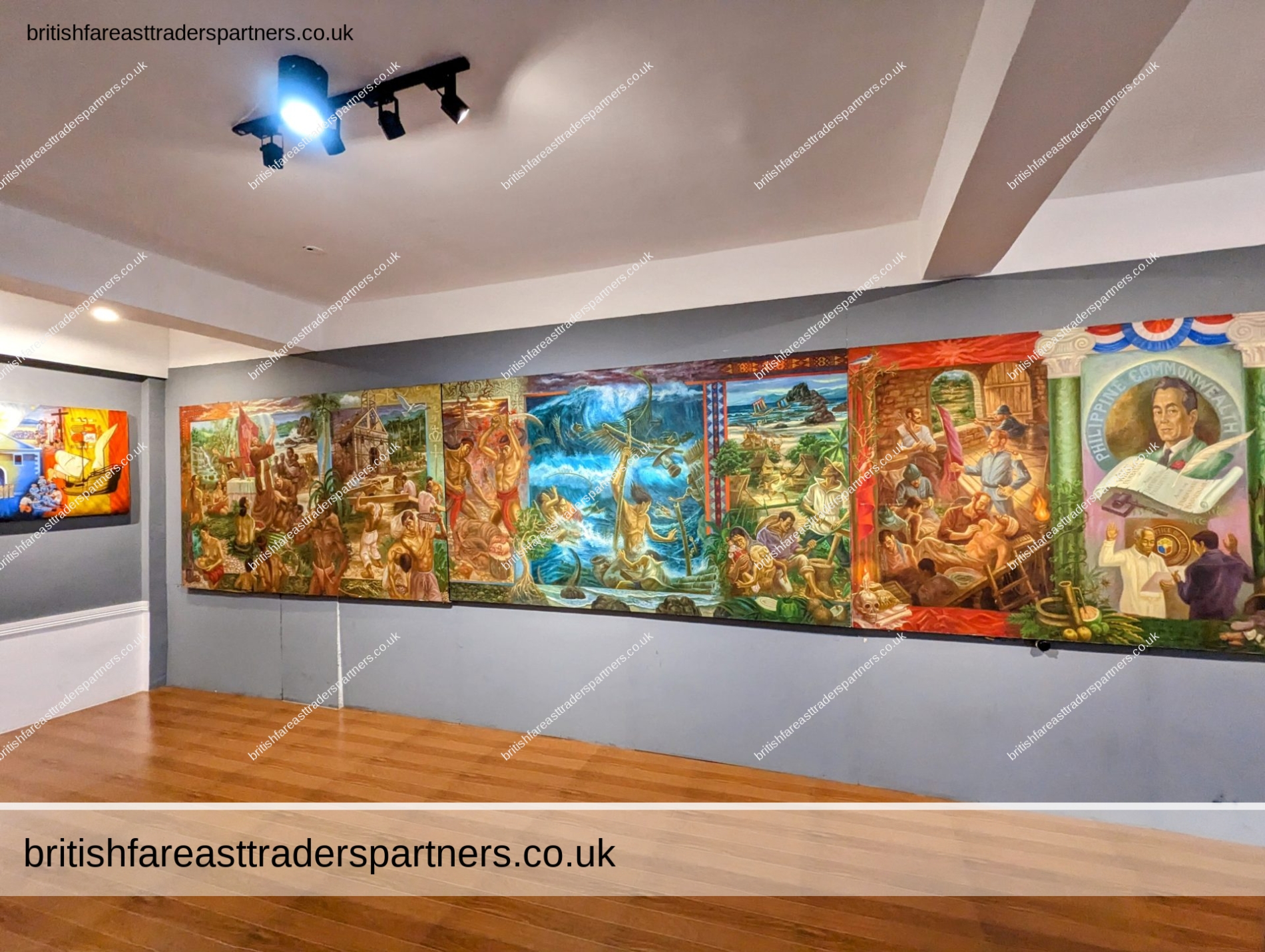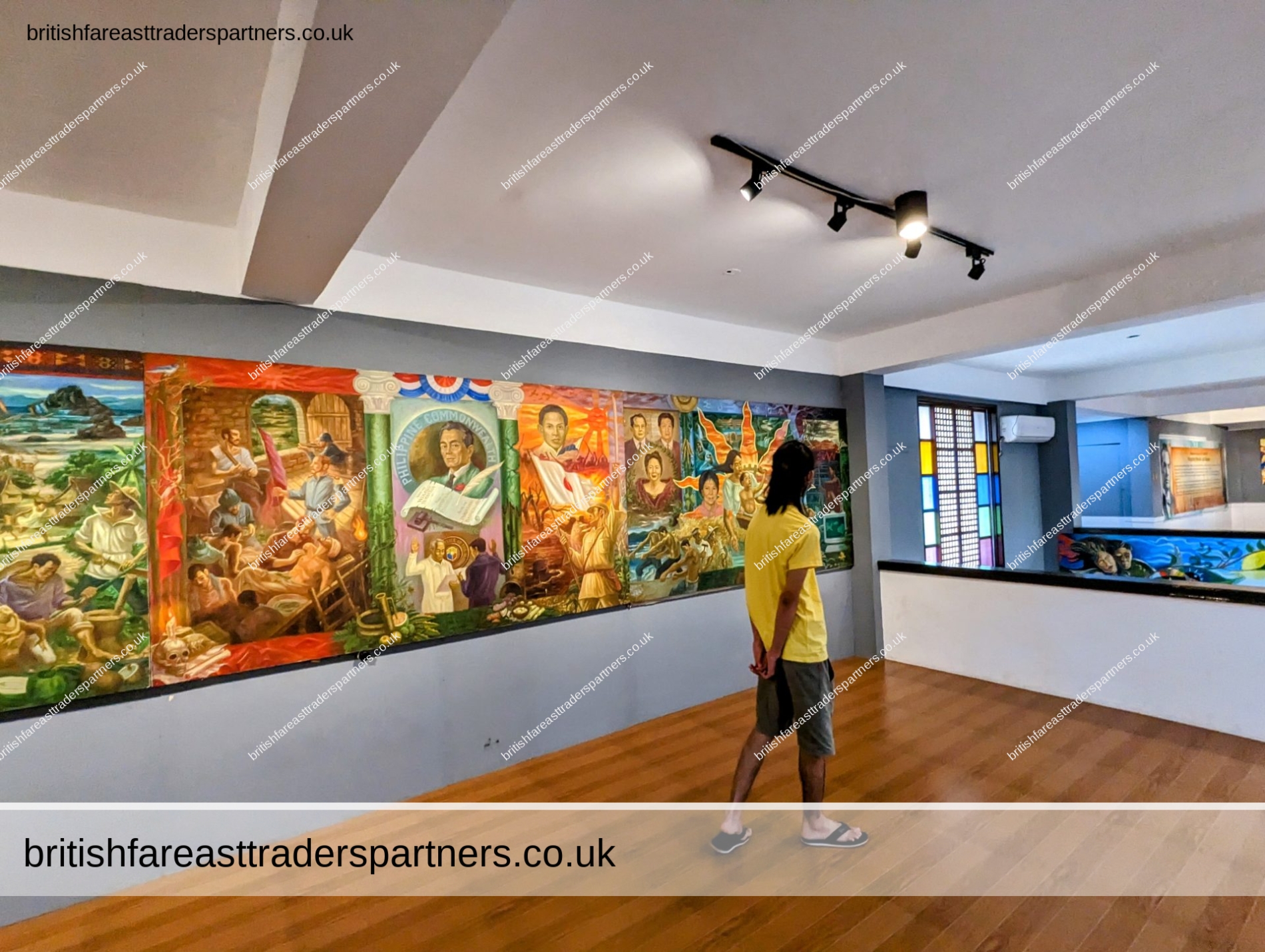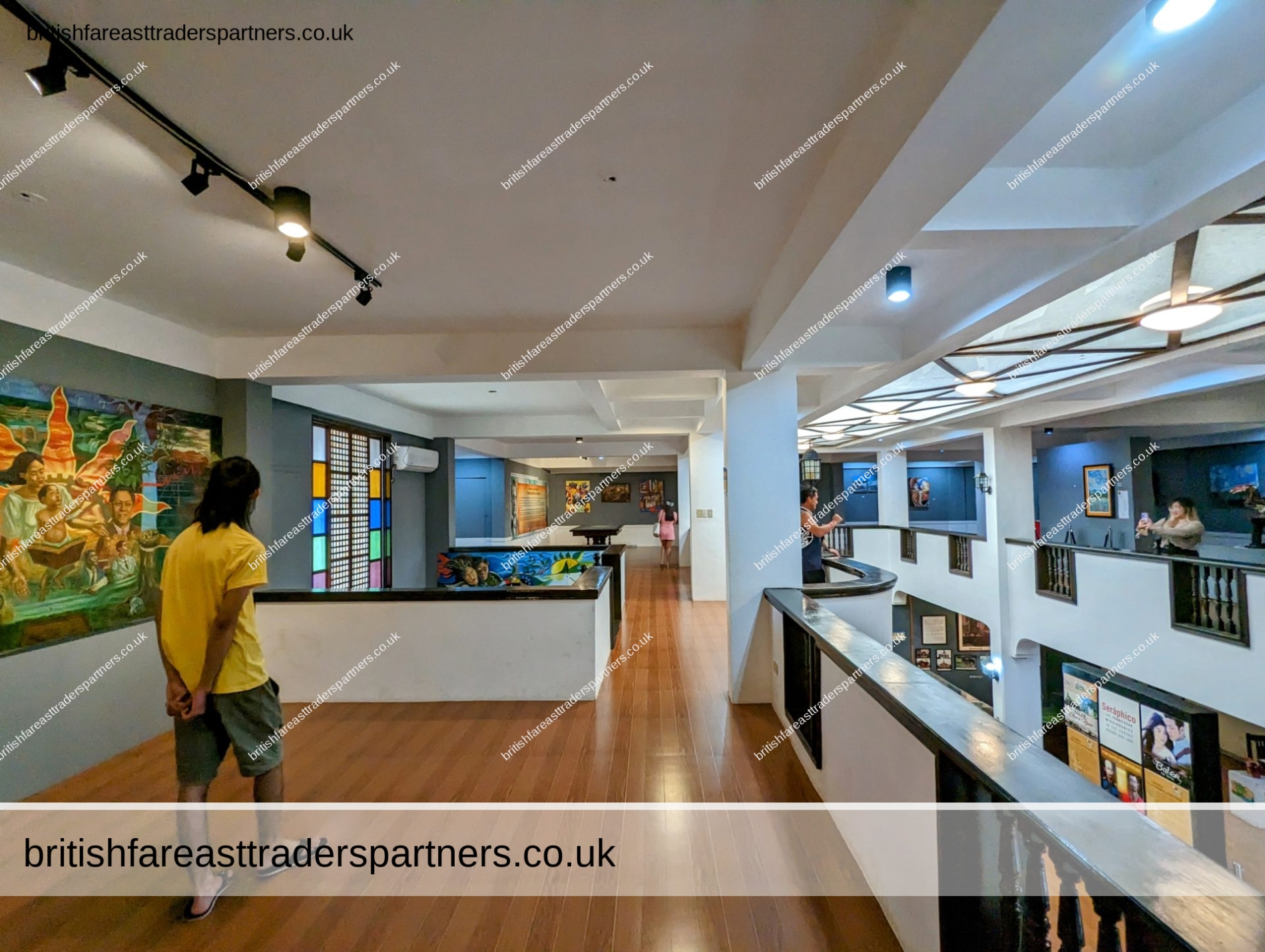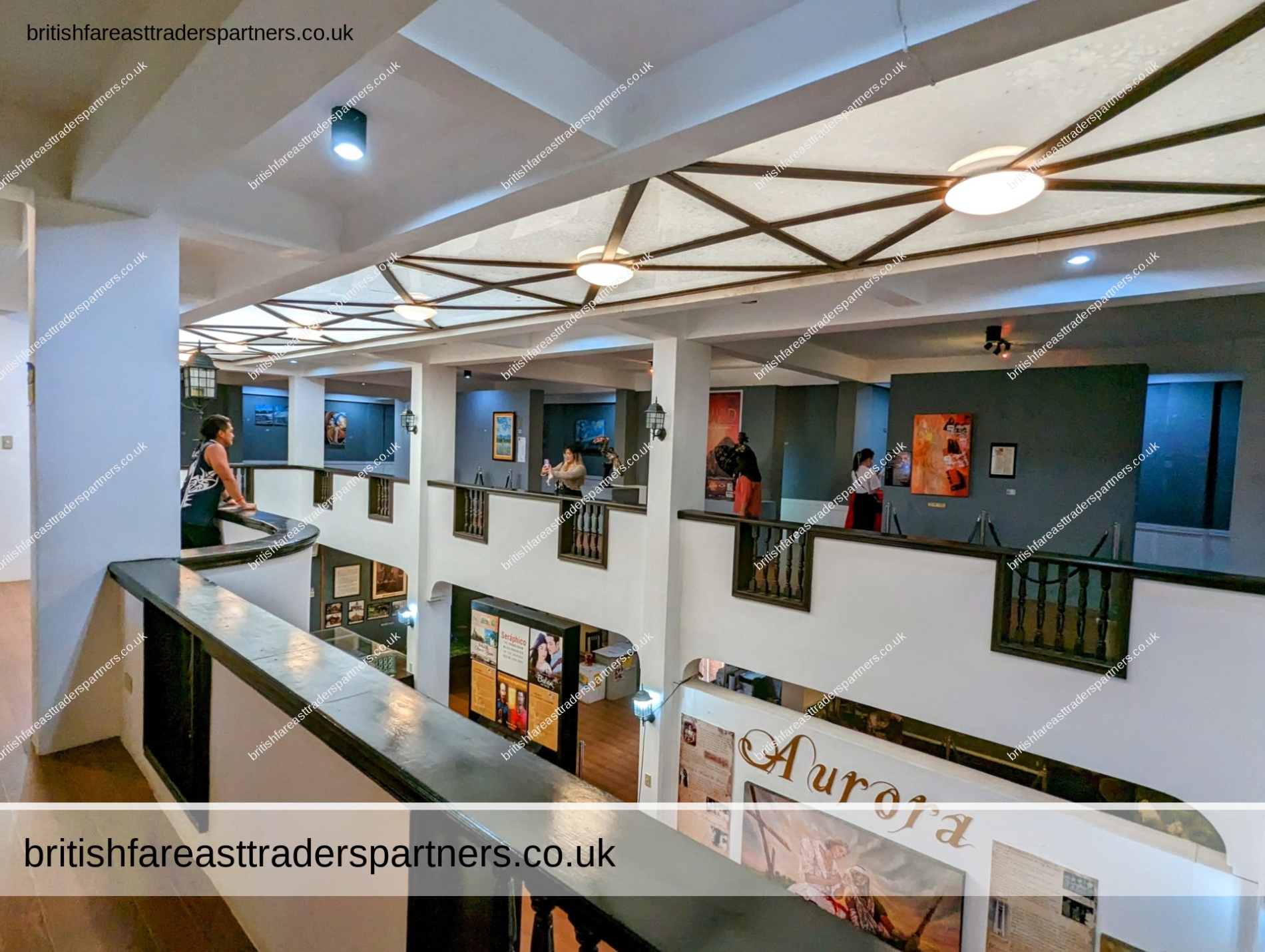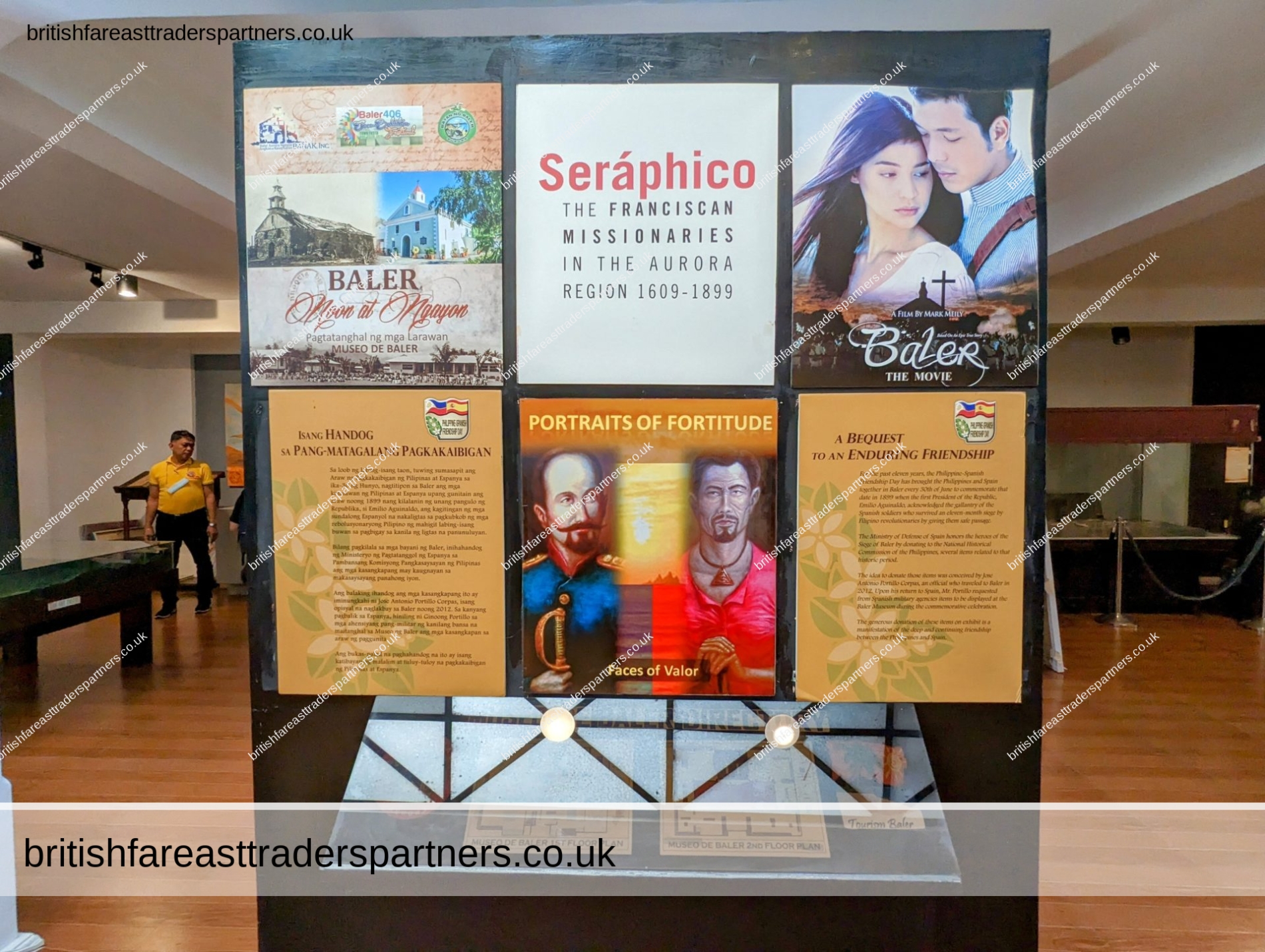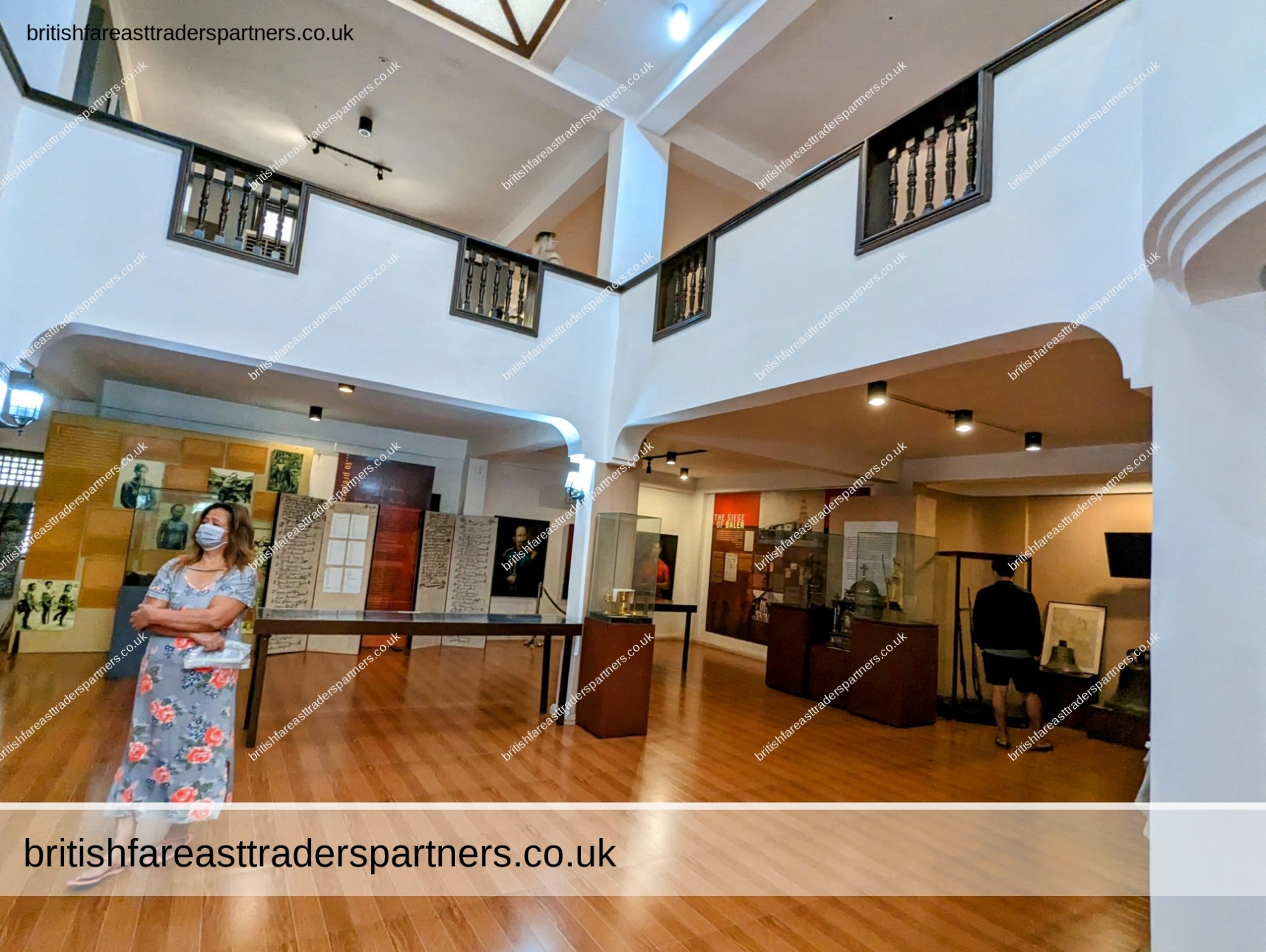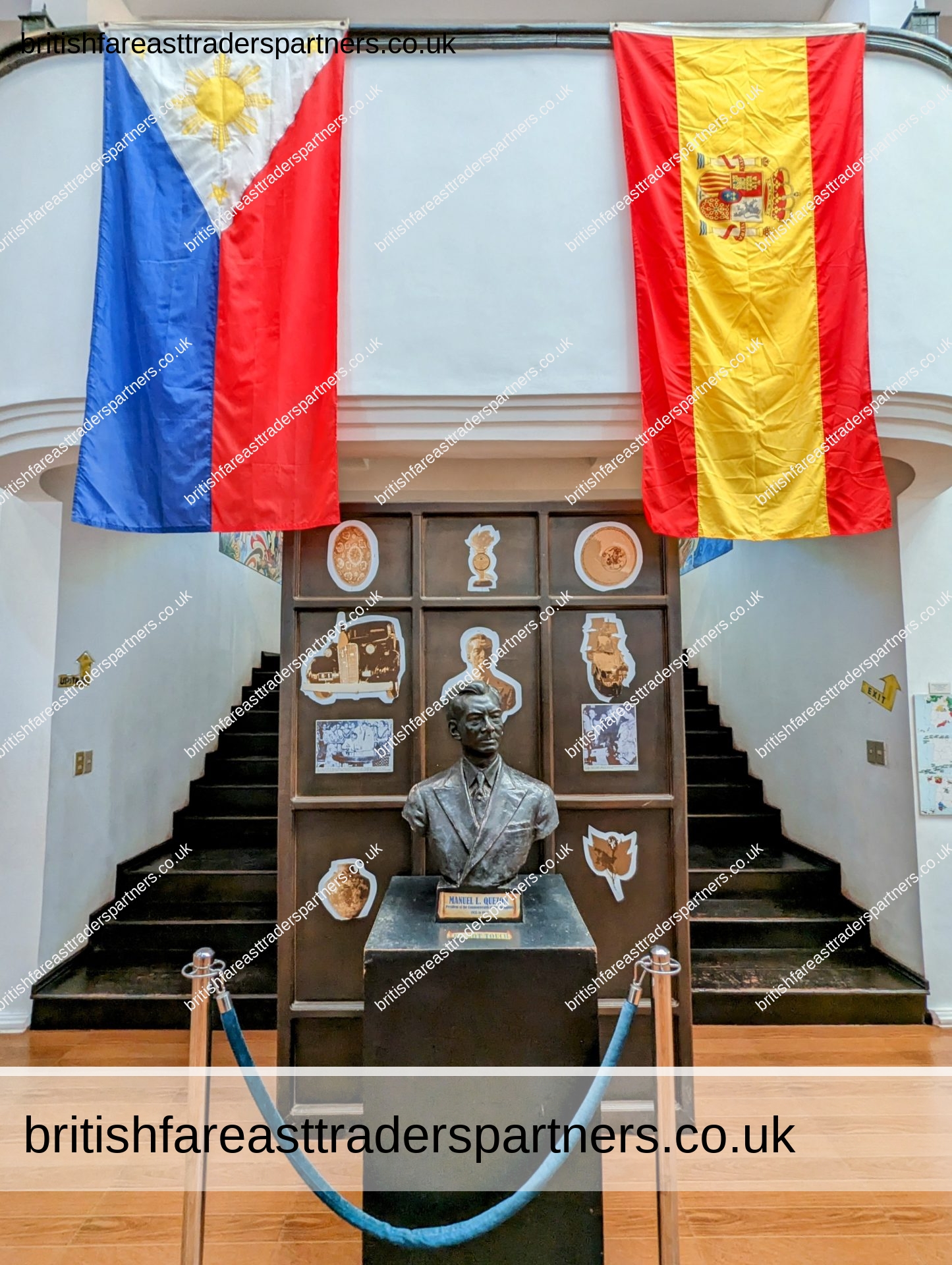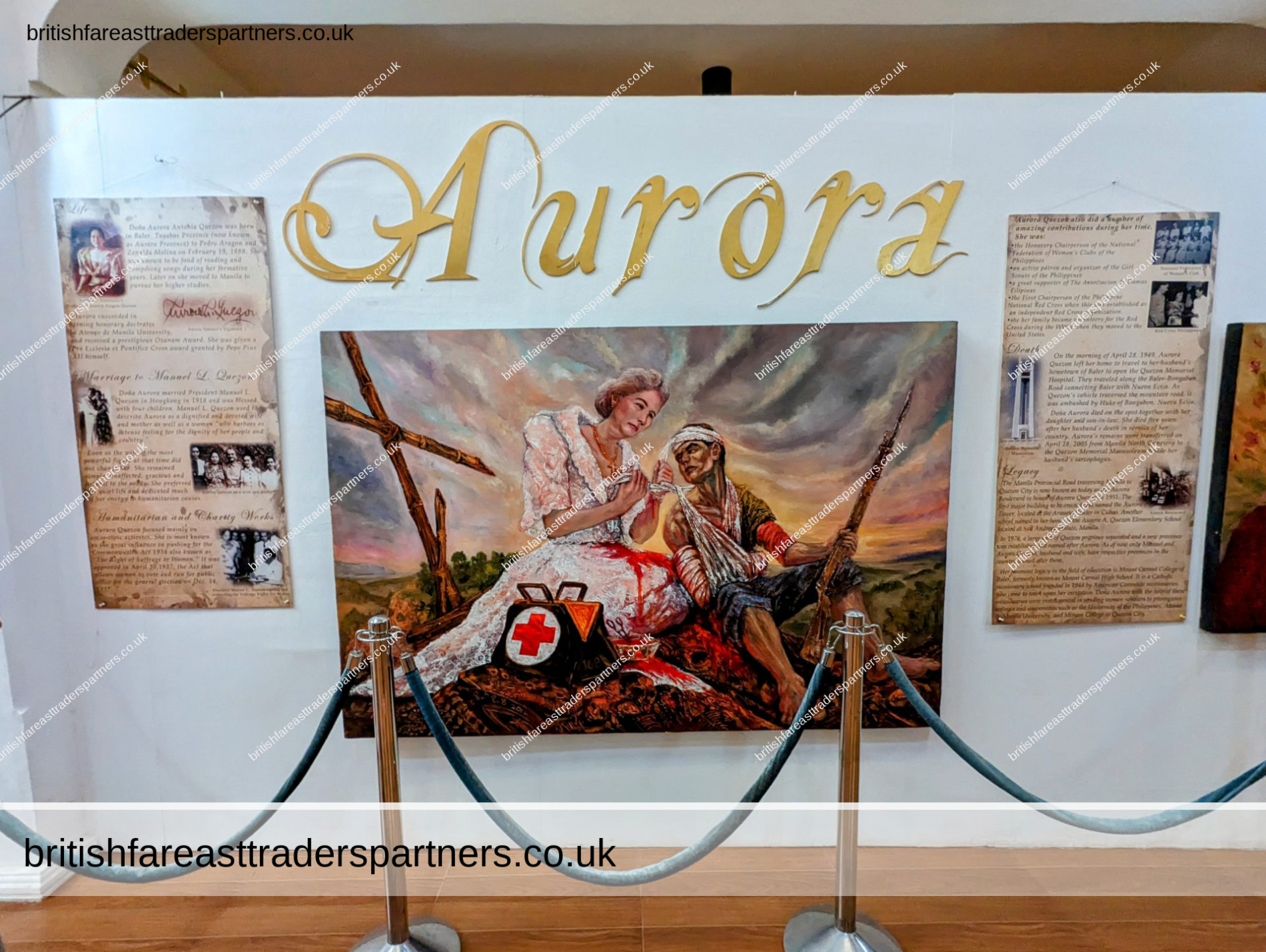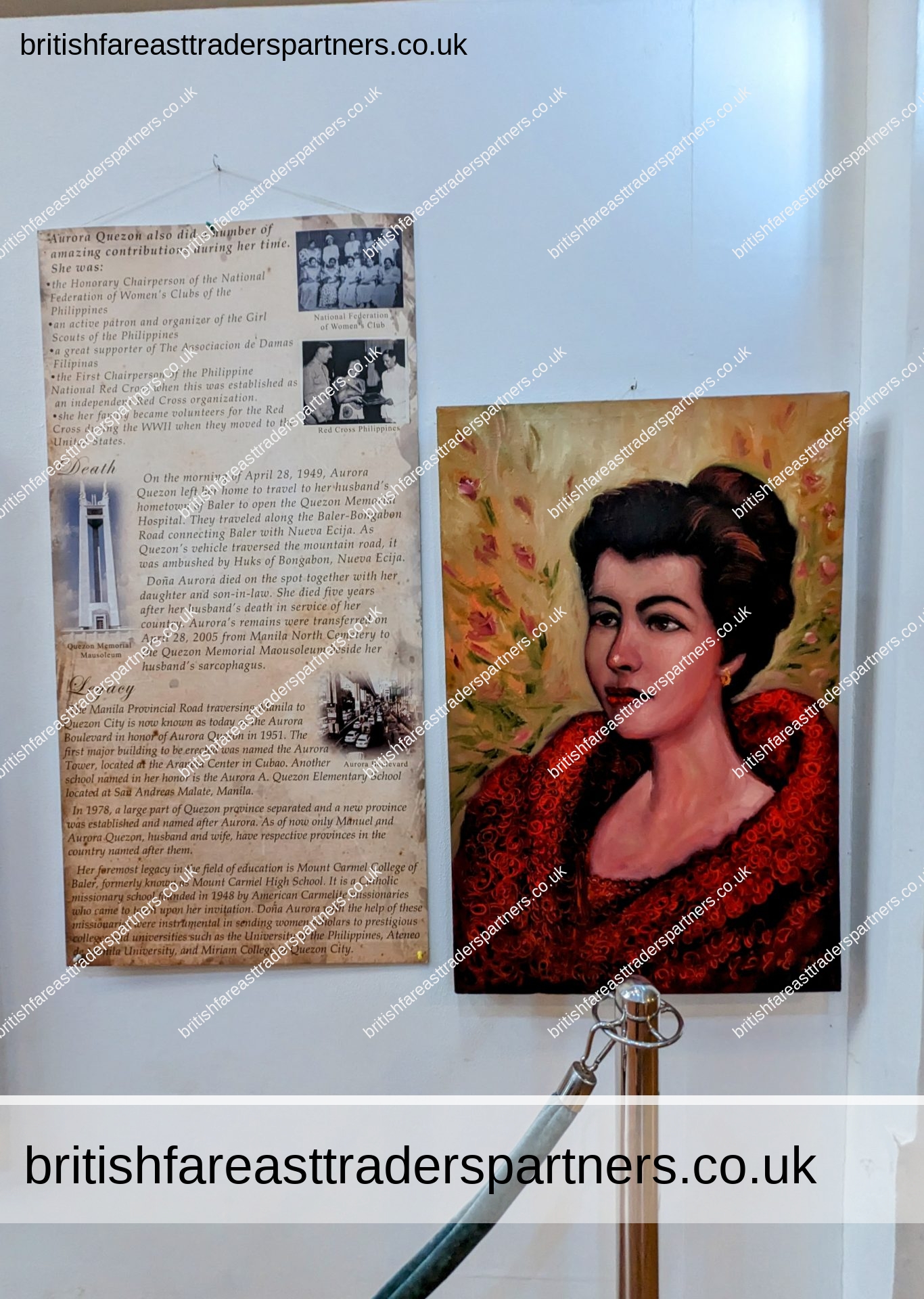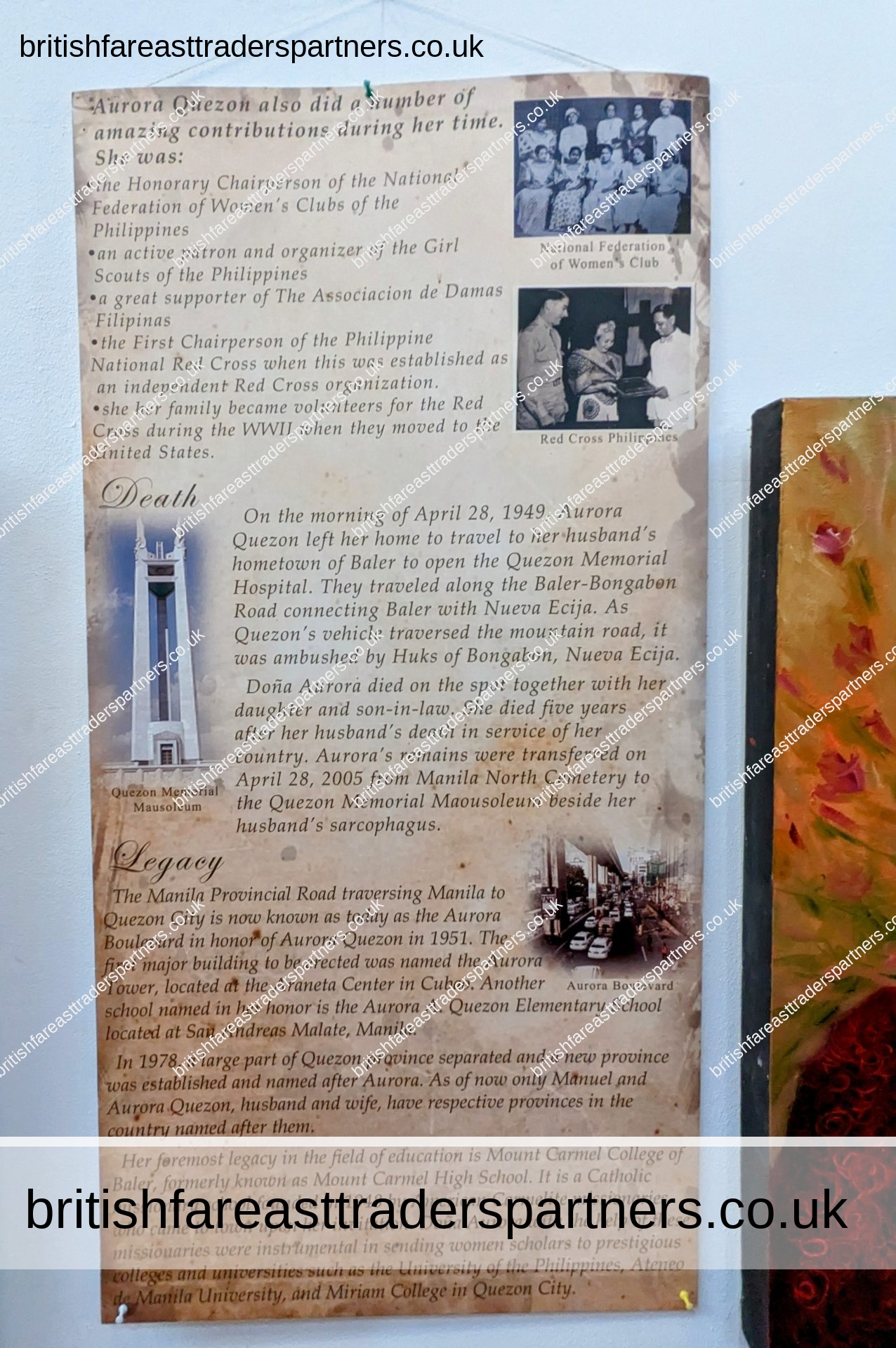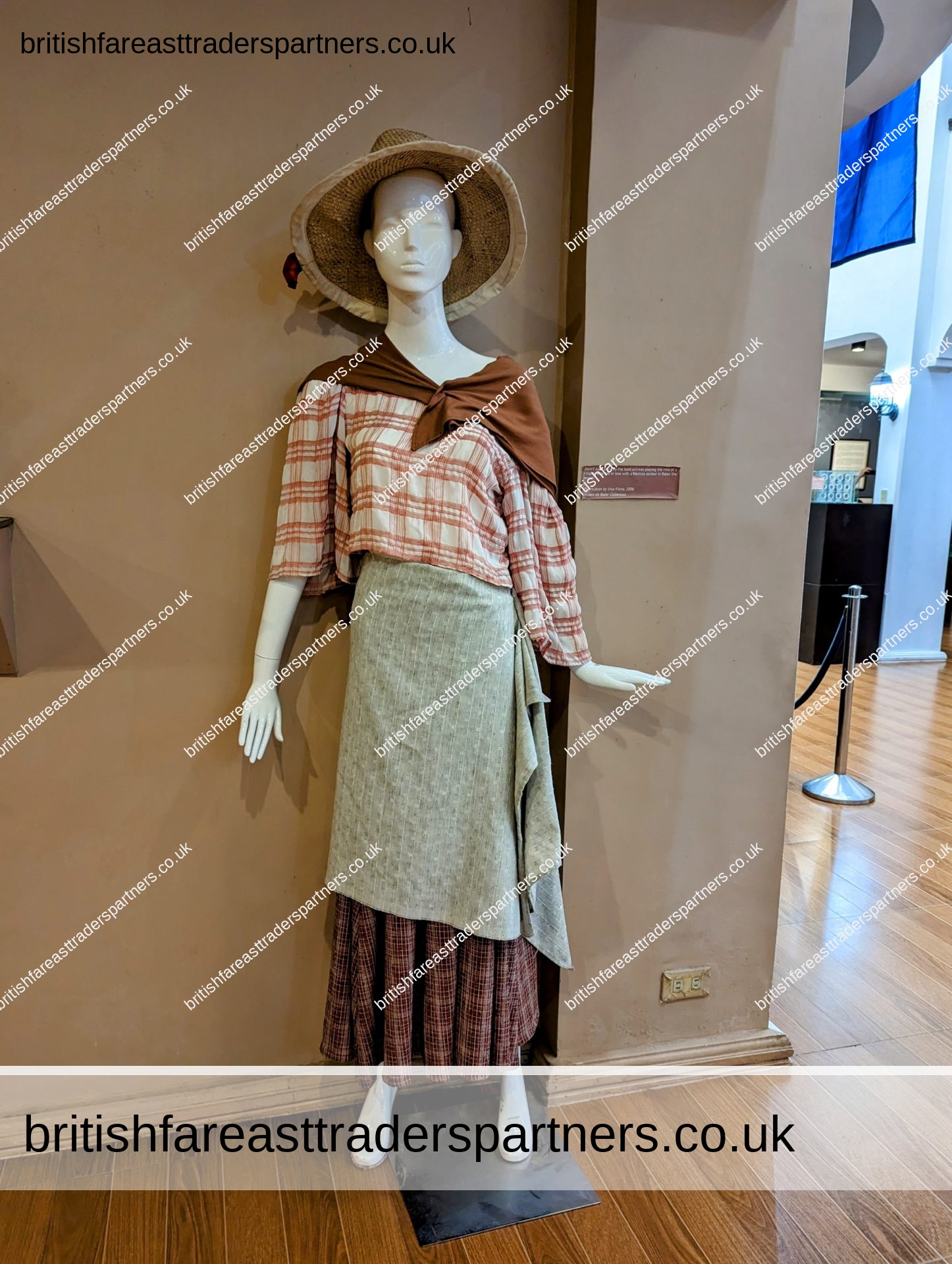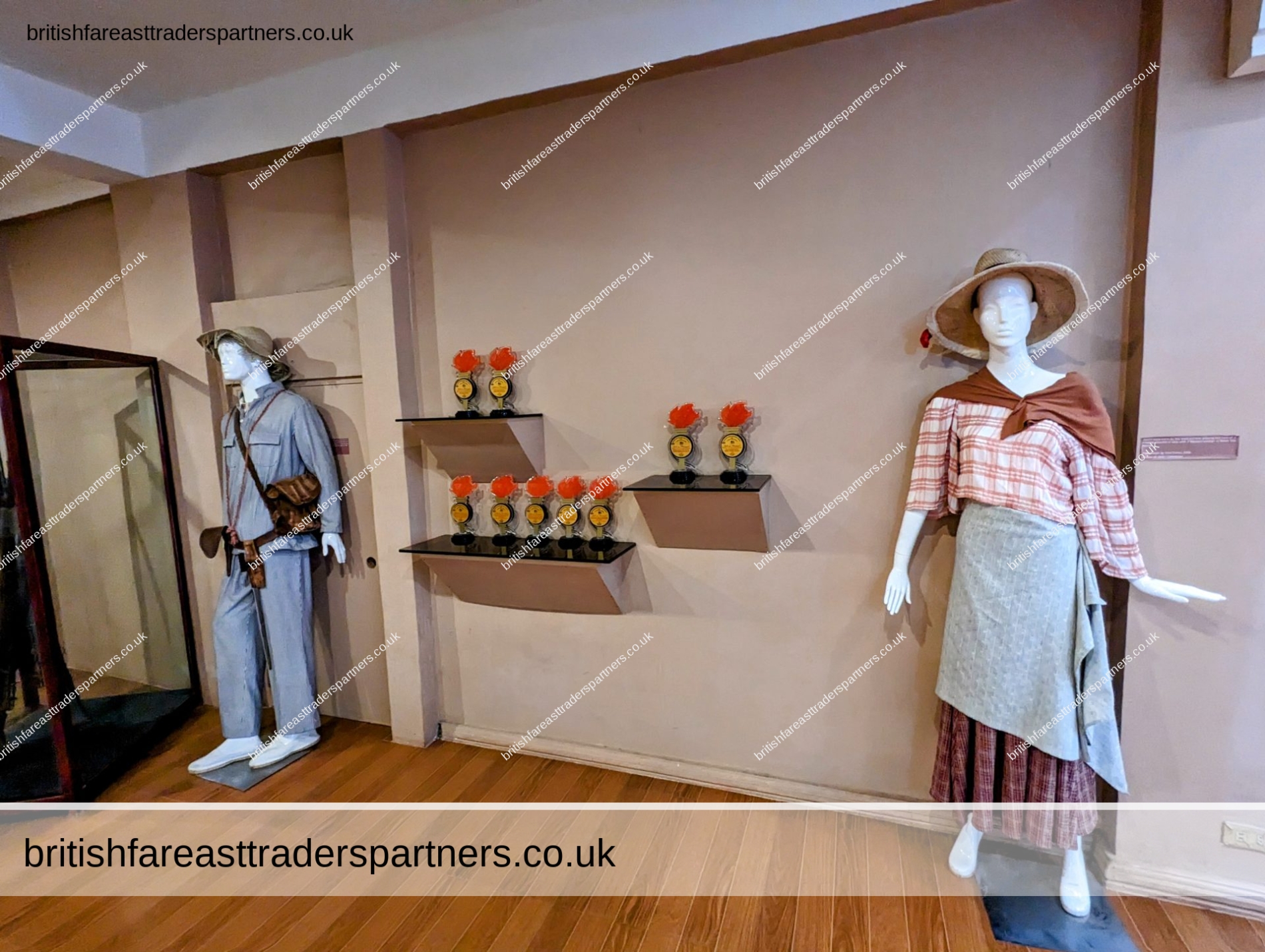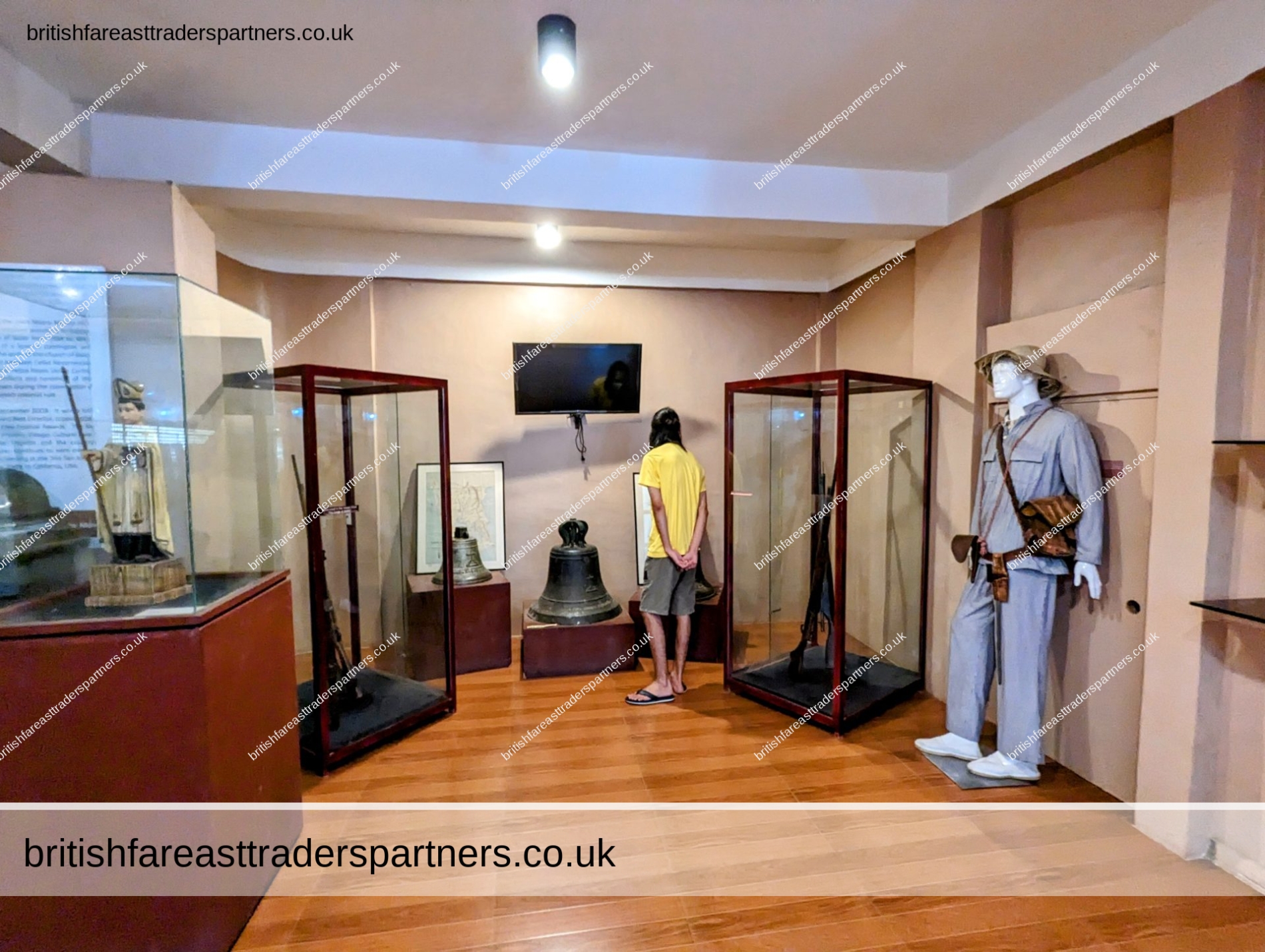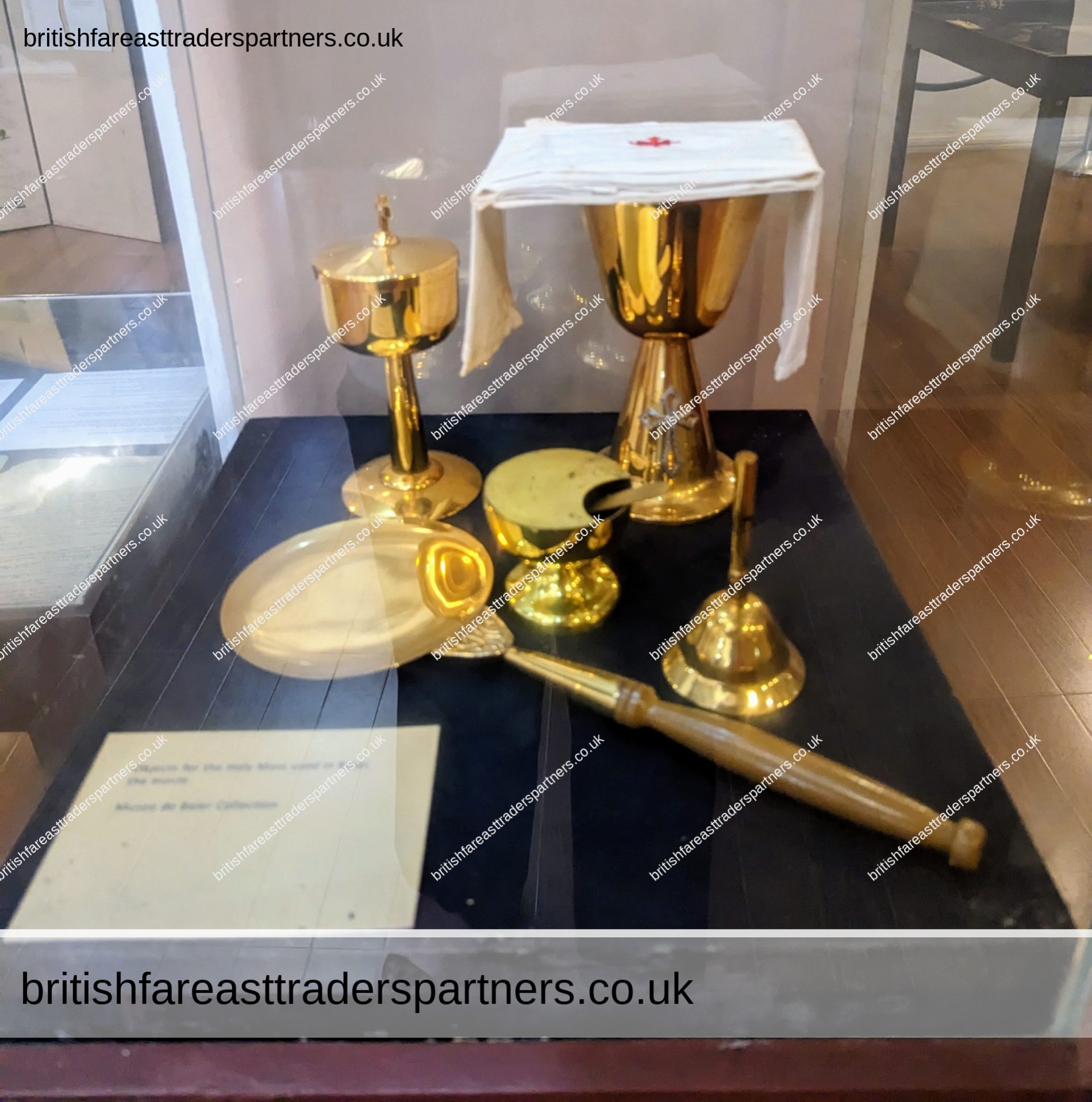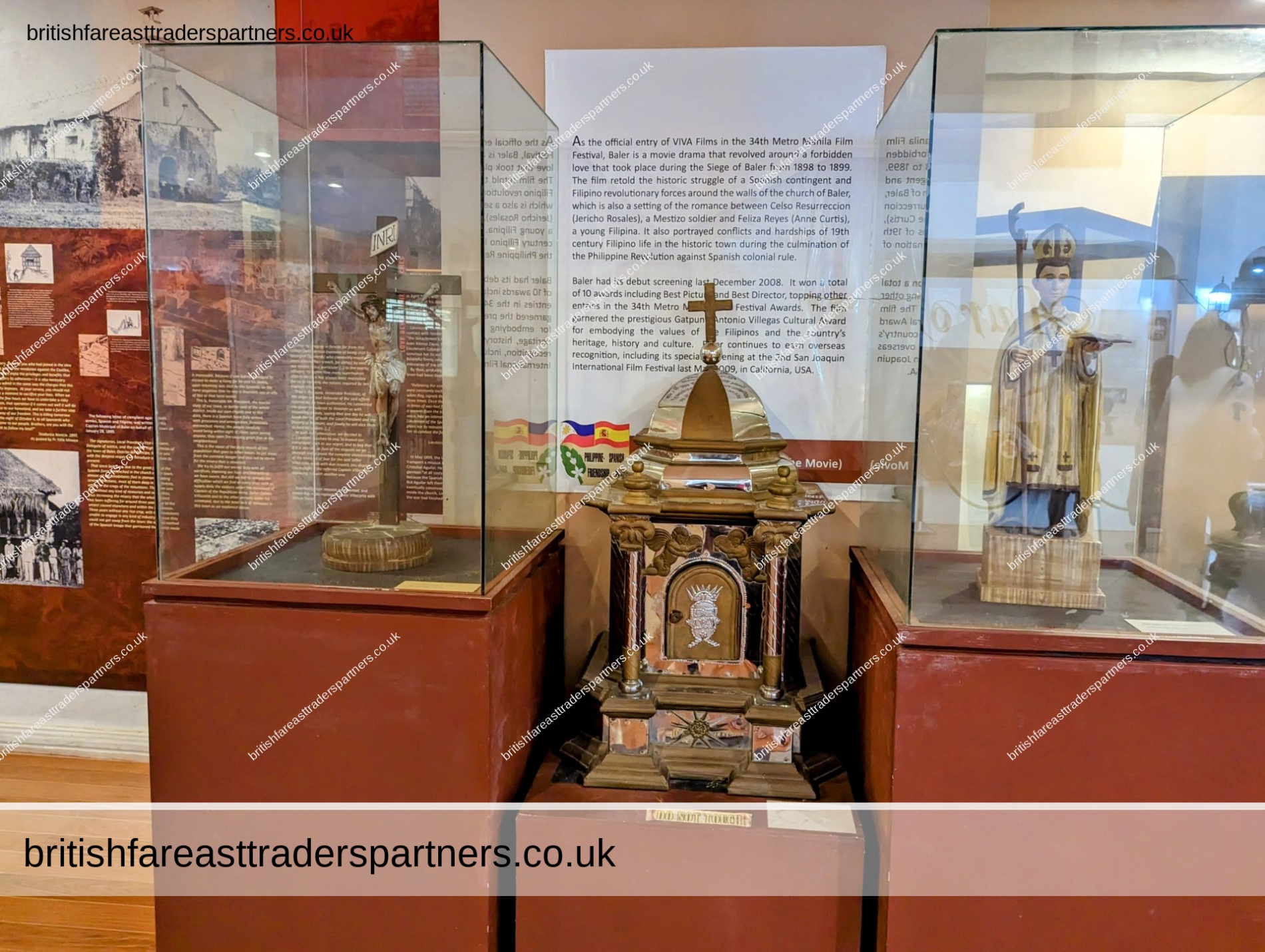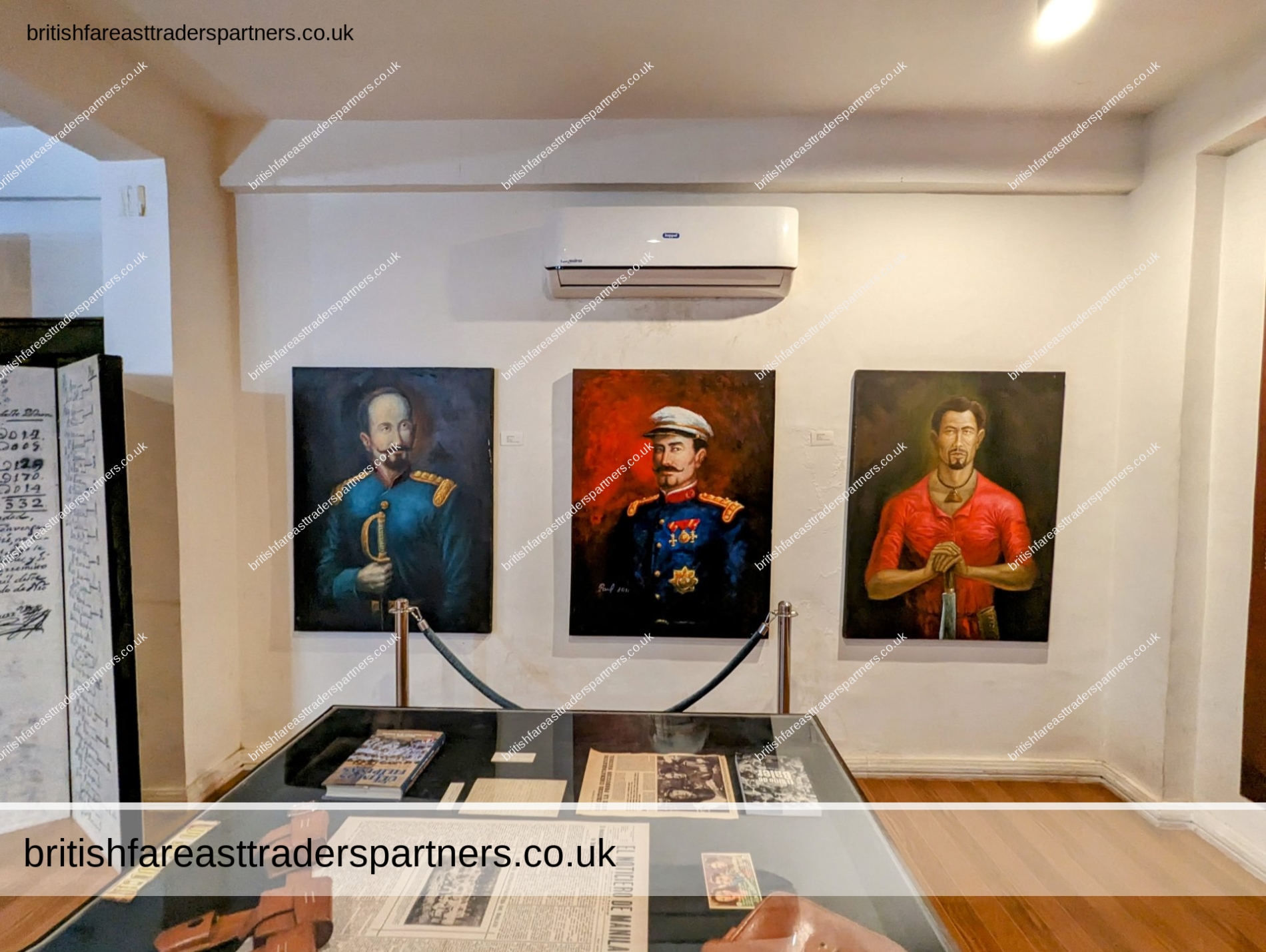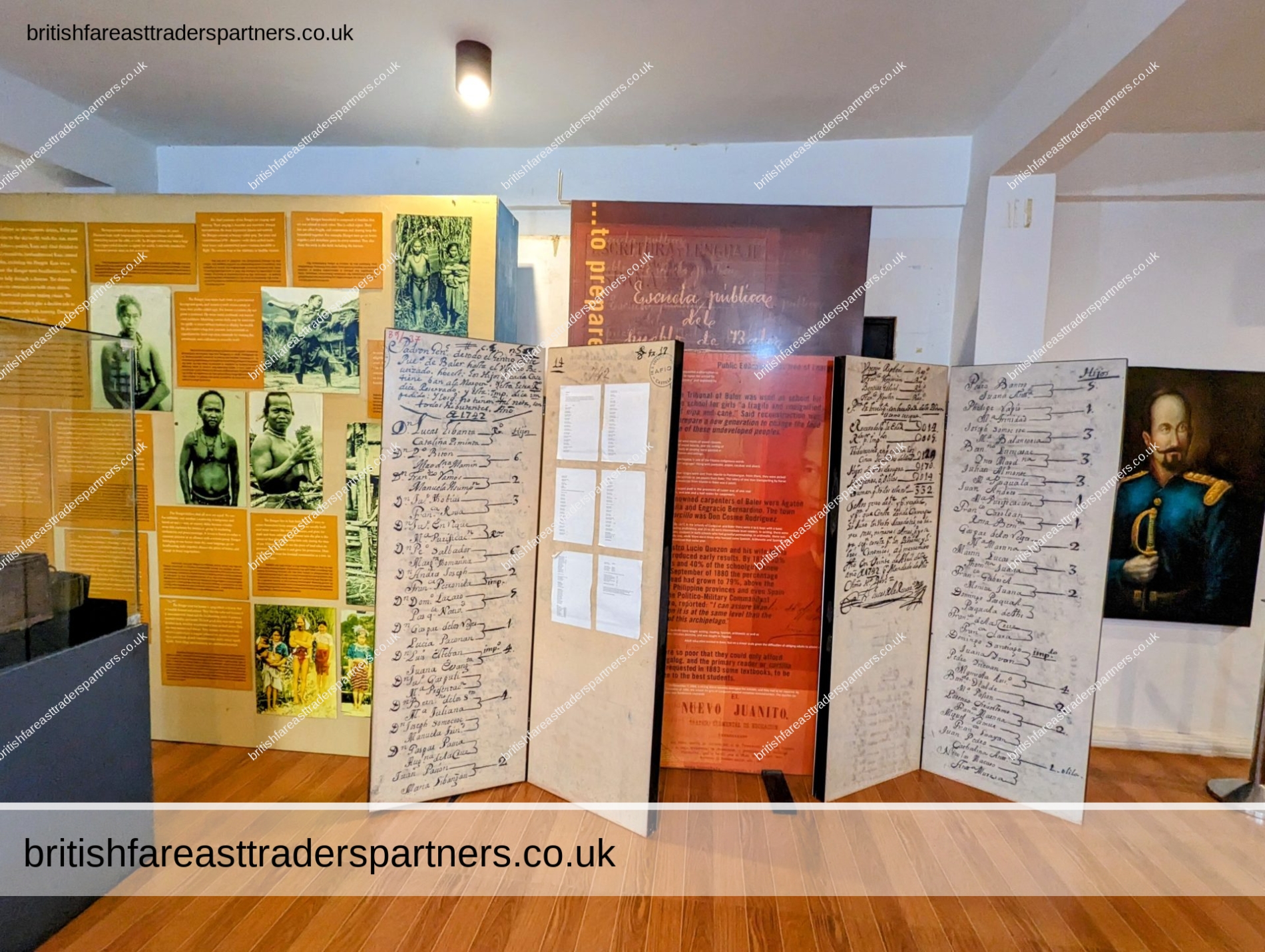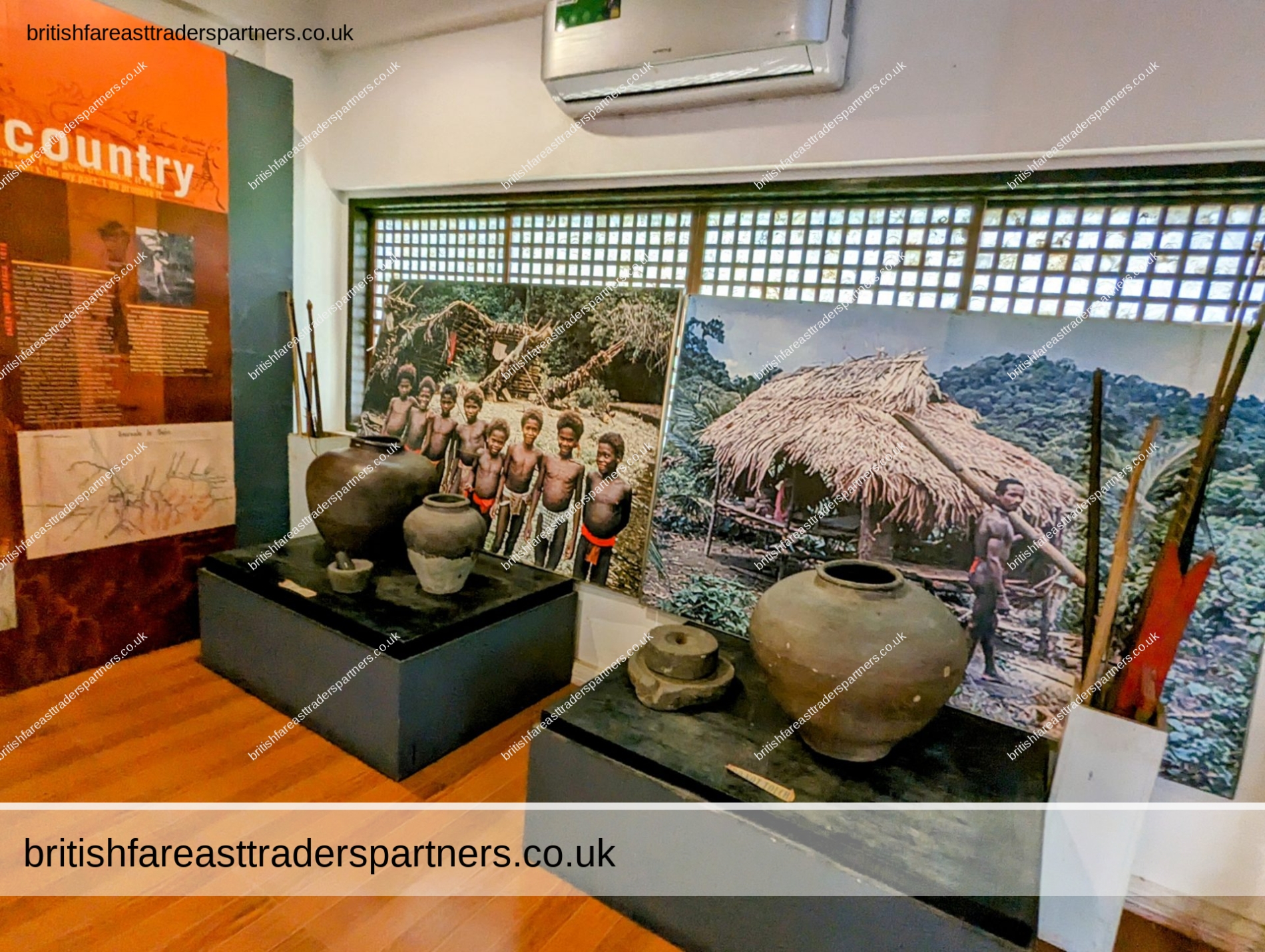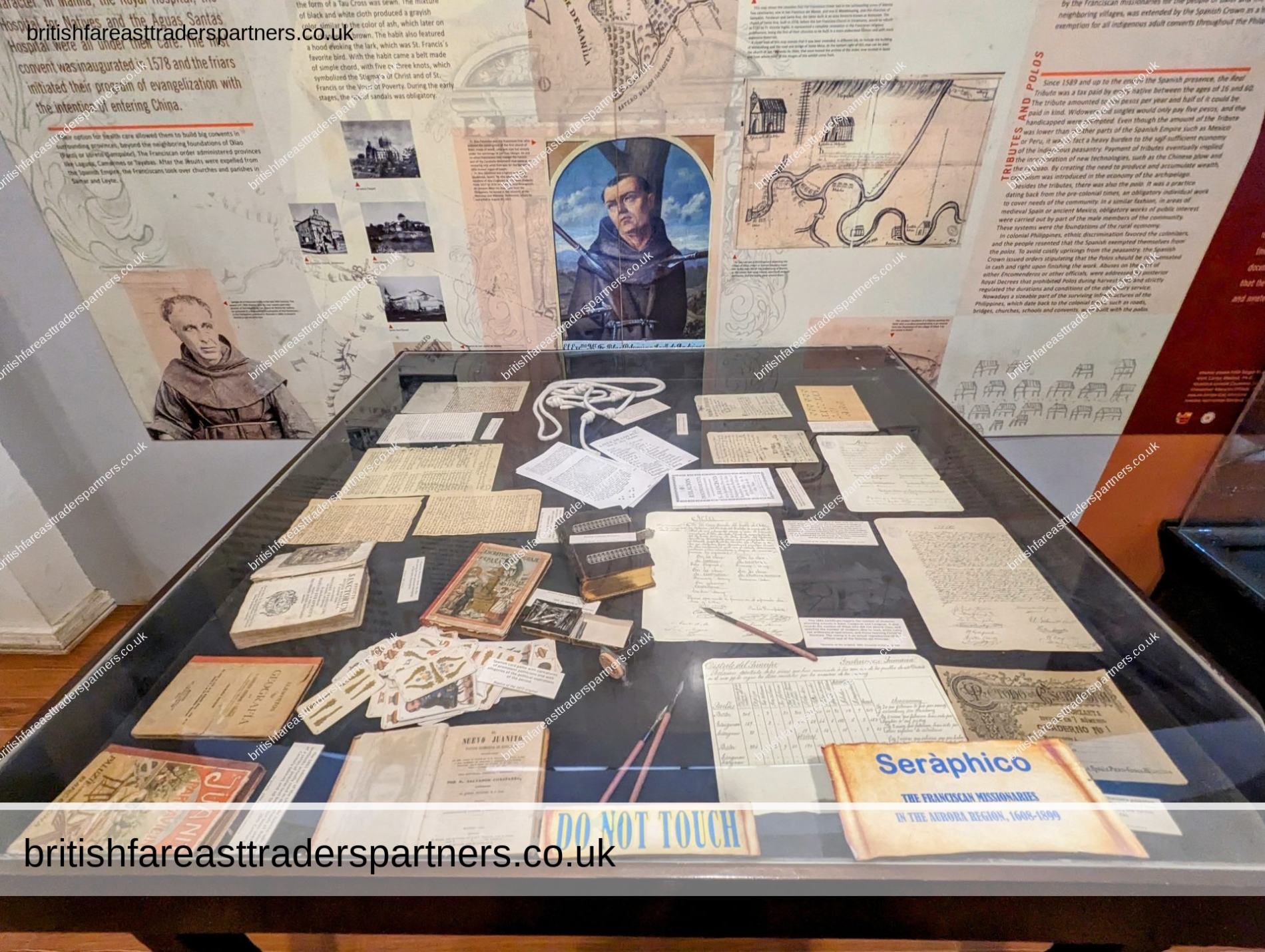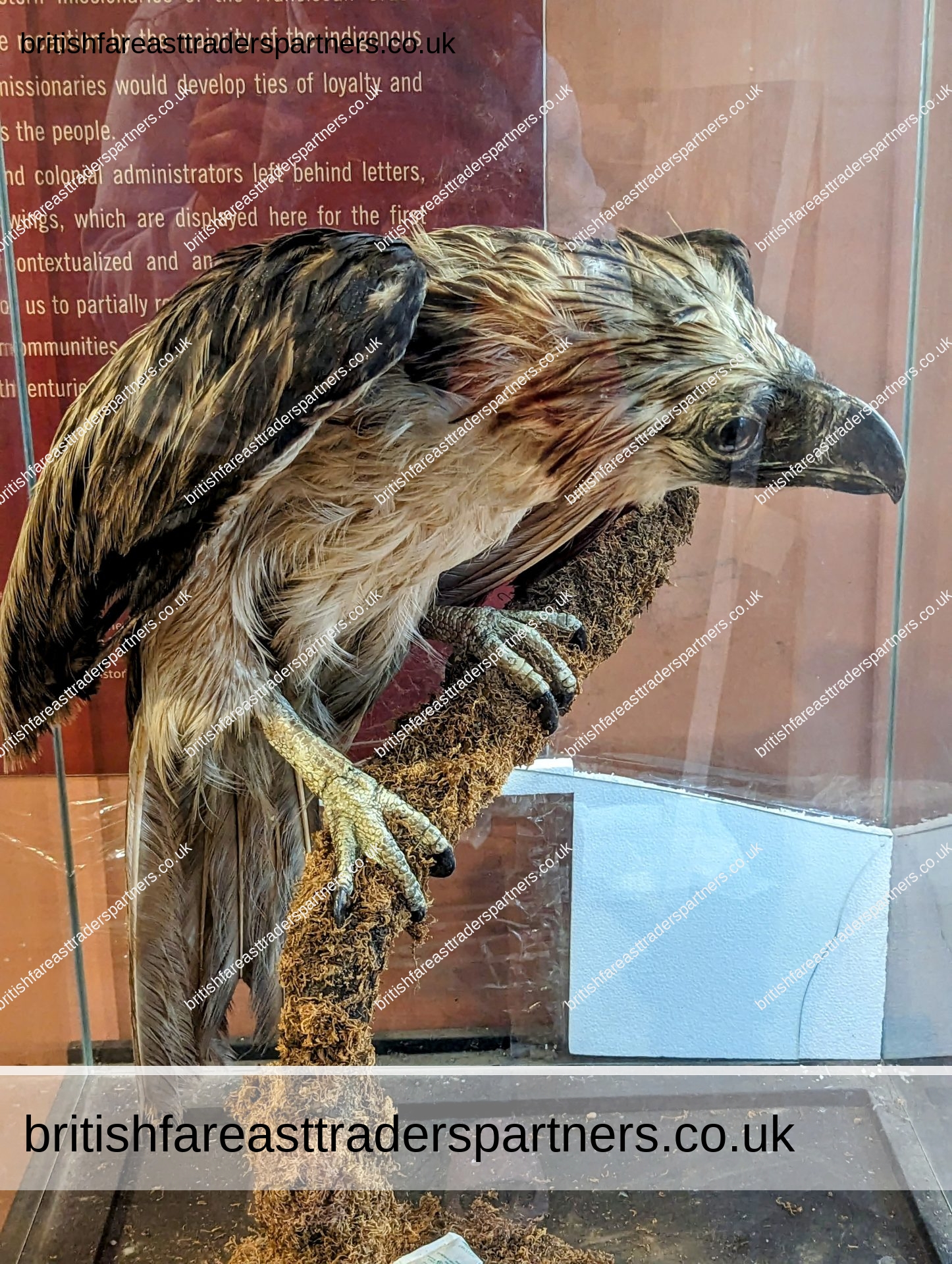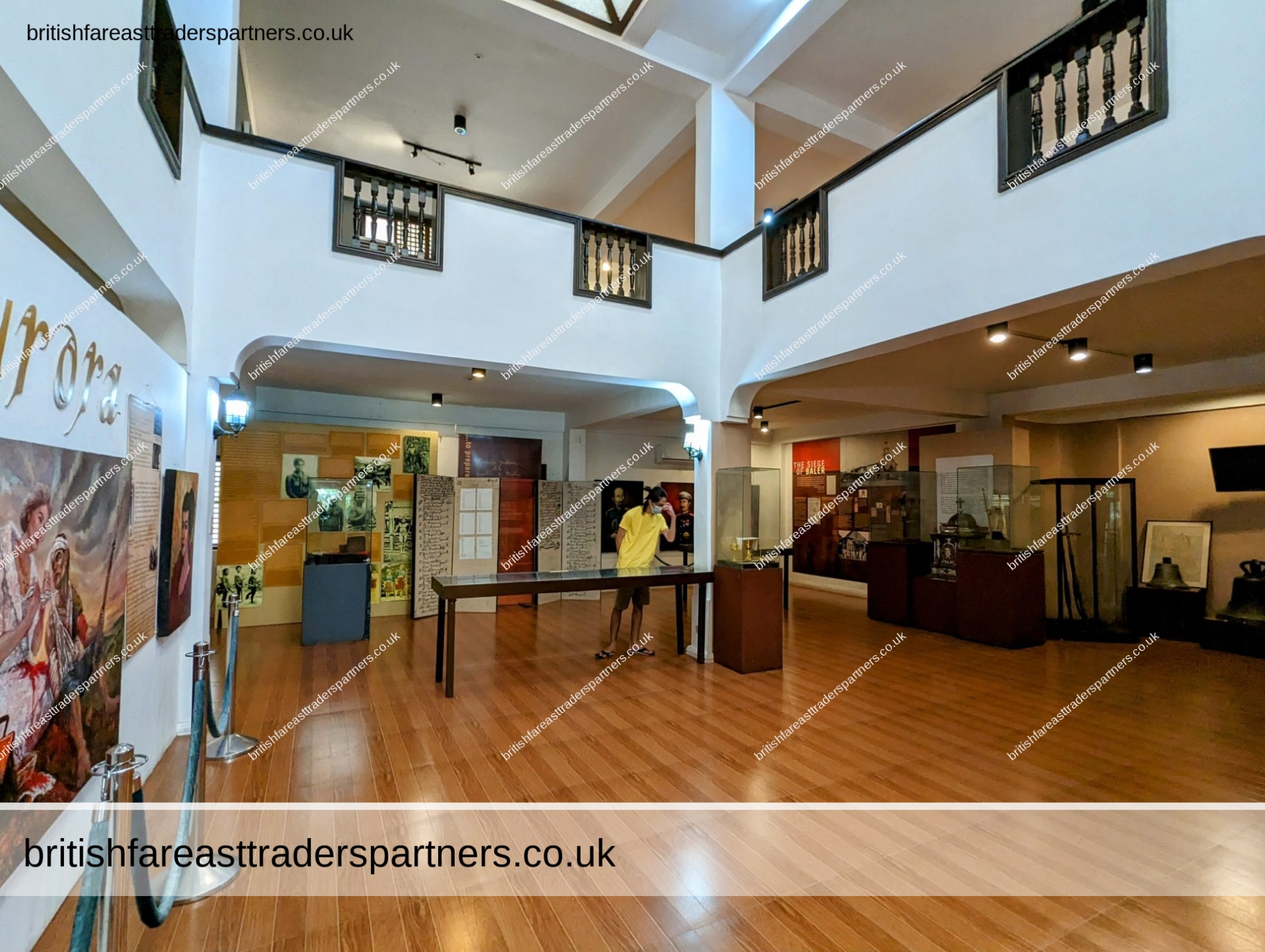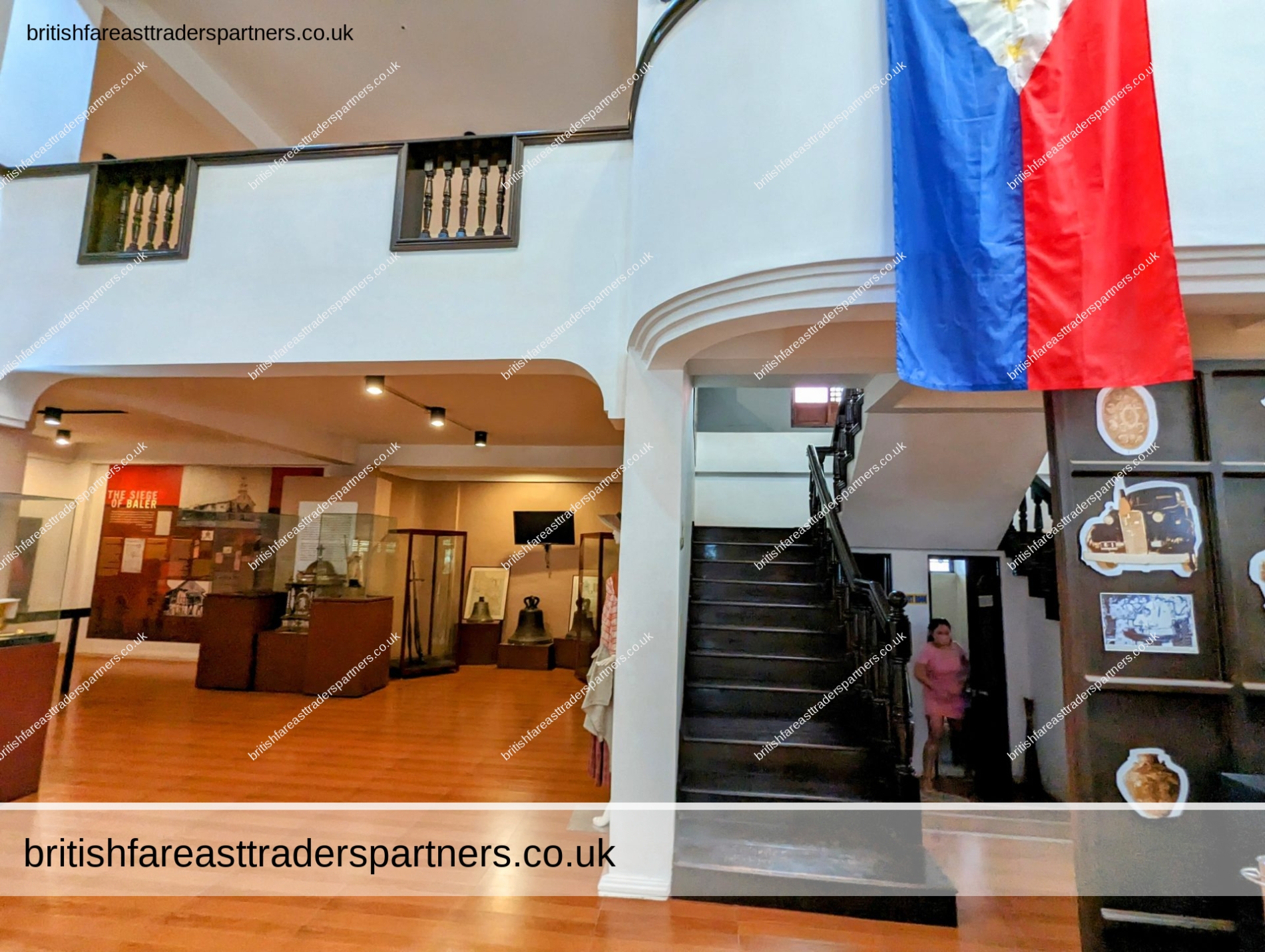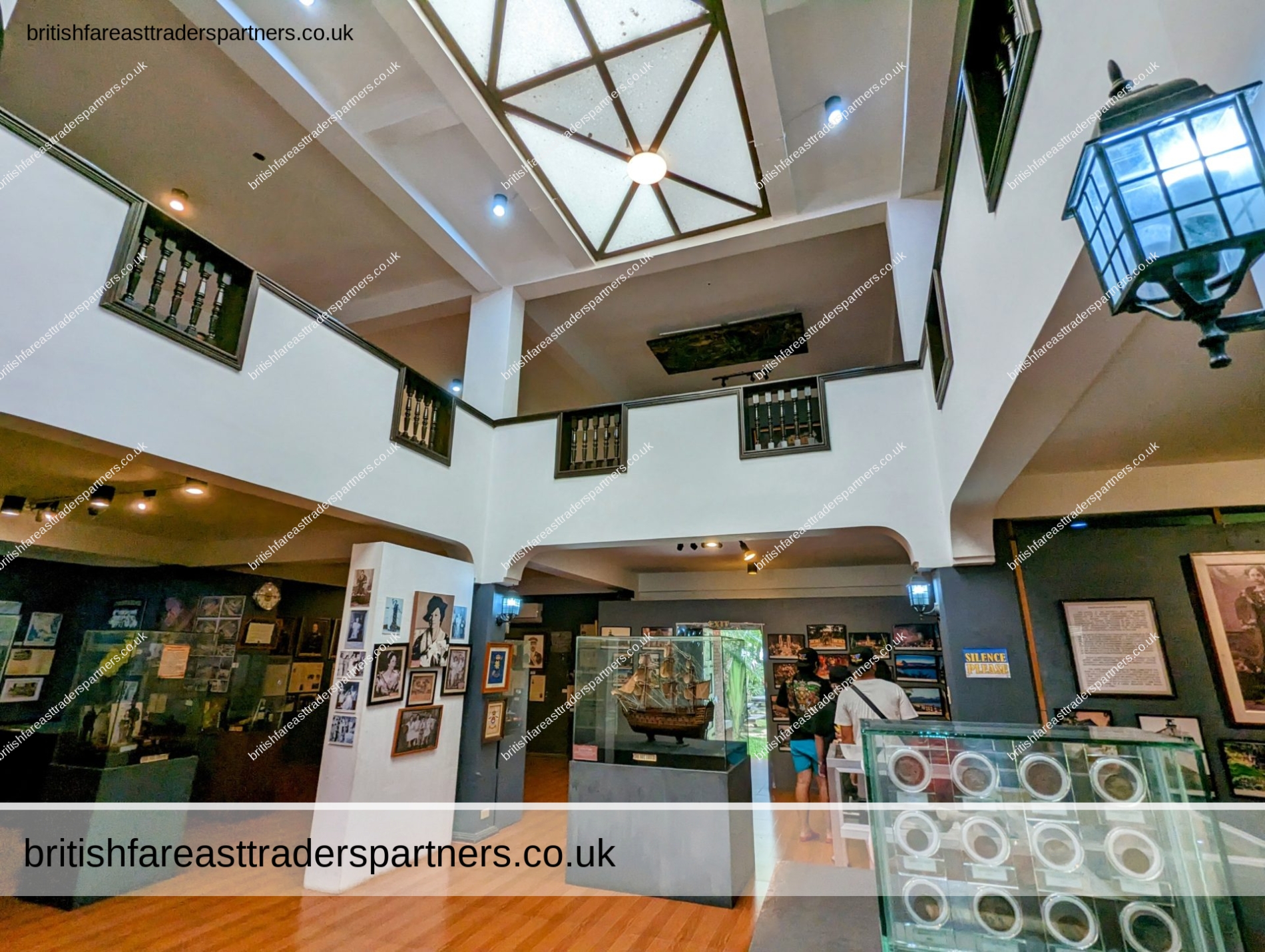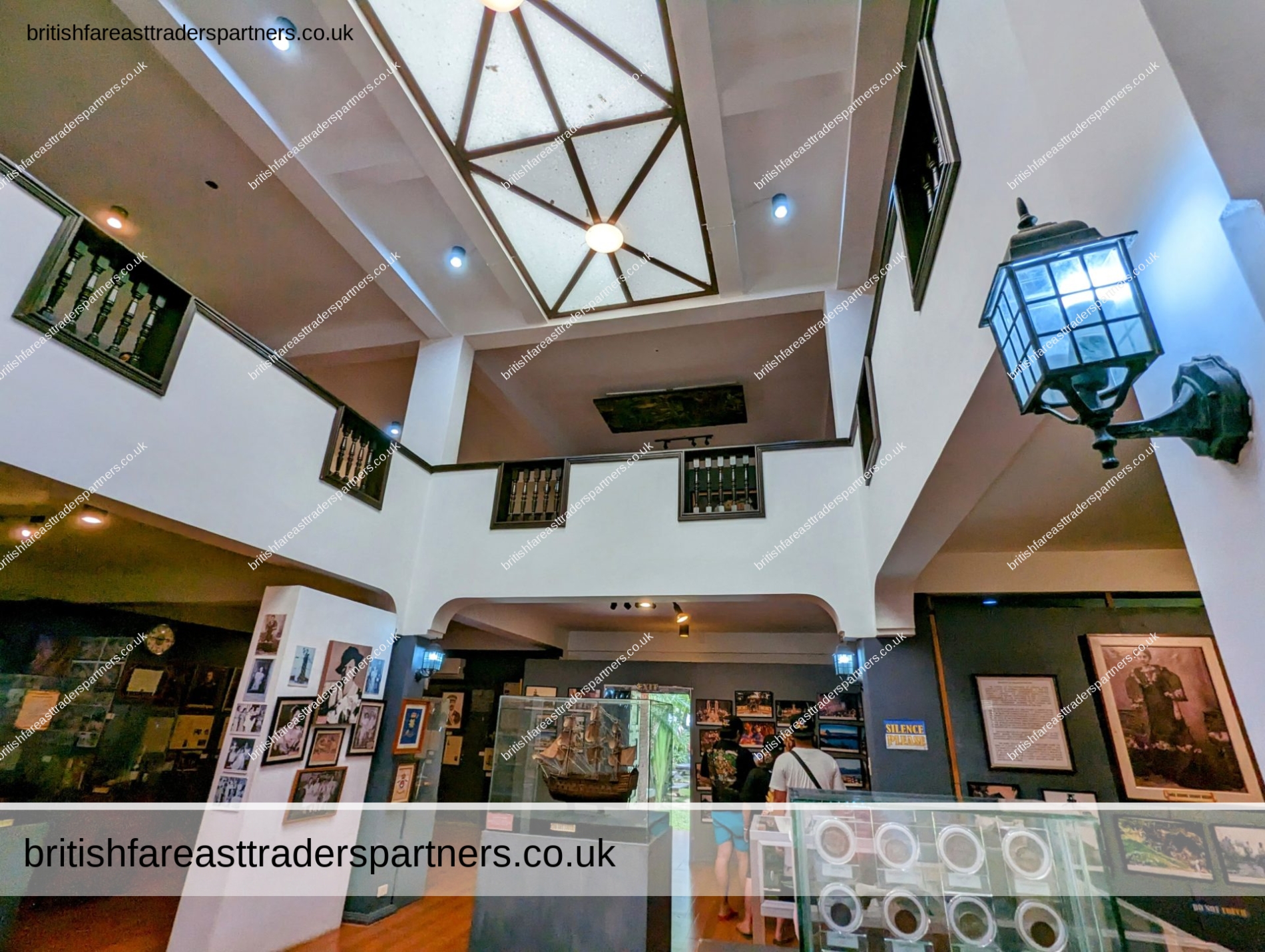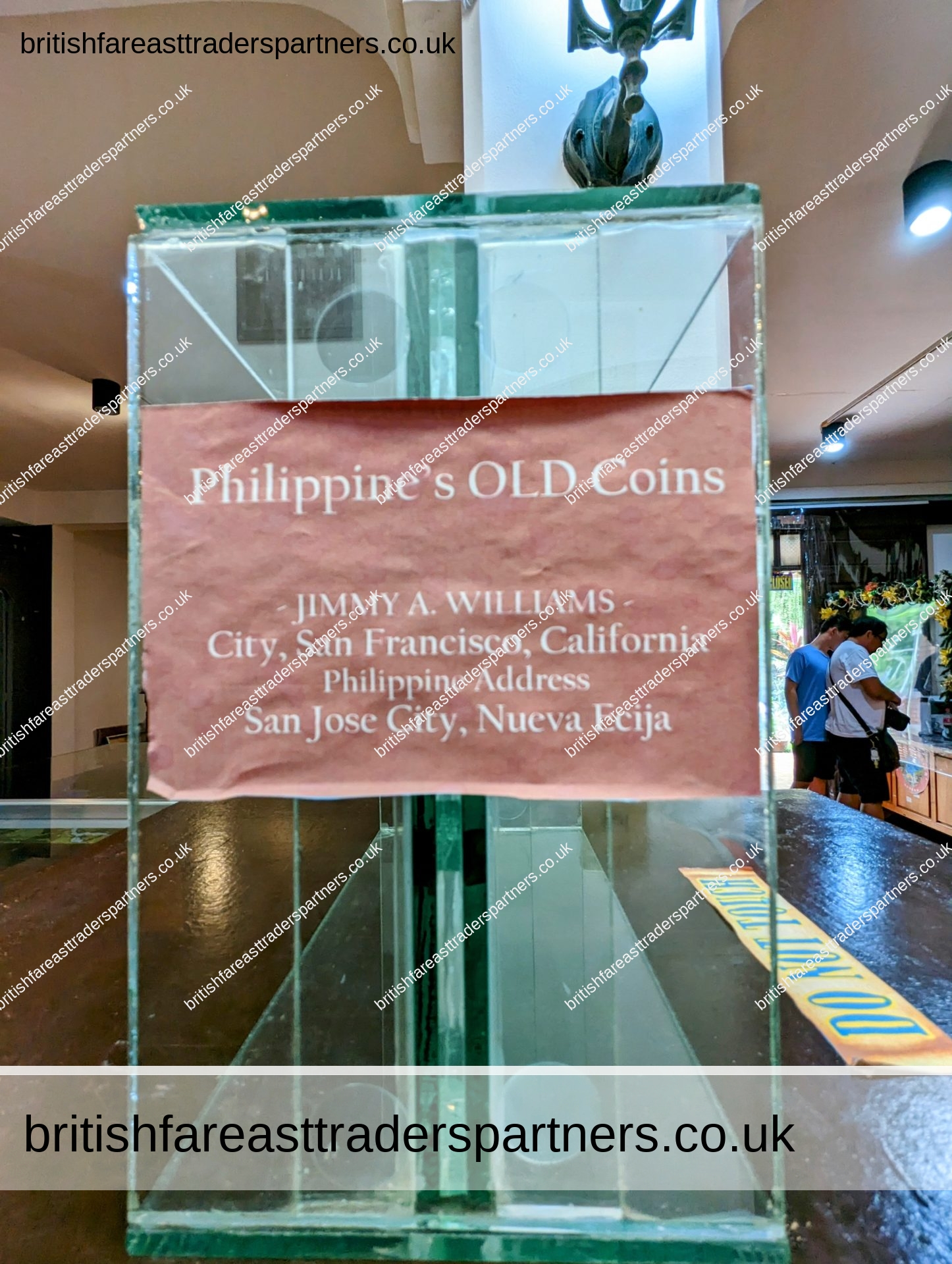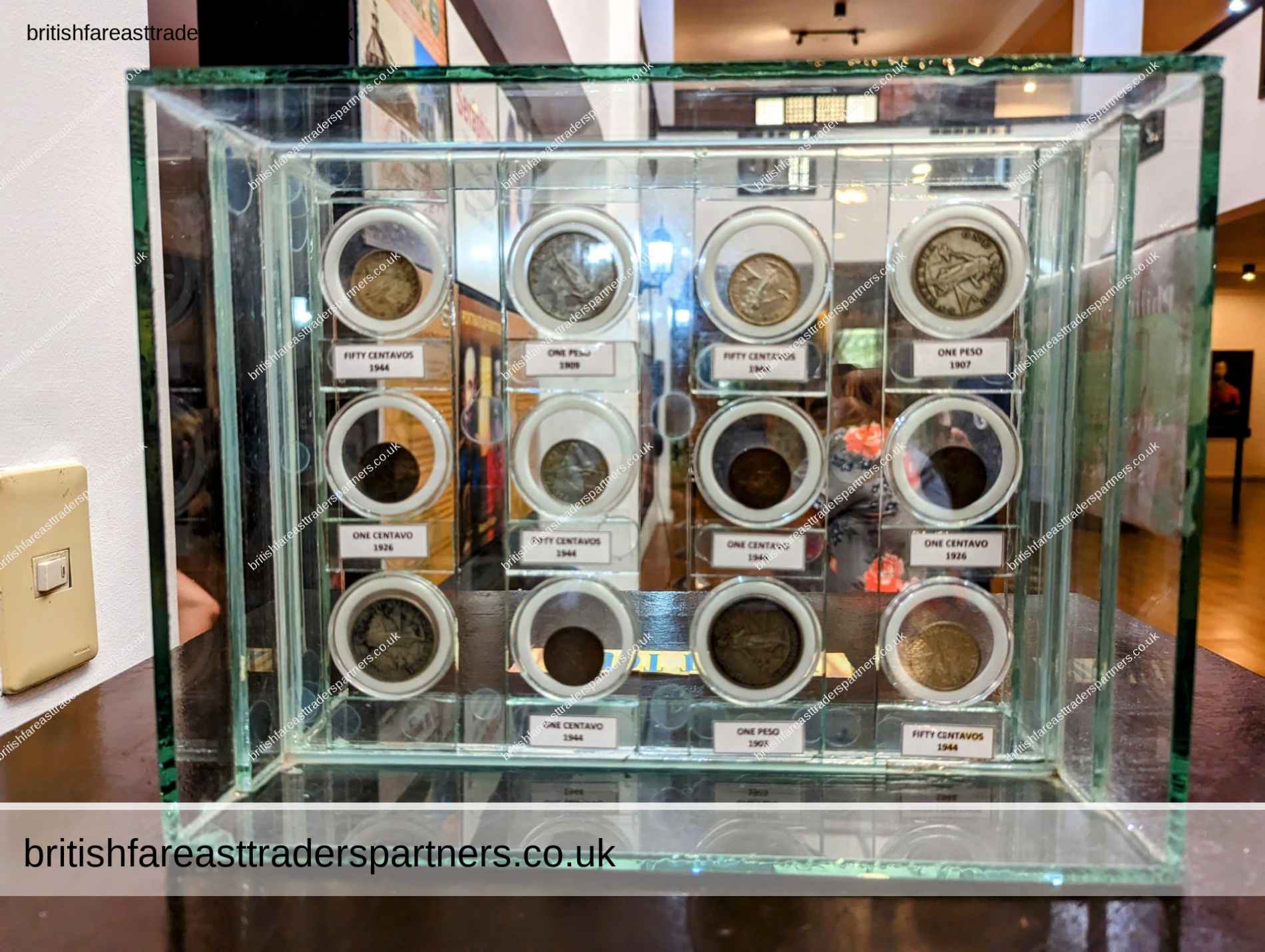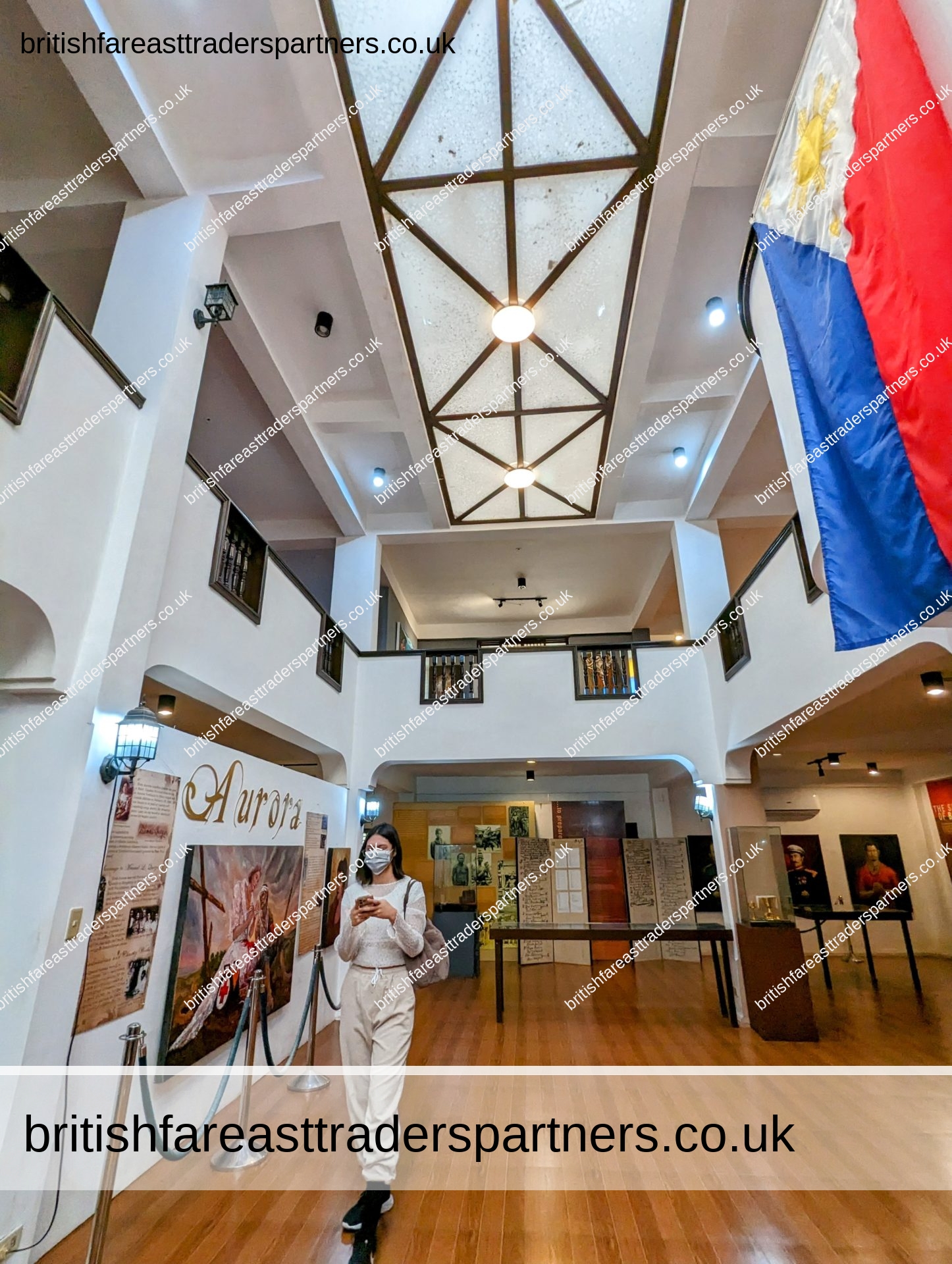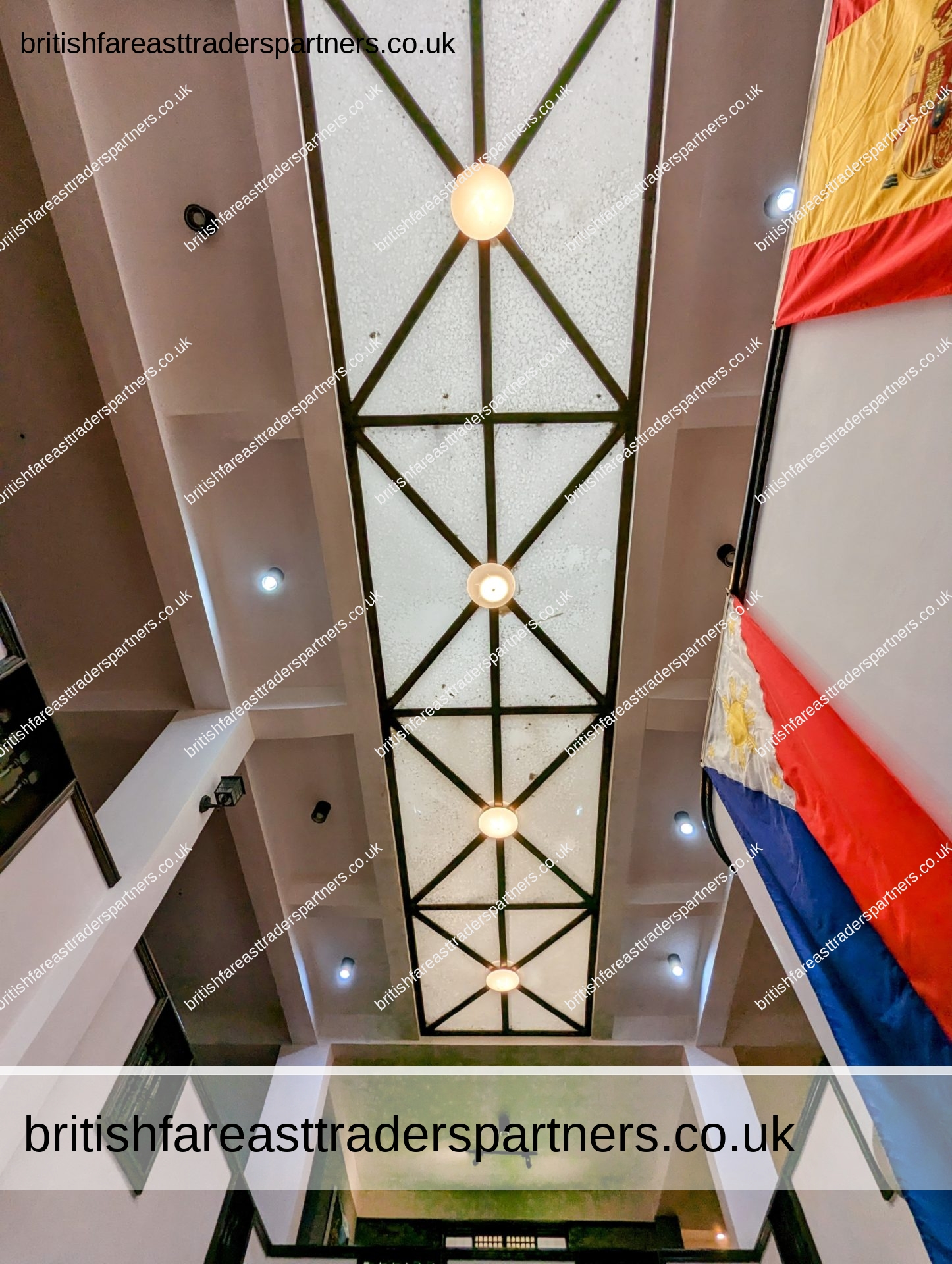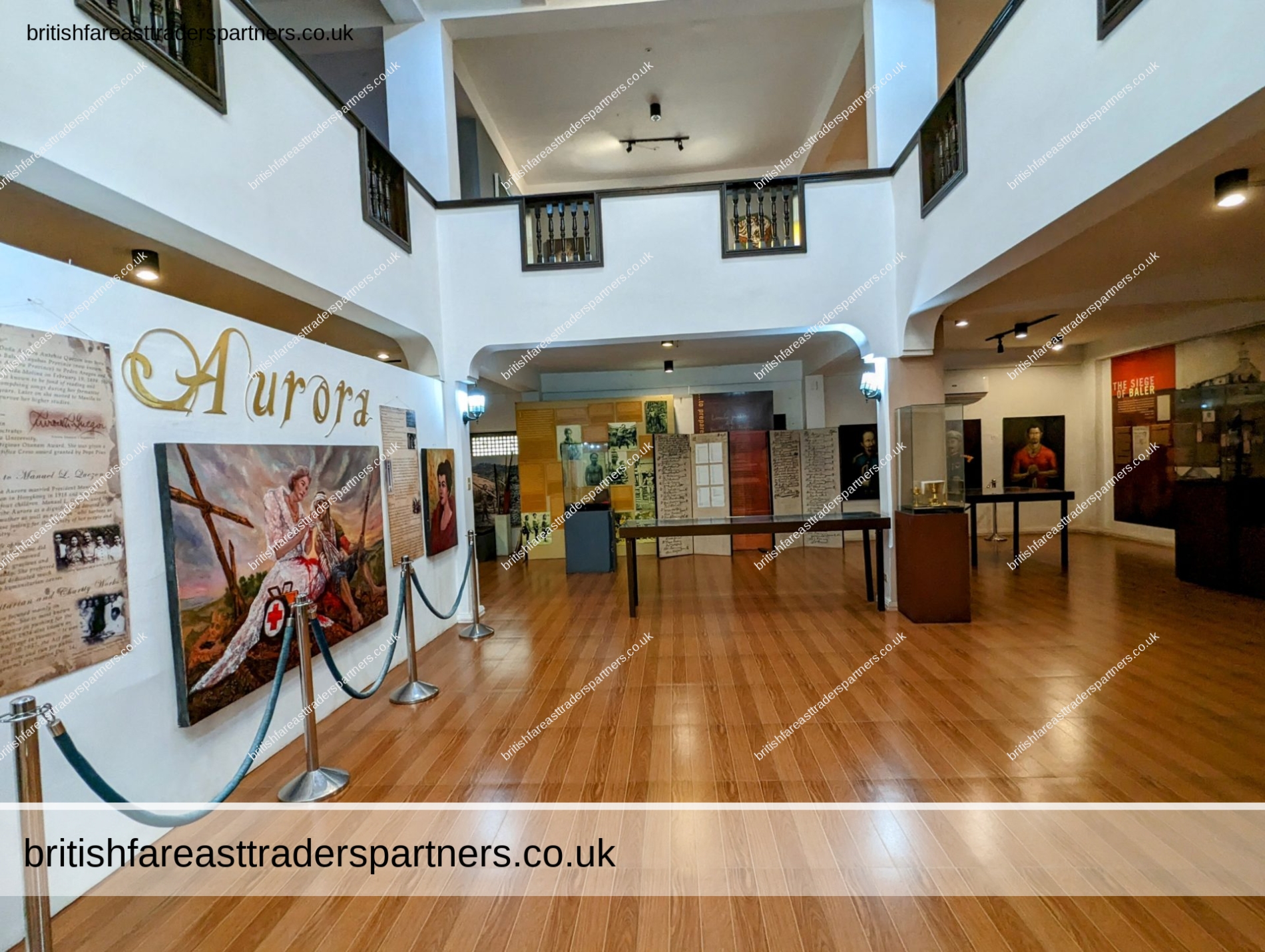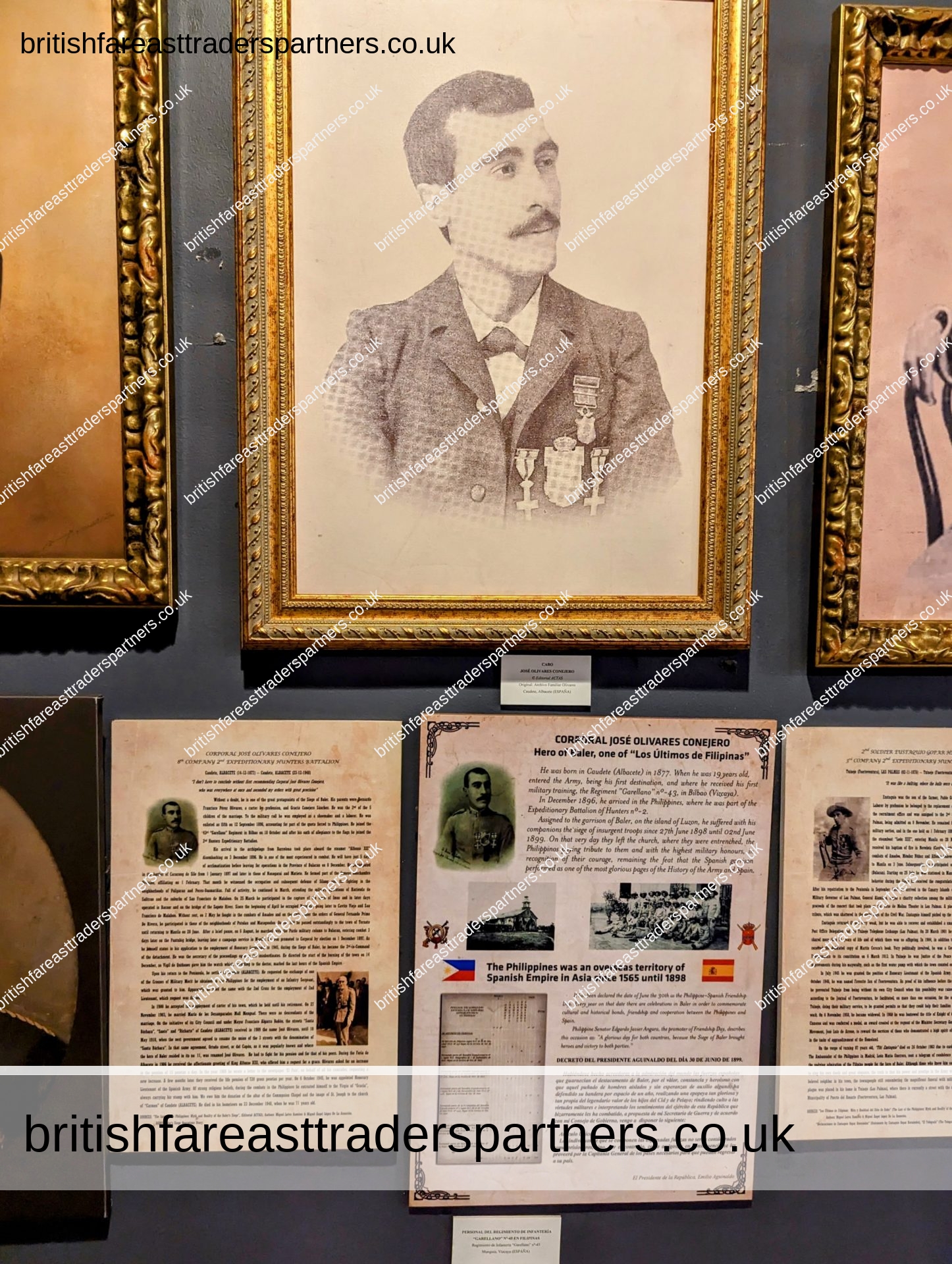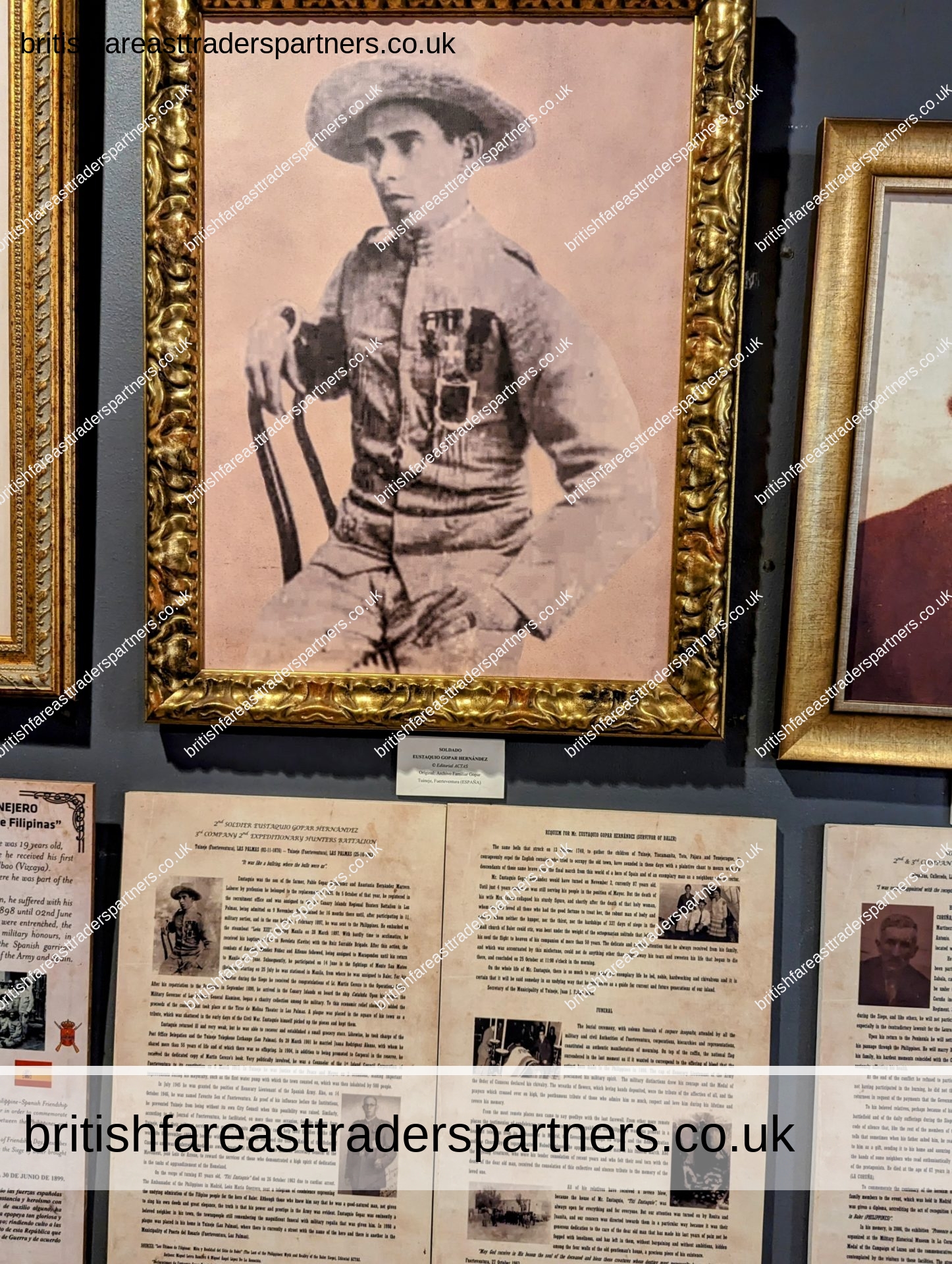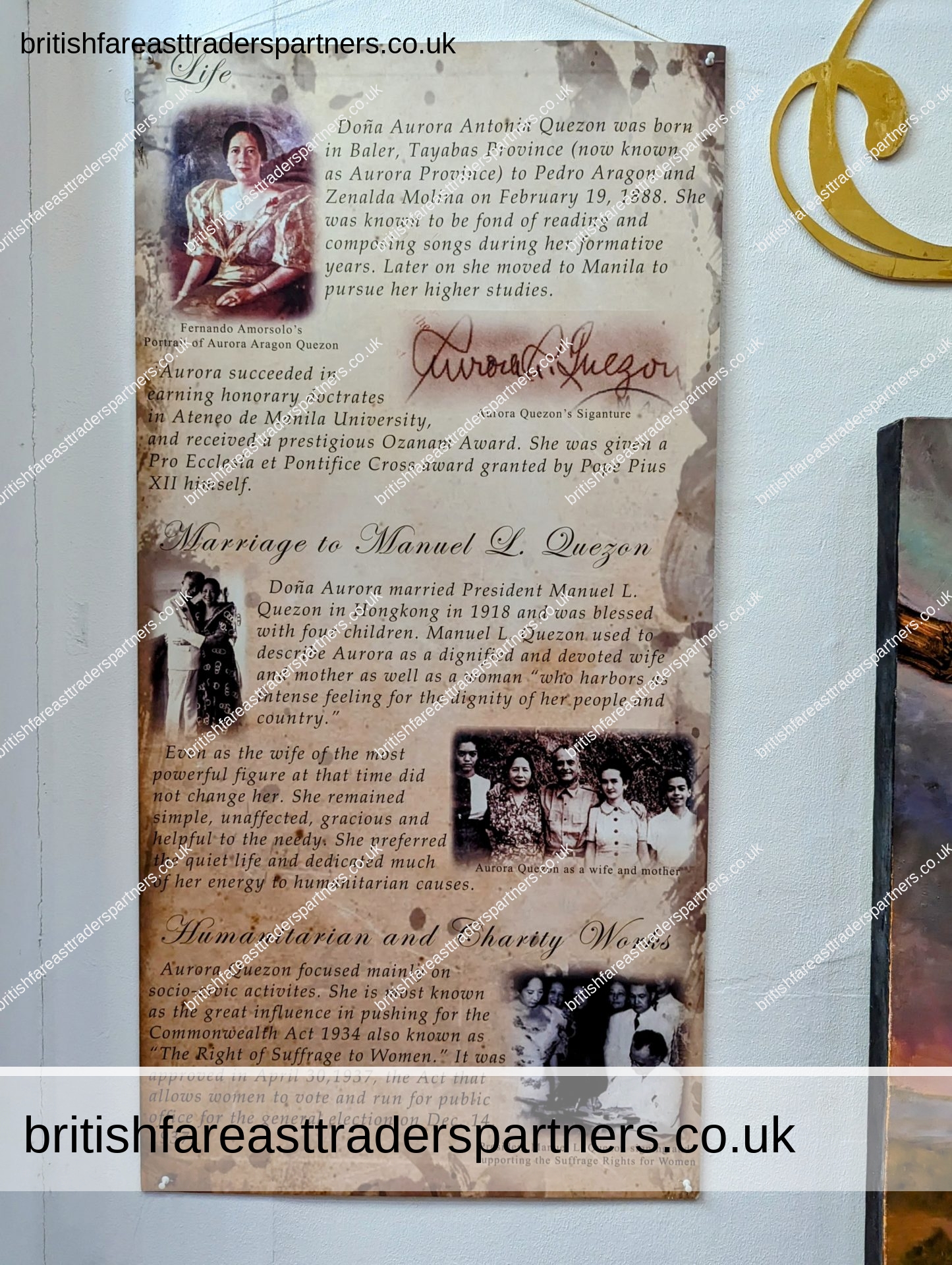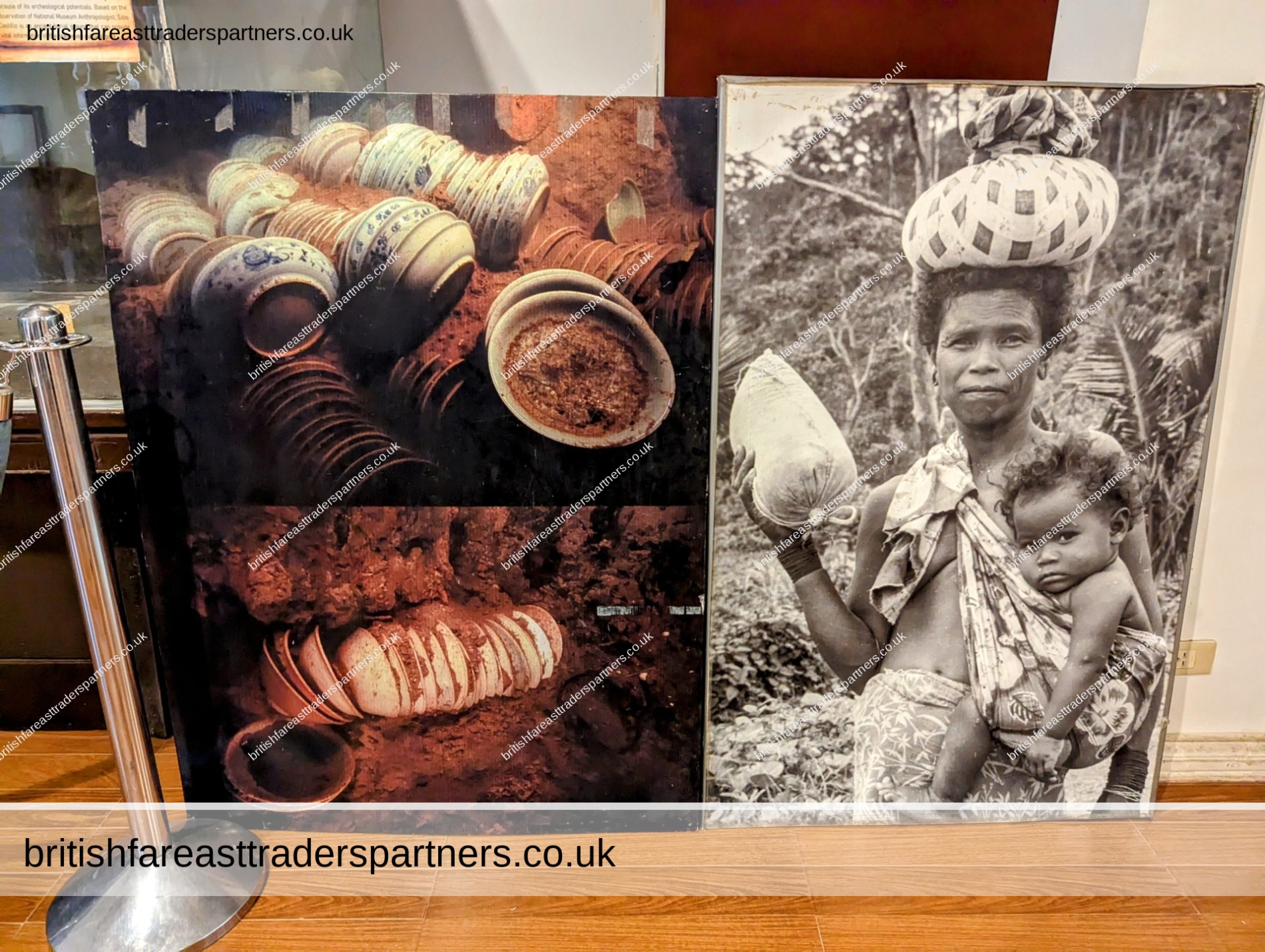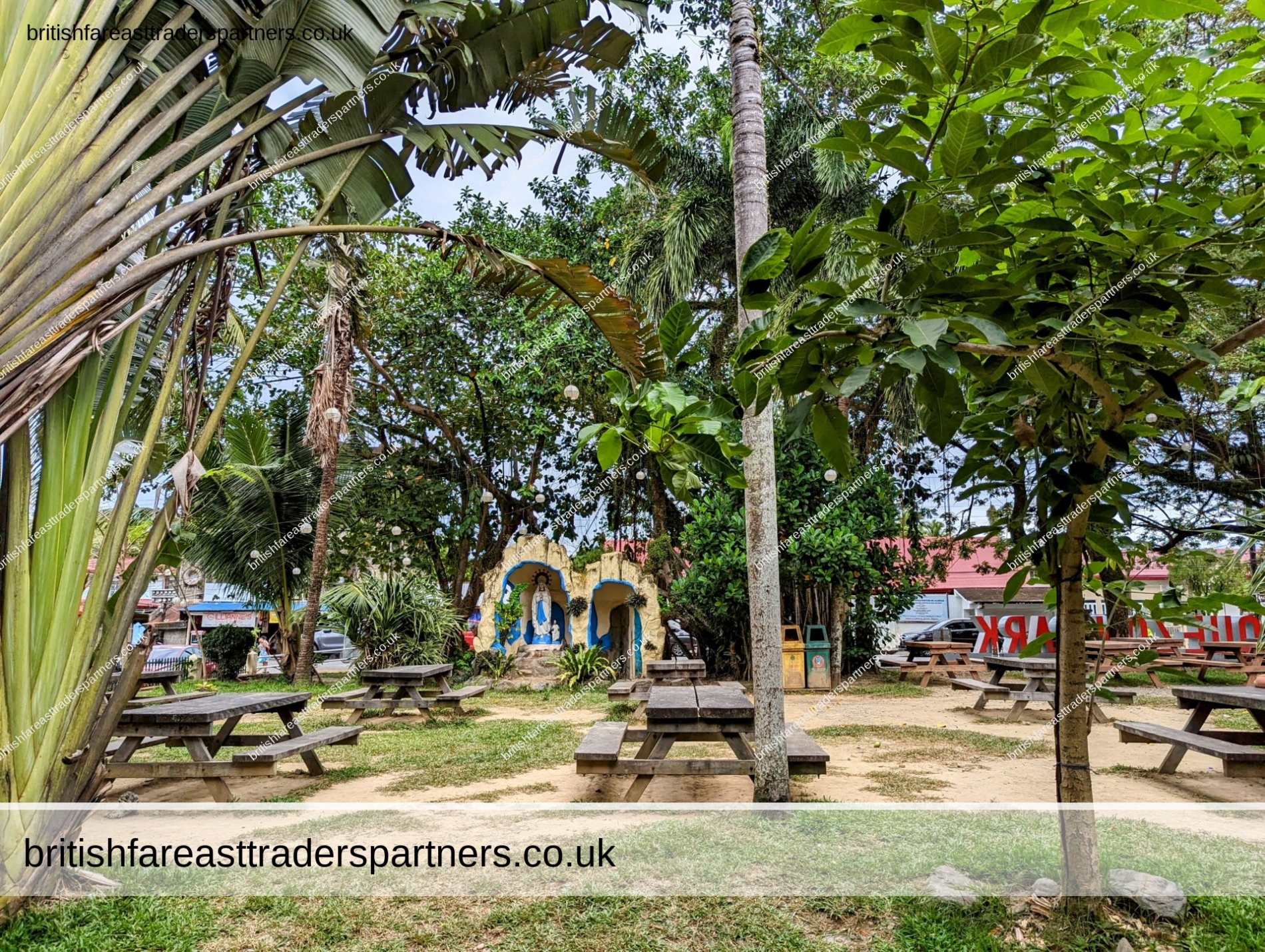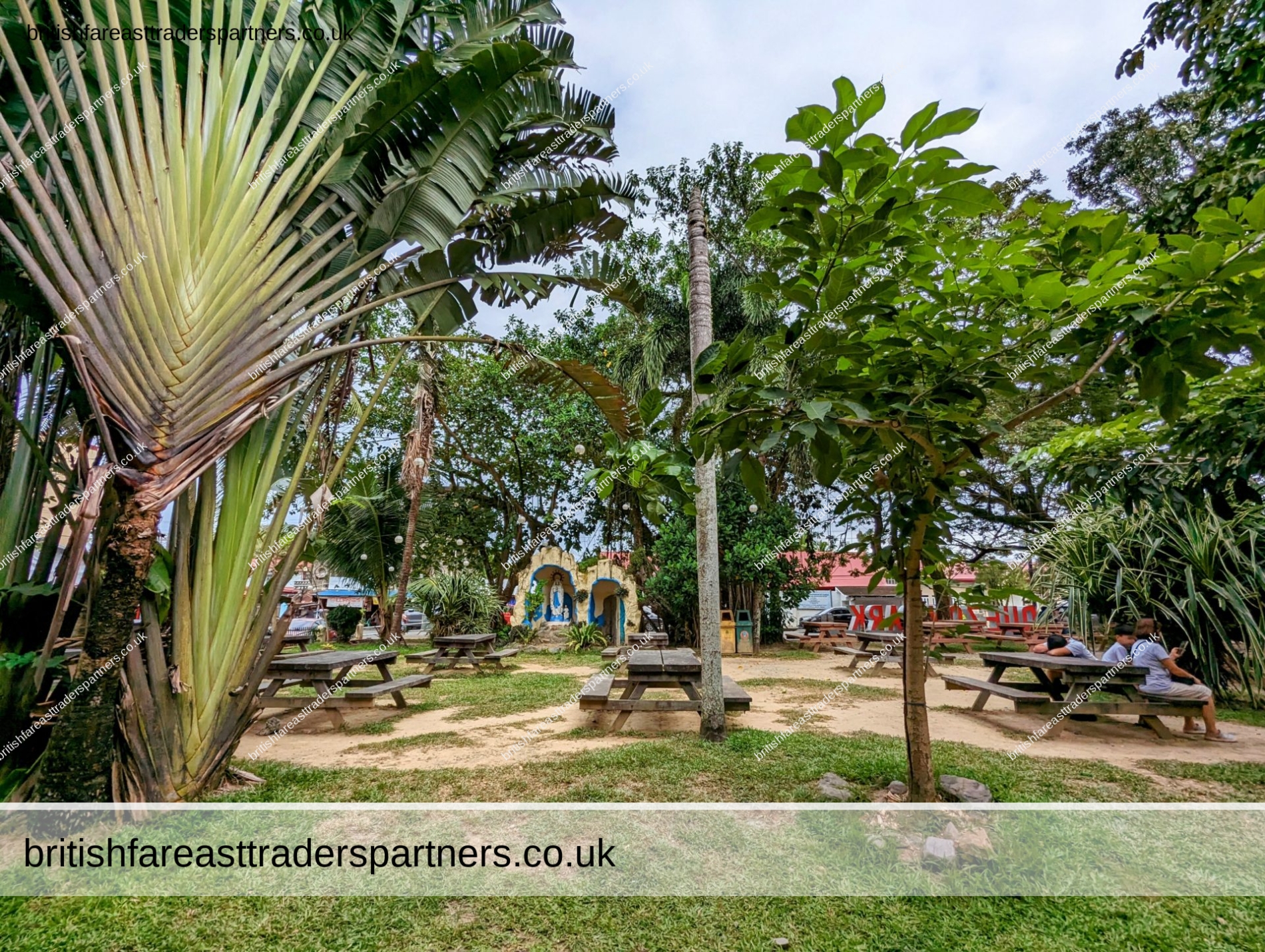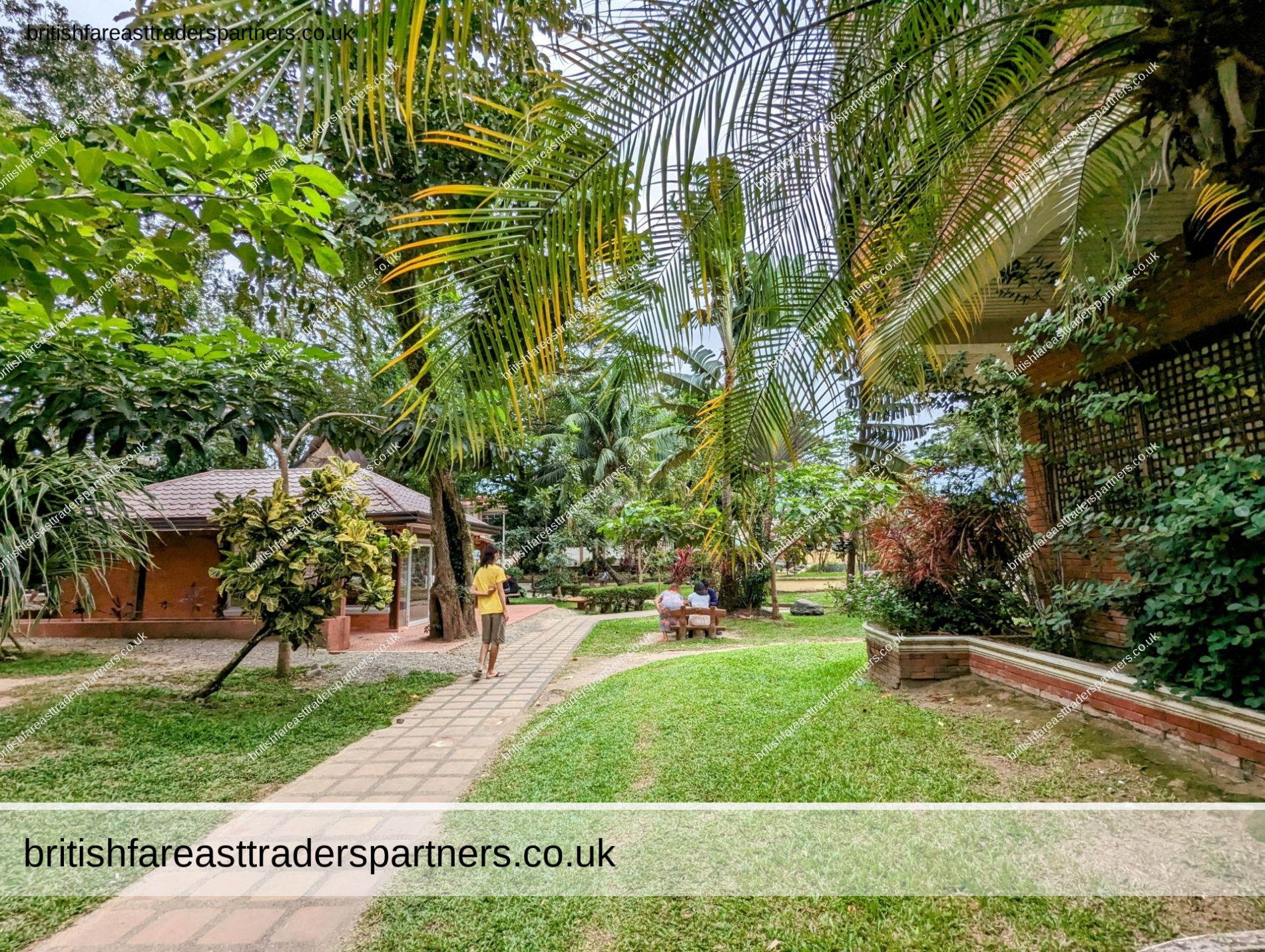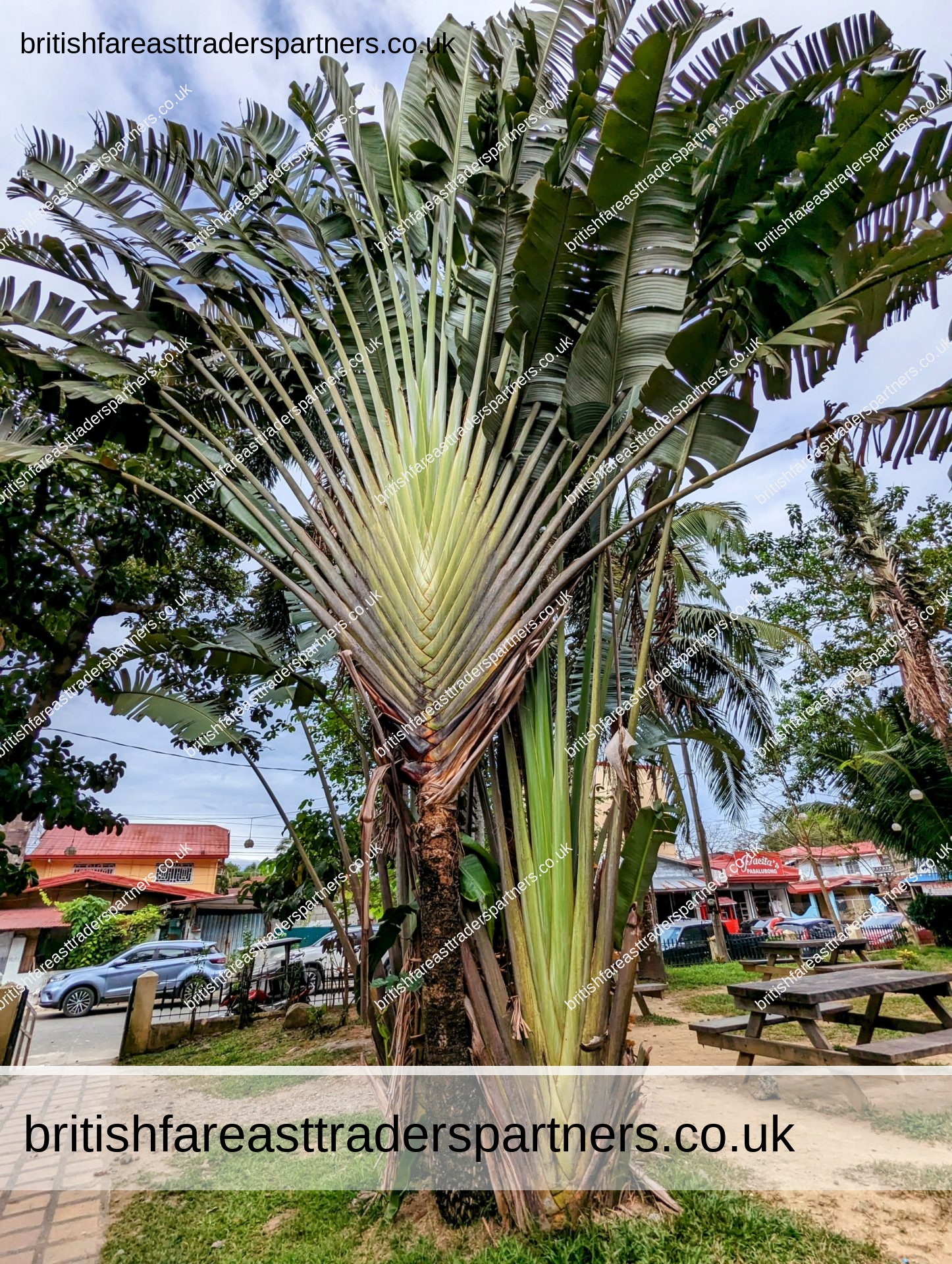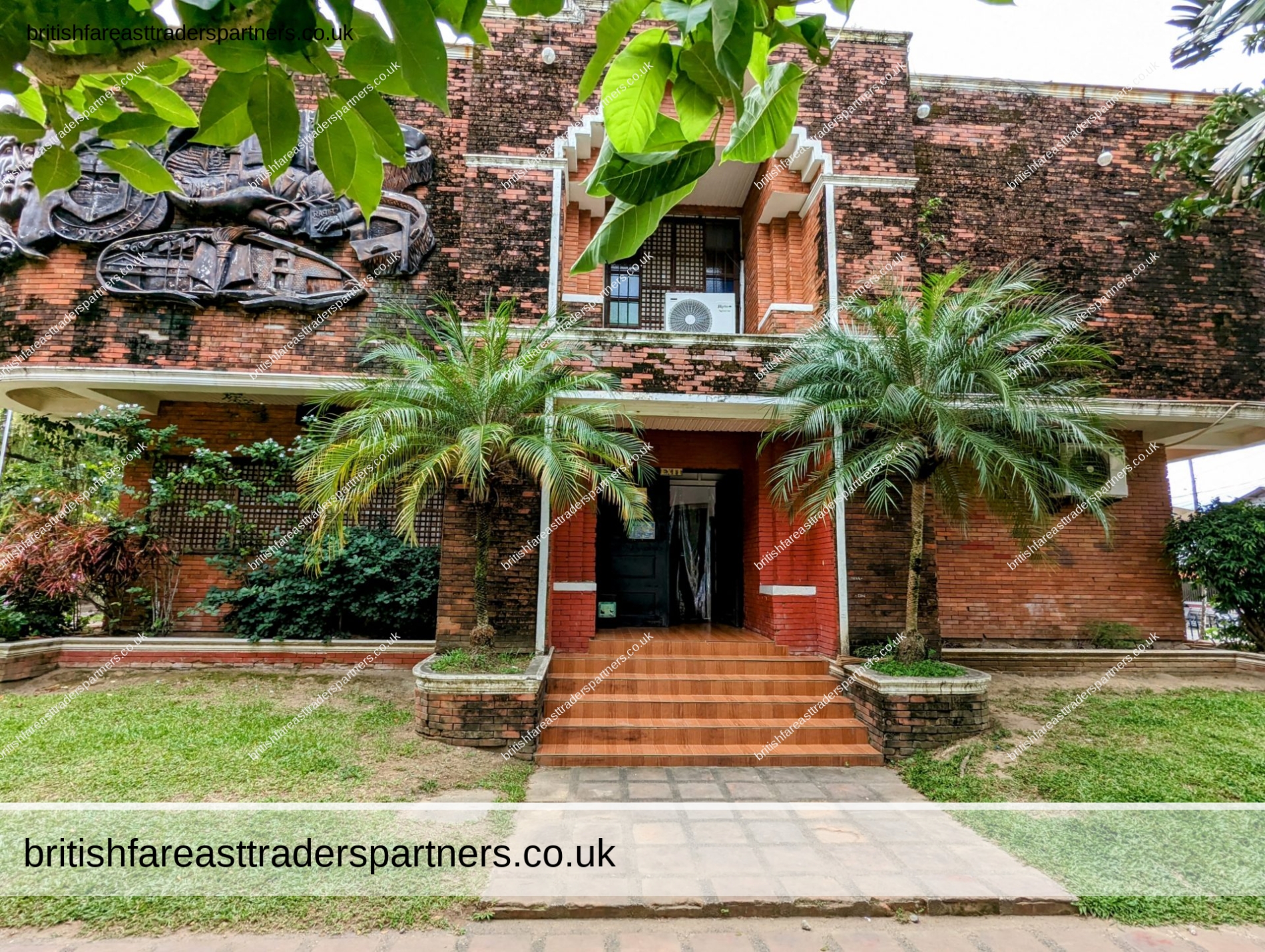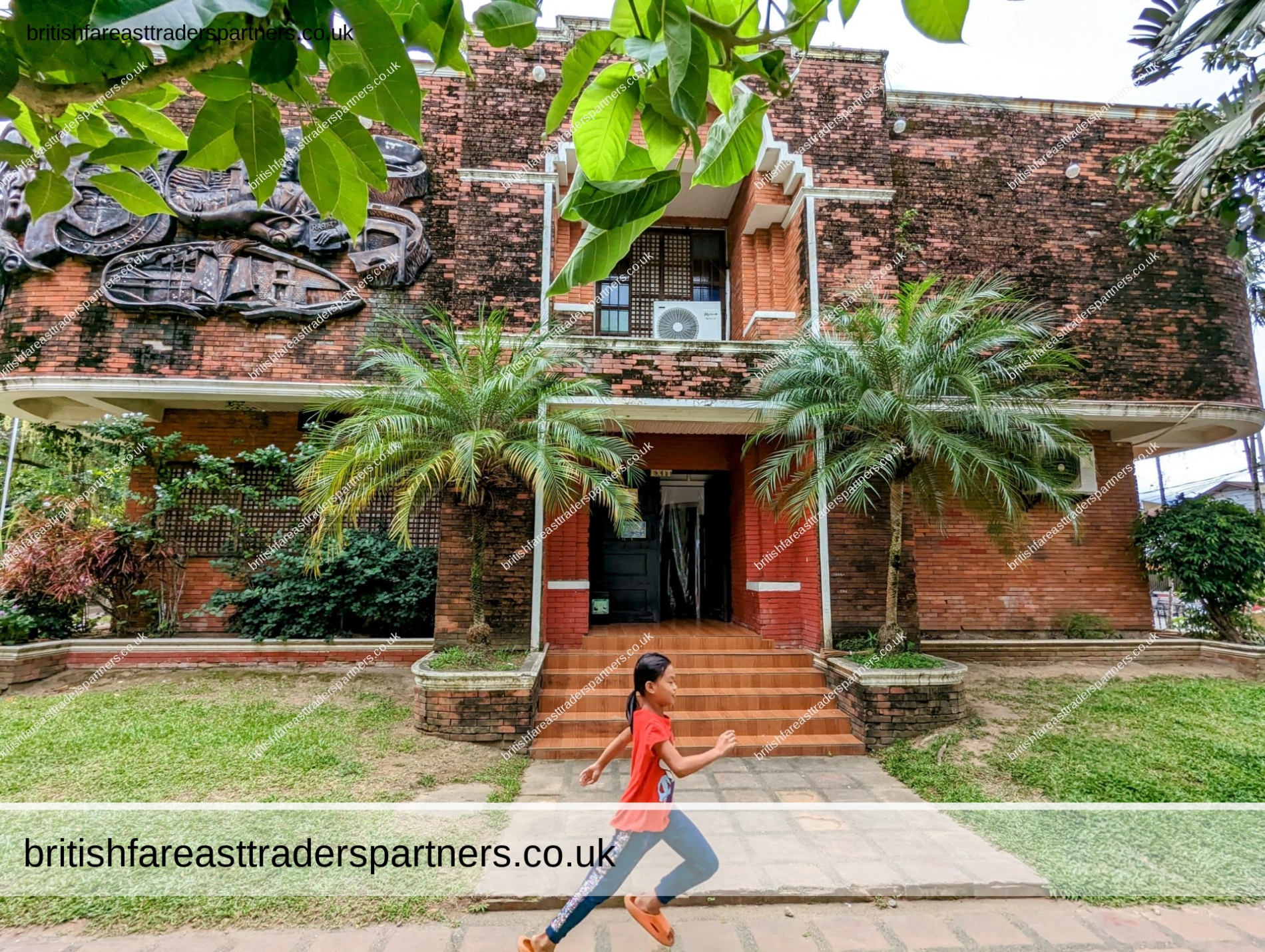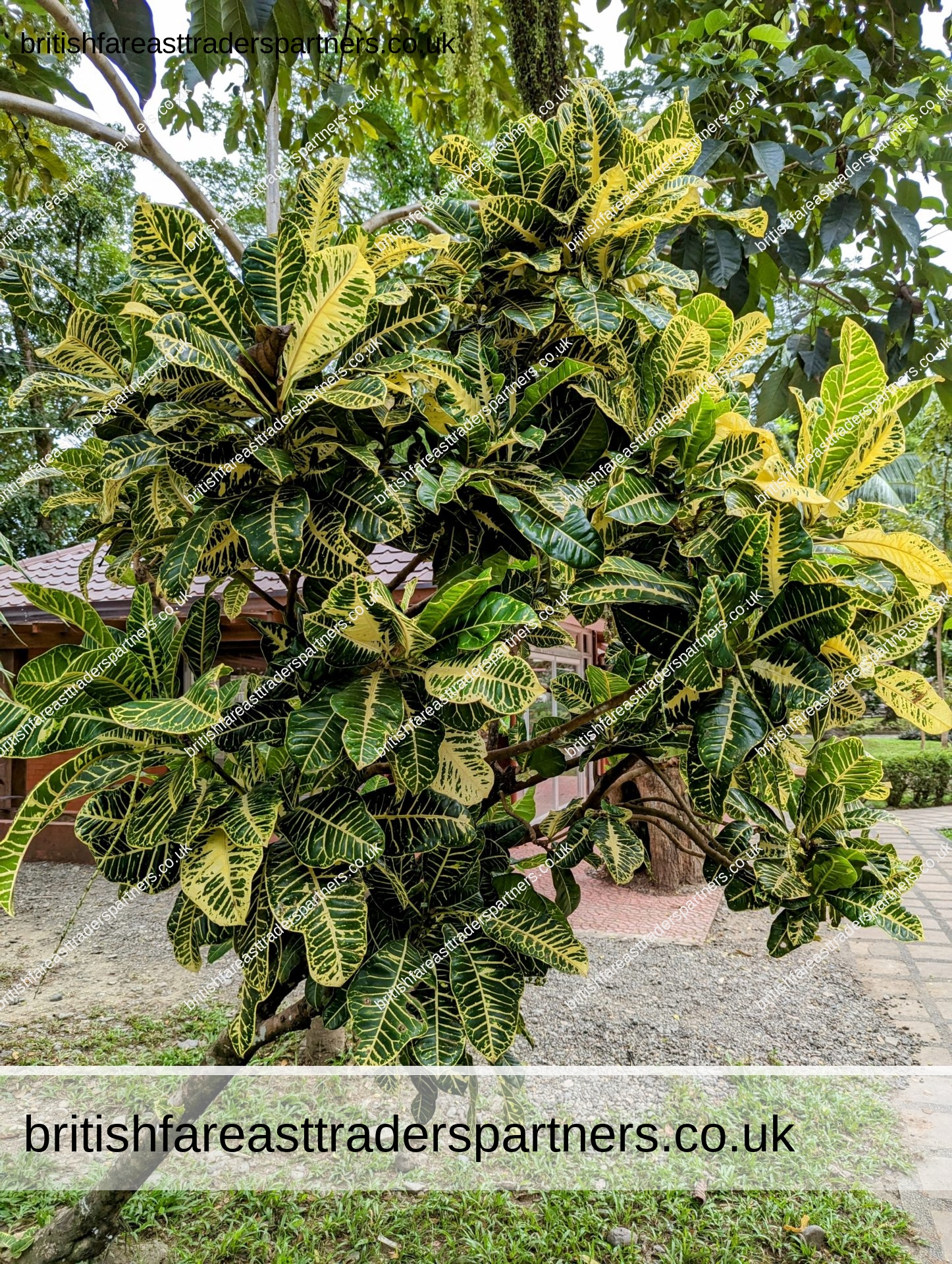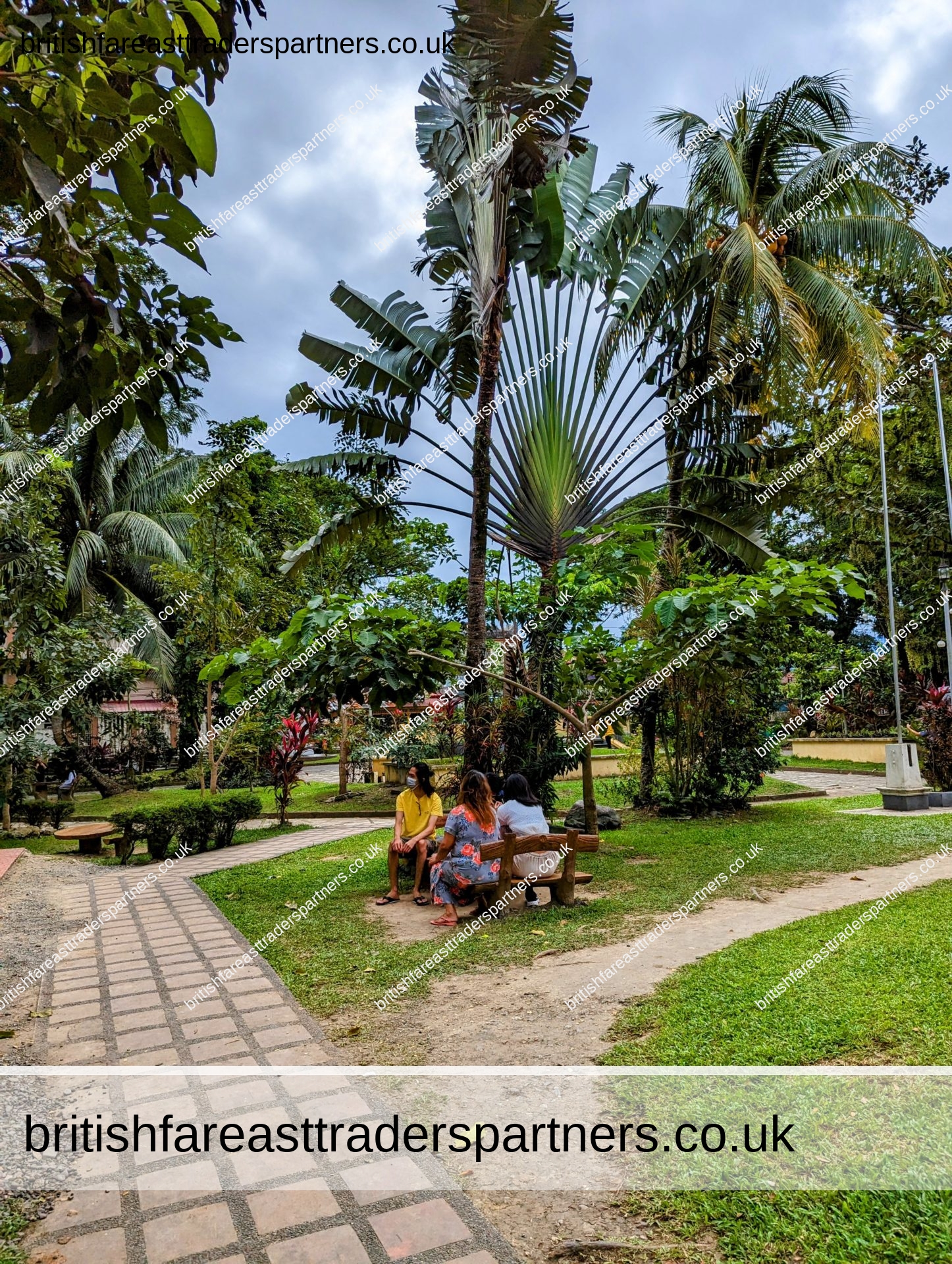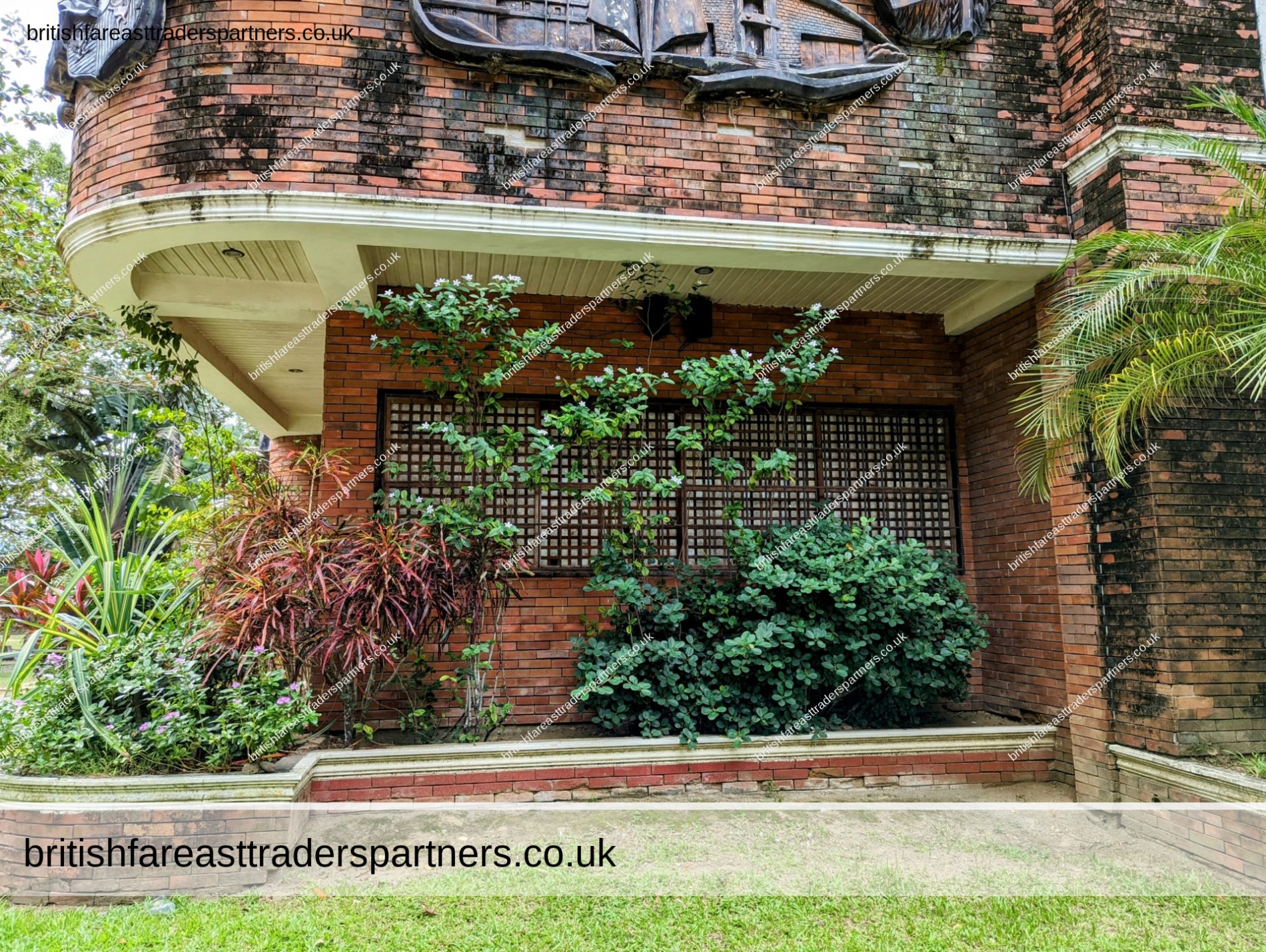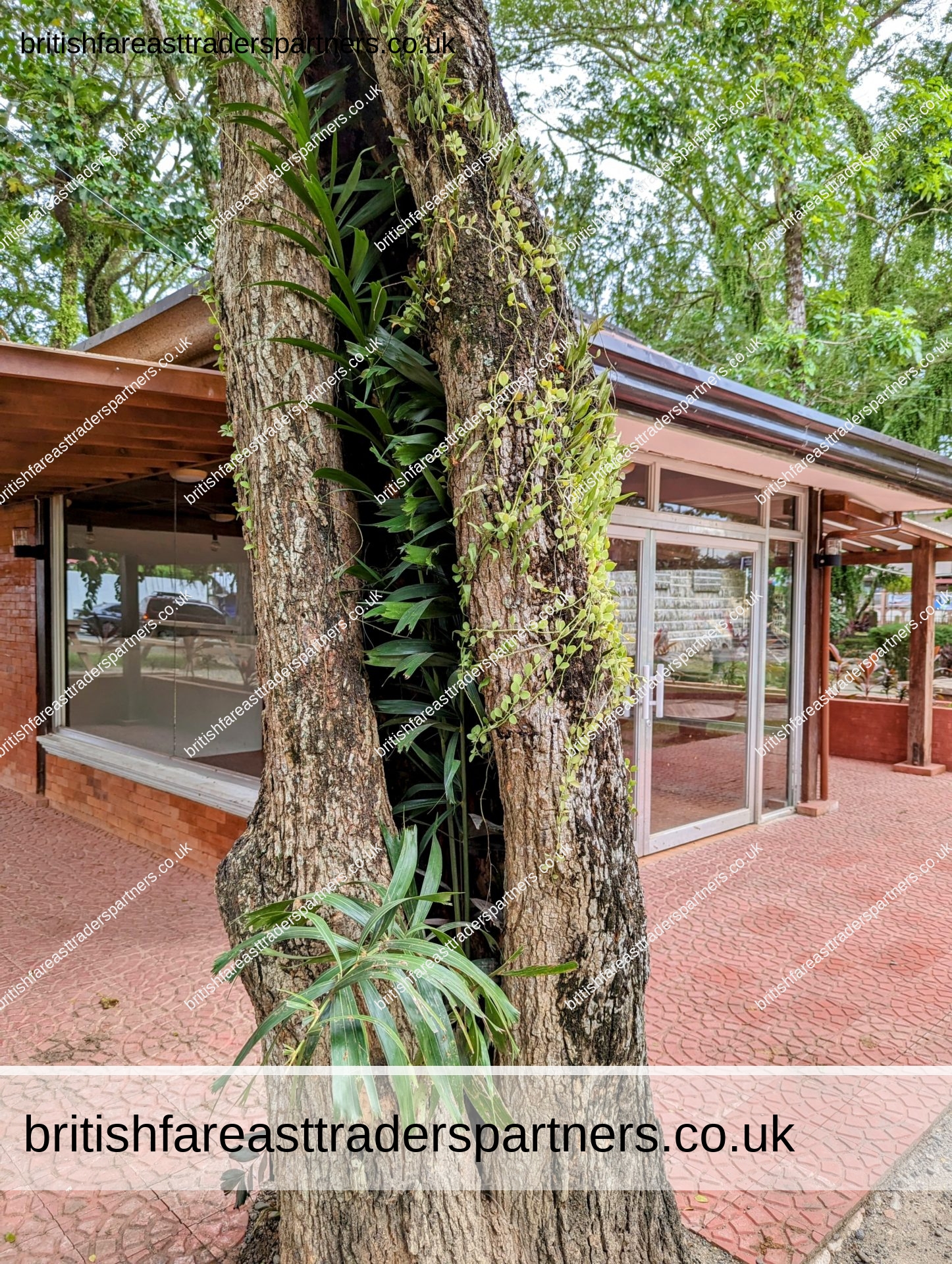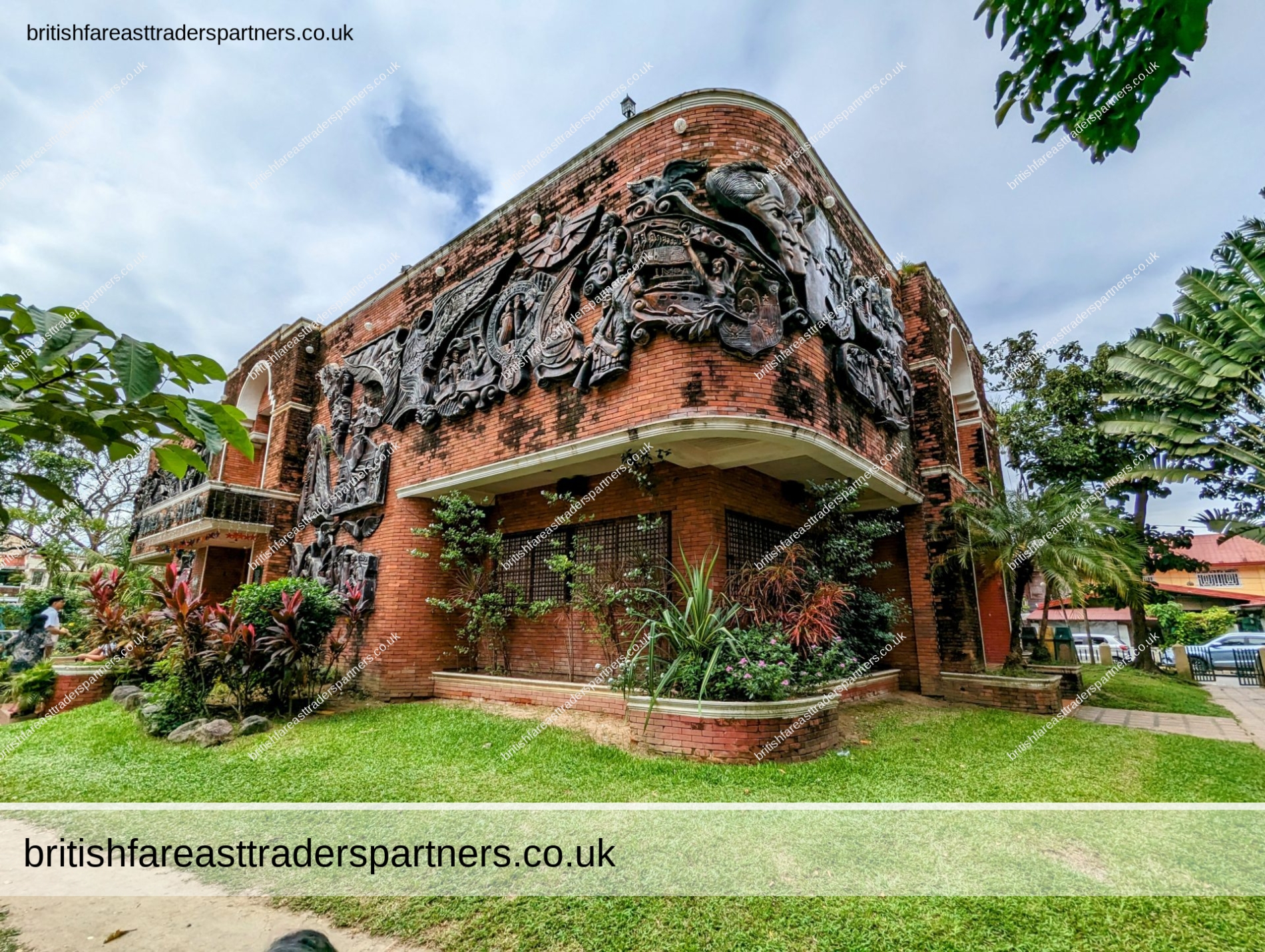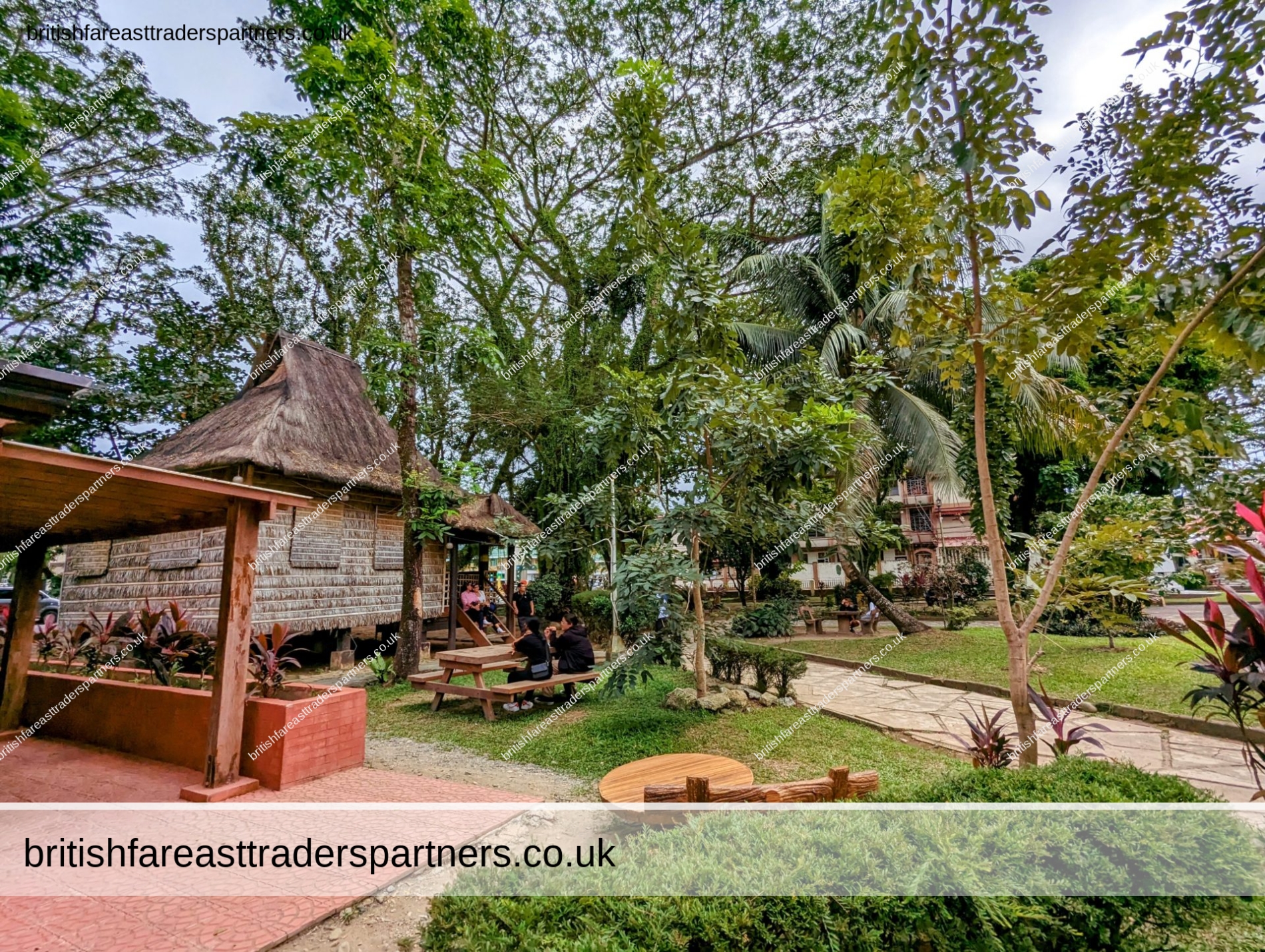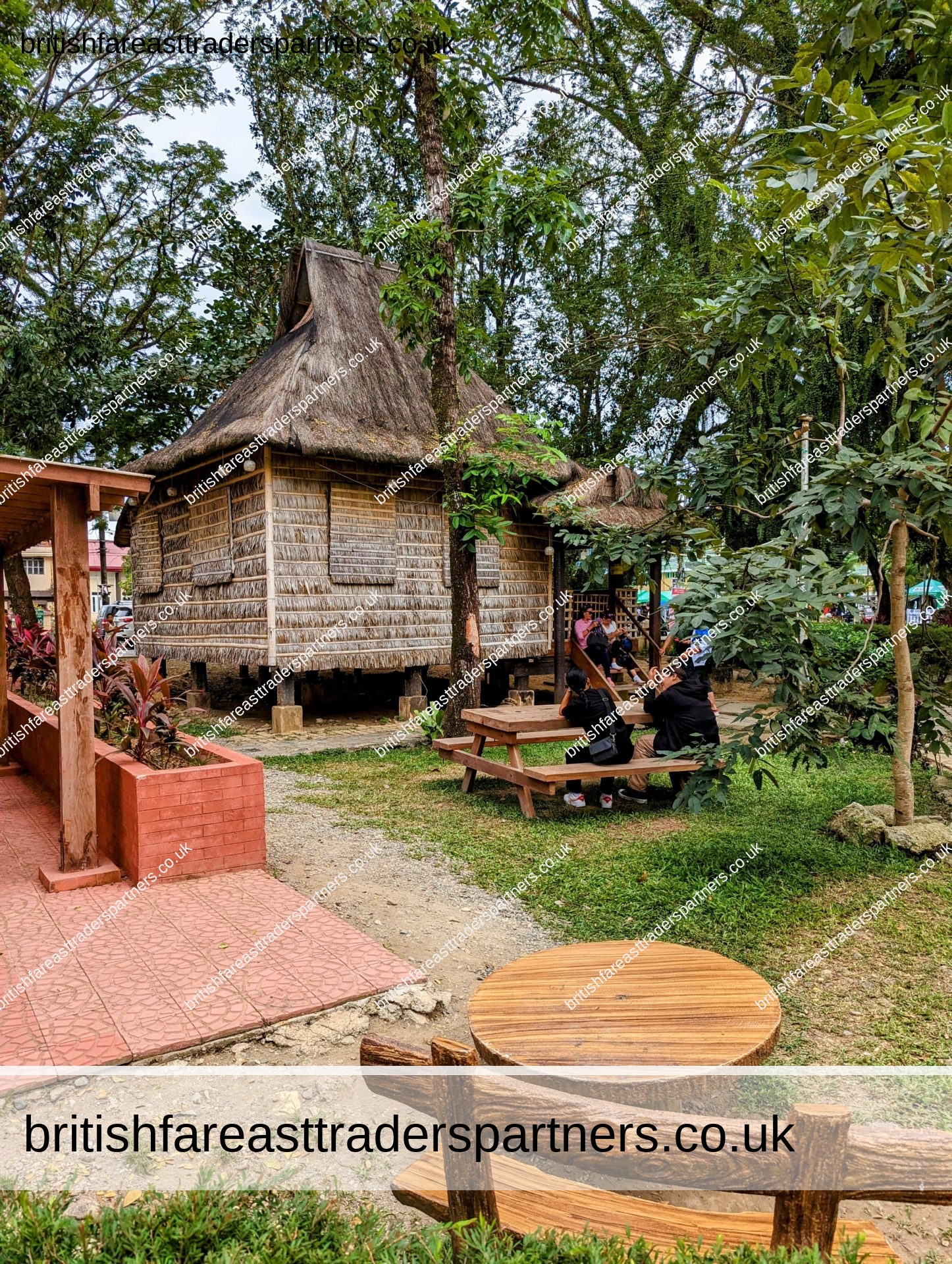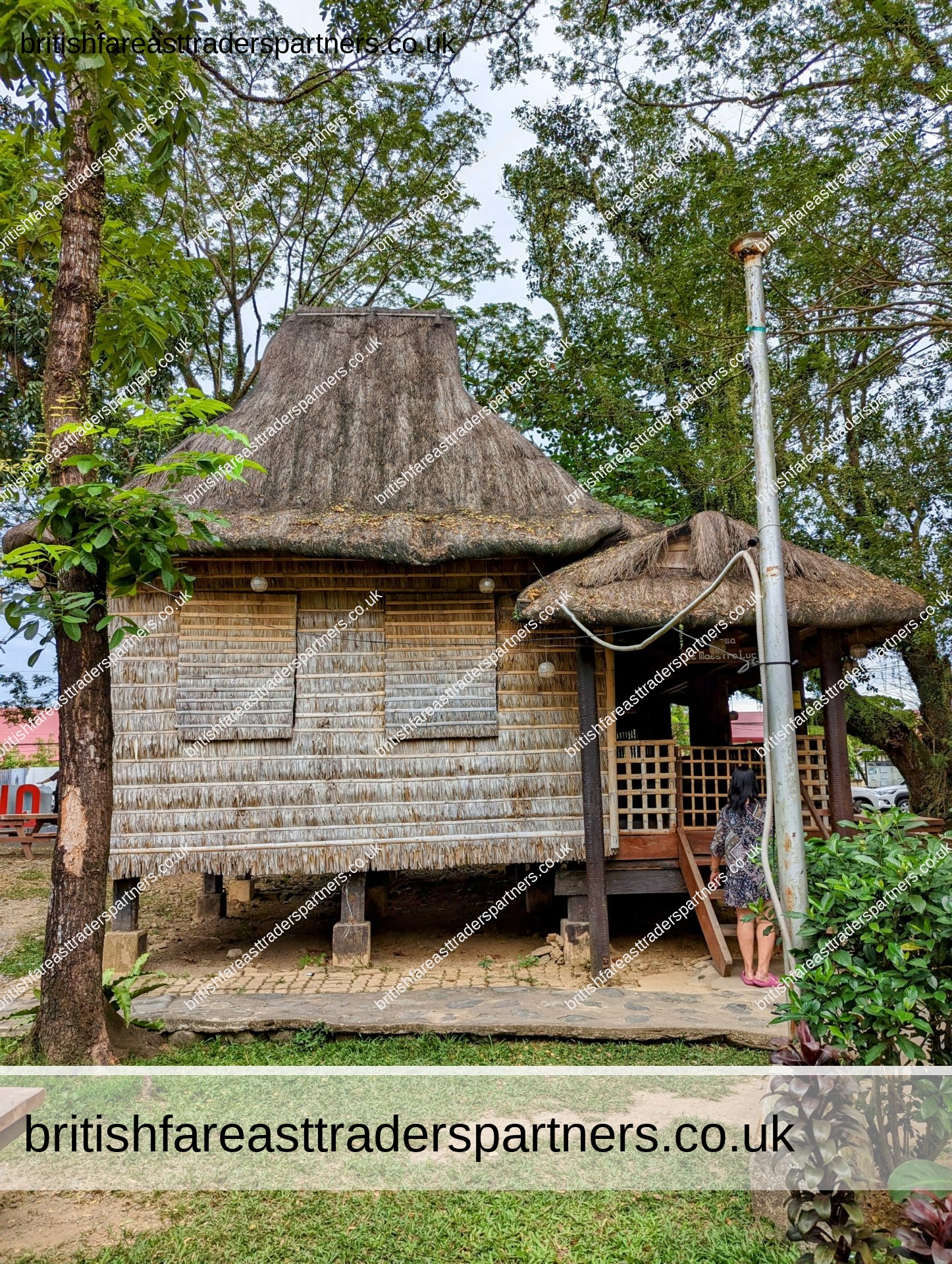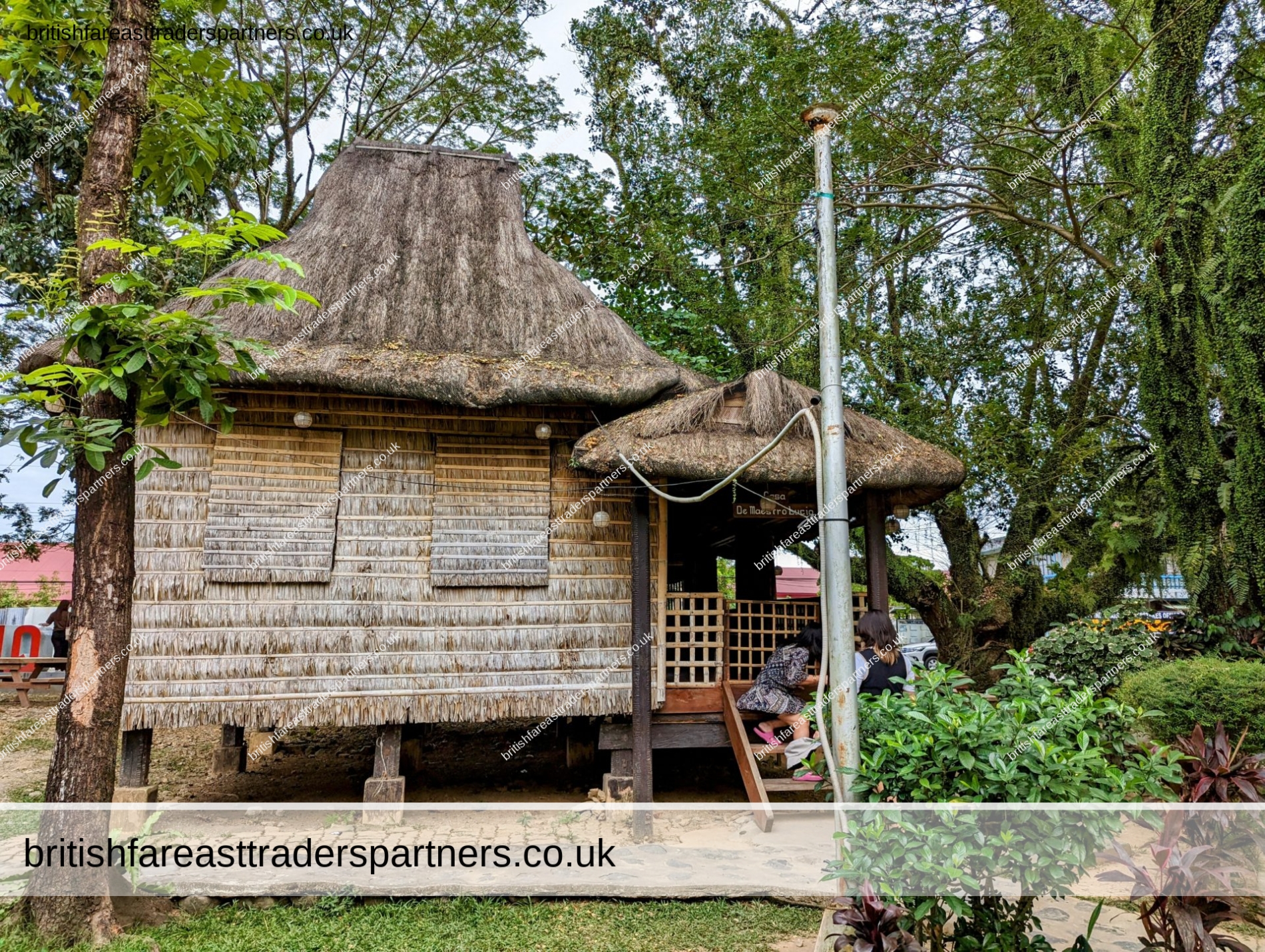Last Updated on: 30th May 2024, 12:39 am
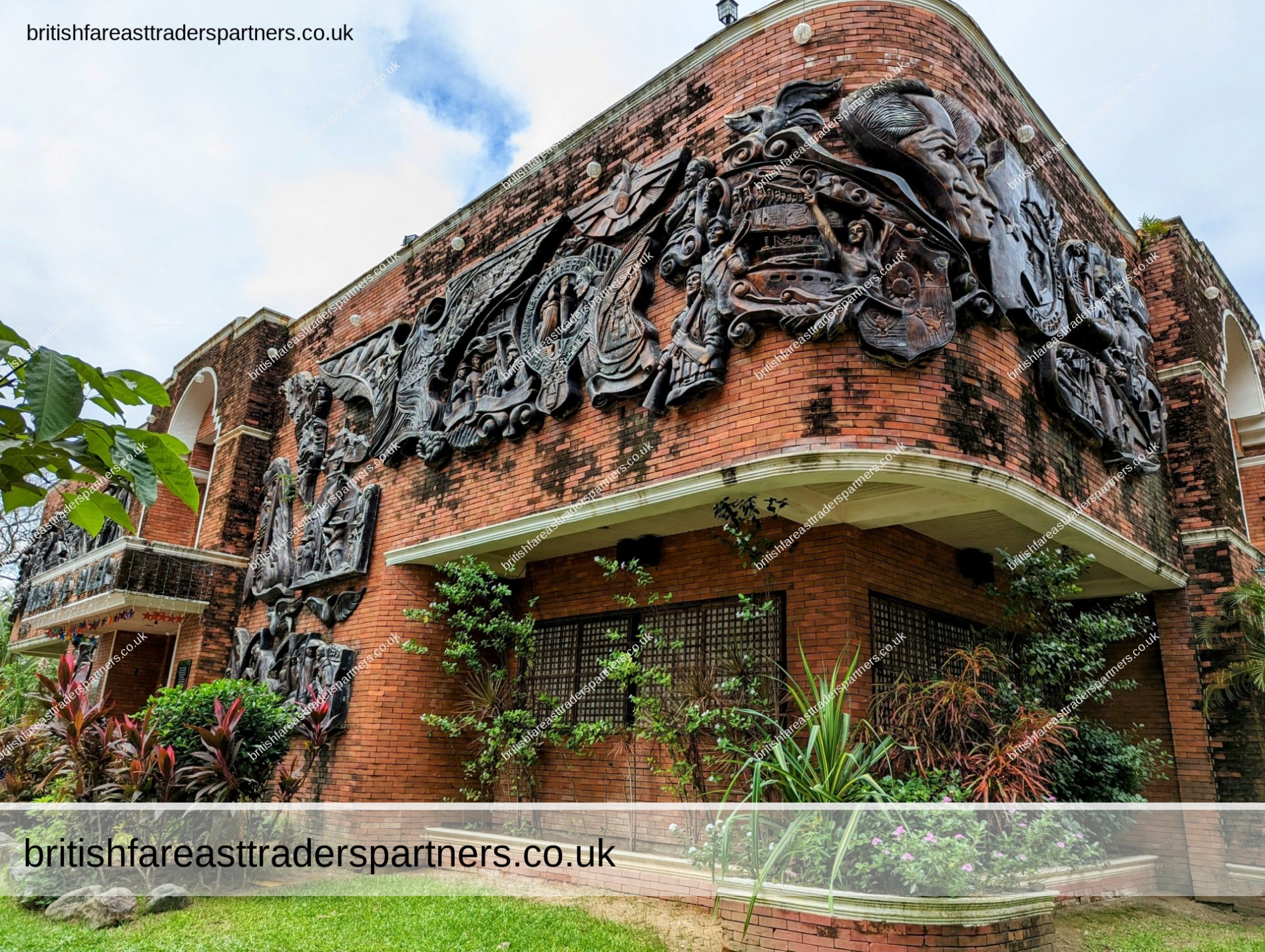
- britishfareasttraderspartners_admin
- ARTWORKS, ASIAN / ORIENTAL, COLLECTABLES / COLLECTIBLES, COUNTRYSIDE, CULTURE, ENTERTAINMENT, ETHNOGRAPHIC, HERITAGE, HISTORY, HOBBIES / PASTIMES, INSPIRE ME, LIFESTYLE, PHILIPPINES, RETREATS / ME TIME, TRAVEL, WELLBEING
- Aurora Province, Baler, History, Luzon, Museo de Baler, Museums, Oriental / Asian / Far East, Philippines, Tourism, Travel
Discovering Museo de Baler: Aurora’s Historic Gem
Nestled in the heart of Aurora Province lies a gem that transcends time – the Museo de Baler. A testament to the area’s rich tapestry of history and culture, this museum beckons travelers with tales of days gone by. From vibrant murals to poignant artifacts, every corner whispers stories of the Philippine archipelago’s bygone era. Embark with us on a journey to uncover the captivating allure of this treasured landmark, as we unravel the threads of history that weave its enchanting narrative. Welcome to Museo de Baler.
Nestled amidst the serene landscapes of Aurora Province, the Museo de Baler emerges as a sophisticated blend of history, culture, and architectural finesse. It is not just a museum—it’s a poetic ode to Baler’s illustrious past and the spirit of its people.
The brick edifice itself tells a captivating tale. The relief sculptures on its facade, masterfully crafted, paint narratives of valour, resilience, and the intricate dance between the Philippines and its Spanish colonisers. These sculptures are not mere decorations but evocative stories set in stone, each detailing epochs that have shaped the heartbeat of Baler.
Inside the Museo de Baler, the dimly lit corridors lead to exhibits that are rich tapestries of history. Every artifact, every photograph is a silent witness to the ebb and flow of time—recollections of indigenous tribes, tales of revolutionary fervour, and poignant reminders of a town rising against adversities.
Yet, there’s an elegant tranquility that surrounds the museum. The grounds, adorned with verdant flora, offer a contrasting calm. The soft rustling of the leaves and the delicate play of shadows evoke a sense of peaceful introspection. Amidst this serenity, the weight of Baler’s narratives becomes even more profound.
The visitor’s journey through Museo de Baler is akin to a dance with history. Each step is an immersion, each exhibit a whispered secret from yesteryears. It’s an experience that transcends mere observation, pulling one into a deep reflection on the resilience of a town and its undying spirit.
To delve into the Museo de Baler is to embrace a rich tapestry of emotions and stories—each thread meticulously woven to create a masterpiece that resonates with elegance, depth, and timeless beauty.
The Museo de Baler is a dream come true
The Museo de Baler is a dream come true through the joint efforts of Senator Edgardo J. Angara, Congresswoman Bellaflor J. Angara-Castillo, former Mayor Arthur J. Angara, and the Baler Historical Committee. June 30, 2003
Manuel L. Quezon
Manuel L. Quezon served as the second President of the Philippines, but he was the first to be elected as the head of the Commonwealth of the Philippines under American rule. His term in office spanned from 1935 to 1944. As President, Quezon is remembered for his enduring commitment to social justice, nationalism, and the establishment of a national language.
Social Reforms: Quezon was a strong advocate for social justice and championed policies aimed at uplifting the living conditions of the common Filipino. His administration worked to implement a minimum wage, provide social services, and improve public health.
Nationalism: He was a fervent nationalist. One of his most enduring legacies was the push for the national language. Quezon believed that having a unified language would help bind the diverse Philippine archipelago into one solid nation. It was during his term that Filipino was chosen as the national language, a move that resonates to this day.
Defense and External Relations: Quezon was also deeply involved in preparing the Philippines for independence. He established a ten-year plan for a fully sovereign Philippine military and sought to renegotiate the terms of American presence in the country.
Legacy in Baler: Baler takes immense pride in being the birthplace of such a significant figure. The town pays tribute to his legacy through various monuments, including the Quezon Memorial Park. The Museo de Baler also houses exhibits dedicated to his life and accomplishments.
The portrait underscores the respect and reverence the town of Baler has for its most famous son. The painting captures a poised and dignified Quezon, adorned with medals – a testament to his contributions to the nation.
Donated By:
The Directors and Officers of:
Manuel L. Quezon University Alumni Association, Inc., R. Hidalgo, Quiapo, Manila
Atty. Pete S. Principe
President
Mr. Gregorio A. Del Valle, Jr.
Secretary
Mr. Amador P. Alvendia
Treasurer
Directors
Justice Artemio G. Tuquero
Dr. Rogelio M. Avenido
Atty. Lolita G. Abela
Dr. Felipe I. Iledan, Jr.
Engr. Ricardo R. Casabuena
Dean Zenaida M. Beltran
Dr. Ruperto P. Somera
Ms. Laura Cruz Sunico
Atty. Antonio A. Agustin
Atty. Eligio P. Mallari
Dr. Dolores N. Gonzalez
Judge Adelaida C. Reyes
Birth Place of Manuel Luis Quezon
On this site of this town, Baler was born Manuel Luis Quezon, on August 19, 1878.
Indomitable crusader of the Philippine Independence social justice, a great and fiery statesman, a dynamic and far-sighted leader, and a true patriot. Son of Lucio Quezon and Maria Molina. Became a soldier in 1899; lawyer 1903; member, First Philippine Assembly, 1907-1909; Resident Commissioner Washington D.C., 1909-1916; President, Philippine Senate, 1916-1935; President, Commonwealth of the Philippines, 1935-1944.
Died at Saranac Lake, New York, August 1, 1944.
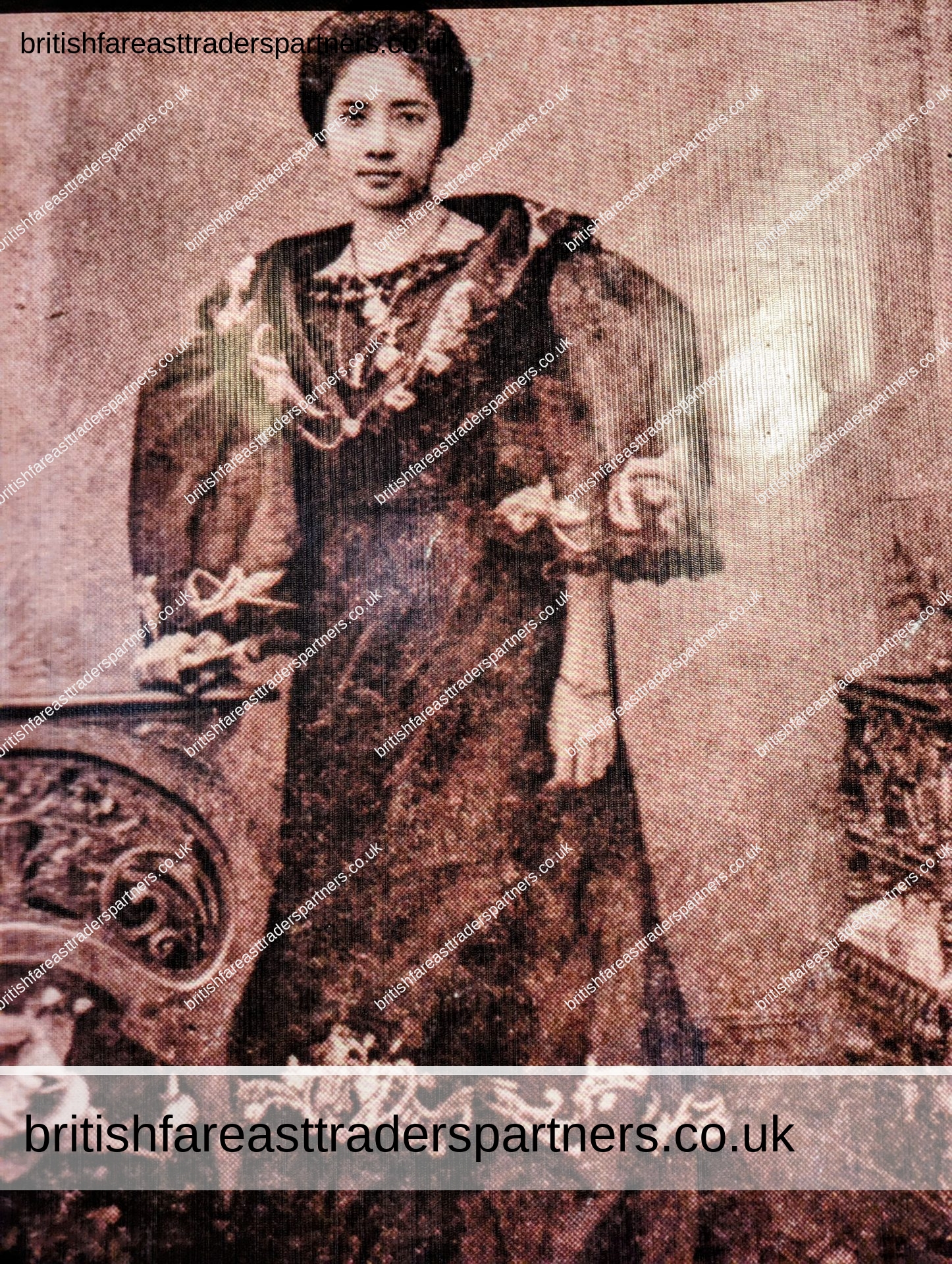
Baler in the Valley of History
The capital of the Province of Aurora, Baler strikes a note of national importance. It was the birthplace of Philippine Commonwealth President Manuel L. Quezon. His leadership propelled the country to a vibrant democracy in Asia. Although overshadowed by the greatness of her illustrious son, Baler, nevertheless, invokes an air of eminence. The last engagement between the Filipinos and Spaniards in Luzon took place here in 1898-1899.
The Siege of Baler as it was called, is unique in the annals of Filipino Spanish history. It highlighted the best of both the combatants in a conflict. Courage and tenacity drove the Spaniards to hold their ground in the face of an overwhelming number of besiegers. The Filipinos on the other hand, displayed magnanimity to the Spanish defenders and recognised their valour up and above the call of duty. It has become a source of inspiration to the Spanish-Filipino friendship.
Baler is nestled in a valley in the foothills of the Sierra Madre mountain range. The place offers tranquility and excitement with its heavily forested mountains and its surfing waters.
The name Baler was said to have come from the name of a chieftain ‘Lakan Balid‘. Others said it was the name of a priest ‘Father Valeriano‘, or the name of a man ‘Vale‘. Still, others believed it was a corruption of ‘Baled‘ which means a place to come home to in the Dumagat dialect. More plausible was that it came from ‘Balod‘, the name of a large mountain dove that abounded in the area.
In 1591, the coast became a province called Kalilaya. In 1701, the Province of Nueva Ecija was carved out of this territory which was expanded in 1818 by annexing to it several towns from Tayabas Province including Baler. Baler became the capital of the district known as “El Principe“.
Between 1855 and 1885, this was made into a comandancia under a politico-military governor. A Franciscan, Fray Francisco de San Antonio, was the first parish priest of Baler. He initiated the construction of the church from bamboo and nipa.
On December 27, 1735, a tidal wave devastated the town of Baler forcing the people to found a new settlement on a hilly terrain. Muslim raids during the 18th and early 19th century forced the transfer of the settlement near the mouth of the river.
Fray Jose Urbina De Esparragaza constructed watch towers in Barangays Castillo and Punta Baja (Ermita) to serve as lookout against pirates.
Around the middle of 1897, a Katipunan branch was organised in Baler by Teodoro Luna Novicio, Antero Amatorio, and Norberto Valenzuela. On October 4, 1897, the local rebels stormed Spanish positions in Baler. On June 27, 1898, sensing an impending attack, the Spanish troops retreated to the Baler Church and held out until June 2, 1899, after having been convinced that the war was over.
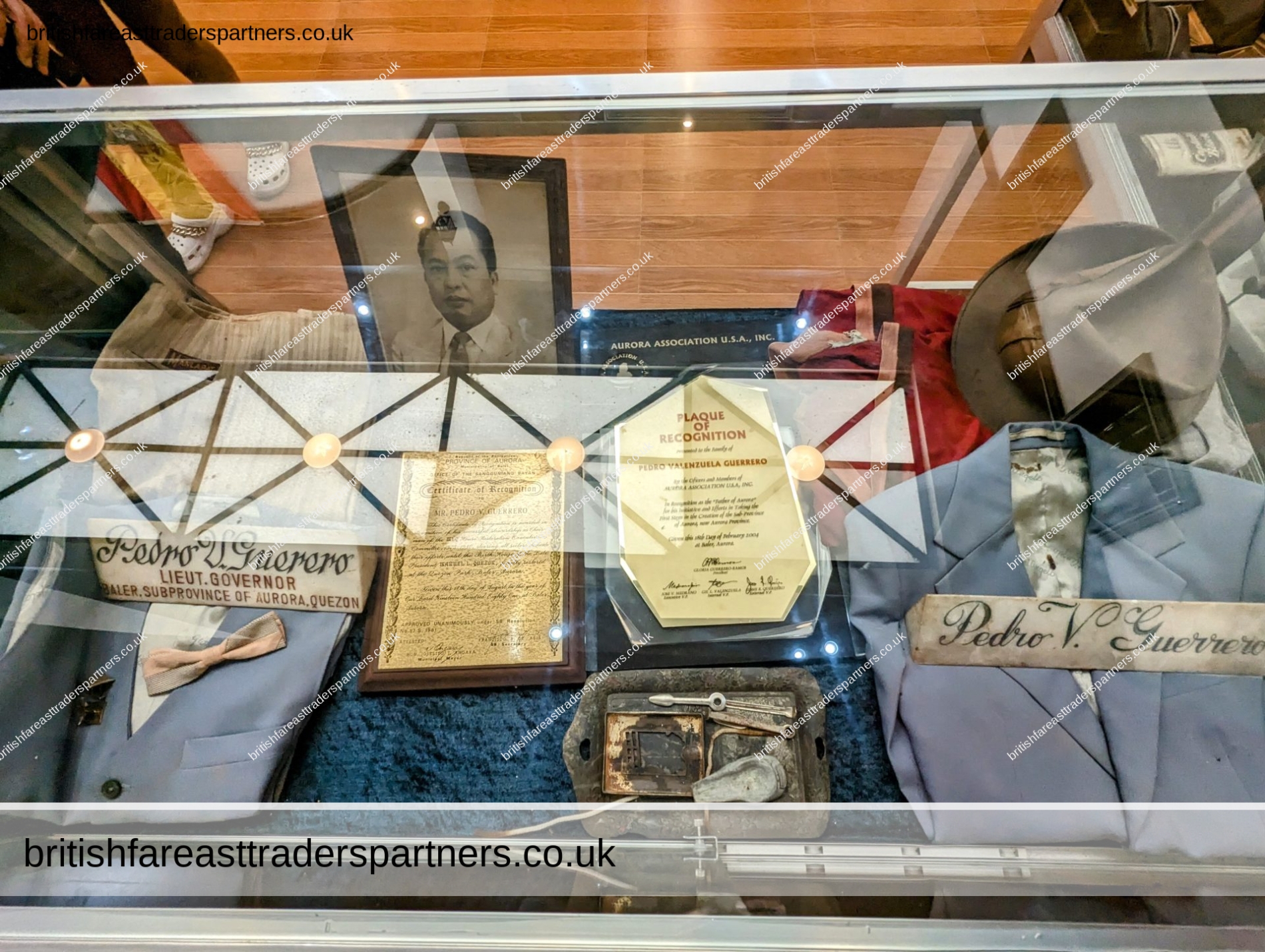
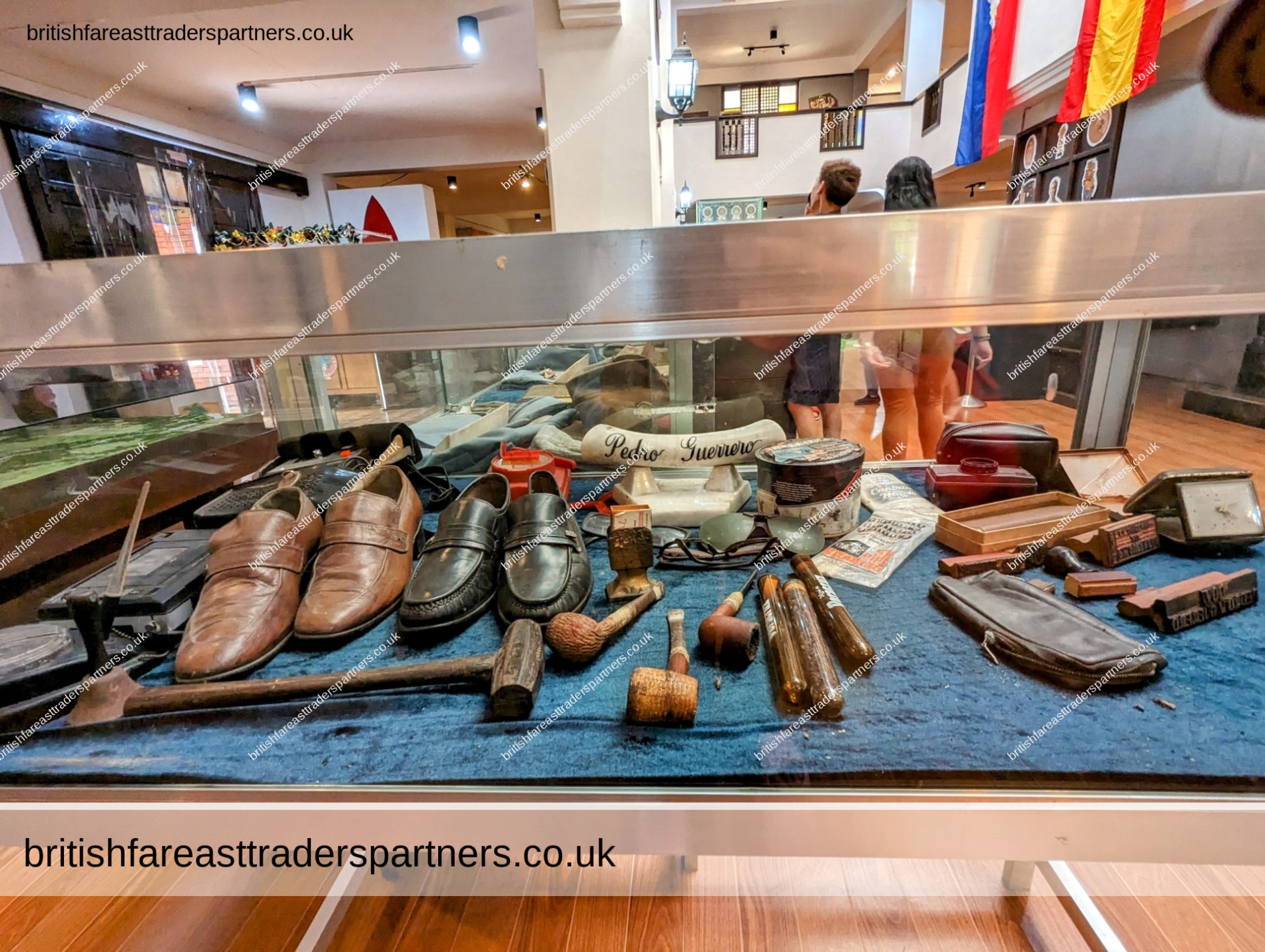
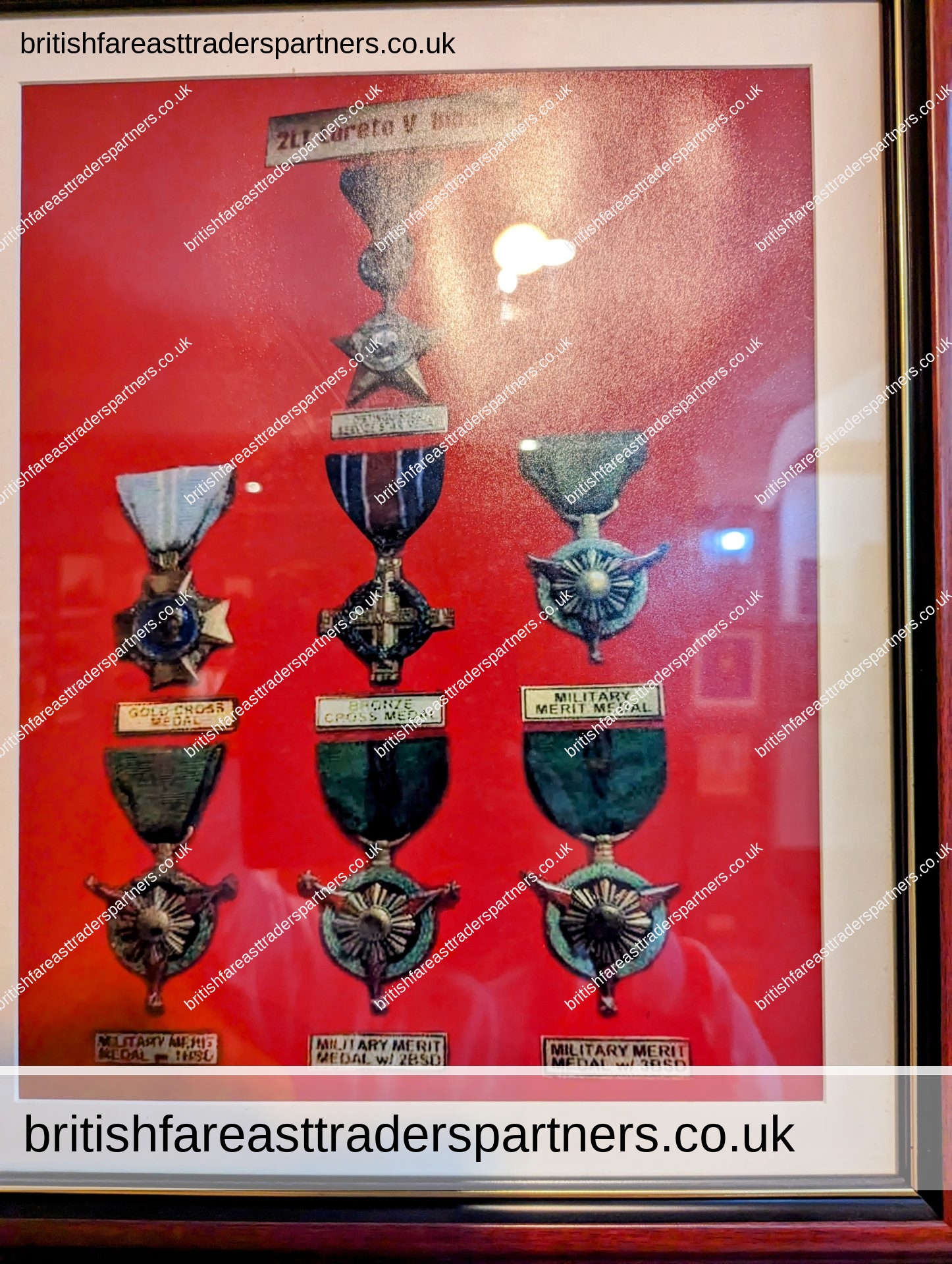
Ka Ending (Loreto V. Bihasa)
Ka Ending (Loreto V. Bihasa) is the only Balerian I know whose life story was turned into a movie. He was a soldier of the Philippine Batallion Combat Team that was sent to Korea in the 1950s.
He became a famous local hero because of his exploits in a battleground in Chorwon, Korea. When the place was attacked by the invading Chinese forces, Ka Ending was the only soldier who survived.
After the war, a movie titled “Hill 191” starring Vic Vargas as Sgt. Loreto Bihasa was made.
The “Little Sergeant of the Cross”
He could have been buried long ago in the Libingan ng mga Bayani. He had faced sure death many times in the Korean War. But he went home unscathed and was one of the most be-medalled Filipino soldiers in that international campaign.
This man who seems to play with death and get away with it is Sgt. Loreto Bihasa of the 202d MP Company in Fort Bonifacio.
A Date With Death
In the early morning around 4:30 of June 25, 1964, Sergeant Bihasa had another date with death. He was driving his personal jeepney to East Rembo where he lives, after buying some puto at San Jose, Guadalupe. It was the birthday of one of his children.
While he was passing the vicinity of West Rembo, a man, later identified as Sixto Saduria, stopped Bihasa’s jeep. The man asked for a lift to barrio Buting of Pasig which is adjacent to East Rembo. Bihasa agreed to give Saduria a ride. However, it turned out that Siduria was not alone. Two men came out of nowhere to join Saduria for the ride. Bihasa thought that the trio were probably labourers in a quarry nearby. Before Bihasa could make up his mind to give the three a ride, Saduria rushed Bihasa and pushed him from the driver’s seat and stuck a knife at Bihasa’s side. It was obviously a hold-up. And the trio did not know that they were attempting to rob a soldier war-hero of the Army’s military police.
Bihasa was in civilian clothes and had his Cal. 45 concealed under his untucked shirt. Underestimating Bihasa’s size (5’3″ and lean poundage) the hold-up gang thought it was an easy job.
With Saduria driving, the jeep headed for Buting. One of the men at the back of the jeep held Bihasa with a knife thrusted to the sergeant’s neck. While the three were deciding on how to dispose of Bihasa, the latter played it dumb and even begged for its life.
When we interviewed him, Bihasa said in Pilipino: “Kung nagtigastigasan ako ay baka tinodas kaagad nila ako.” (If I played it rough, they could have liquidated me quickly.) To avoid being searched or to delay it, Bihasa, while lying down on the front seat, resorted to giving his valuables to the three.
After some time of indecision, the hold- up men decided to turn back to the Bonifacio-Pateros road from where Bihasa came. They decided to kill the sergeant there and take away his jeepney. When they reached a spot somewhere in the vicinity of the CEMBO quarry the jeepney made a sudden stop causing the riders to jerk in their positions. Bihasa took advantage of this and kicked Saduria, then drew his pistol and fired at the hold-up men.
Saduria was hit at the midriff and fell. The other two ran to the woods.
Saduria, who is an ex-military prisoner was brought to the Pasig hospital. It was revealed later at investigation that Saduria and the other two are wanted for a number of robberies and suspected murder in Manila and suburbs. Several taxi and jeepney drivers plying the Bonifacio- Pateros road were already victimised by the gang.
The busting-up of this crime trio is just one of the many achievements of Bihasa as an investigator of the 202d MP Company. He has solved crimes perpetrated within Fort Bonifacio.
A Heroic Background
Because of his daring exploits in the Korean War, Sgt. Bihasa was dubbed by a United Nations correspondent as “The Little Sergeant of the Cross”.
The UN correspondent wrote:
“The Korean war career of this devout little soldier is a tribute to his faith. He has volunteered in many dangerous patrols, facing almost certain death on several of them but miraculously returning each time clasping his crucifix.”
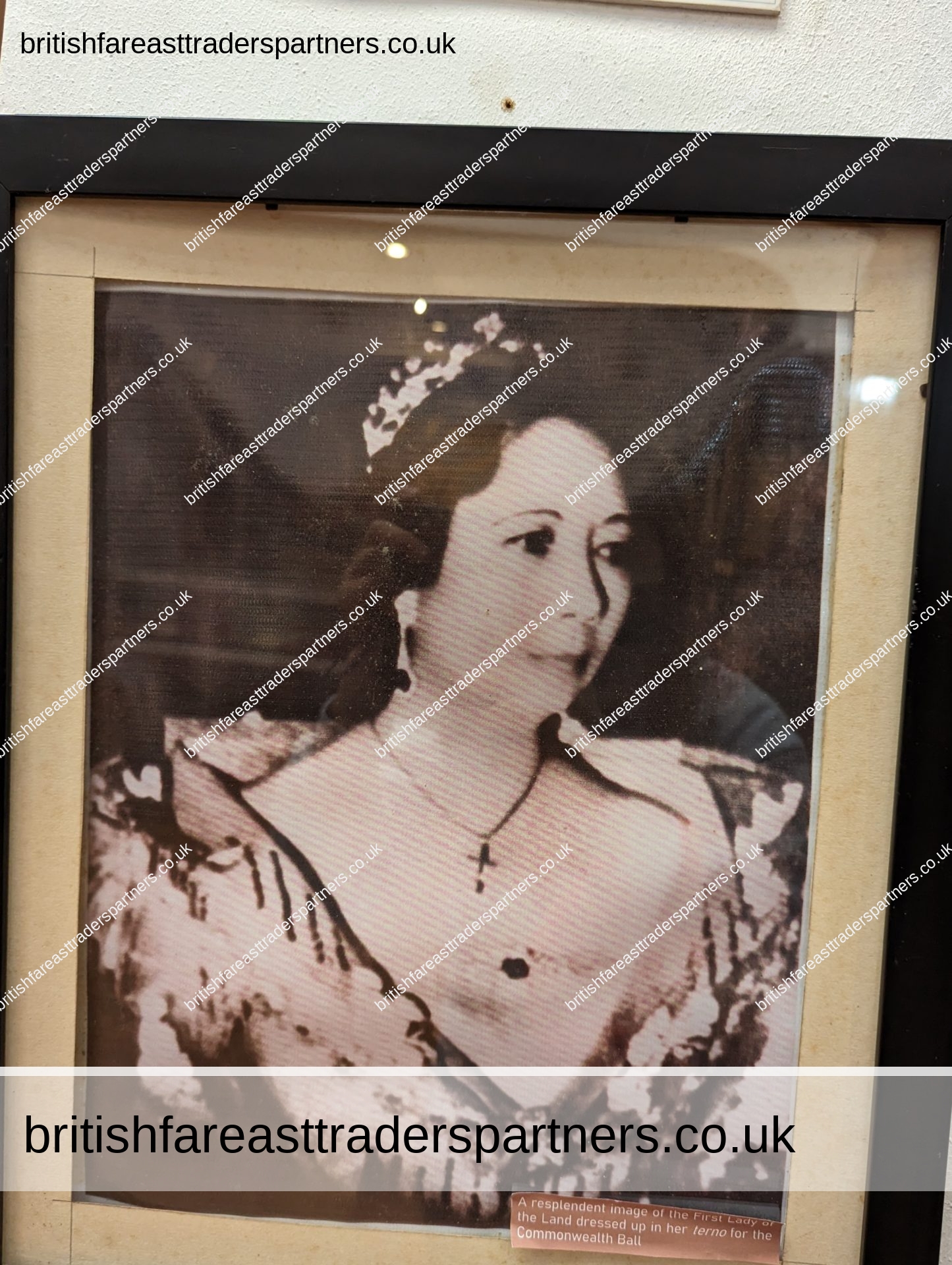
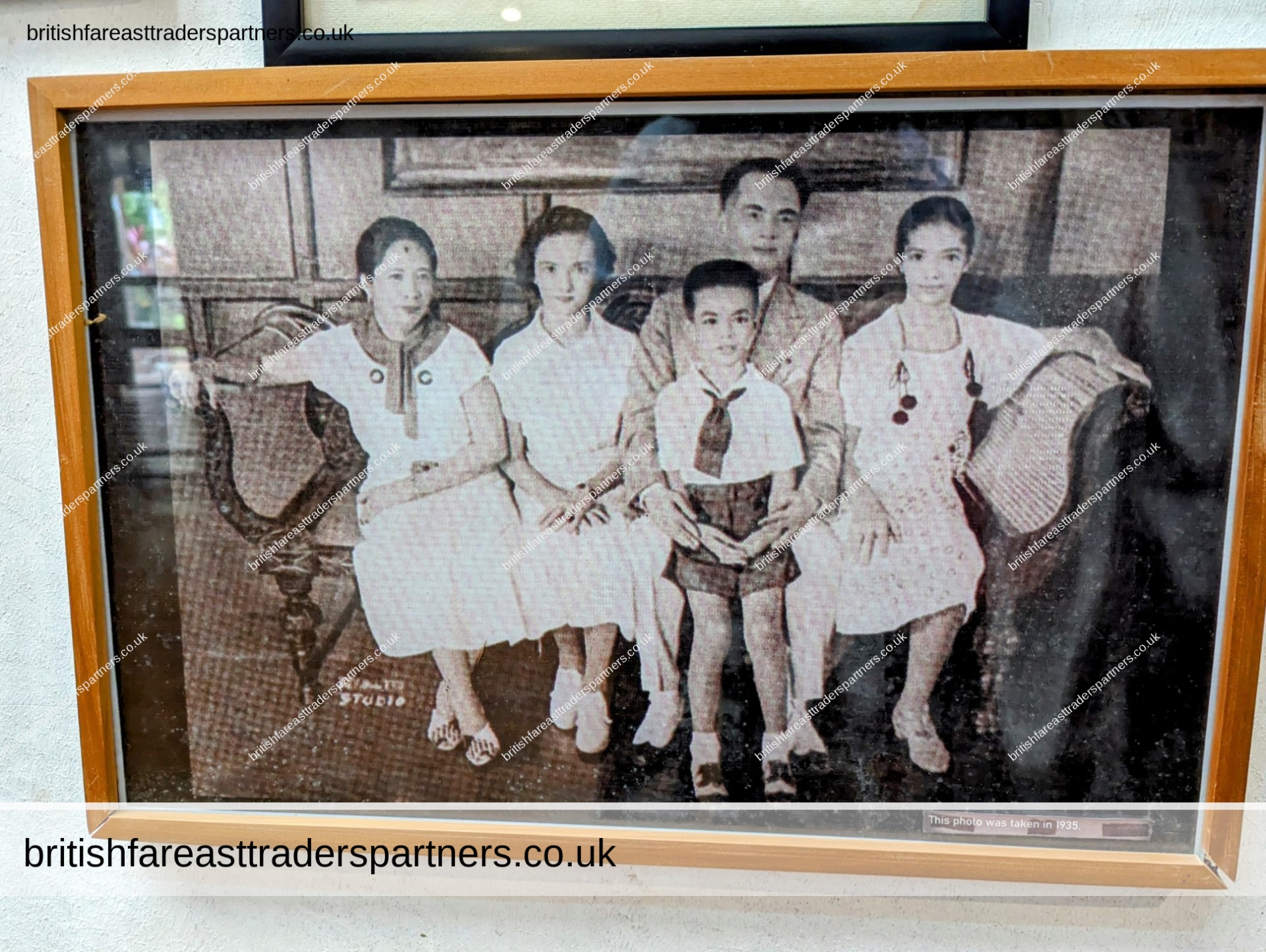
Sabatino de La Vancuardia
La tristeza de la separación y la partida tiene compensación plena en la alegría de la reunión, como se ve en estas sonrisas radiantes del Presidente Quezon, su esposa e hijas. La fotografía fué tomada cuando el caudillo Filipino regresó hace dias del Japón. En primer término. Doña Aurora, el Presidente y su hija Aurorita. Detrás de la Sra. De Que- zon, está Zenaida. (Foto H. T. Vitug)
La Escuela Politecnica Superior Del Ejercito Al Museo de Baler
Cana de for ingeneros militares españoles continuadores de las tradicimes de aquellos que como Toms de Castro y Andrade, nacido en Manis cartografiar af archipelag charm codades y construyeron n defensas alumbrando una nación capas de decidir su propio destina.
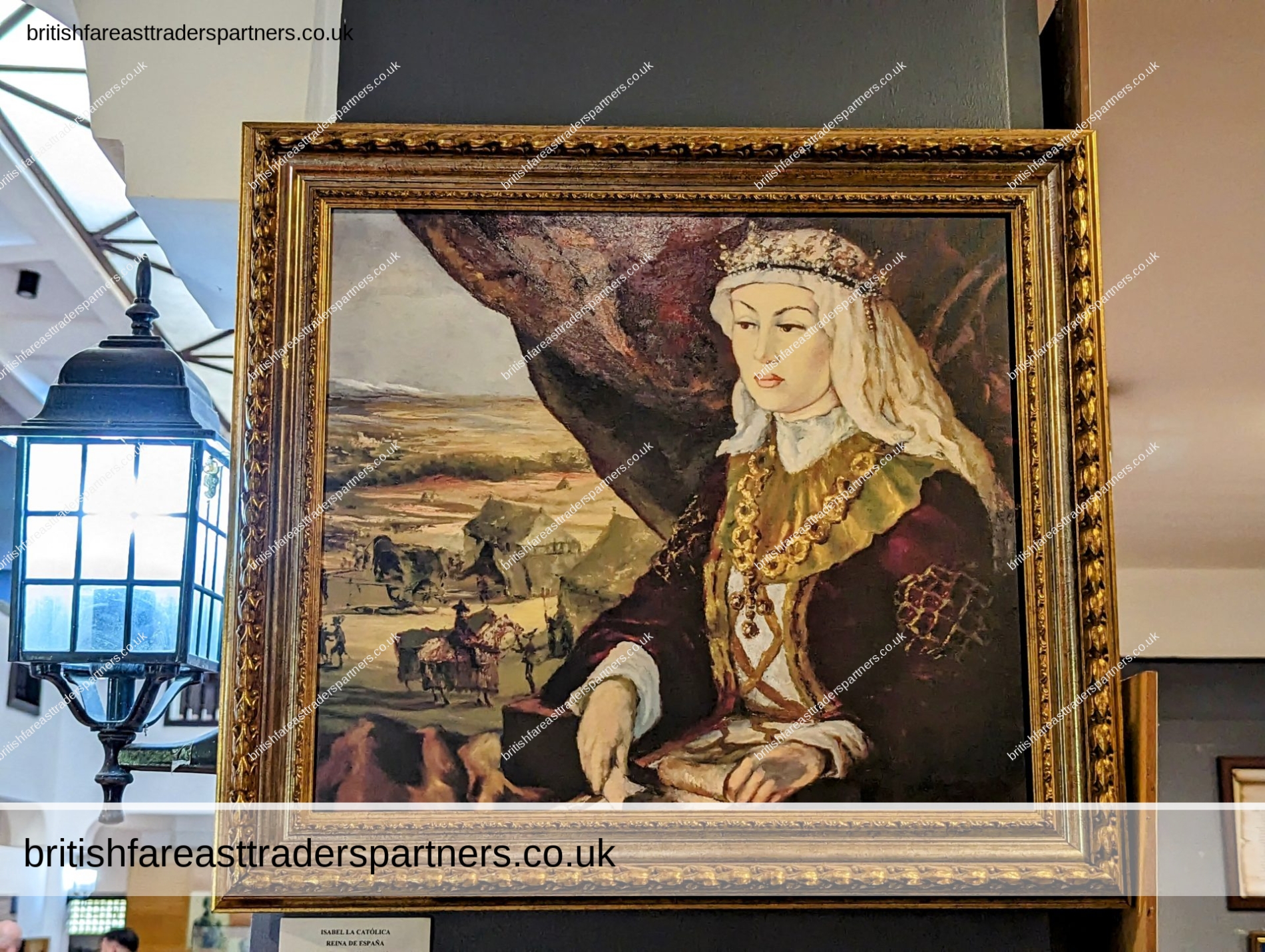
Reina Isabella of Spain
The painting of Reina Isabella of Spain, housed in the Museo de Baler, is a captivating portrayal of a monarch whose reign was as tumultuous as it was influential. Isabella II, with her lustrous pearls, regal attire, and majestic demeanor, is immortalised in this artwork. Every brushstroke emphasizes the opulence and grandeur of the Spanish monarchy during her era.
Isabella II ascended the throne at the tender age of three after the death of her father, King Ferdinand VII. Her mother, Maria Christina, took the reins as regent, guiding the young queen through the intricate maze of politics. This period in Spanish history was marred by political instability, with the Carlist Wars causing significant upheaval. These wars were civil conflicts that pitted the rival branches of the Bourbon dynasty against each other, adding layers of complexity to Isabella’s reign.
Beyond the political challenges, the painting gives us a glimpse into the cultural and artistic essence of the period. The attention to detail in the artwork, from the intricate patterns on her dress to the serene landscape in the background, offers a window into the artistic sensibilities of the time.
Baler, where the Museo is located, has its own tapestry of history interwoven with Spanish threads. The Philippines, of which Baler is a part, was under Spanish rule for over three centuries. The connection between Baler and Spain is not just colonial but also deeply historical, as evidenced by events like the Siege of Baler. This siege was a poignant episode in the final chapters of Spanish colonial rule in the Philippines.
In the hallowed halls of the Museo de Baler, amidst artifacts and mementos, the painting of Reina Isabella stands as a testament to a bygone era, echoing tales of power, art, and history. It serves as a reminder of the intertwined destinies of Spain and the Philippines, and the enduring legacy of their shared past.
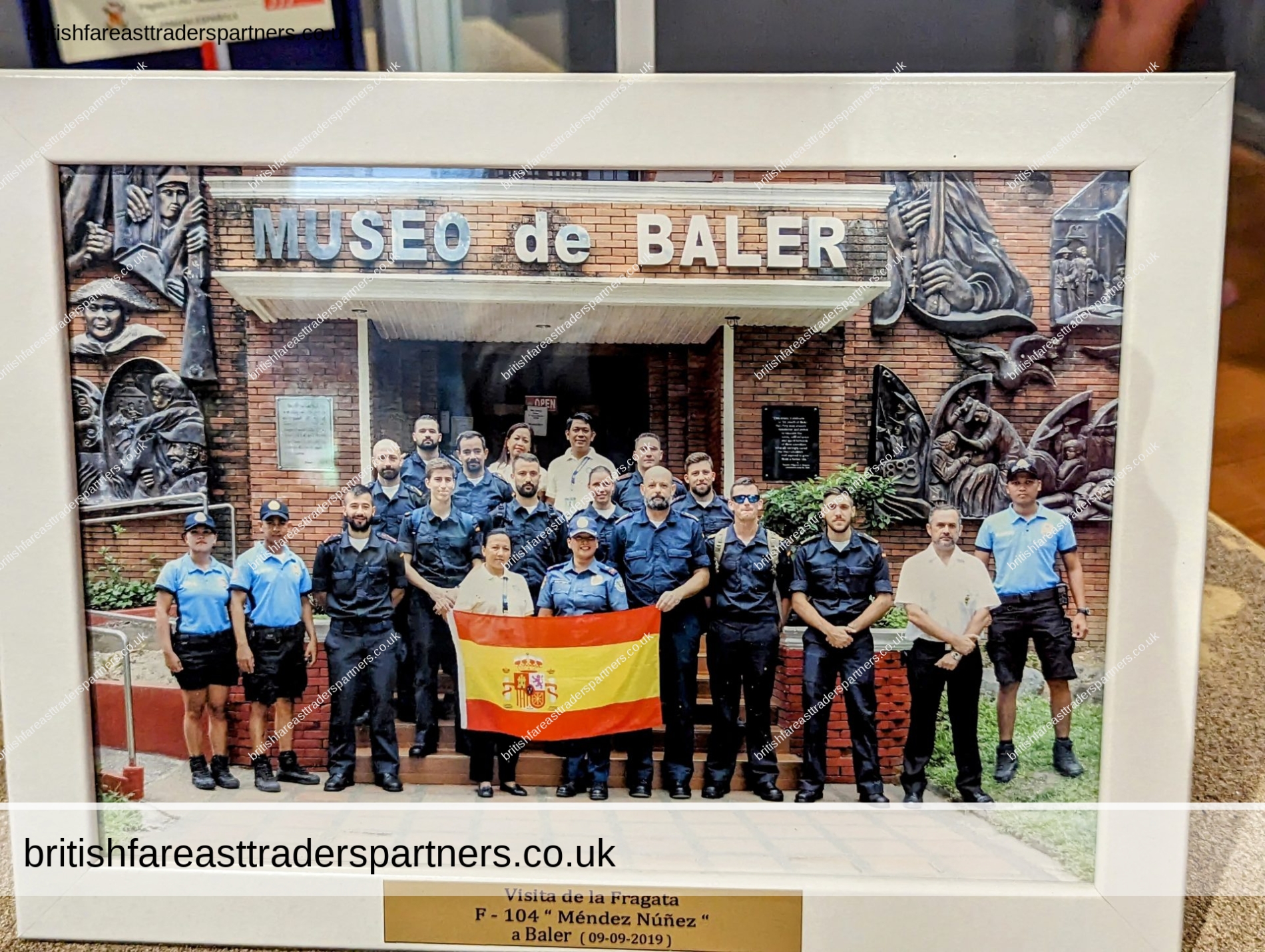
The Cigar Pack and Brandy Bottle
In 1898, it was precisely in Baler (Aurora) where one of the greatest acts of heroism and nobility in the history of Spain took place. It involved a handful of men, better known as “Los Ultimos de Filipinas”.
Baler is a small village at the east coast of the Island of Luzon. Surrounded by mountains and a river, its communications, both terrestrial and maritime, were very difficult. Aside from the natives’ homes, nothing much was present other than the church, the governor’s house, and the barracks for the troops. Accordingly, Baler’s garrison consisted of only 1 corporal and 4 civil guards.
However, before the insistent rumors of an attack, the governor decided to reinforce with it a detachment of 50 men. Before the imminence of this attack, all natives had fled already and the Spanish captain decided to hide in the church, gathering in it all the supplies he managed to gather such as ammunition, clothing, and some barrels of rice.
Since 1st July 1898, the Spanish soldiers would suffer a harsh siege by Philippine revolutionaries, an event that did not lack anecdotes of purest chivalric style that are unthinkable nowadays such as, when the commanding officer of the besieging troops sent a letter offering the suspension of hostilities until nightfall so that the troops who were short of supplies could take a break. The letter, extremely courteous, was accompanied by a pack of cigarettes for the captain and some gifts for the soldiers.
The Spanish garrison gladly accepted the offer and, in proof of nobility, presented to the officer of the Filipino troops a bottle of brandy to drink for his health.
Supervivientes del destacamento de Baler (Filipinas) á su llegada á Manila el 7 de julio de 1899
1.Oficial comandante del destacamento, D. Saturnino Martin Cerezo
2. Gregorio Catalán Valero
3. Vicente Pedrosa Carballeda
4. Loreto Gallego García
5 .Ramón Boades Tormo
6 Miguel Méndez Expósito
7. José Jiménez Berro
8. Felipe Castillo Castillo
9. José Pineda Turán
10. José Martínez Santos
11. Eufemio Sánchez Martínez
12. Ramón Ripollés Cardona
13. Timoteo López Larios
14. Pedro Planas Basagañas
15. Francisco Real Yuste
16. Luis Cervantes Dato
17. Juan Chamizo Lucas
18. Manuel Menor Ortega
19. Marcelo Adrián Obregón
20. Marcos Mateo Conesa
21. Antonio Bauza Fullana
22. José Hernández Arocha
23. Eustaquio Gopar Hernández
24. Santos González Roncal
25. Miguel Pérez Leal
26. José Olivares Conejero
27. Emilio Fabregat Fabregat
28. Jesús Garcia Quijano
29. Bernardino Sánchez Cainzos
30. Domingo Castro Camarena
31. Pedro Vila Garganté
32. Ramón Mir Brils
No figura en el grupo el médico D. Rogelio Vigil de Quiñones, por no haber estado presente cuando se hizo.
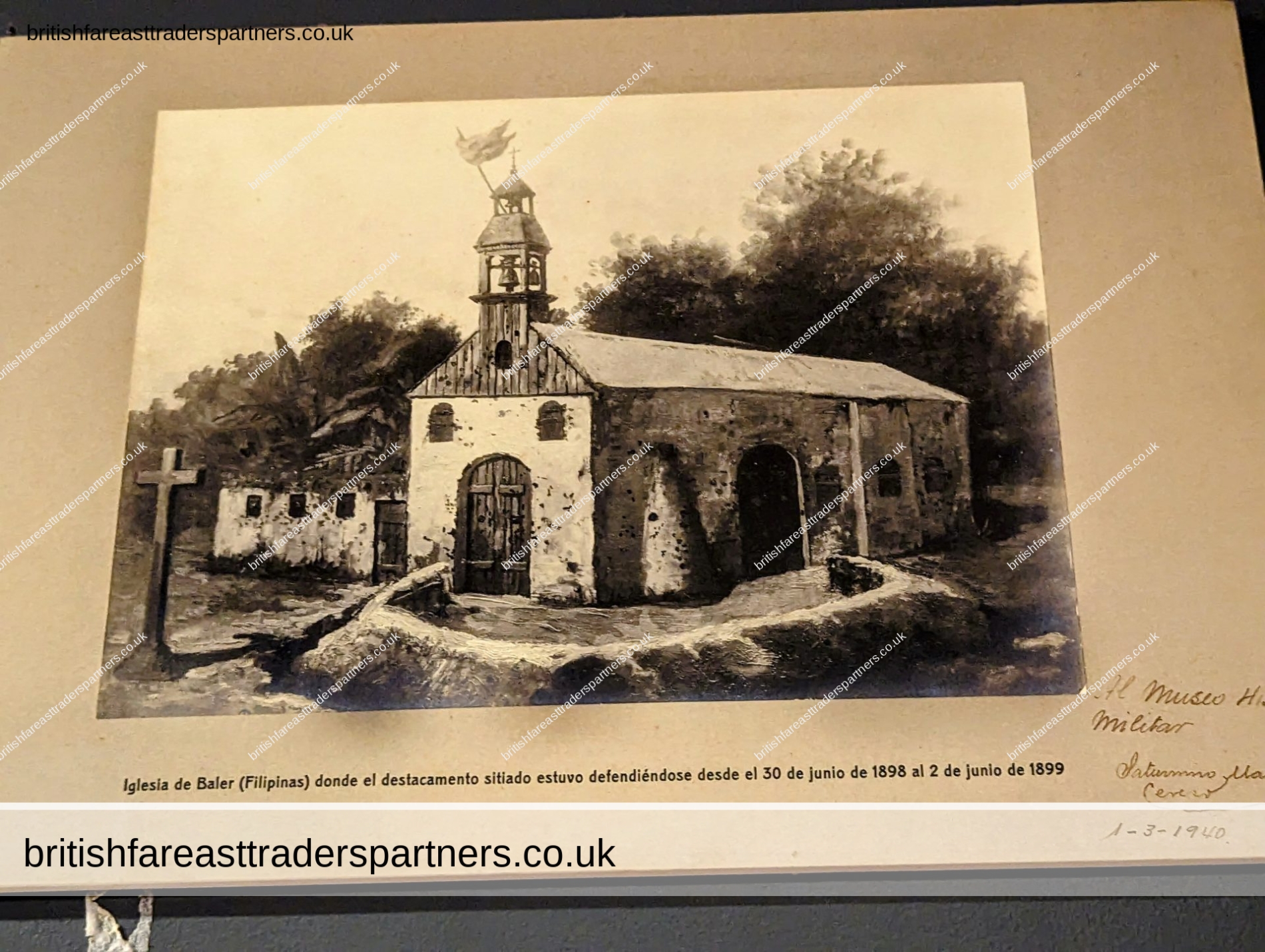
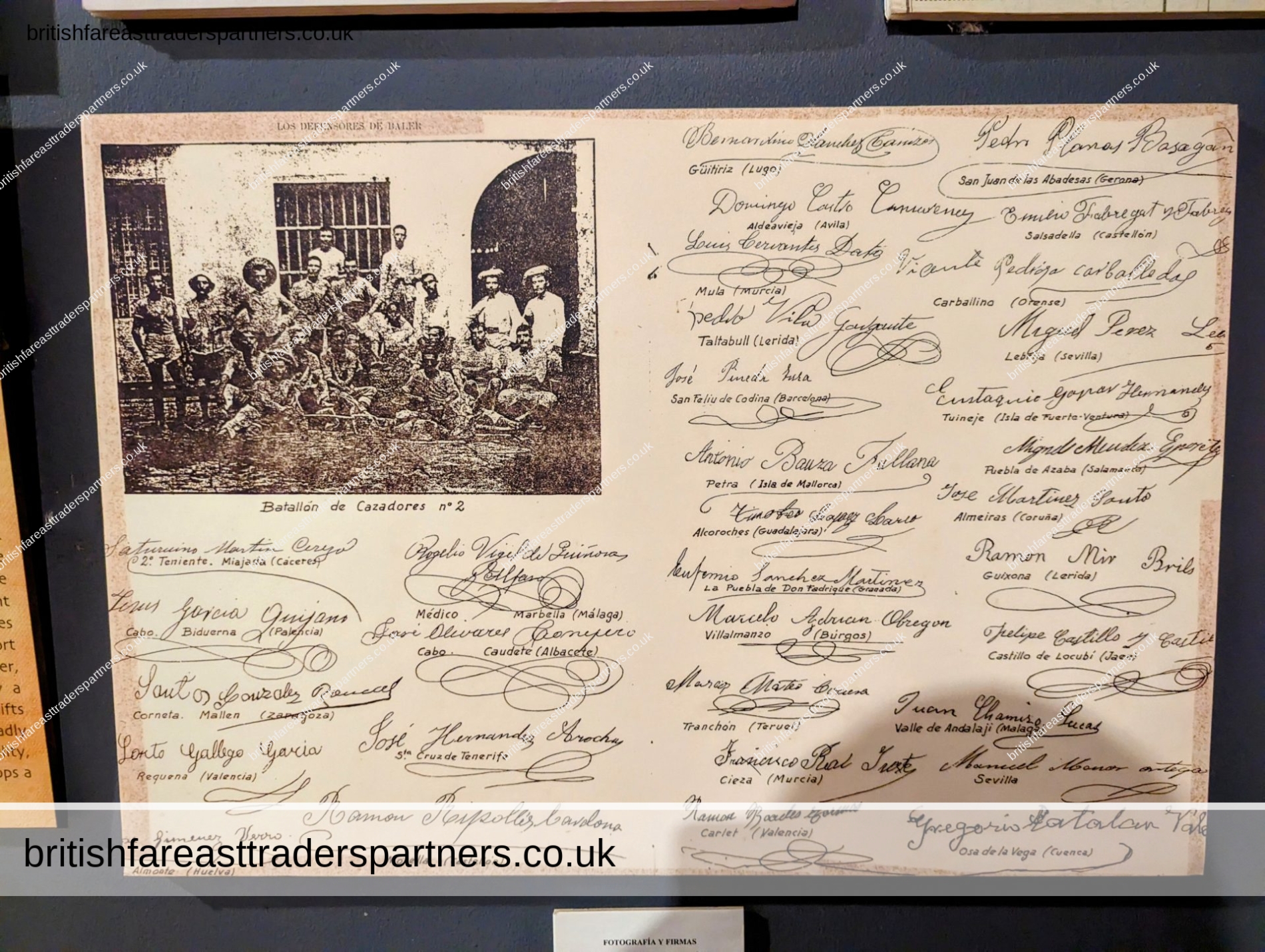
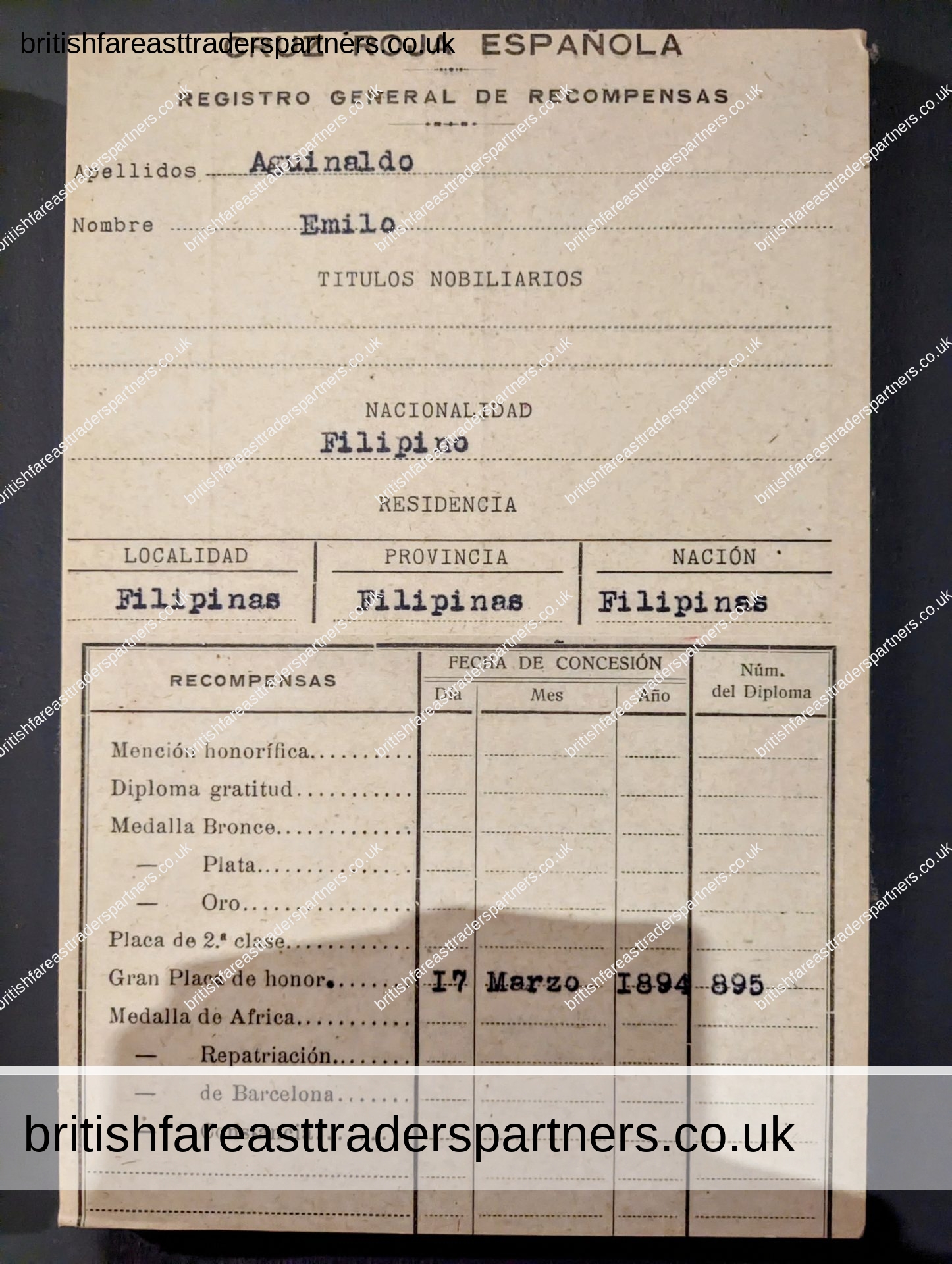
Republica de Filipinas Decreto
Habiéndose hecho acreedoras á la admiración del mundo las fuerzas españolas que guarnecían el destacamento de Baler, por el valor, constancia y heroismo con que aquel puñado de hombres aislados y sin esperanzas de auxilio alguno ha defendido su Bandera por espacio de un año, realizando una epopeya tan gloriosa y tan propia del legendario valor de los hijos del Cid y de Pelayo: rindiendo culto á las virtudes militares, é interpretando los sentimientos del Ejército de esta República, que bizarramente les ha combatido; á propuesta de mi Secretario de Guerra, y de acuerdo con mi Consejo de Gobierno.
Vengo en disponer lo siguiente: Artículo único. Los individuos de que se componen las expresadas fuerzas, no serán considerados como prisioneros, sino por el contrario, como amigos; y en su consecuencia se les proveerá, por la Capitania General, de los pases necesarios para que puedan regresar á su país.
Dado en Tarlak á 30 de junio de 1899. El Presidente de la República. Emilio Aguinaldo. El Secretario de Guerra, Ambrosio Flores. Musee Historice
Captain of Infantry Enrique de las Morenas Y Fossi
Captain of Infantry Enrique de las Morenas Y Fossi, Political-Military Commander of El Principe
Chiclana de La Frentera, Cadiz (23-05-1855) – Baler, Filipinas (22-11-1898)
“Vila, I’m dying, pray for me. You are good and Lieutenant Martin will treat you just like me when you return to our beloved Spain. Do not forget to visit my family, they are in Cabra”.
Captain De Las Morenas was born on 6 Marqués Street, currently San Juan Bautista in Chiclana de La Frontera (Cádiz), to Enrique De Las Morenas y Costadsat a lawyer by profession, and Cecilia Fossi Miqueo. At age 2, the family moved to Cabra (Córdoba) after his father’s assignment as an investigating judge where he would spend his childhood. On 26 June 1874, he entered as a cadet at the Infantry Academy of Madrid. On the occasion of the 3 Carlist War, he was ranked 2 Lieutenant to the 30s “Lealtad” Regiment at the beginning of April 1875 and was eventually sent to fight against the Carlist parties of Catalonia under the orders of General Jase Arrando. At the end of the war, he was promoted as Senior Lieutenant on 23 November 1875
for his performance in the encounters in Olot and La Junquera (Gerona),
Molins de Rey (Barcelona), in the Siege of La Seo de Urgel (Lleida), and was considered meritorious for a national award the following year.
During his military post in Pamplona, he would request for a two-month leave twice to assist his mother who was seriously ill. These leave would be extended when he suffered from the rheumatic disease. In July of 1877, he was granted to transfer to the District of Andalusia, where he fixed his home in Cabra (Córdoba) and developed his entire career in the aforementioned district, except for when he was incorporated to the Disciplinary Battalion of Melilla for 11 months. He married on 18 June 1883 in the parish of San Bartolomé de Baena (Córdoba) to Carmen Alcalá Buelga.
In the middle of January 1896, he became Captain of the Infantry as Reserve, dated on December 4 1895. After serving three years and four months in the 24 Recruitment Lane of Jaén, he was assigned to the 9 Expeditionary Hunters Battalion on the way to the Philippines in December of 1896 and embarked on the Magallanes steamer from the port of Barcelona. His arrival in the archipelago took place on 25 January 1897, and with hardly any time to acclimatise, he was sent to Cabanatuan and later to San Isidre, where he will remain until the beginning of December. On his return to Manila, he requested his repatriation for health reasons.
To his surprise, however, he received his appointment as Political-military Commander of Principe District on 4 February 1898. While suffering from strong neuralgia, he arrived in Baler next to the detachment of Lieutenant Alonso.
He died due to beriberi on 22 November 1898 and was buried inside the sacristy. He was promoted as Commander as a reward for his performance on the field. After his widow’s request, he was awarded the Cross Laureate of San Fernando of 24 Class by a Royal Order on 5 March 1901. His remains, exhumed by a commission that was formed for the recovery and repatriation of the deceased during the Baler Siege, arrived in Spain on 16 March 1904 aboard the steamer Isla de Pasay.
After his transfer to Madrid and his initial burial in the Basilica of Nuestra Señora de Atocha, his remains are currently in the Mausoleum to the Heroes of the Campaigns of Cuba and the Philippines in La Almadena cemetery in Madrid. At the end of December 1901, the municipality of Baena (Córdoba) renamed Las Negras Street to Enrique de Las Morenas Also, Caleta Street in Cahra (Córdoba) was renamed in honour of the military official. The Plaza del Comandante De Las Morenas in Madrid commemorated the memory of the last Spanish political-military Commander of Baler.
In Chiclana de La Frontera (Cádiz), Alamo Street as his birthplace was dedicated to his memory in an agreement on 25 October 1984. In 1998, two inscriptions in white stone were installed with the word “lame Street, dedicated to Captain Enrique De Las Morenas, here of Baler. Chiclana 1855-Baler, Philippines, 1898” SOUVACES “The Last of the Philippians Myth and Reality of the Baler Siege”.
(Editorial ACTAS) Author Miguel Leiva Ramirez and Miguel Angel Léper De la Asunción “Liberal”, Mahin, Has Baleares, 24 March 1964)
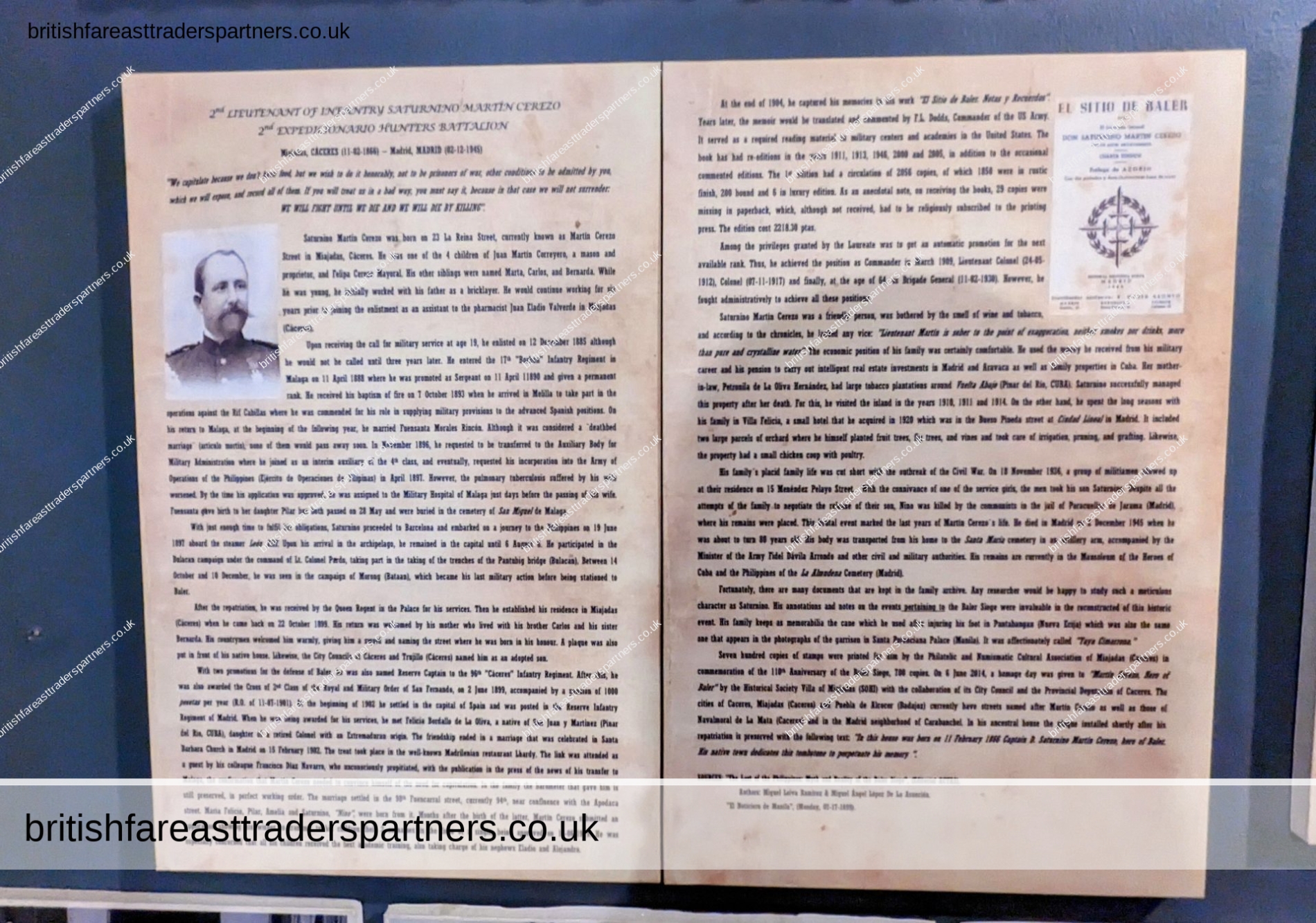
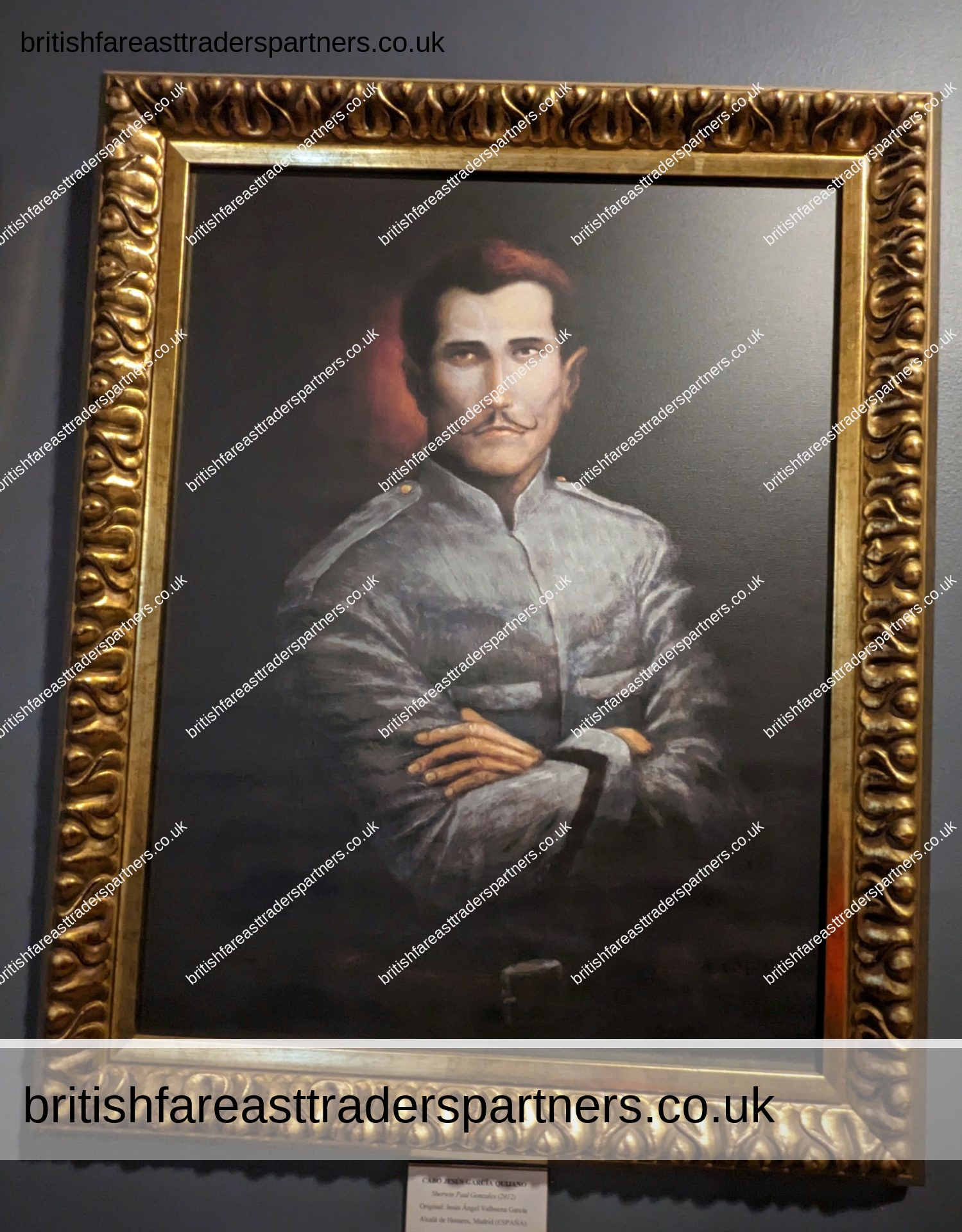
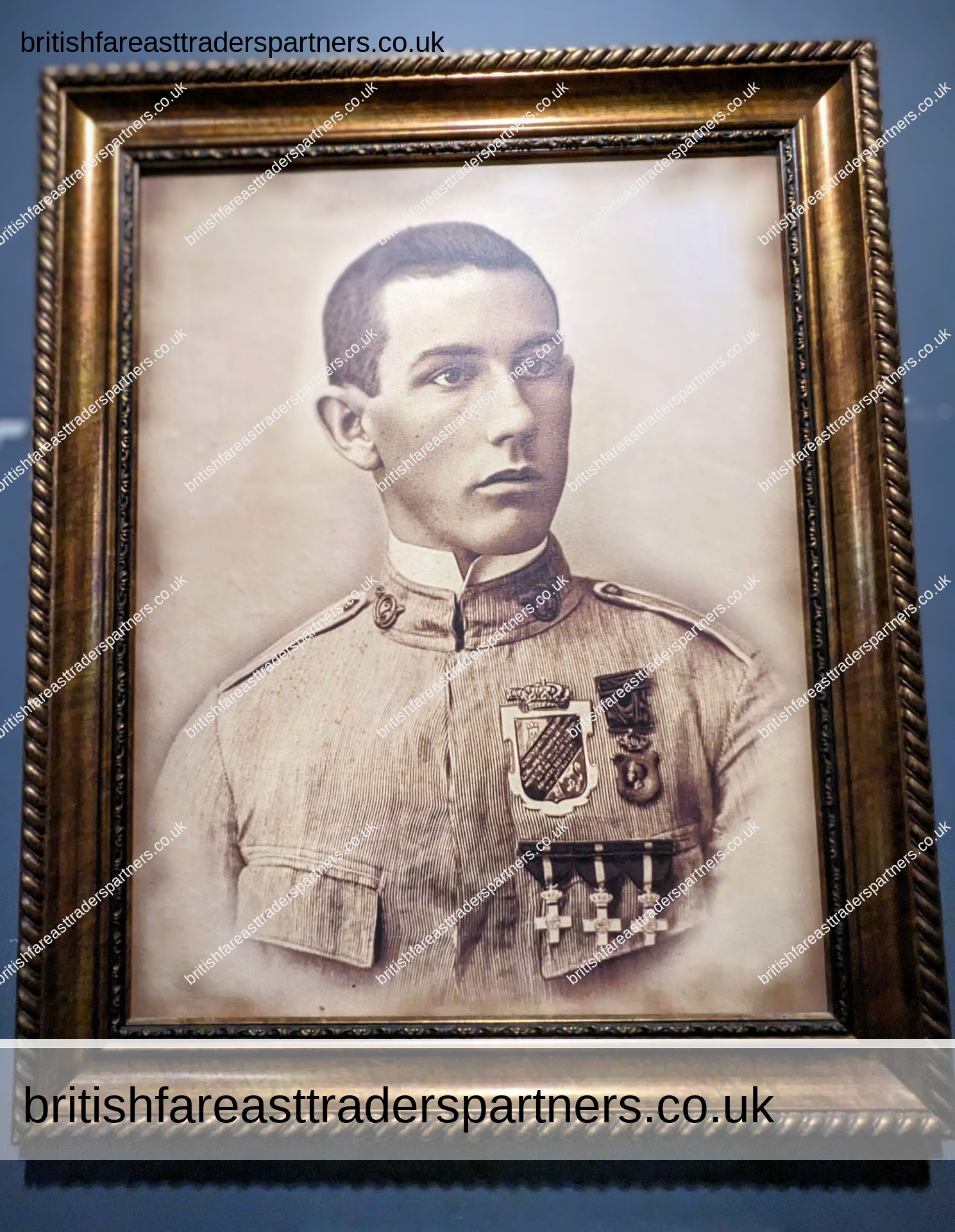
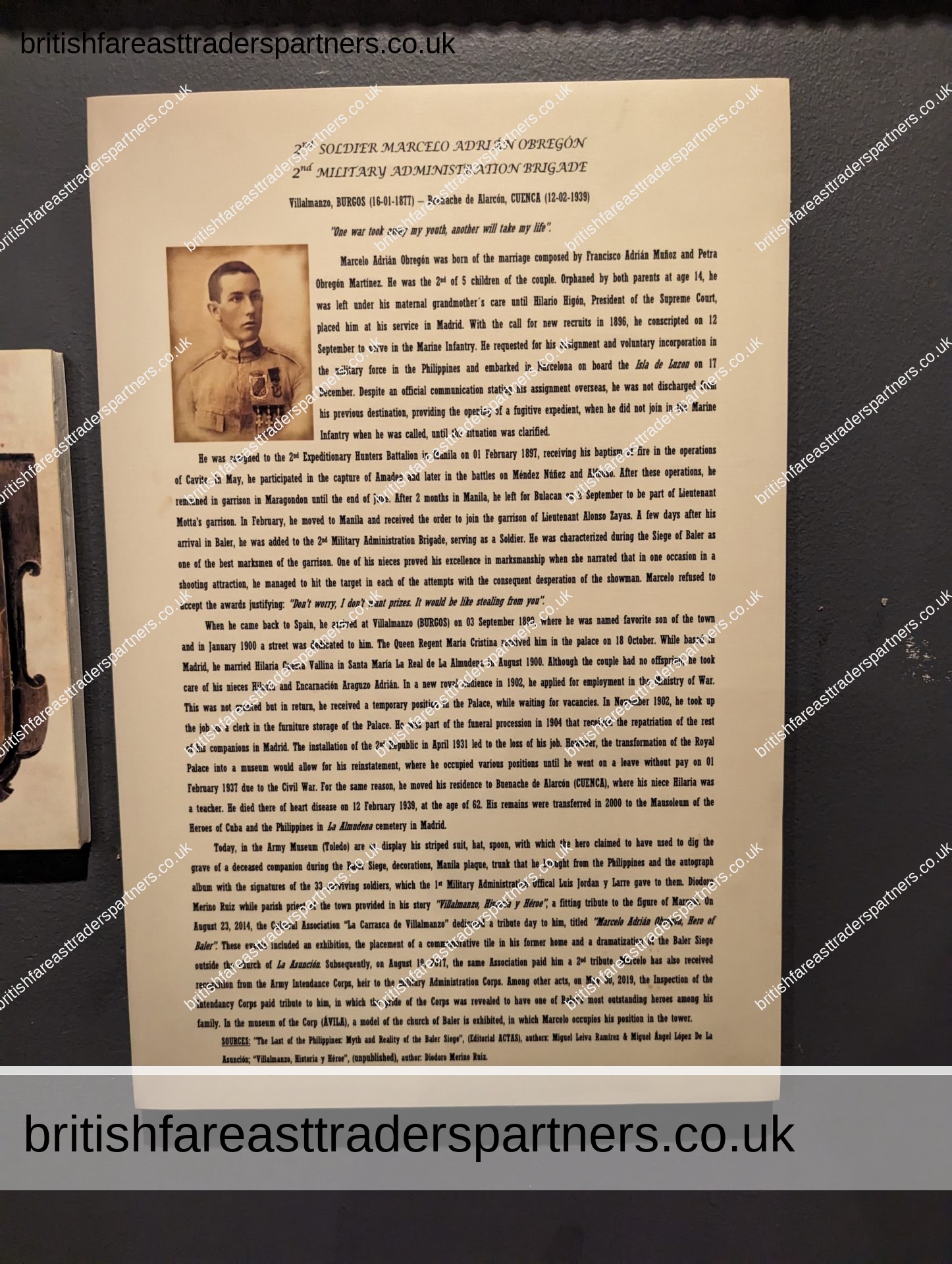
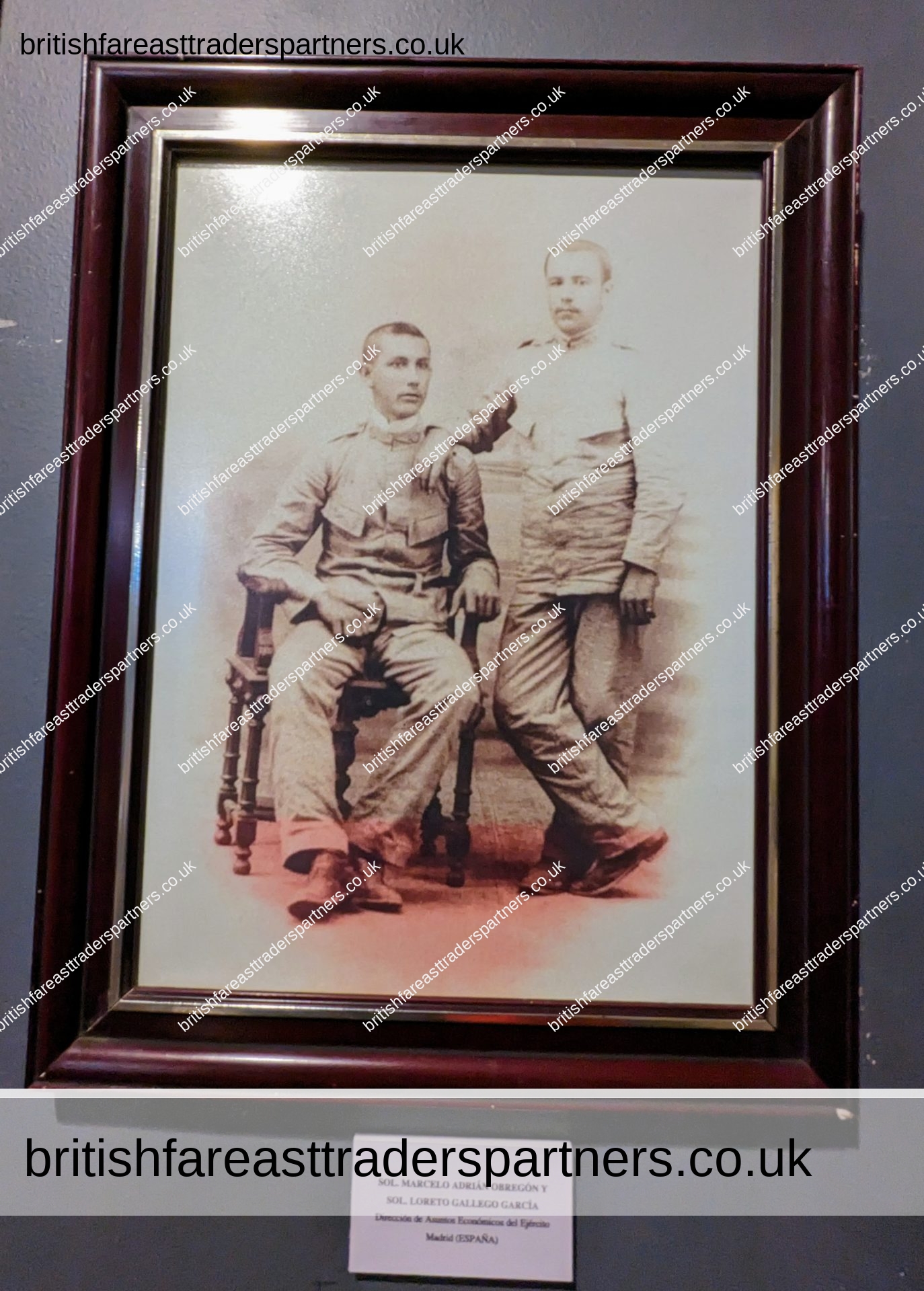
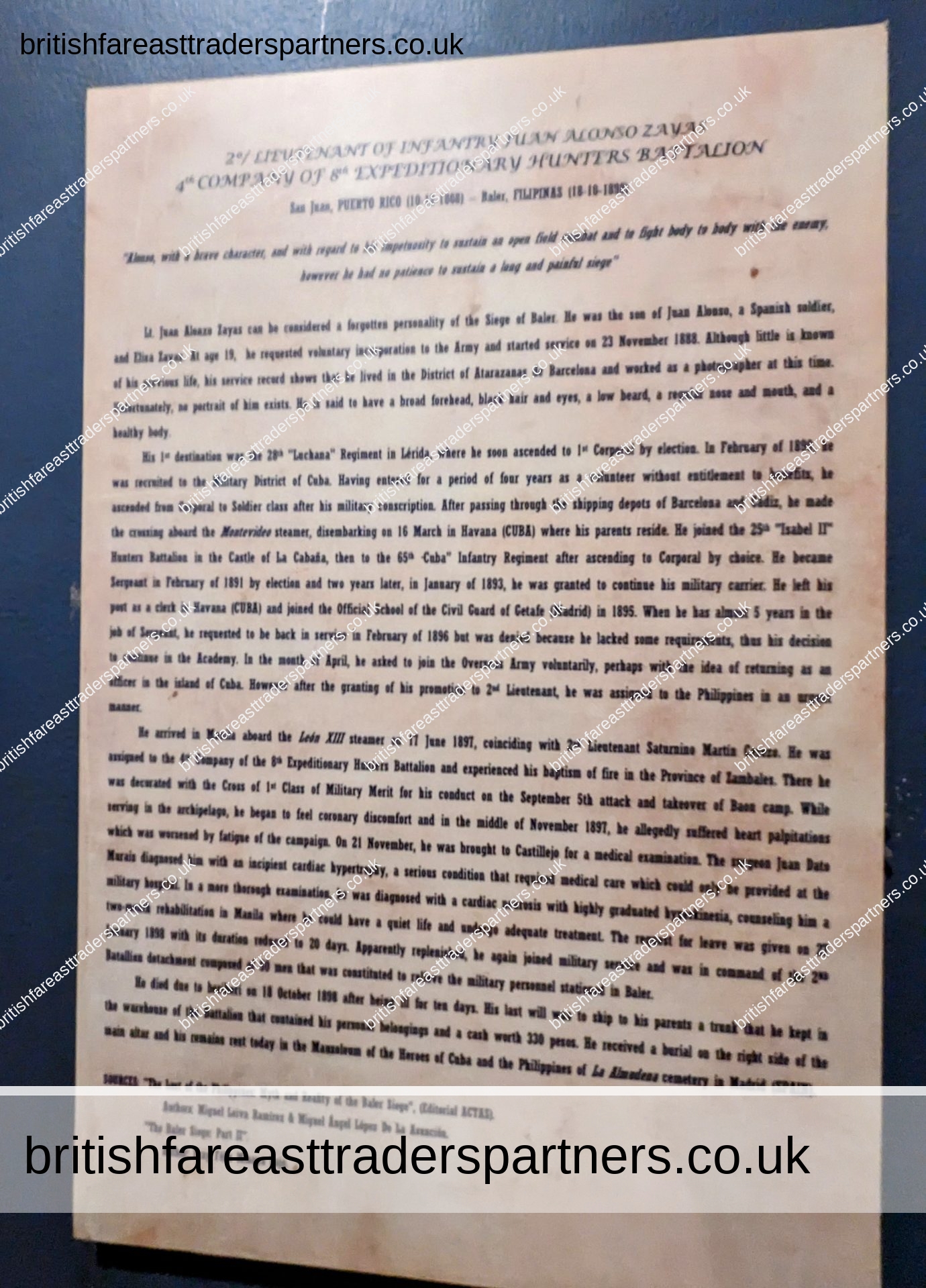
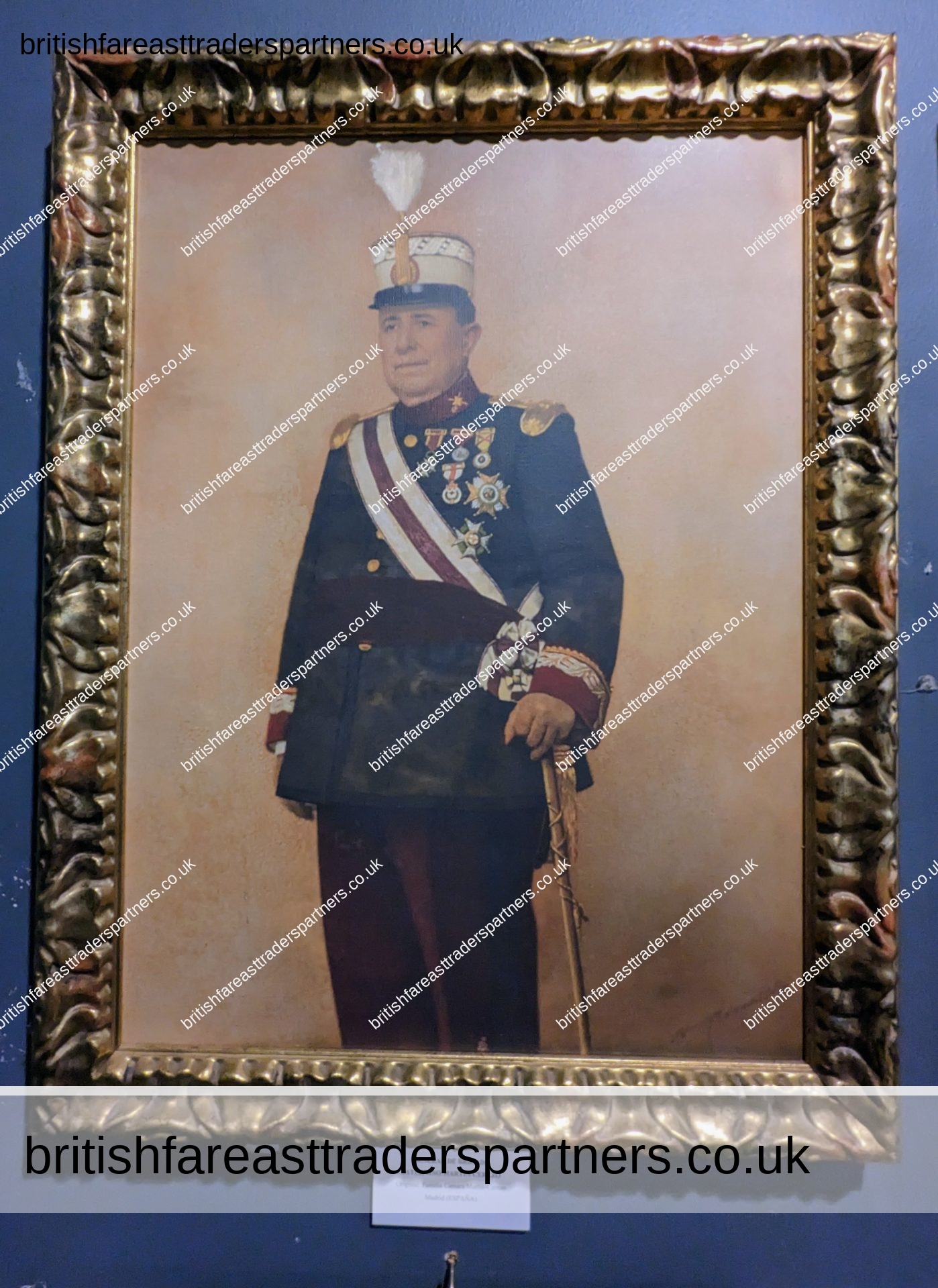
A production of canvas of a painting depicting some during the Siege of Baler
Executed by a Spanish painter especially commissioned to do the work. It was donated by the descendants of Spanish survivors of the siege to the Museo de Baler during to official opening in June 2004. Museo de Baler Collection.
Alegrias De Baler
Unos cuantos españoles,
y en el pueblo de Baler,
unos cuantos españoles,
les van a tener a raya,
y a 3 Estados Mayores,
les van a tener a raya,
ya 3 Estados Mayores.
Y aunque tú no lo sepas,
tengo una bala,
con el nombre grabado,
de una tagala,
de una tagala niña,
de una tagala,
con el nombre grabado, tengo una bala.
Del doble de sitiadores,
y de cuatro veces más,
del doble de sitiadores,
hemos pensado reírnos,
porque somos los mejores,
hemos pensado reírnos,
porque somos los mejores.
5,000 filipinos,
4 cañones, una bandera al viento,
30 españoles,
30 españoles niña,
30 españoles,
una bandera al viento, y sus riñones.
Yo Te Dire
Yo te dine, porque mi canción
e llama sin cesar
Me falta tu risa,
me faltan tus besos me
falta tu despertar.
Yo te dire
porque en mi canción,
se siente sin cesar mi sangre latiendo,
mi vide pidiendo, que tú no te alejes más.
Cada vez que el viento pasa, se lleva una flor,
pienso que nunca más volverás, mi amor.
No me abandones nunca al anochecer,
que la lung sale tarde y me puedo perder.
Y así sabrás
porque mi cancion,
te llama sin cesar.
Me falta tu risa, me faltan tus besos,
me falta tu despertar.
Cada vez que el viento pasa, se lleva una flor,
pienso que nunca más volverás mi amor.
No me abandones nunca al anochecer,
que la luna sale tarde y me puedo perder.
Y asi sabrás,
porque mi canción,
te llama sin cesar.
Me falta tu risa, me falian tus besos,
me falta tu despertar,
me falta tu risa, me faltan tus besos,
me falta tu despertar.
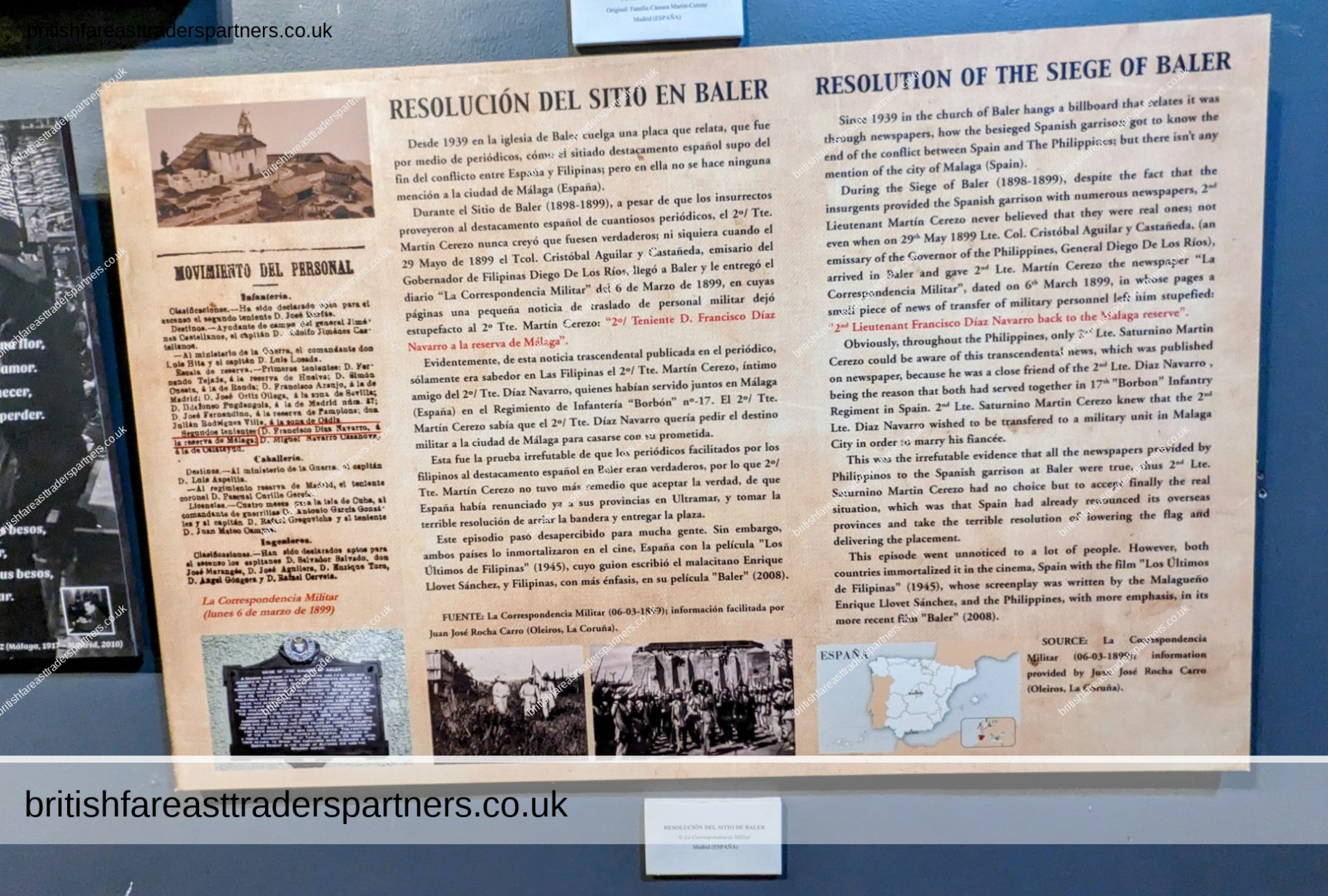
Himno De Baler
Composed in 1898 during the Siege of Baler
by Sol. Pedro Planas Basaganas
(San Juan De Las Abadesas, Gerona, Spain, 1859-1913)
La obediencia, el valor, la hidalguía,
nuestro lema constante ha de ser;
con tan noble divisa, a porfia,
siempre, siempre sabremos vencer.
De la patria el recuerdo amoroso,
siempre fijo estarás,
levantada y erguida la frente,
bien se puede a la patria volver.
Somos del 2º, nobles soldados,
dignos seremos del Batallón,
siempre en la brecha nos encontramos,
dando la vida por la nación.
Viva el Monarca que nos gobierna,
viva la insignia del Batallón,
viva España, la hidalga tierra,
sea primero nuestro pendón.
Obedience, courage, nobility,
our constant motto has to be;
with such a noble badge, to persist,
always, we’ll know how to win.
Of the homeland the loving memory,
always fixed you will be,
lifted and high forehead,
well, one can return to the homeland.
We belong to the 2nd, noble soldiers,
we will be worthy of the Battalion,
we are ahead always,
giving our lives for the nation.
Long live the Monarch who governs us,
live the Battalion badge,
long live Spain, the noble land,
in the first place, it’s our banner.
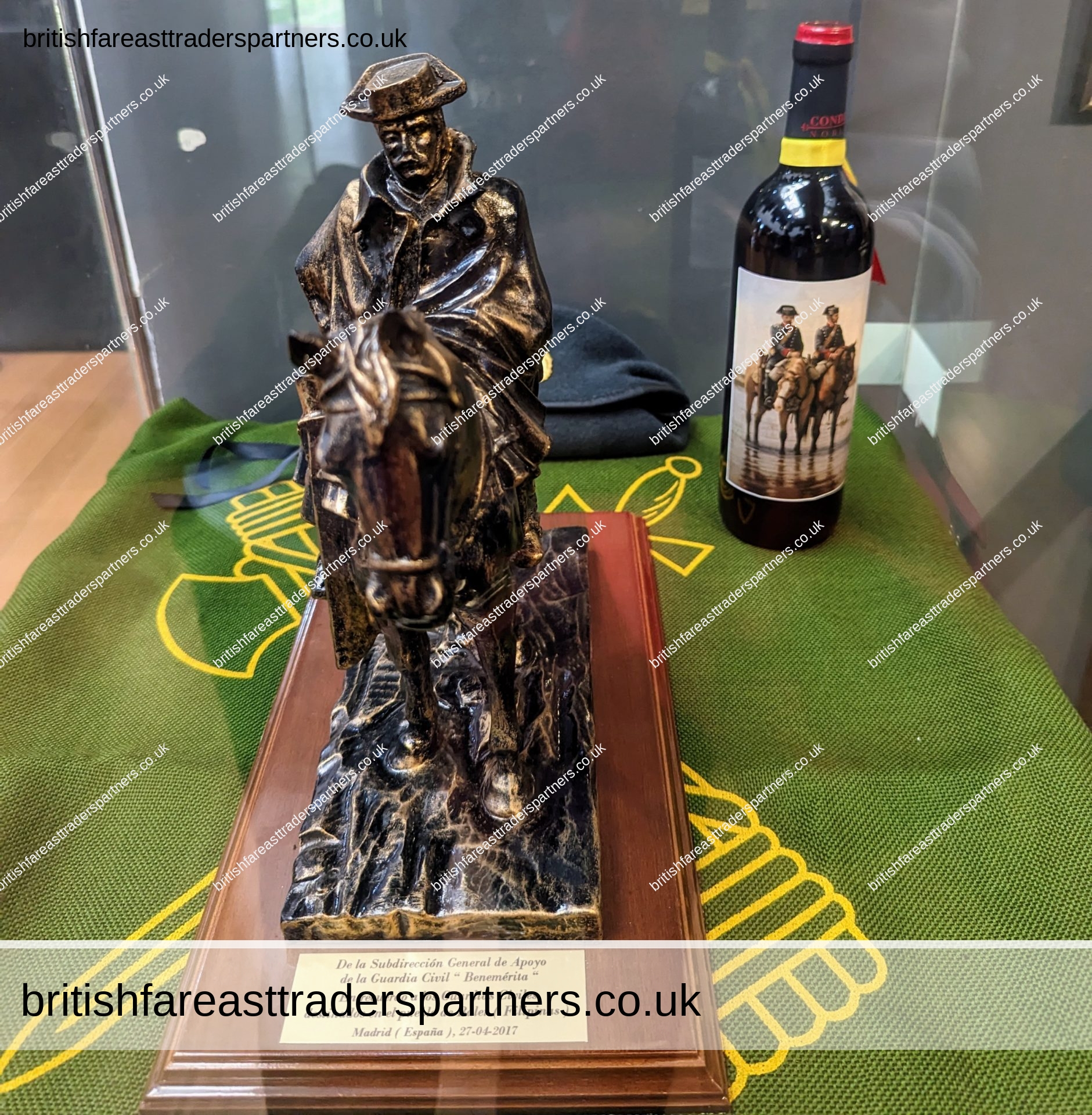
de la Guardia Civil” Benemérita”
En recuerdo a los Guardias Civiles
destinados en el pueblo de Baler (Filipinas)
Madrid (España), 27-04-2017
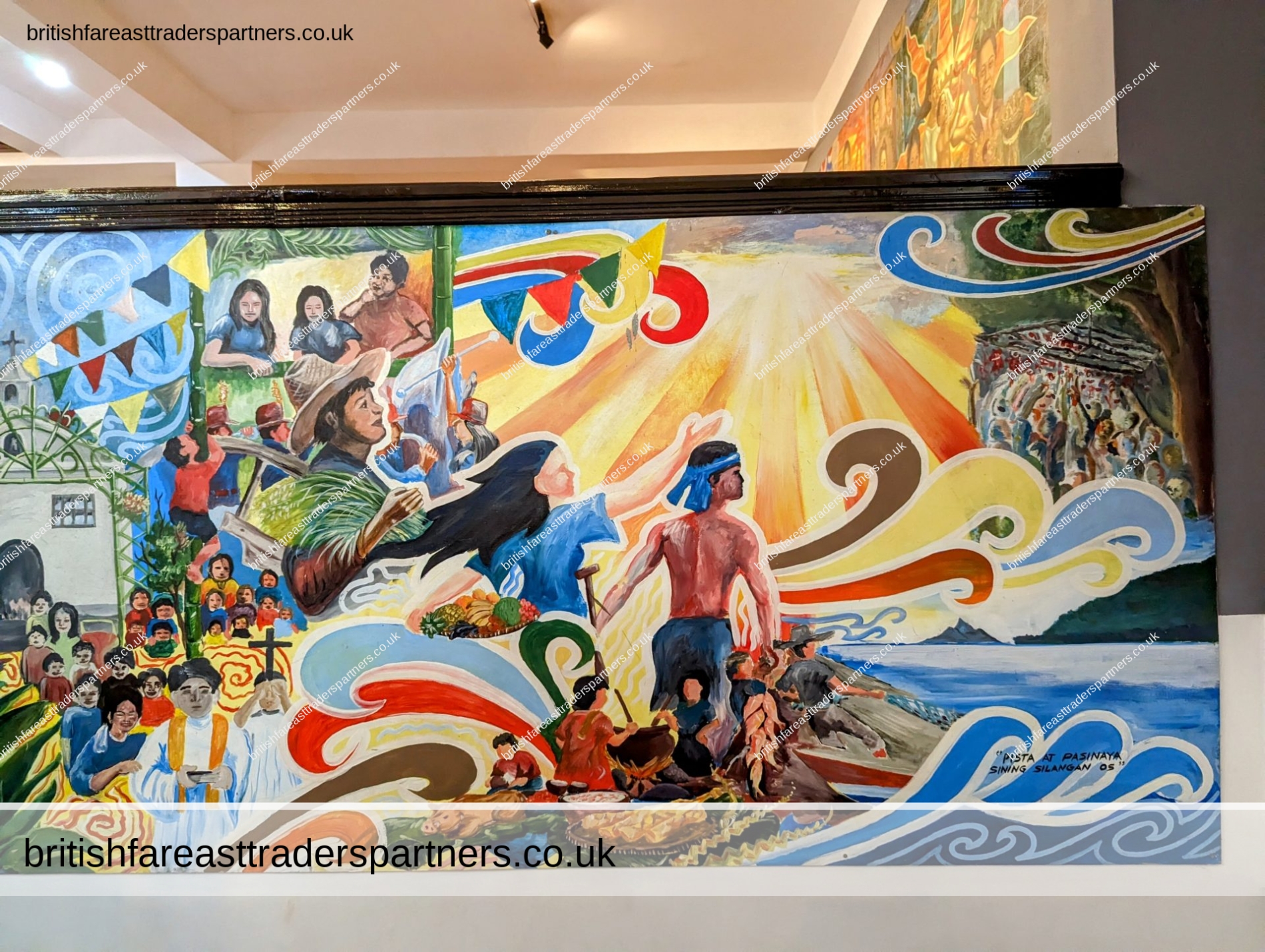
Republica De Filipinas Decreto
Febrerdose hecho acreedoras a la admiración del mundo las fuerzas españolas que guarcian el destacamento de Baler por el valor, constancia y heroismo con que aquel puñado hombres aislados y sin esperanzas de auxilio alguno, ha defendido su Bandera por espacio de un año realizando una epopeya tan gloriosa y tan propia del legendario valor de los hijos del Cid y de Pelayo, rindiendo culto a las virtudes militares e interpretando los senti mientos del Ejército de esta República, que bizarramente les ha combatido; a propuesta de mi Secretario de Guerra, y de acuerdo con mi Consejo de Gobierno, Vengo en disponer lo siguiente: Artículo único.
Los individuos de que se componen las expresadas fuerzas no serán considerados como prisioneros, sino por el contrario, como amigos, y en su consecuencia, se les proveerá, por la Capitanía General, de los pases necesarios para que puedan regresar a supais.
Dado en Tarlak, a 30 de junio de 1899
El Presidente de la Republica Emilio Aguinaldo
El Secretario de Guerra Ambrosio Flores
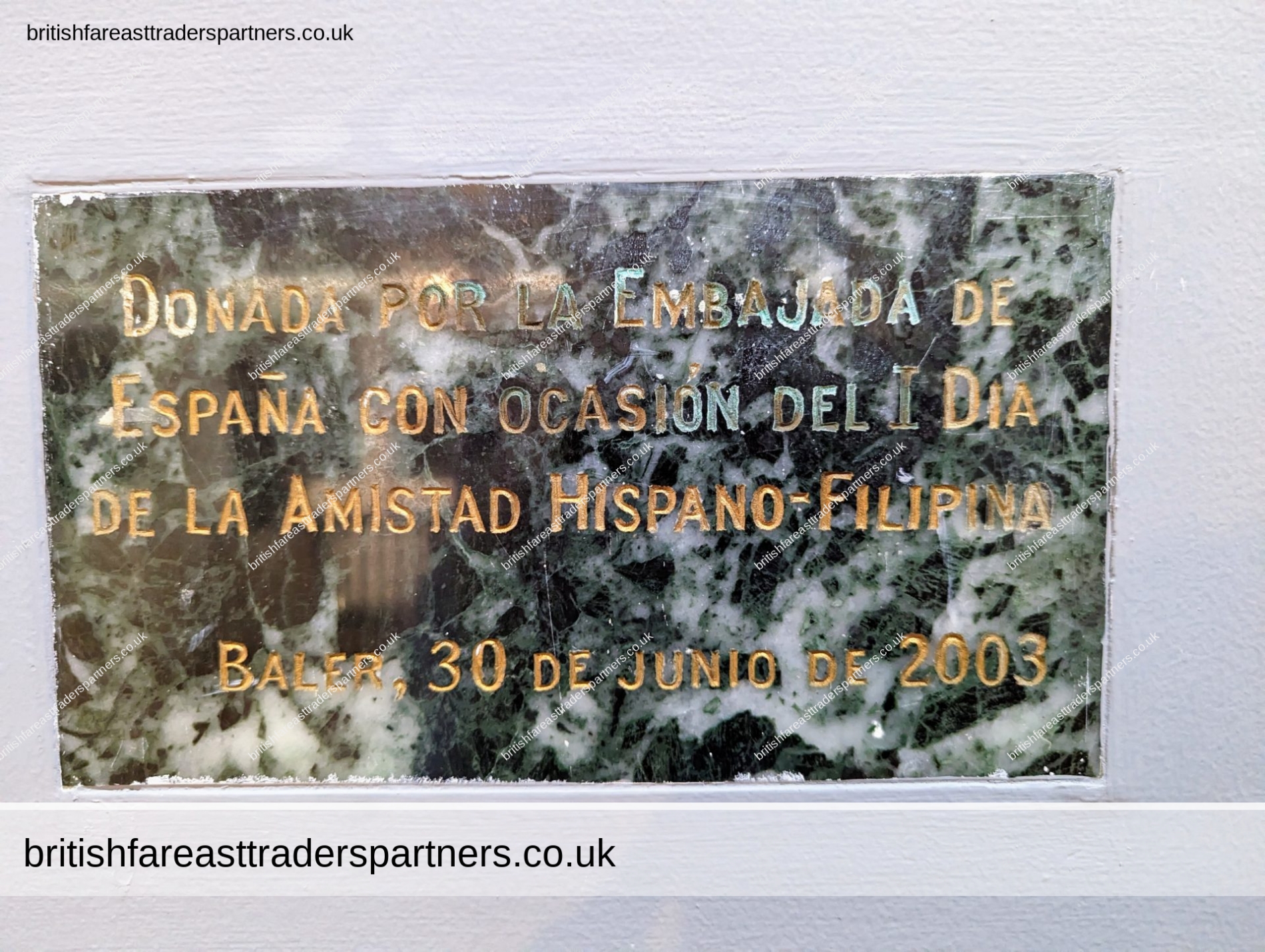
Baler 30 De Junio De 2003
Gallery of the Museo de Baler
Stepping into the gallery of the Museo de Baler, one is immediately immersed in a space that is both serene and evocative. The whitewashed walls, punctuated with selective pops of colour from the art pieces, work harmoniously with the sleek architectural lines, creating a calming canvas that allows the artworks to truly shine.
The open layout of the gallery exudes a feeling of spaciousness, a refreshing sanctuary away from the bustling world outside. The natural light filtering in plays with the soft artificial illumination, casting gentle shadows and imbuing the space with an ethereal glow. This interplay of light is especially important as it highlights the textures and depths of each art piece, enhancing the viewing experience.
Prominently placed are diverse art pieces that range from historical depictions to modern expressions, showcasing the rich tapestry of culture and history of Baler and the Philippines. The art tells tales of bygone eras, folklore, colonisation, and the resilient spirit of the Filipino people. One can almost hear the whispers of the past echoing through the corridors as they move from one exhibit to the next.
But the Museo de Baler doesn’t just hold onto the past; it bridges it with the present. The presence of contemporary art amidst historical artifacts underlines the ongoing narrative of the region, its adaptability, and its ever-evolving identity. The artworks beckon viewers to not only reminisce but to engage in introspective thought about the past, present, and future.
Further enhancing the experience is the thoughtful placement of each piece. The use of space is meticulous, ensuring that viewers can engage with every artwork without feeling overwhelmed. The partitions, railings, and floor paths are thoughtfully designed, ensuring a cohesive flow throughout the gallery.
Pamanang Ala-ala ng yumaong Pangulong Manuel Luis Quezon
Ang yumaong Pangulong Manuel Luis Quezon y Molina ay tumanyag at kinilala hindi lamang sa ating Bayan ng Baler at sa buong Pilipinas, kundi sa buong mundo.
Bilang Pangulo at Ama ng bansa, pinilit niyang palayain tayo ng bansang Amerika, at magkaroon tayo ng sariling pamahalaan.
Bilang Ama ng Wikang Pambansa, sinikap niyang palayain tayo sa paggamit ng banyagang wika, at pagbuklurin ang ating bansa sa isang pambansang wika.
Bilang Ama ng Katarungang Panlipunan, sinikap niyang palayain ang mga magbubukid, magsasaka at mga dukha sa hindi makatarungang pagmamalabis ng naghaharing uri.
Bilang mabuting pinuno ng bansa, isinulat niya ang Kodigo ng Pagkamamamayan at Kagandahang Asal, bilang gabay sa ating pang-araw-araw na buhay.
Bilang isang Kristiyano, itinaguyod niya ang pagpapahalaga sa buhay ng tao. Noong panahon ng Ikalawang Digmaang Pandaigdig, sinikap niyang ipagtanggol at kupkupin ang mga Hudyo na noon ay pinilit ni Adolf Hitler na lipulin, pahirapan at patayin sa mga Nazi concentration camps.
Hanggang sa huling sandali ng kanyang buhay, ipinaglaban ni Pangulong Manuel Luis Quezon y Molina ang ating paglaya, hindi lamang sa paglaya sa mga banyaga, kundi ang paglaya rin natin tungo sa tamang pamumuhay at pamamahala sa pamamagitan ng wasto at kagandahang asal.
Atty. Aurea G. Aragon-Casiano, Pangulo
Atty. Natividad P. Querijero, Pangalawang Pangulo
Atty. Aurea Elnora A. Casiano, Kalihim
Ms. Maria Magdalena Guerrero, Ingat-Yaman
Trustees: Mr. Jacinto Q. Bautista
Mr. Artemio F. Dulay
Dr. Reynaldo F. Etcubañez
Ms. Lorfina K. Galban
Engr. Jaime S. Gose
Atty. Jesse P. Pimentel
Mr. Arnulfo G. Querijero

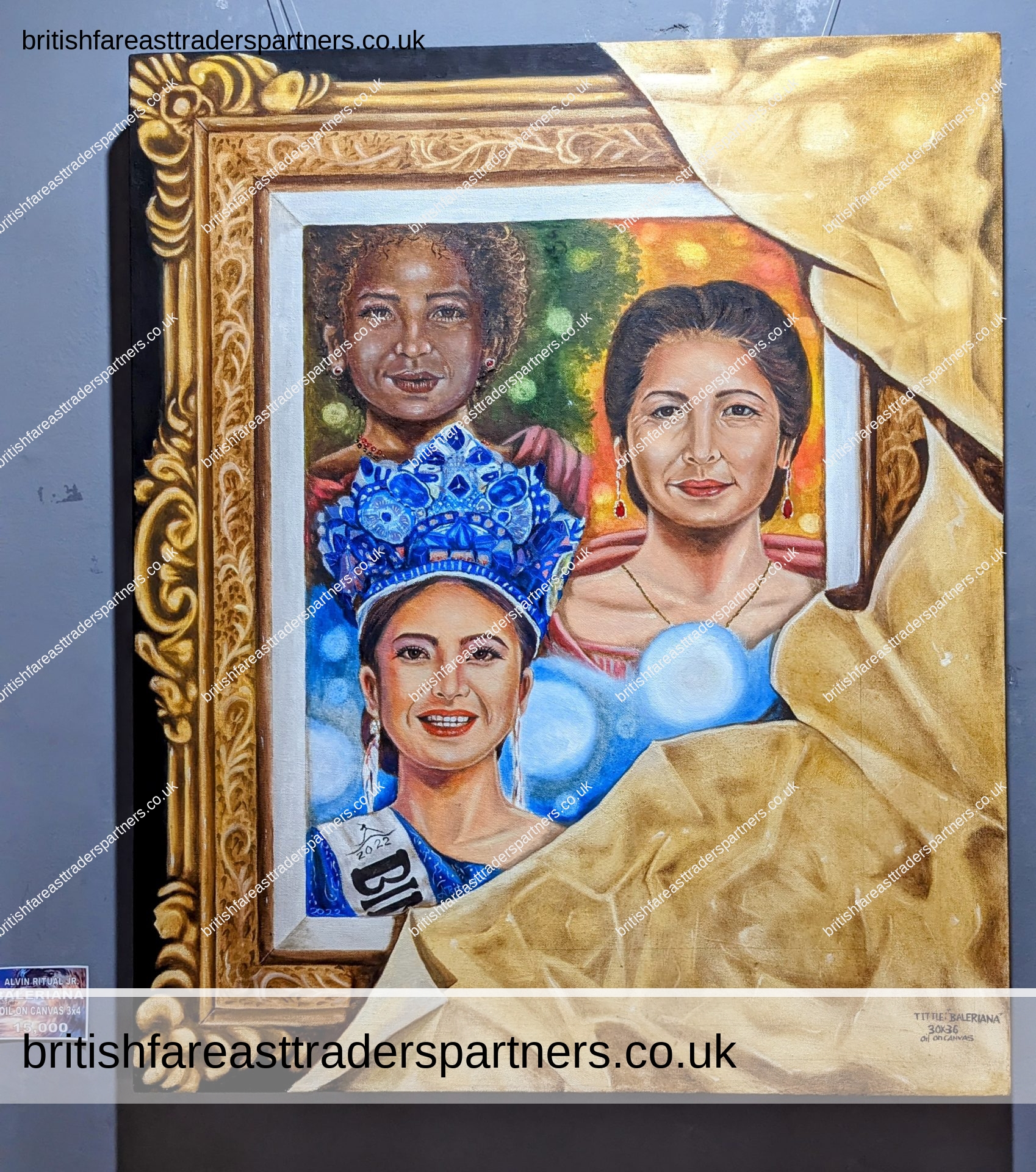

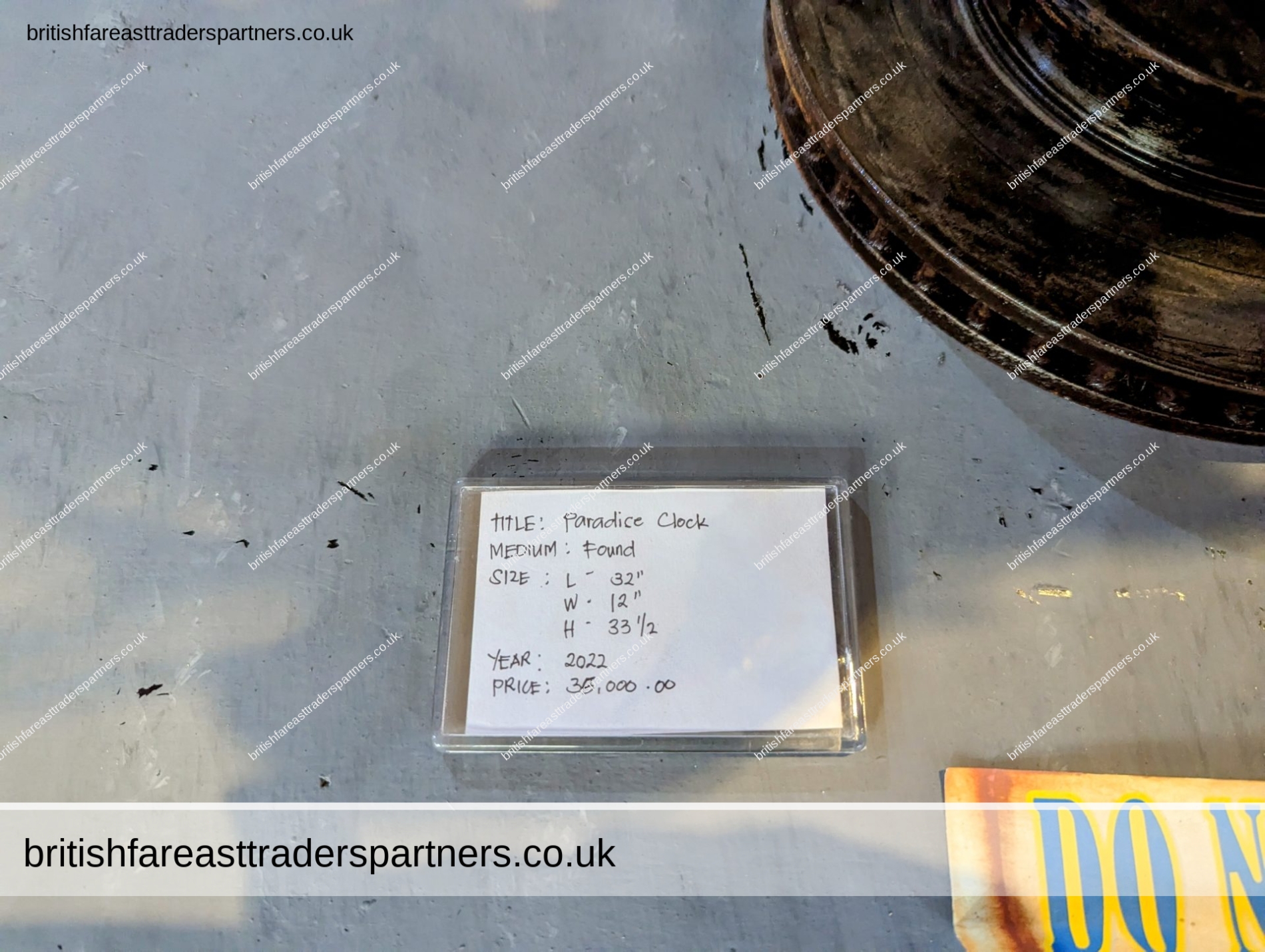

Title: The Orange Blooming
Size: 18x24inches
Medium: Oil on Canvas
Year: 2022

Title: The Yellow Blooming
Size: 18×24 inches
Medium: Oil on Canvas
Year: 2022
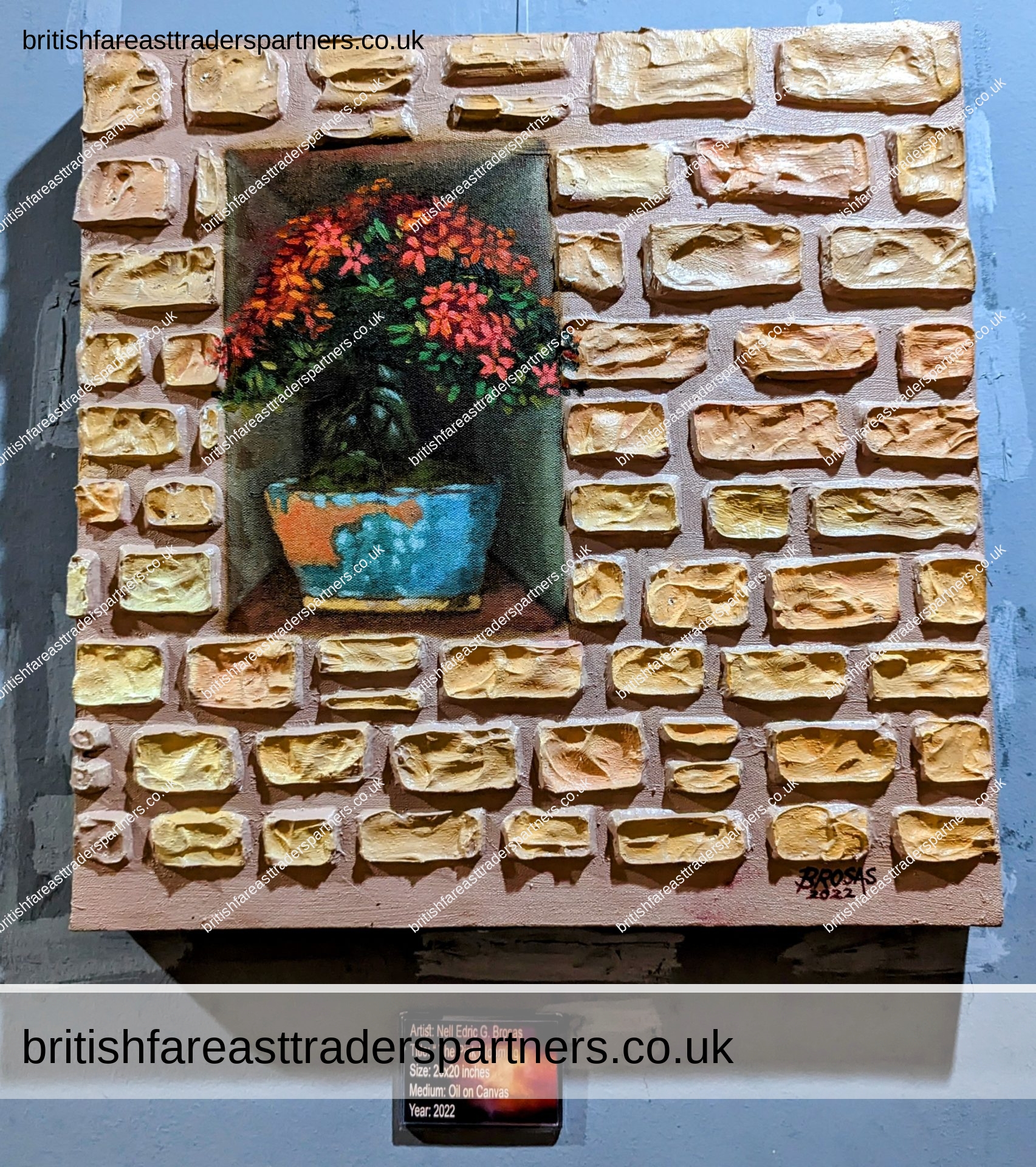
Title: “ The Pink Blooming”
Size: 20×20 inches
Medium: Oil on Canvas
Year: 2022
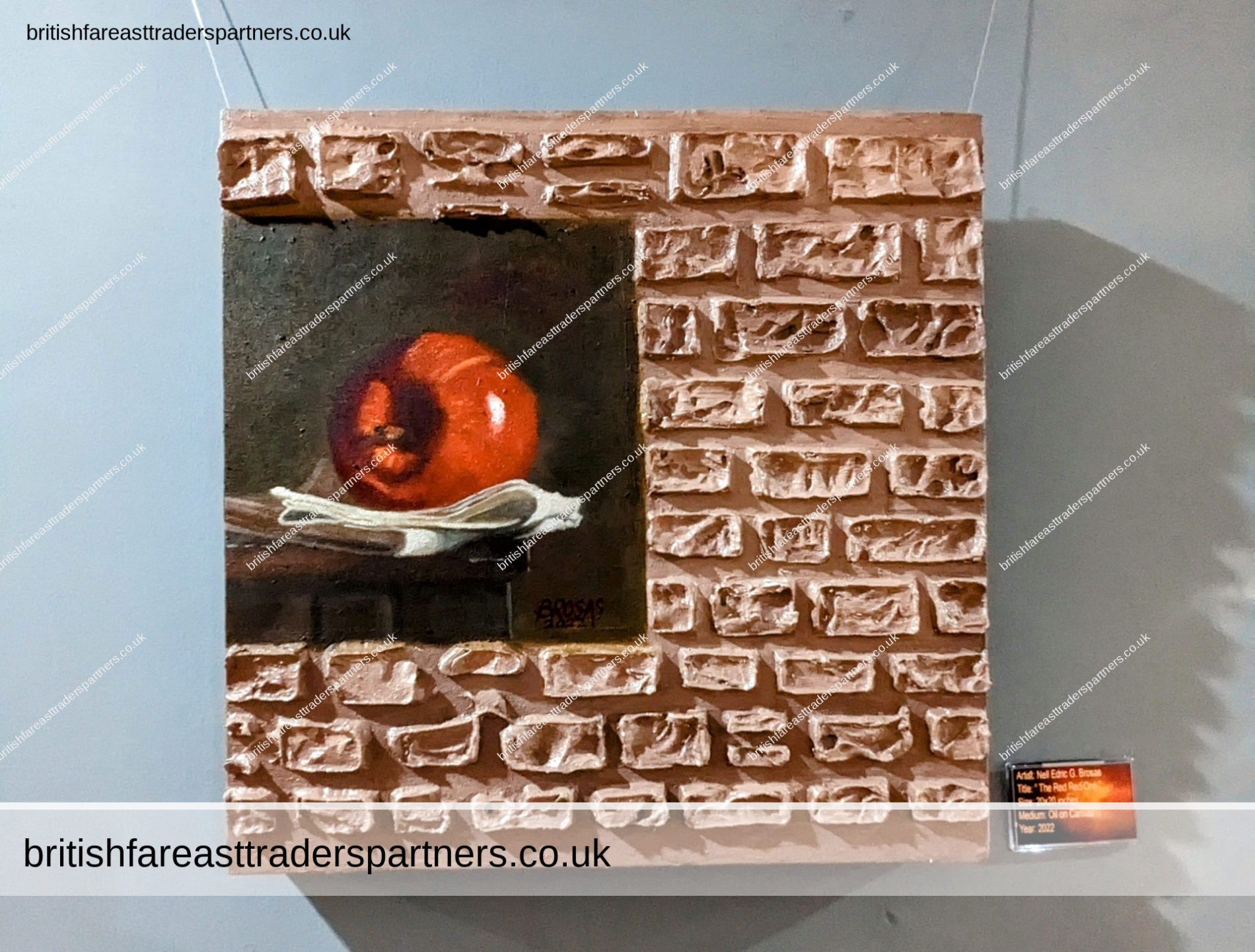
The “The Red Red One
Size: 20×20 inches
Medium Oil on Canvas
Year: 2022
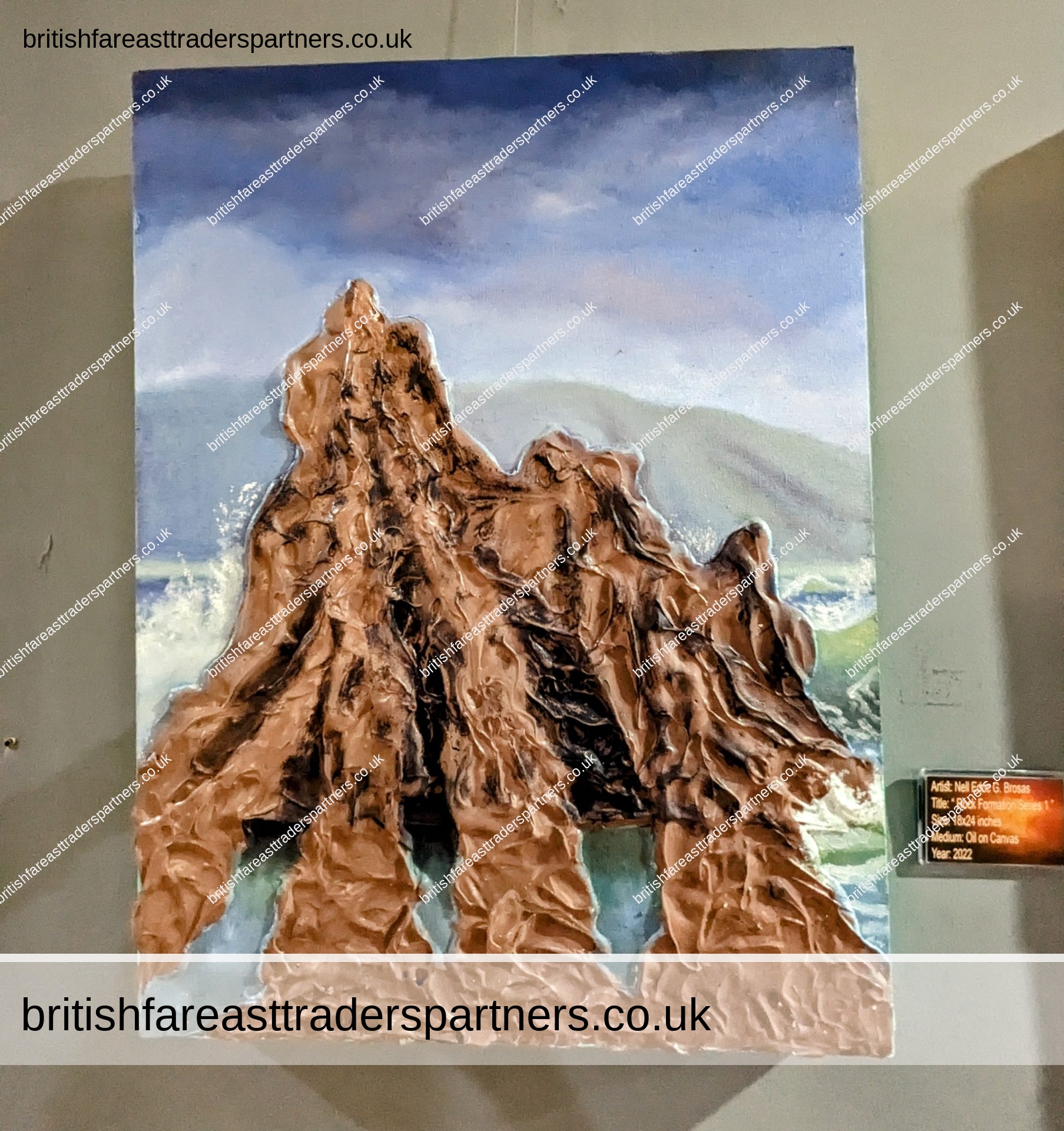
Artist: Nell Edric G. Brosas
Size: 18×24 inches
Medium: Oil on Canvas
Year: 2022
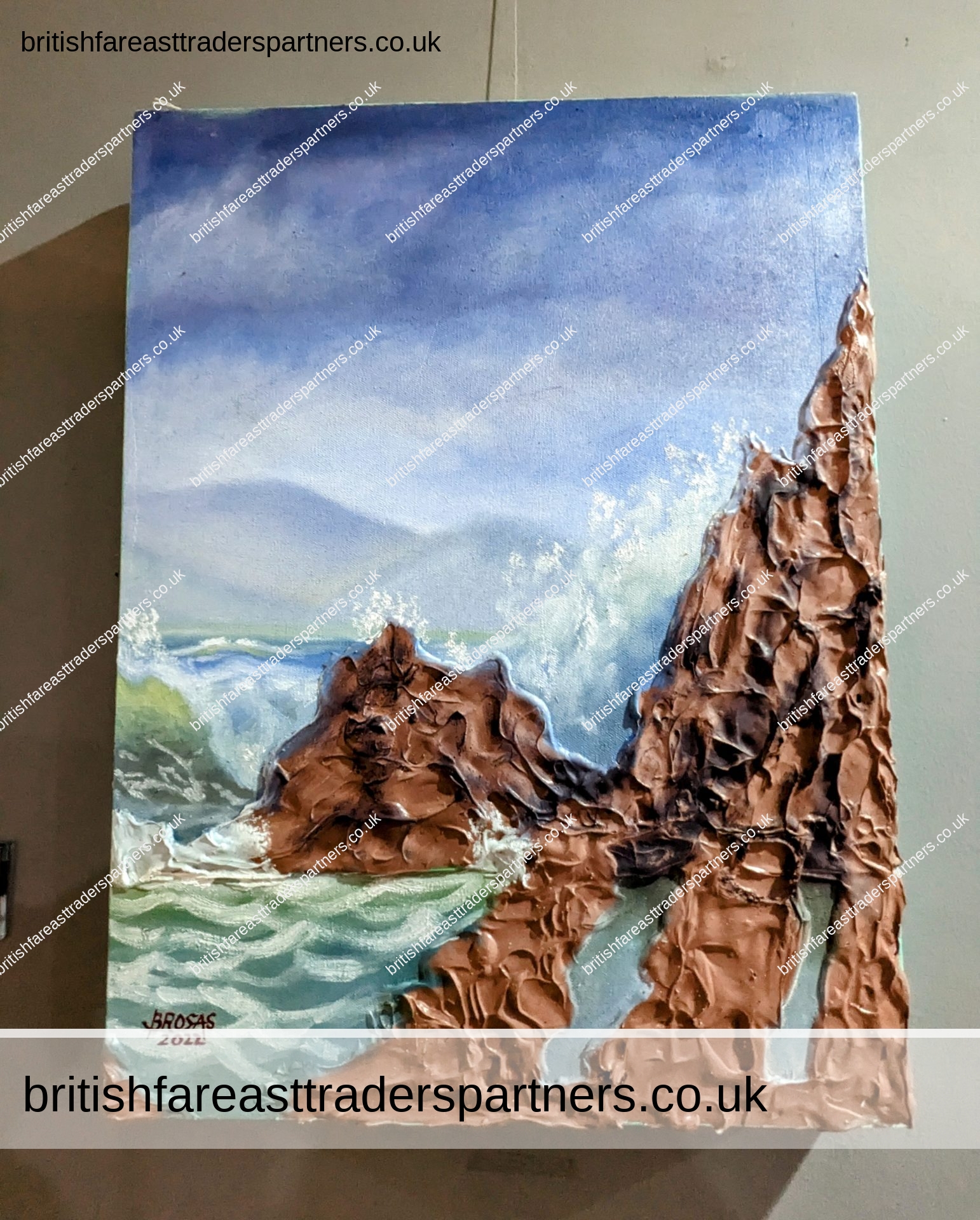
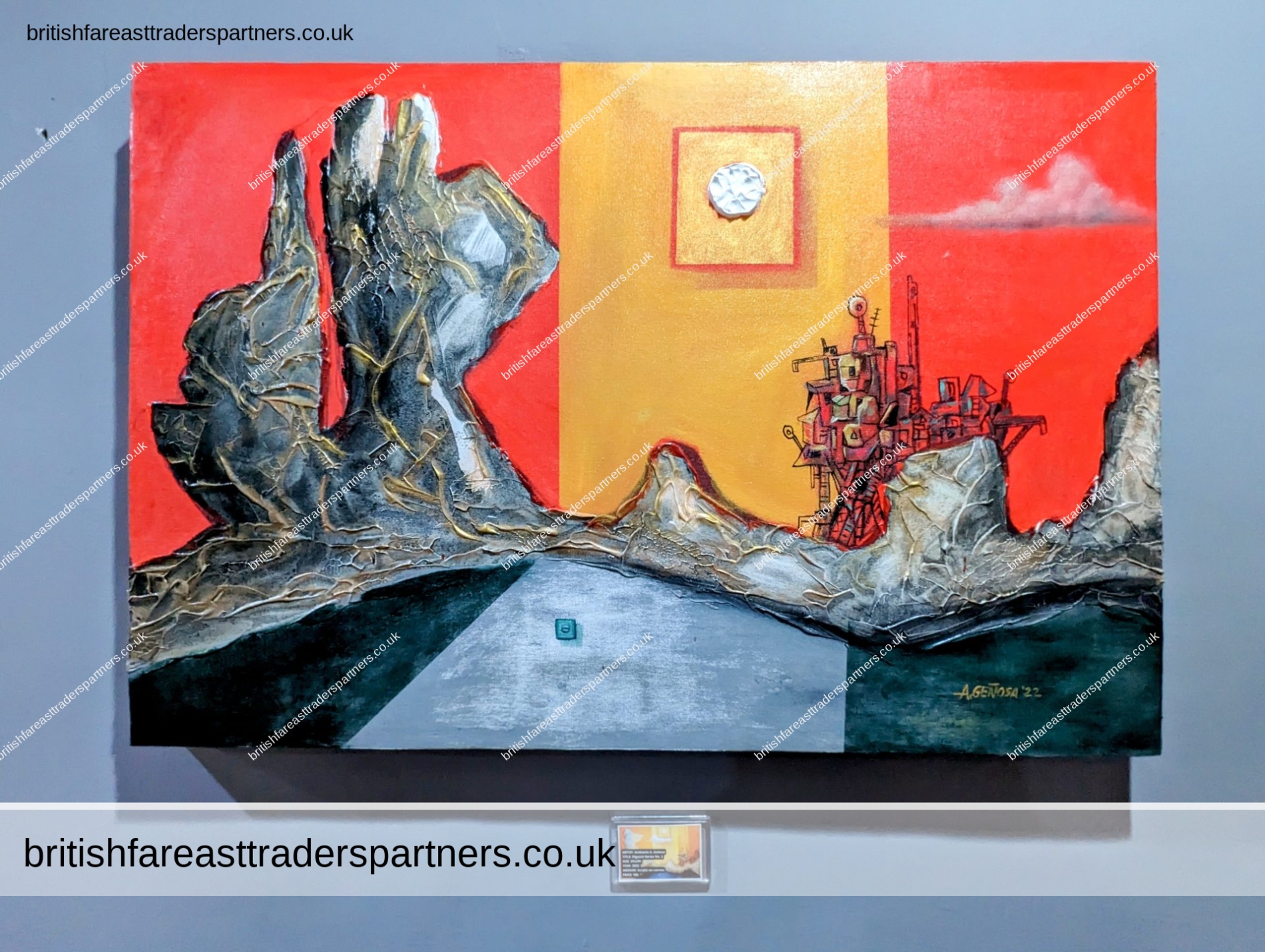


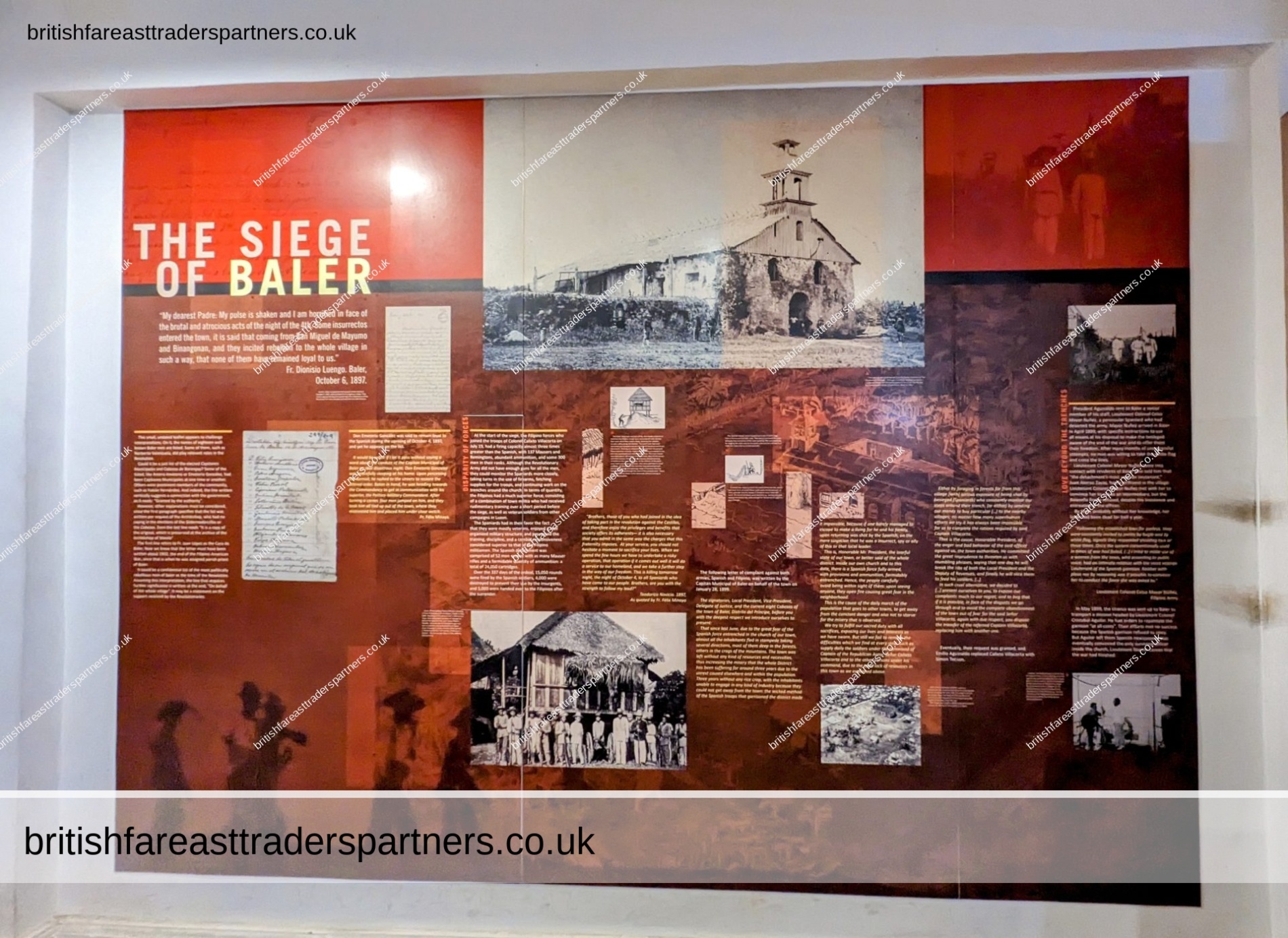
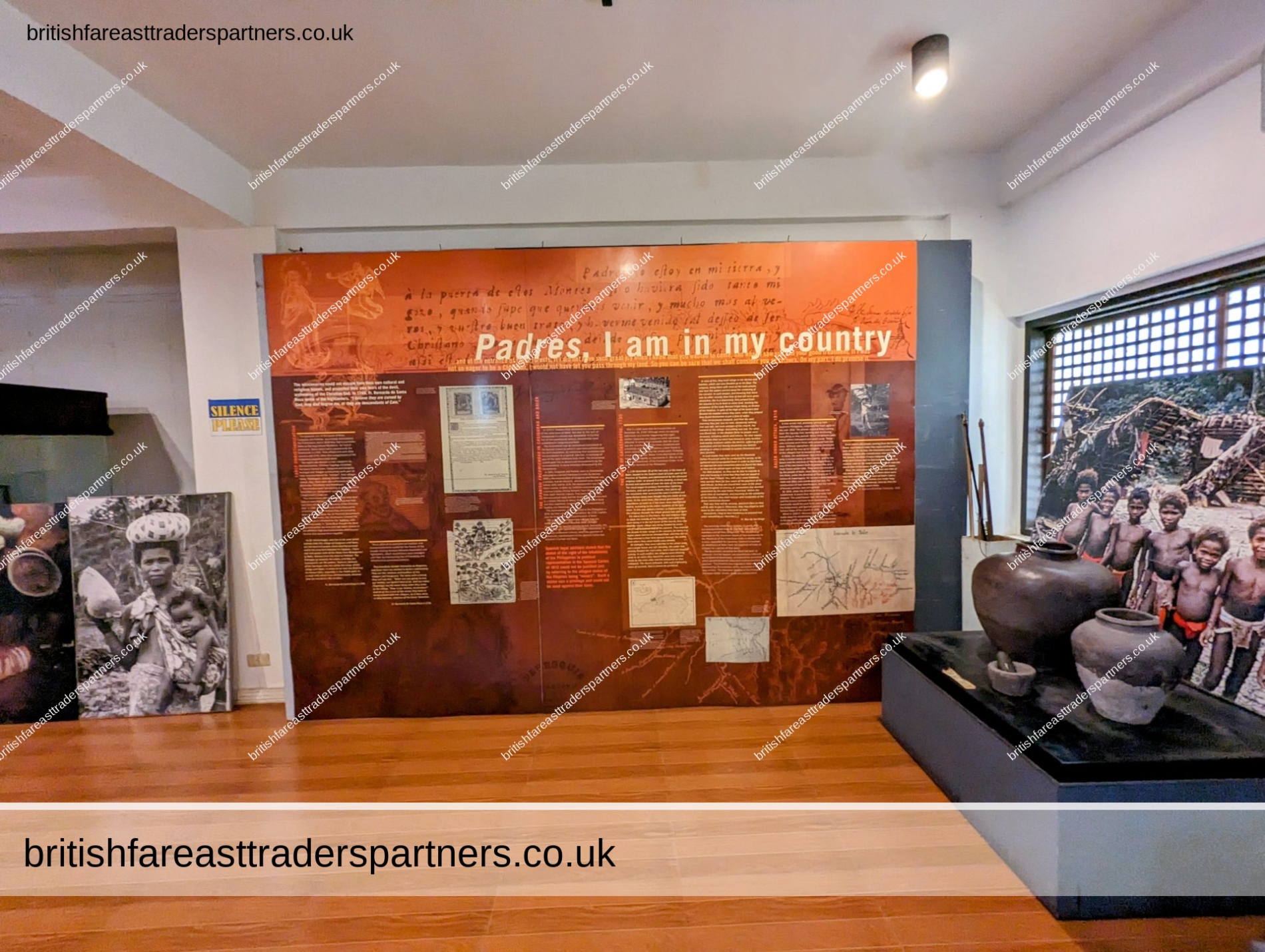
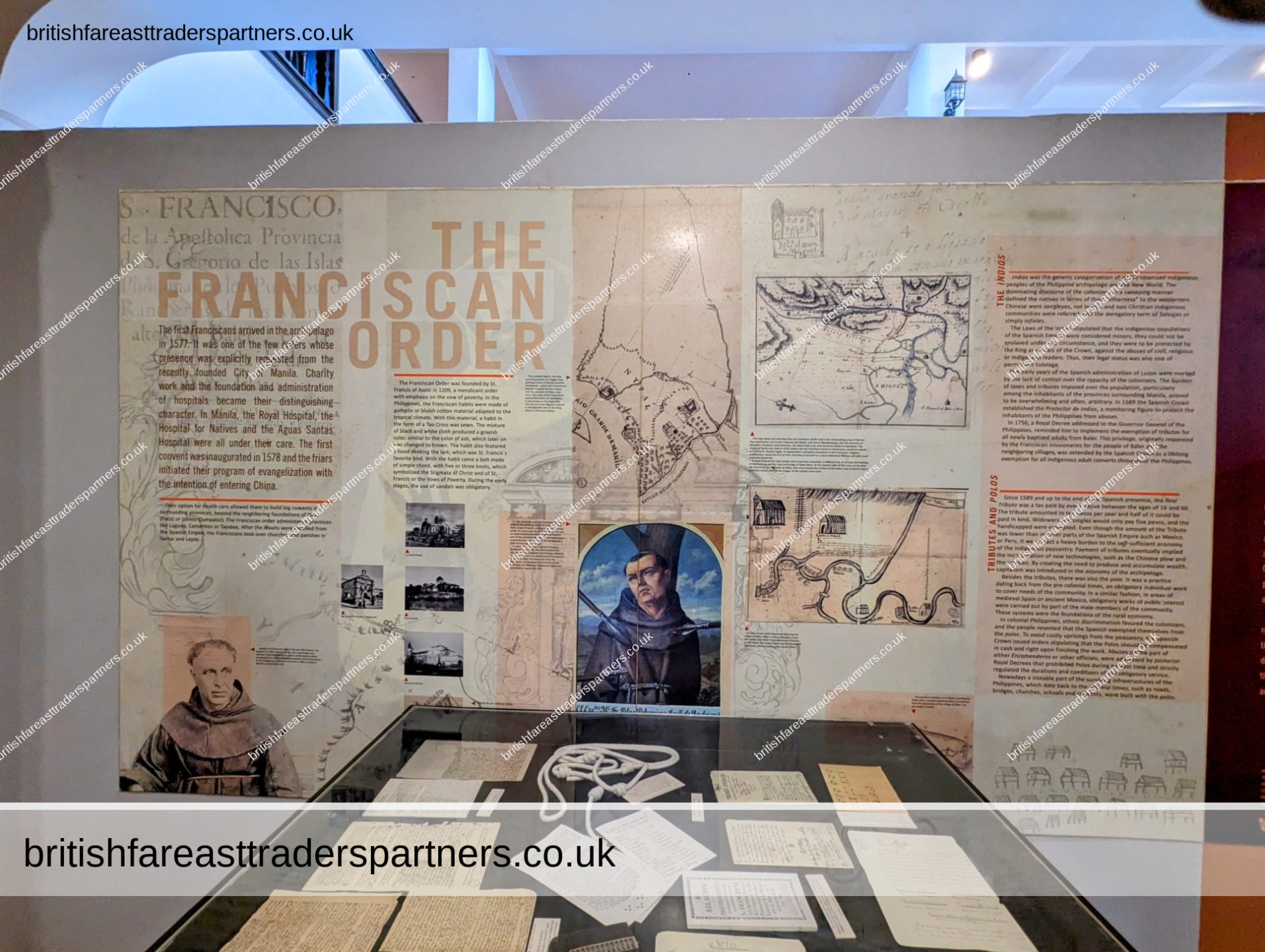
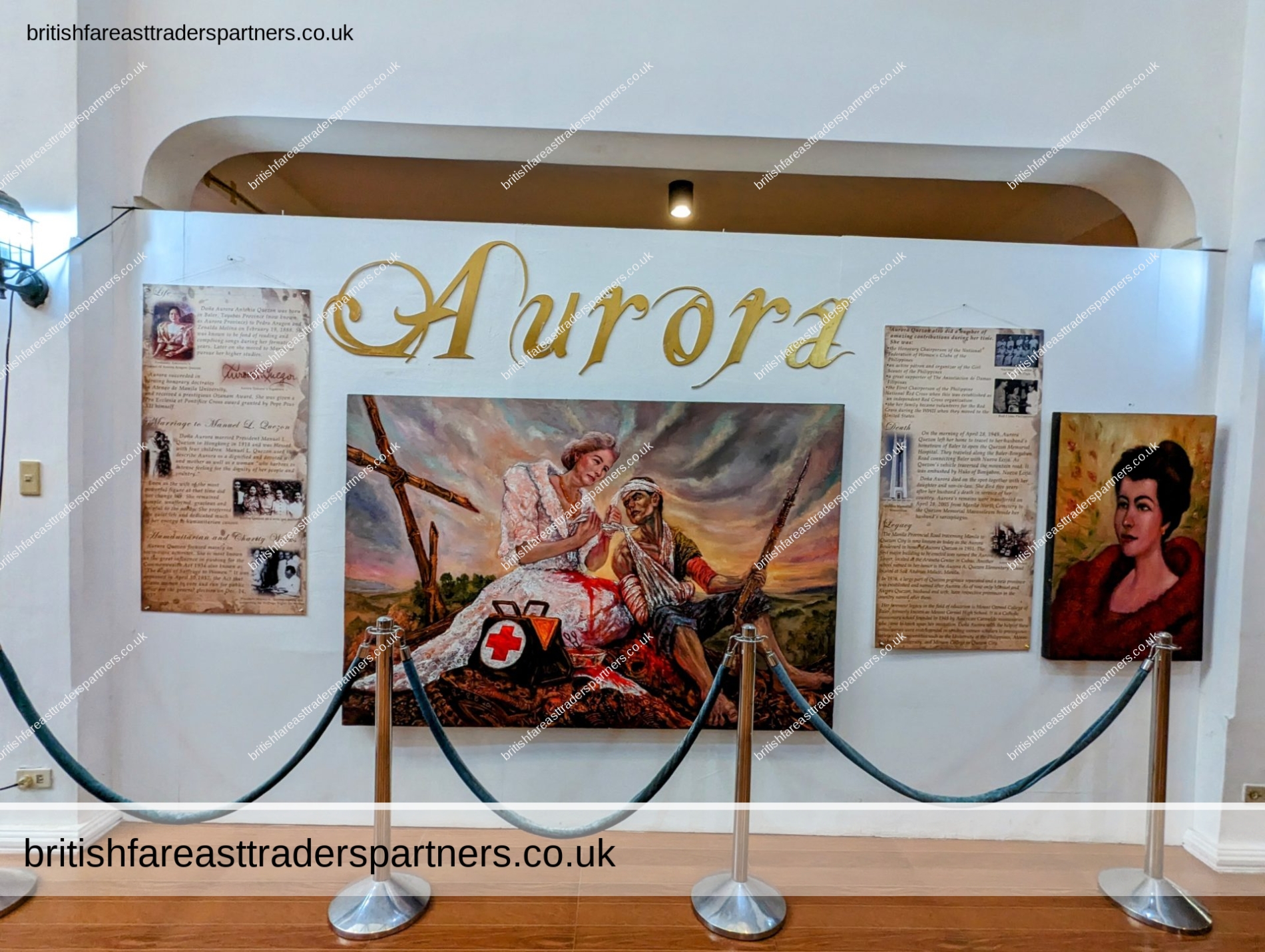
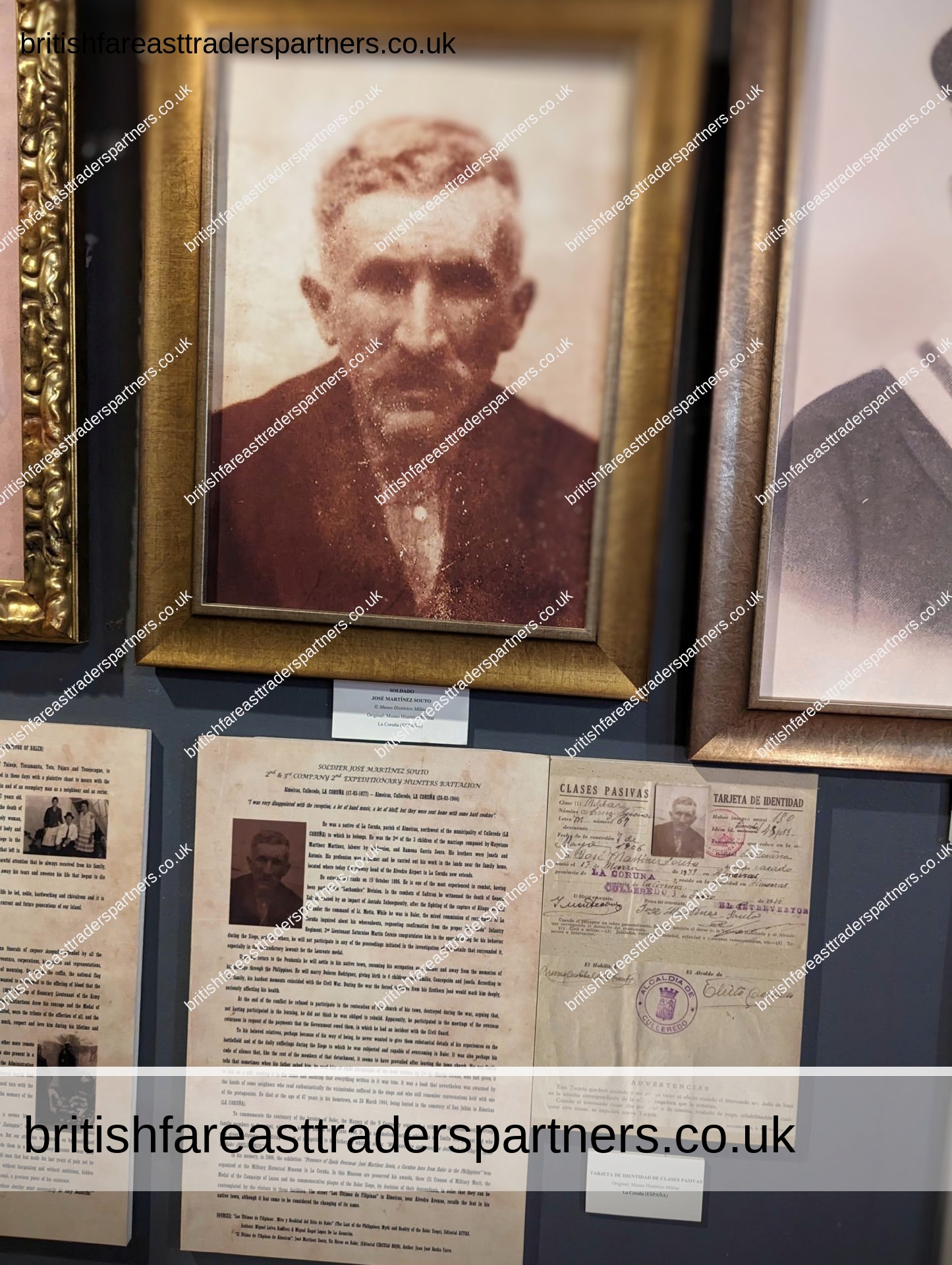
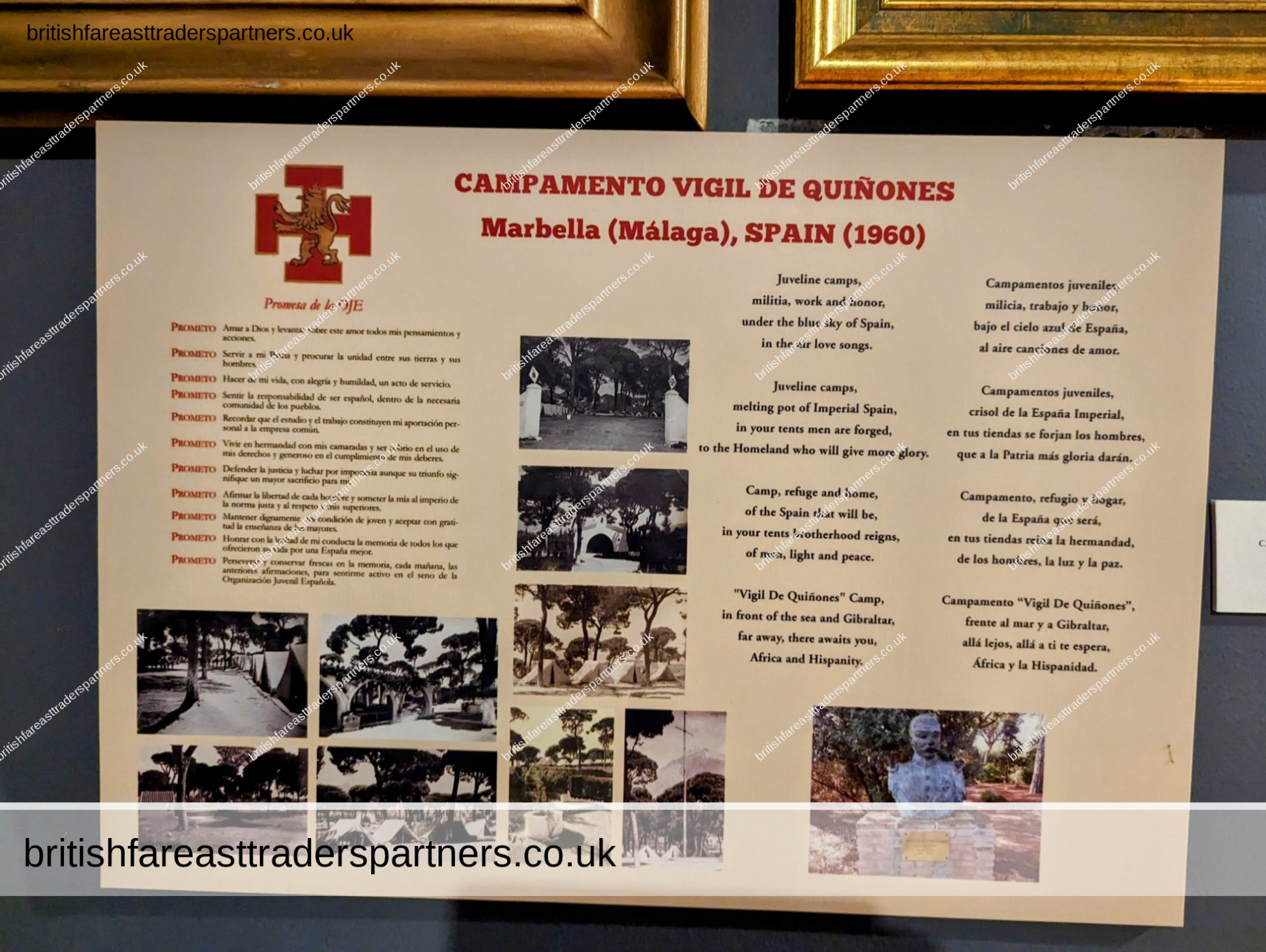
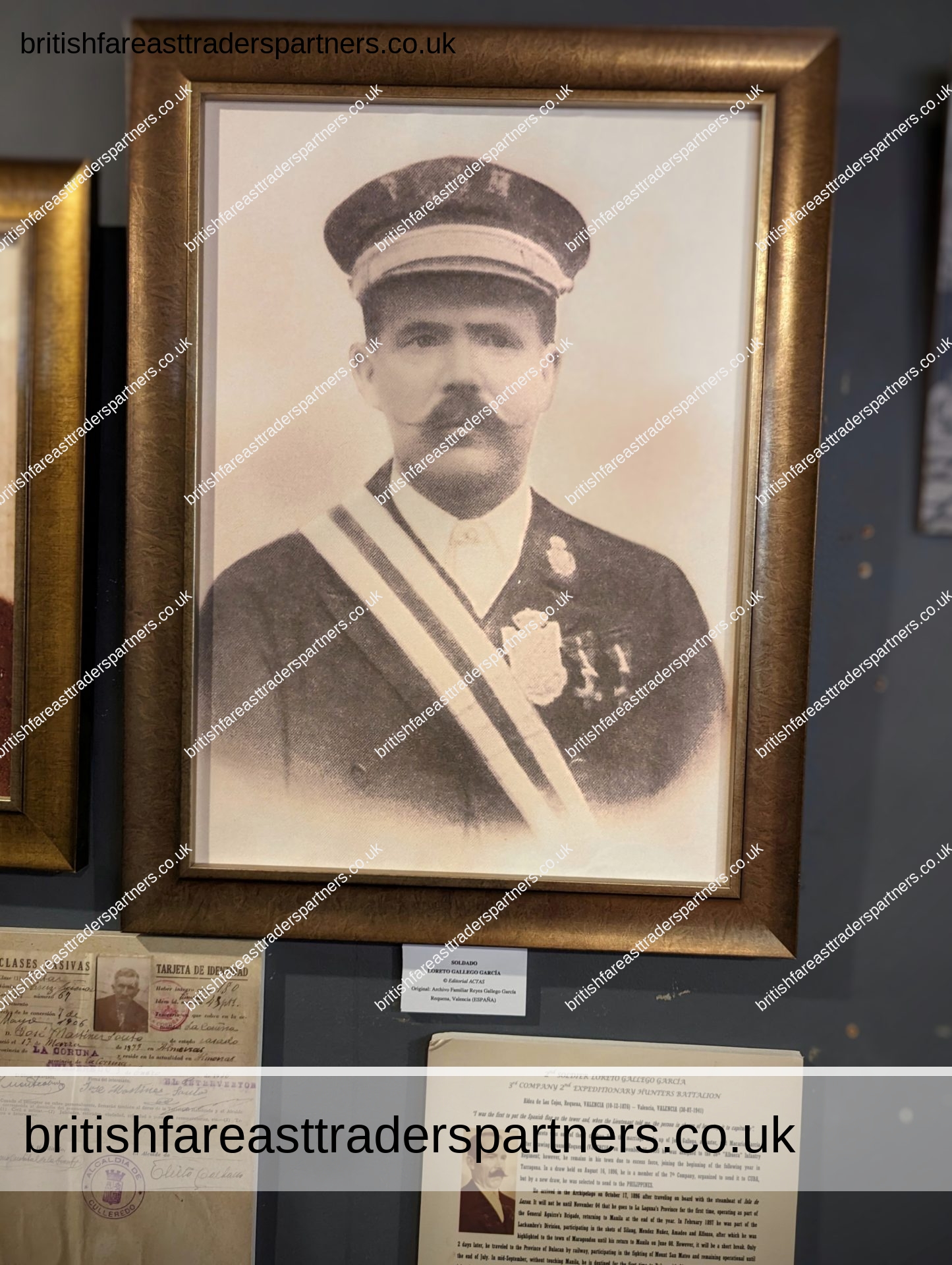
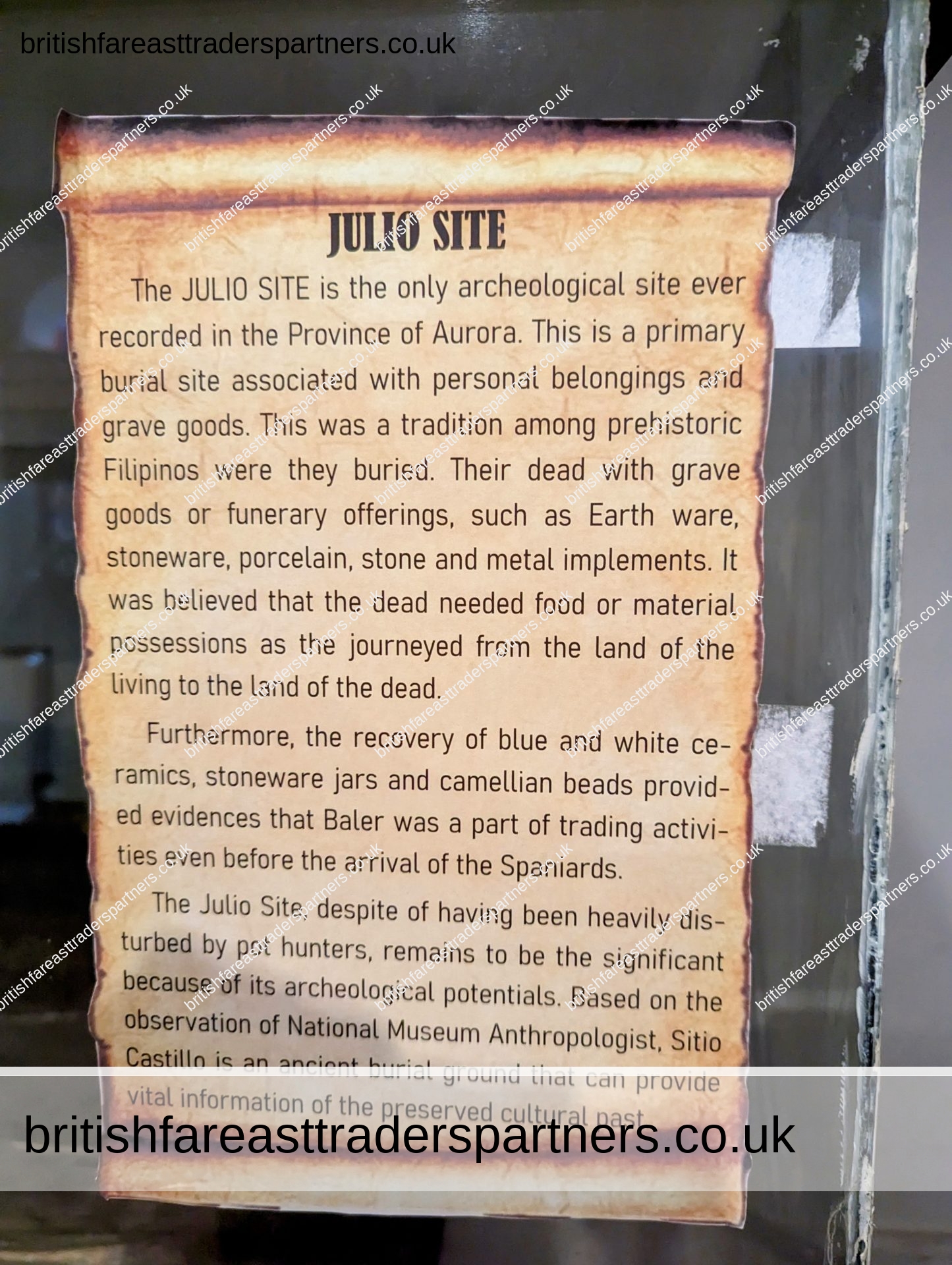
Quezon Park
Nestled adjacent to the renowned Museo de Baler is the verdant sanctuary of Quezon Park. A serene escape from the modern hustle, the park is a harmonious blend of nature’s tranquillity and human’s touch of relaxation.
Gently swaying palm fronds form a gentle ballet in the whispering breeze, their elongated shadows playing on the sun-dappled pathways. These paths, set with grid tiles, weave their way invitingly through the lush greenery, guiding visitors on a leisurely stroll or a contemplative wander. The canopy of trees provides a cooling shade, even on the most sunlit days, making it a favourite spot for both locals and tourists.
Benches, as if strategically placed by a storyteller, dot the landscape. They’re not just mere sitting places; each offers a unique vantage point. Some oversee the quaint architecture of the surrounding area, while others grant a more intimate view of the park’s flora and fauna. Here, you can find locals engrossed in heartfelt conversations, travellers jotting down their thoughts, or simply individuals lost in the reverie of the moment.
Nearby, the rich terracotta hues of Museo de Baler’s outbuildings contrast beautifully with the vibrant greens of the park. This juxtaposition of built heritage and natural beauty showcases the harmonious coexistence of Baler’s history with its environment.
Children, with their infectious laughter, often play gleefully, running around or engaging in age-old games, while elders reminisce about bygone days, basking in the nostalgia that such settings invariably invoke.
But perhaps the most enchanting feature of Quezon Park is the sense of calm it imparts. Despite being in the heart of Baler, the park feels like a secluded haven, a gentle reminder of the simpler joys of life and the beauty of the present moment.
Manuel L. Quezon childhood home
Ah, the Manuel L. Quezon childhood home recreation—what a splendid tribute to the rich history and humble beginnings of the Philippines’ second President. This replica gives us a poignant peek into the past, standing as a tangible testament to the simpler times of yesteryears.
From the outset, the hut’s architecture is distinctively traditional. Crafted with native materials, the nipa palm roofing and bamboo sidings are emblematic of classic Filipino rural dwellings. These huts, locally known as ‘bahay kubo’, are symbolic of a lifestyle that harmonised with nature, using sustainable and locally-sourced materials. The raised flooring, typical of this architectural style, not only provides protection against flooding but also allows for natural ventilation, keeping the interiors cool in the tropical climate.
Inside, one can almost visualize the young Quezon, with his family, navigating the intimate spaces, sharing stories, dreams, and perhaps laying the foundations for his future ambitions. It’s a stark reminder that even the most influential figures have humble beginnings and grow up in environments that shape their characters and destinies.
The surrounding setting enhances the homey feel. The wooden picnic tables spread across the yard indicate a communal setting, fostering interactions, and shared memories. Whether it’s families gathering for an afternoon snack or tourists taking a moment to absorb the historical significance, the area serves as a convergence point for the past and the present.
The worn-out brick pathways tell their own tales, having witnessed countless footsteps of those who have come to pay homage or merely to satisfy their curiosity about this significant structure. The green foliage that envelops the hut casts gentle shadows, offering a sense of tranquillity and a bridge to the bygone era.
In essence, this recreation is more than just a physical structure. It’s a poignant journey back in time, a gentle reminder of the roots of a revered leader, and a celebration of Filipino heritage and culture. It stands as a testament to the notion that from simple beginnings can emerge national icons whose legacies continue to inspire generations.
Until next time. As always, Stay Zen! Be Zen!
Hash Tags:
#MuseoDeBaler #AuroraProvince #PhilippineHistory #HeritageTrailPH #CulturalHeritagePH #HistoricPhilippines #TravelPhilippines #DiscoverPhilippines #HistoricMuseums #QuezonLegacy
Keywords:
museo de baler, museo de baler history, museo de baler description, museo de baler artifacts, Philippine historical sites, Aurora province attractions, Museo de Baler exhibits, Manuel L. Quezon heritage
Related posts:
- FARM & COUNTRY LIFE: TALUGTUG, NUEVA ECIJA, PHILIPPINES REFRESH your SENSES with a SLOW LIFESTYLE in the FARM...
- “Casa Herminia: A Serene Haven in the Heart of Baler’s Barangay Pantabangan, AURORA PROVINCE” Baler, the capital of Aurora Province in the Philippines, is...
- Dusit Resort and Polo Club Petchburi THAILAND Luxury Hotels Pool Beach Postcard Relax at Dusit Resort Thailand - Luxurious pools & pristine...
- Unveil the Splendour: A Serene RoRo Ferry Voyage from Puerto Galera to Batangas Experience tranquility on the RoRo Ferry from Puerto Galera to...
- AWAKEN YOUR INNER ZEN IN FOREST LODGE, CAMP JOHN HAY, BAGUIO CITY, PHILIPPINES CAMP JOHN HAY, BAGUIO CITY, PHILIPPINES Camp John Hay is a...
- CORAL BEACH CHUMPHON CONDOMINIUMS AND VILLAS THAILAND CORAL BEACH CHUMPHON CONDOMINIUMS AND VILLAS GREETINGS FROM NEW...
- “Relax and Recharge: Unwinding in Tagaytay City, Philippines, After the Holidays” The holiday season can be a stressful time for many...
- NEW NORDIC BALI WATERWORLD: BALI, INDONESIA BUILDING A LIFESTYLE IN BALI Om Swastiastu! Or peace and...
- Discovering Talugtug’s Three Dams: Nature & Charm in Nueva Ecija Unveil Talugtug's serene dams and Nueva Ecija's hidden charm in...
- Unveiling the Secrets of Intramuros—Manila’s Timeless Spanish Walled City Explore Intramuros: Dive into Manila's historic charm and colonial legacy....

